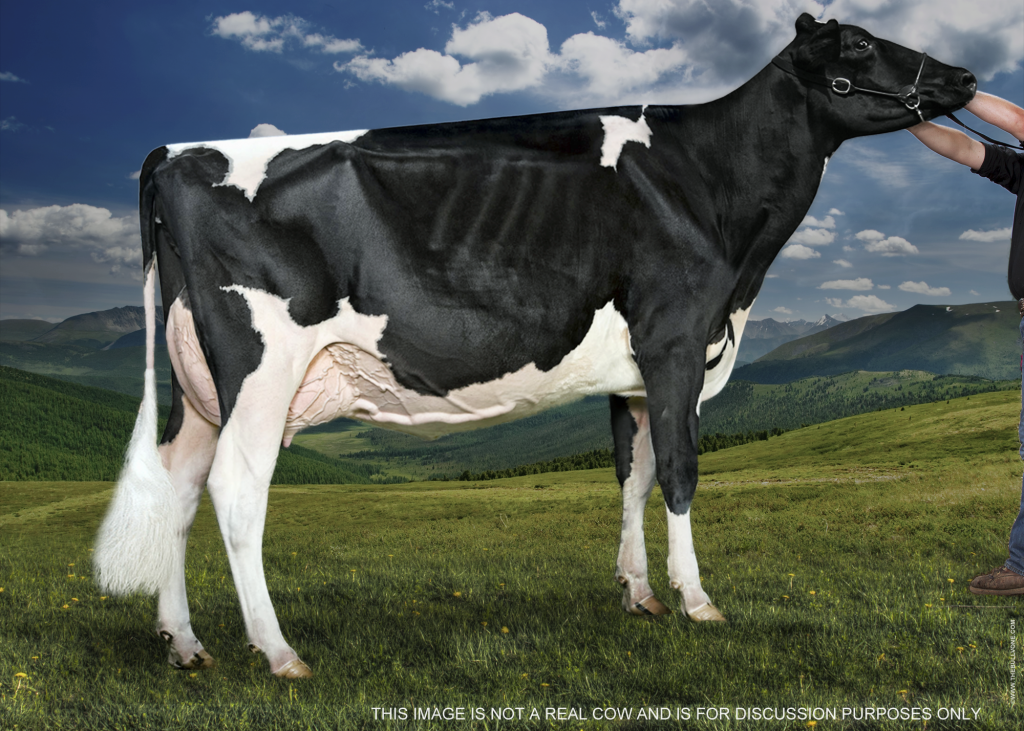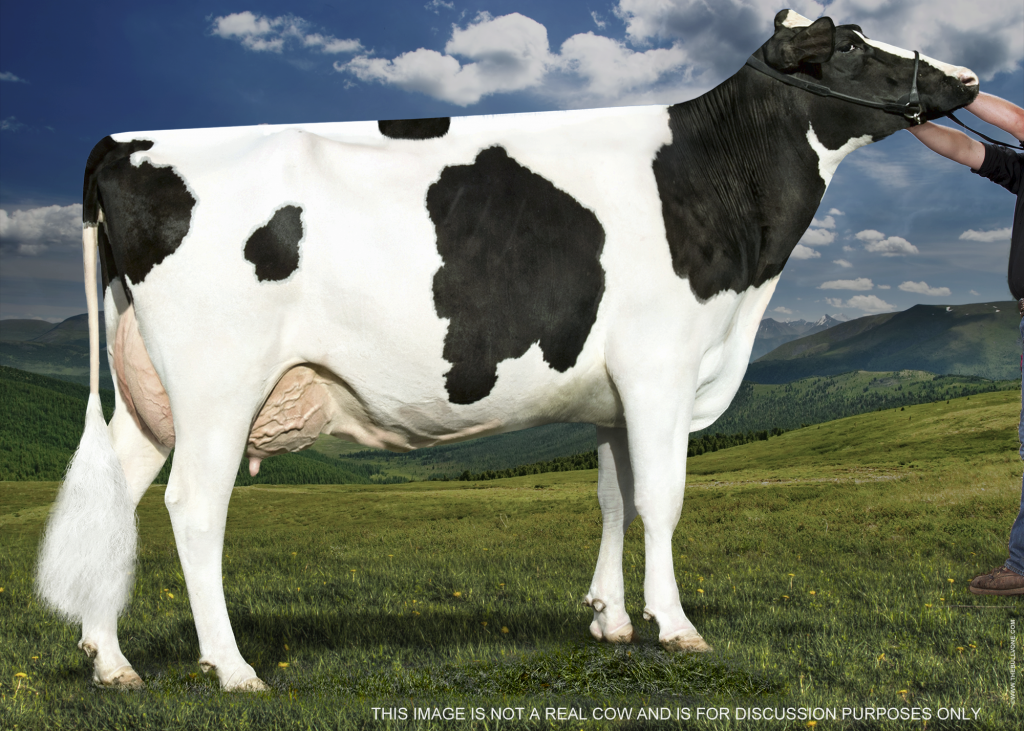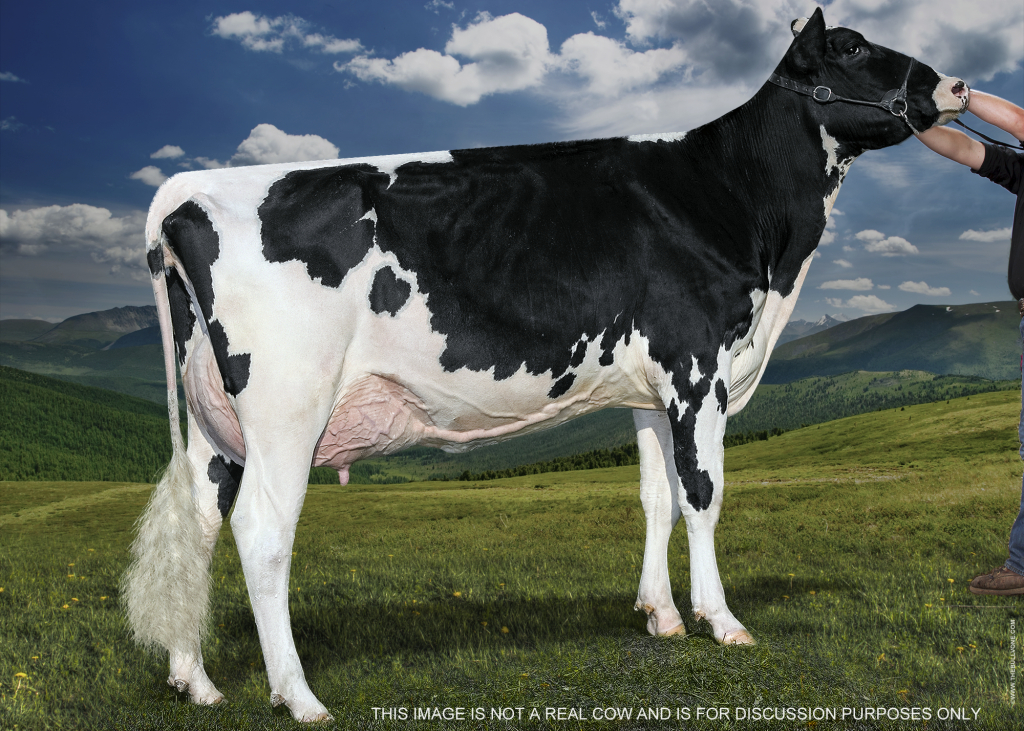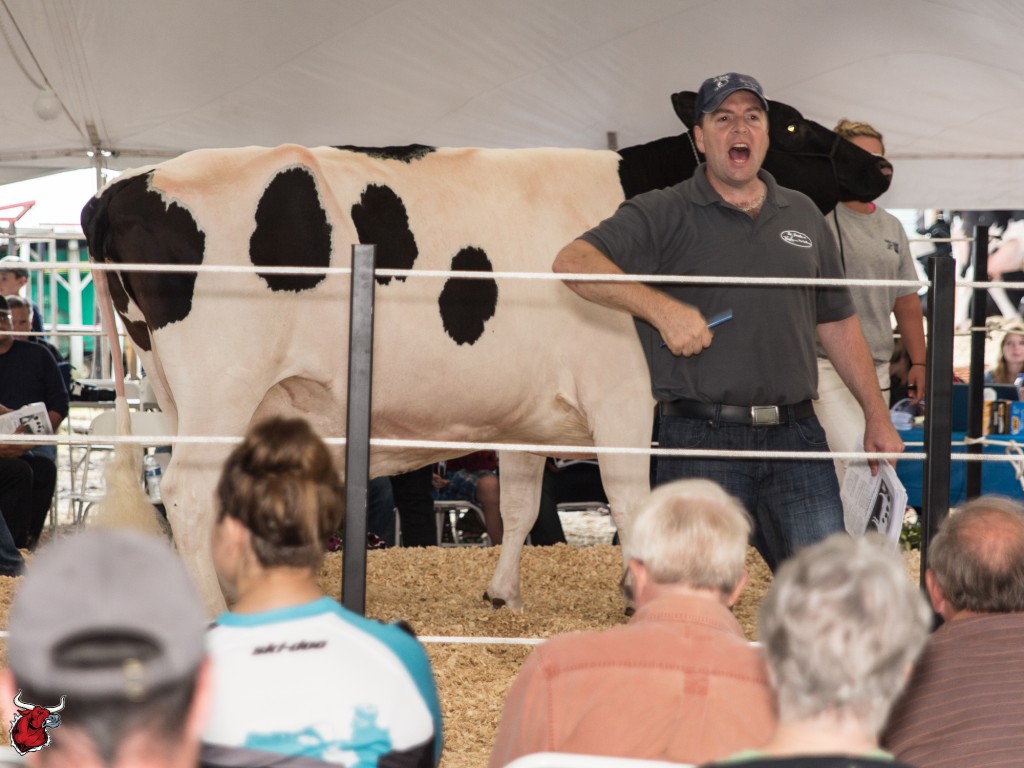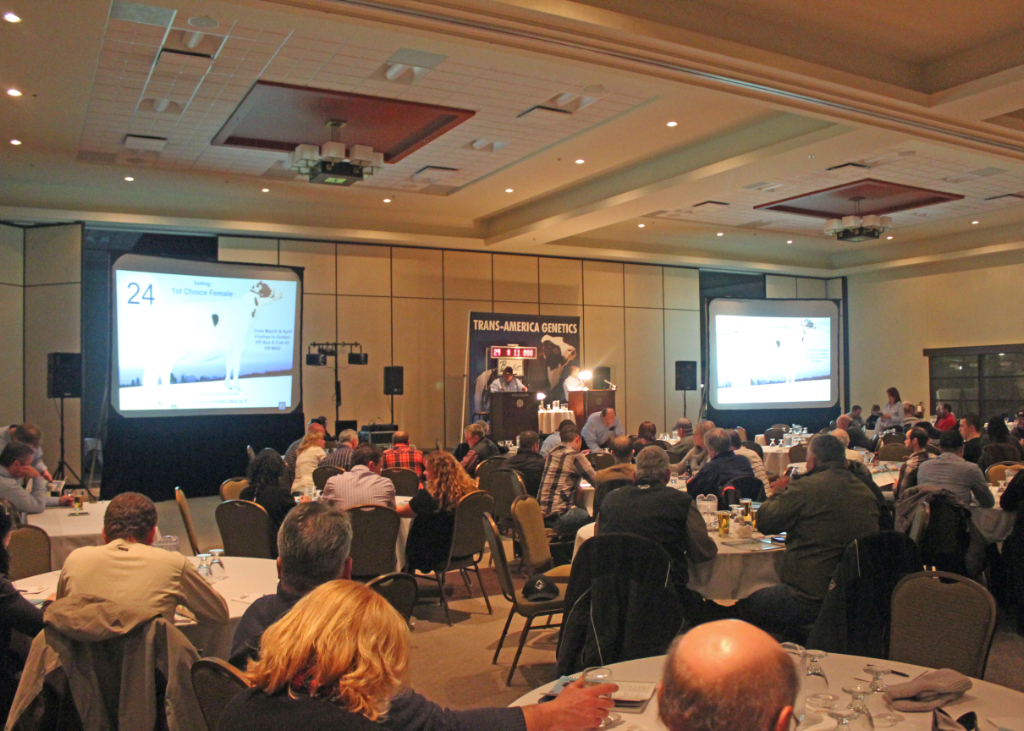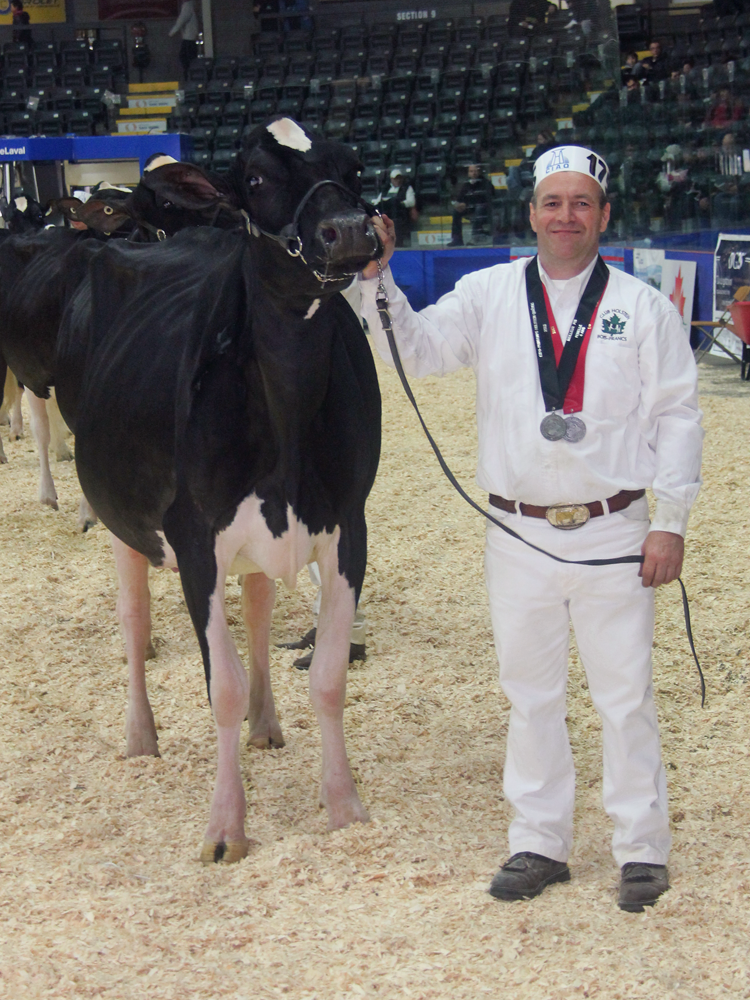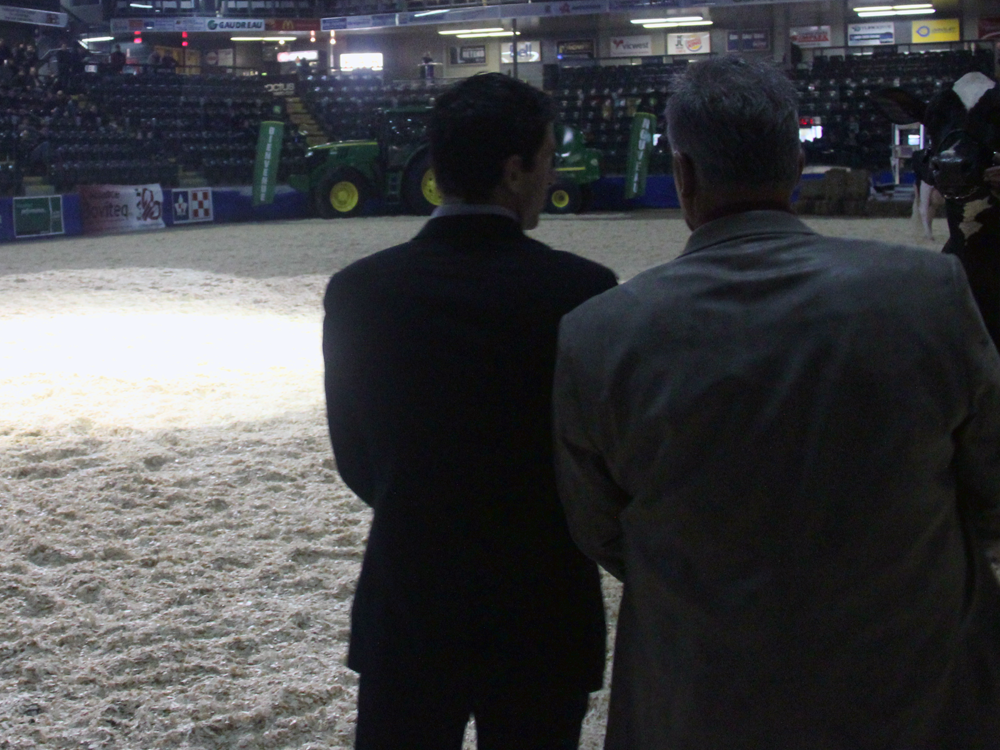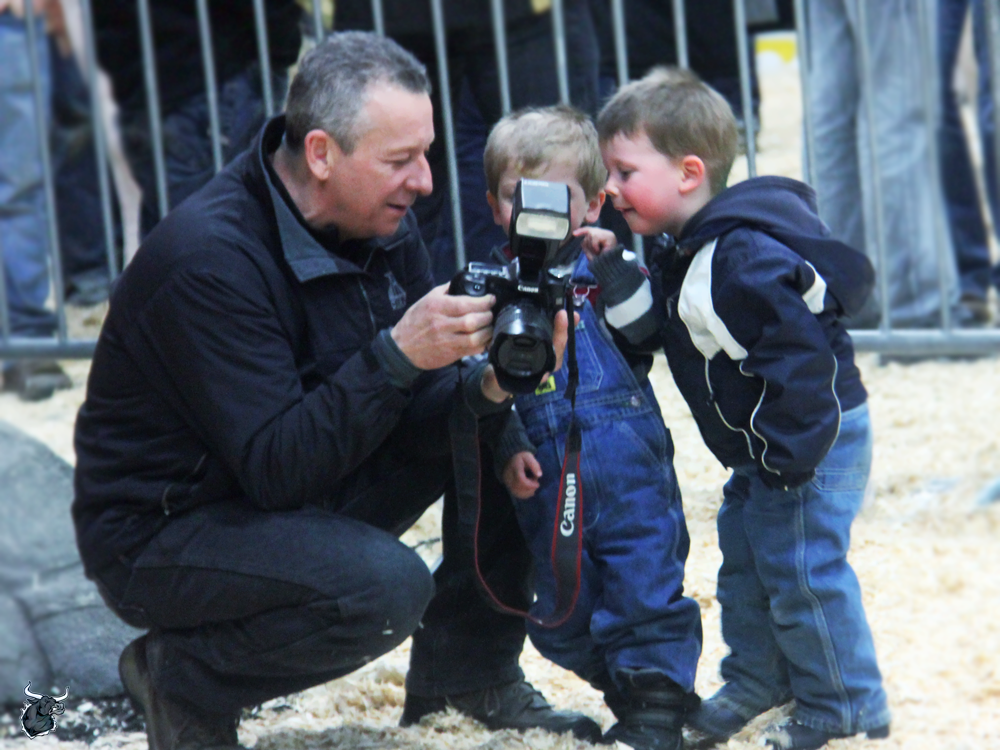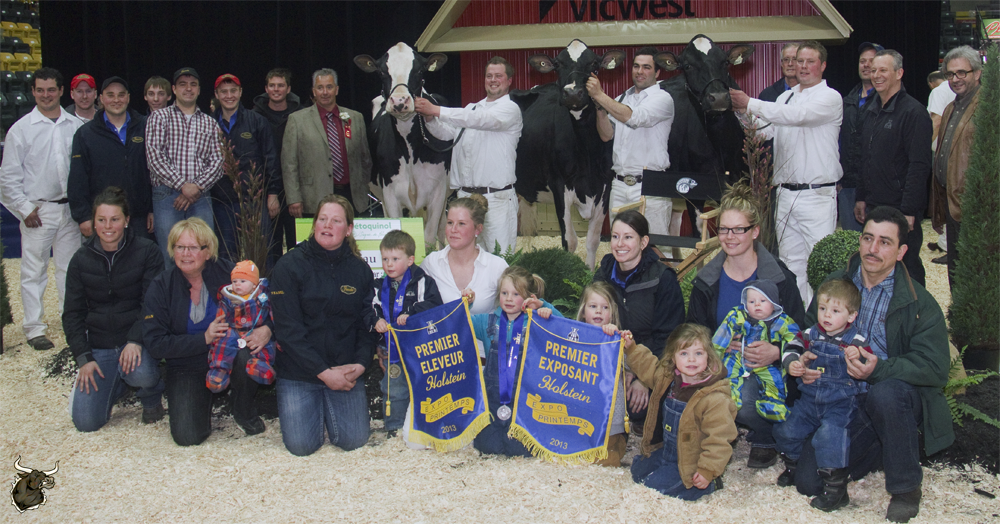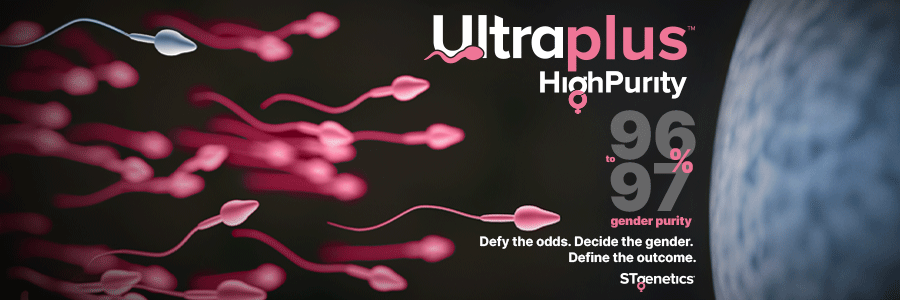
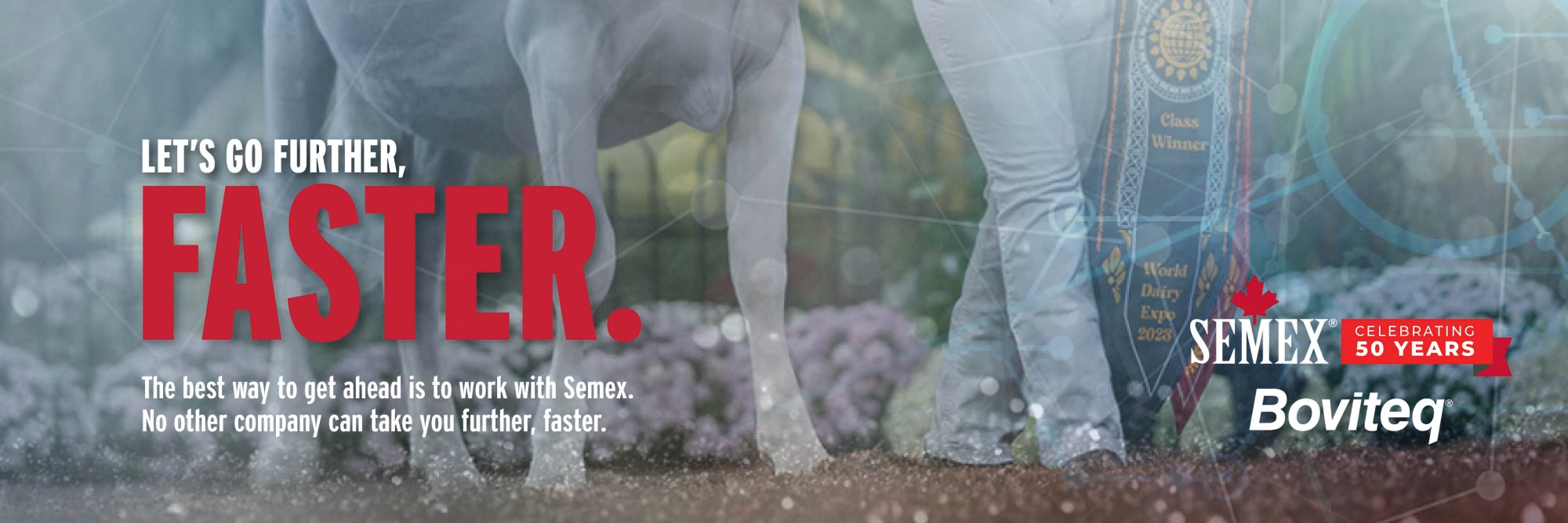
Golden-Oaks Temptres-Red-ET, sired by Riverdown Unstopabull-Red, claimed Senior and Grand Champion honors for owners Milk Source, Fischer, Steincrest & Crescentmead of Kaukauna, Wisconsin. This 5-year-old powerhouse didn’t just win – she made history by dethroning the legendary three-time Grand Champion Bailey in the Supreme Champion competition.
Judge Adam Hodgins of Kincardine, Ontario, alongside associate Joel Phoenix of Cannington, Ontario, presided over the two-day competition on October 1-2, evaluating a stellar field of Red & White excellence. The judges’ precision in selection highlighted what modern dairy farming demands: exceptional mammary systems and flawless structural correctness.

Grand Champion
International Red & White Show 2025 World Dairy Expo
Milk Source, Fischer, Steincrest & Crescentmead Kaukauna, WI
Champions Across the Board
The Reserve Grand Champion title went to Premium Apple Crisp Lilly-Red, the winning aged cow exhibited by Butlerview Farm of Chebanse, Illinois. This marks another exceptional showing for Lilly, who previously earned Grand Champion honors at the 2024 International Red & White Show.
Glaustar Calif All Out-Red-ET secured Honorable Mention Grand Champion while taking the lifetime production cow class for Jay Ackley & Donald E Simpson of East Liberty, Ohio. The depth of quality in the senior division showcased the genetic advancement within the breed.
Rising Stars Dominate

Intermediate Champion
International Red & White Show 2025 World Dairy Expo
Rick & Tom Simon and ALH Genetics USA Inc Farley, IA
The Intermediate Champion crown belongs to Luck-E Altitude Attie-Red-ET, exhibited by Rick & Tom Simon and ALH Genetics USA Inc. of Farley, Iowa. Rocky-Run Mv Arcadia-Red-ET claimed Reserve Intermediate Champion for Golden Oaks Farm of Wauconda, Illinois.
Junior Champion honors went to Milksource Shay-Red-ET, sired by Architect, who also earned Champion Bred & Owned Heifer for Milk Source LLC & Jeremy Holthaus of Kaukauna, Wisconsin. The spring yearling’s victory signals strong future potential for the Milk Source breeding program.
Junior Show Excellence
The Junior Show crowned Bert-Mar Alt Adlee-Red-ET as Grand Champion for Allison, Lane, & Callum Francis of Greenville, Ohio. Synergy Spikes Sequel-Red earned Reserve Grand Champion for Claire & Jacob Betley of Pulaski, Wisconsin, while Doublew-PC Goldwyn Rosy-Red took Honorable Mention for Sarah Hill of Bristol, Vermont.
The strong youth participation with 130 junior entries demonstrates the breed’s bright future and the next generation’s commitment to Red & White excellence.

Intermediate Champion of the Junior Show
International Red & White Show 2025 World Dairy Expo
Curtis, Evelyn & Agnes Griffin Thief River Falls, MN
Industry Impact
Luck-E Holsteins of Hampshire, Illinois, earned Premier Breeder honors, while Elmvue Farm of Johnstown, New York, took Premier Exhibitor. The Premier Sire award resulted in a tie between Riverdown Unstopabull-Red and Farnear Altitude-Red-ET, both proving their genetic dominance across multiple champion offspring.
Champion Bred & Owned Cow went to Curr-Vale Baracuda-Red-ET, the winning junior 3-year-old exhibited by Currie Holsteins of Tully, New York. This achievement highlights the importance of home-bred excellence in competitive dairy breeding.

Junior Champion of the Junior Show
International Red & White Show 2025 World Dairy Expo
Shelby Swanson Hutchinson, MN
What This Victory Means
For the first time in 20 years, a Red & White Holstein has claimed the Supreme Champion title at World Dairy Expo. This watershed moment proves that Red & White genetics can compete at the highest level against any breed. The victory represents years of strategic breeding, genetic advancement, and dedication from breeders who believed in the Red & White’s potential.
The comprehensive sweep by Milk Source genetics – with both the Grand Champion mature cow and Junior Champion heifer – establishes them as a dominant force in Red & White breeding. Their success story started earlier this year when Golden-Oaks Temptres-Red-ET also won Grand Champion at the Wisconsin Championship Red & White Show.
Judge Hodgins emphasized the exceptional quality throughout the show, noting the tremendous dairy character and outstanding mammary systems that define today’s elite Red & White cattle. His comments about preferring “the levelness of the floor of her udder” and superior teat placement in selecting the Grand Champion reveal the precise evaluation required at this elite level.
The 2025 International Red & White Show has proven that breed excellence knows no boundaries, and Golden-Oaks Temptres-Red-ET’s historic victory will inspire Red & White breeders worldwide for generations to come.
Spring Heifer Calf

1st place Spring Calf
International Red & White Show 2025 World Dairy Expo
Butlerview Farm Chebanse, IL
| Pl | Jr | B&O | Jr B&O | Entry | Name | Owner | Location | B&O |
|---|---|---|---|---|---|---|---|---|
| 1 | 2733 | Ms Eatonholme D Blossom-Red | Butlerview Farm | Chebanse, IL | N | |||
| 2 | 2748 | Ms Warrior Autum Crisp-Red | Mike, Brenda Dilly and Patty Dilly | Montour, IA | N | |||
| 3 | 1 | 1 | 1 | 2755 | Canary Tango Lady-In-Red | Charlise, Ava, & Gabriel Canary | Middleburgh, NY | Y |
| 4 | 2739 | Golden-Oaks Amina-Red-ET | Chip Savage & Peter Vail | Union Bridge, MD | N | |||
| 5 | 2738 | Dridge Dc Hot Pepper-Red-ET | Demi Kamps & Mila Digangi | Darlington, WI | Y | |||
| 6 | 2 | 2762 | Ms Mistys Rompn Marla-Red | Reagan, Reece Tompkins & Hayden Weaver | Ennice Nc 28623, NC | N | ||
| 7 | 3 | 2764 | Story-Brook Ace Razzle-Red | Phillip Mccormick | Millmont, PA | Y | ||
| 8 | 4 | 2734 | Be-Joly Hulu Journey-Red | Breya, Kaden, Kenley & Gavin Pollack | Depere, WI | Y | ||
| 9 | 2761 | Ms Milksource B Jumpin-Red | Milk Source Genetics and Laurie Fischer | Kaukauna, WI | Y | |||
| 10 | 2730 | Ember-Lit Believe Lucky-Red | Benjamin and Blaize Donnay | Baldwin, WI | Y | |||
| 11 | 5 | 2747 | Kampsrxdridg Eliana-Red | Demi Kamps & Mila Digangi | Darlington, WI | Y | ||
| 12 | 6 | 2750 | Ocean-View Heavenly In-Red | Lily Alayna Jenson | Deerfield, WI | N | ||
| 13 | 2753 | Winright Warrior Tnt | Brian Joseph Enright and Jaquemet Holsteins | Winchester, ON | Y | |||
| 14 | 2752 | Sunkist Dice Anamaly-Red | Scott Culbertson and T & L Cattle | Pine Island, MN | N | |||
| 15 | 2744 | Scenic-Edge Jillene-P-Red | Yvonne E Preder and Rodney Bohnhoff | Waldo, WI | Y | |||
| 16 | 7 | 2760 | Ms Gav-N-View Annie-Red-ET | Brielle, Brogan, Breyson, Braxon Gavin | Lansing, IA | Y | ||
| 17 | 2732 | JD-Sherona Addison-Red-ET | Addie Partners | Phoenix, AZ | Y | |||
| 18 | 8 | 2756 | Double-A Tango Lainey-Red | Aubrey Altreuter | Watertown, WI | Y | ||
| 19 | 9 | 2736 | Hawkeye-JK Aria-Red-ET | Jonathan & Brooke Krogman | Ashton, IA | Y | ||
| 20 | 10 | 2745 | Betely Lkings Scar-Red-ET | Adam R. & Claire R. Bindl | Plymouth, WI | N | ||
| 21 | 11 | 2725 | Sco-Lo Lightning-Red-ET | Clayton, Cashton, and Sadie Jones And Abbie Gahring | Homestead, IA | N | ||
| 22 | 12 | 2735 | Ms Milksource Tru-Red-ET | Lauren and Brayden Breunig | Sauk City, WI | N | ||
| 23 | 13 | 2741 | Kress-Hill Slouch-Red-ET | Owen & Kendyll Kress | Newton, WI | Y | ||
| 24 | 14 | 2726 | Cache-Valley Will Vanish-Red | Xander Harris | Richmond, UT | Y | ||
| 25 | 15 | 2749 | Oakfield Famous Ace-Red-ET | Brooklyn, Bryce & Blakely Kohls | Arlington, MN | N | ||
| 26 | 16 | 3148 | Ms Pareo Chupp Tina-Red-ET | J & J Pareo & N, E, T & R Chupp Inola, Ok | Veguita, NM | Y | ||
| 27 | 2758 | JD-Sheronahill Aria | Addie Partners | Phoenix, AZ | Y | |||
| 28 | 17 | 2746 | JG-Springs A Tecova-Red | Emily, Breanna & Leann Goode | Liberty, KY | Y | ||
| 29 | 2727 | Prestige-As War Reflex-Red | Allison Skinner | Bear Lake, PA | N | |||
| 30 | 2765 | Vz-K Acetylne Maraca-Red-ET | Kamphuis Farms LLC & Mystik-Kreek Farm LLC | Brandon, WI | Y | |||
| 31 | 18 | 2743 | Nise-N-Fancy Rmpn Chili-Red | Oliver, Owen & Addison Nisen | Leesburg, IN | Y | ||
| 32 | 2731 | Golden-Oaks Araceli-Red-ET | Golden Oaks Farm | Wauconda, IL | Y | |||
| 33 | 19 | 2740 | Hawkeye-JK Aspen-Red=et | Jonathan & Brooke Krogman | Ashton, IA | Y | ||
| 34 | 20 | 2729 | Ms Dv-Meadows Sundrop-Red | H. Sleik, A. Zick, A. Buttke, & E Loker | Pickett, WI | Y | ||
| 35 | 21 | 2754 | Cache-Valley Max Jazzi-Red | Xander Harris | Richmond, UT | Y |
Winter Heifer Calf

1st place Winter Calf
International Red & White Show 2025 World Dairy Expo
Darlington Ridge Farms Darlington, WI
| Pl | Jr | B&O | Jr B&O | Entry | Name | Owner | Location | B&O |
|---|---|---|---|---|---|---|---|---|
| 1 | 1 | 2781 | Dridge Dice Hottie-Red-ET | Darlington Ridge Farms | Darlington, WI | Y | ||
| 2 | 2777 | Ms Synergy Soren-Red | Jamison Jauquet | Luxemburg, WI | N | |||
| 3 | 2807 | Kampy Hulu Abolish-Red-ET | Clarkvalley | Beaverton, ON | N | |||
| 4 | 2770 | Andrews Hulu Stella-Red-ET | Showbox Sires | Rudolph, WI | N | |||
| 5 | 1 | 1 | 2803 | Betley Longitude-Red-ET | Claire & Jacob Betley | Pulaski, WI | Y | |
| 6 | 2 | 2799 | Siemers All Taki-Red-ET | Tyler Leuch | Pulaski, WI | N | ||
| 7 | 3 | 2785 | Betley Latitude-Red-ET | Rylan Pike | Hardyville, KY | N | ||
| 8 | 4 | 2786 | Betley Lkings Simba-Red-ET | J, L & M Harbaugh and D & C Ryan | Fond Du Lac, WI | N | ||
| 9 | 5 | 2809 | Siemers War Seven-Red-ET | James Clayton Hardesty | Berryville, VA | N | ||
| 10 | 6 | 2775 | KCCK Dice Rewind-Red-ET | Ava & Bryson Kieffer | Utica, MN | N | ||
| 11 | 7 | 2782 | Mead-Manor Stop Addie-Red-ET | Bentley, Blake and Brodie Brantmeier | Hilbert, WI | N | ||
| 12 | 8 | 2791 | Valley-Folts Janalee-Red | Isaac Folts and Jannalee Coleman | North Collins, NY | Y | ||
| 13 | 2796 | Midas-Touch Cruiser-Red-ET | Jennifer King and Tom Smith | Waddington, NY | Y | |||
| 14 | 2795 | Lazy M Dice Rapture-ET | Michael Maier | Stitzer, WI | Y | |||
| 15 | 3149 | Scenic-Moraine Jenleigh-Red | Lily and Brandt Hopkins | Oconomowoc, WI | N | |||
| 16 | 9 | 2800 | Smith-Crest R Senorita-Red | Leah, Hattie and Blake Smith | Watertown, WI | Y | ||
| 17 | 2766 | St-Yle-Sa Party Crasher-Red | Stephanie Aves | Belmont, WI | Y | |||
| 18 | 10 | 2804 | Betley Look At Her-Red-ET | Evan, Alexa, Rosella, and Willem Brey | Sturgeon Bay, WI | N | ||
| 19 | 2810 | Silverview-Lane Lets Go-Red | Daniel Lee Fullenkamp | Ft Recovery, OH | N | |||
| 20 | 2802 | Arb Flo Spr Hadassa Red Et | Sam Mcwilliams | Somerset, PA | N | |||
| 21 | 11 | 2788 | Elmlo Appleseed-Red-ET | Macie & Ainsley Noble | Lancaster, WI | N | ||
| 22 | 12 | 2768 | Jerian Alpha Rally-Red | Colton & Eastan Brown and Kaylee & Carter Jackson | Barron, WI | N | ||
| 23 | 2787 | Cherry-Lor Rb Raegan-Red | Kennedy Cloninger | Millmont, PA | N | |||
| 24 | 2790 | Ms Shes Mad Sassy-Red | Emily Lampson and Dalton Cook | Castile, NY | Y | |||
| 25 | 13 | 2792 | Betley Lkings Nala-Red-ET | Hayley Sleik | Pickett, WI | N | ||
| 26 | 14 | 2798 | Ms Beths Alpha Beta-Red-ET | Mattea Quigley | Hastings, MN | N | ||
| 27 | 2784 | Wilnore Ace Roulette-Red | Mcnally Farms | Milton, WI | Y | |||
| 28 | 2797 | Midas-Touch H Crypto-Red-ET | Mason Pryor | Waddington, NY | N | |||
| 29 | 15 | 2805 | Cache-Valley J Hazel-Red-ET | Xander Harris | Richmond, UT | Y | ||
| 30 | 16 | 3150 | Valley-Folts Joyous-Red | Isaac Folts and Jannalee Coleman | North Collins, NY | Y | ||
| 31 | 17 | 2774 | Cost Dice Assassin-Red-ET | William Spreng Cole | Bucyrus, OH | N | ||
| 32 | 18 | 2776 | KCCK Dice Roll-Et-Red | Alanna and Nolan Schatz | Lime Springs, IA | N | ||
| 33 | 19 | 2783 | Nehls-Valley Be Lottery-Red | H. Sleik, A. Zick, A. Buttke, & E Loker | Pickett, WI | N | ||
| 34 | 20 | 2773 | W Pine Grove Braz Rodeo-Red | Wesley & Matthew Winch | Fennimore, WI | Y | ||
| 35 | 21 | 2801 | Wil-O-Knoll Richmn Romp-Red | Evangeline Reidman | Plain City, OH | N | ||
| 36 | 22 | 2808 | Ms Bella View Eleanor-Red | Brynn & Ella Spiniolas & Hailey Abraham | Norwood, ON | N | ||
| 37 | 23 | 2794 | Krullcrest Rcg Mila-Red-ET | M Heinsohn & K, W & P Zimmerman | Brodhead, WI | N | ||
| 38 | 24 | 2793 | Cache-Valley Sexy In-Red | Xander Harris | Richmond, UT | Y | ||
| 39 | 25 | 2771 | Ms Maples Madison-Red | Ethan Palmer | Waukon, IA | N | ||
| 40 | 2769 | Lonely-Mile Mari London-Red | Jade Pinter | Medford, WI | Y |
Fall Heifer Calf

1st place Fall Calf
International Red & White Show 2025 World Dairy Expo
T&S Krohlow, William Schultz III, Yvonne Preder
| Pl | Jr | B&O | Jr B&O | Entry | Name | Owner | Location | B&O |
|---|---|---|---|---|---|---|---|---|
| 1 | 1 | 2816 | Ms Believe In Faith-Red-ET | T&S Krohlow, William Schultz III, Yvonne Preder | Black Creek, WI | Y | ||
| 2 | 1 | 2829 | Redcarpet Afterparty-Red-ET | Brady & Abbey Lorenz | Bricelyn, MN | N | ||
| 3 | 2847 | Flower-Brook Helene-Red-ET | Plainfield Farms LLC | Belmont, OH | N | |||
| 4 | 2828 | Milksource B Tito-Red-ET | Milk Source Genetics | Kaukauna, WI | Y | |||
| 5 | 2827 | Kress-Hill Sky-Red-ET | Chris & Jennifer Hill | Thurmont, MD | N | |||
| 6 | 2 | 2845 | Karnview Alpha Mapleleaf-Red | Kale, Kley, Ryan, Logan Beer | Berne, IN | N | ||
| 7 | 2830 | Sco-Lo Dc Rogue 2572-Red-ET | Benjamin & Jennifer Wallace and Steve Mcdonald | Stoughton, WI | N | |||
| 8 | 3 | 1 | 2838 | Canary Analyst Nala-Red | Charlise, Ava, & Gabriel Canary | Middleburgh, NY | Y | |
| 9 | 2840 | Ms Believe Its Tru-Red-ET | Clarkvalley | Beaverton, ON | N | |||
| 10 | 2817 | Ms Blieve Fineaswine-Red-ET | T&S Krohlow, William Schultz III, Yvonne Preder | Black Creek, WI | Y | |||
| 11 | 2819 | Curr-Vale Alph Amore-Red-ET | Currie Holsteins | Tully, NY | Y | |||
| 12 | 2842 | Stolhaven Alligent-Red-ET | Alpheus Stoltzfus | Clear Spring, MD | Y | |||
| 13 | 2835 | Scenic-Vale Rapturous-Red | T & S Krohlow, Wm Schultz III, Y Preder | Waldo, WI | Y | |||
| 14 | 2846 | Tri-Koebel Dice Eli-Red | V&j Spreng, J Ackley, J&k Muse | East Liberty, OH | N | |||
| 15 | 2848 | Golden-Oaks Tang Ada-Red-ET | Golden Oaks Farm | Wauconda, IL | Y | |||
| 16 | 2841 | Siemers Tommi-Red-ET | Chase, Connor, Chip Savage and T Degroot | Union Bridge, MD | N | |||
| 17 | 4 | 2832 | Andrews Alt Firefly-Red-ET | Jazmyn & Chase Heeg | Colby, WI | N | ||
| 18 | 2834 | KCCK Dice For Cash-Red-ET | Cash Partnership | Little Britian, ON | N | |||
| 19 | 2825 | Danhof R Showstopper-Red-ET | Zachary Danhof | Waukon, IA | Y | |||
| 20 | 5 | 2849 | Ocean-View Exciting In-Red | Kyle M Welk | Peach Bottom, PA | N | ||
| 21 | 2852 | Rosedale Fiercnessin-Red-ET | Rosedale Genetics Ltd | Oxford, WI | Y | |||
| 22 | 6 | 2814 | Summit Alpha Alaska-Red-ET | Makenzie & Callen Ferris | Gervais, OR | Y | ||
| 23 | 7 | 2813 | Kress-Hill A Stella-Red-ET | Gabriel, Keyanna, Rylen & Titus Mentink | Oostburg, WI | N | ||
| 24 | 2812 | St-Yle-Sa All Attitude-Red | Stephanie Aves | Belmont, WI | Y | |||
| 25 | 3151 | Curr-Vale Bahama Mama-Red | Maple Downs Farms II, P Vail, & D Tillapaugh | Middleburgh, NY | N | |||
| 26 | 2824 | Curr-Vale Bananasplt-Red-ET | Macala M. Graham | Kewaunee, WI | N | |||
| 27 | 2826 | Ideal-View T Jukebox-Red-ET | Luke Alsleben & Benjamin and Blaize Donnay | Baldwin, WI | Y | |||
| 28 | 2833 | Cop-Ridge War Presley-Red | Copper Ridge Farms | Janesville, WI | Y | |||
| 29 | 2821 | Willow?s Edge Claire-Red-ET | Bonnie Van Dyk | New Richmond, WI | Y | |||
| 30 | 8 | 2820 | Kress-Hill Stunning-Red-ET | Brayden Carpio and Kiliana Breuer | Kersey, CO | N | ||
| 31 | 2822 | Do-N-Joy Unst Jalyn-Red-ET | Raylore Farm, Kiley Lickfelt & Trudy Wright | Hutchinson, MN | N | |||
| 32 | 2815 | Thorgy-Way Hs Babe-Red | Jackson Thorgerson | Gilman, WI | Y |
Summer Yearling Heifer

| Pl | Jr | B&O | Jr B&O | Entry | Name | Owner | Location | B&O |
|---|---|---|---|---|---|---|---|---|
| 1 | 1 | 1 | 1 | 2858 | Kiefland Bulletproof-Red-ET | Ava & Bryson Kieffer | Utica, MN | Y |
| 2 | 2 | 2853 | Bella-View Cruznredlit-Red | J, L & M Harbaugh and A & A Loehr | Marion, WI | Y | ||
| 3 | 2862 | Cornerest Clementine-Red | Tim & Sarah Putnam and Joyal Foundry | Piermont Nh, NH | N | |||
| 4 | 2865 | Betley Long Live-Red-ET | Claire & Jacob Betley | Pulaski, WI | Y | |||
| 5 | 2875 | Siemers Hulu Takara-Red-ET | Chris & Jen Hill and Airoso Dairy | Thurmont, MD | N | |||
| 6 | 3 | 2855 | Kiefland Rmpn Maddie-Red-TW | Ava & Bryson Kieffer | Utica, MN | Y | ||
| 7 | 2864 | Scenic-Edge Style Jaida-Red | C, K, & G Grinstead G & J Boyke | Fond du Lac, WI | N | |||
| 8 | 4 | 2861 | Ms Cherry-Lily War Rave-Red | Lily Marshman | Oxford, NY | N | ||
| 9 | 5 | 2857 | Ms Red-Violet Lady Gaga-Red | Claire, Luke Ziemba & Elizabeth Gunst | Cambridge, WI | Y | ||
| 10 | 6 | 2874 | Extramile Ambrose Pride-Red | Amelia Sammetinger | Homestead, IA | N | ||
| 11 | 7 | 2873 | Valley-Folts Jodi-Red | Isaac Folts and Jannalee Coleman | North Collins, NY | Y | ||
| 12 | 8 | 2856 | Milksource Haha-Red-ET | Chloe & Claire Lamb | Oakfield, NY | N | ||
| 13 | 2876 | R-E-W Rihanna-Red | Terry Klever & Andrea Willing | Hartford, WI | N | |||
| 14 | 2854 | Rocky-Run Anchorage-Red | Golden Oaks Farm | Wauconda, IL | N | |||
| 15 | 2870 | Ms Gebert Altitud Roofie-Red | Cassandra Gebert | Wawaka, IN | Y | |||
| 16 | 9 | 2869 | Ms Heatwave Ana-Red-ET | Jason & Jared Pareo, Adelyn Ford & Aria Pechal | Veguita, NM | N | ||
| 17 | 10 | 2871 | Ms Heart-O-Rose War-Red-ET | Brianna, Caden, Laynee, & Ivee Lopes | Shoshone, ID | N |
Spring Yearling Heifer

1st place Spring Yearling
International Red & White Show 2025 World Dairy Expo
Milk Source LLC & Jeremy Holthaus Kaukauna, WI
| Pl | Jr | B&O | Jr B&O | Entry | Name | Owner | Location | B&O |
|---|---|---|---|---|---|---|---|---|
| 1 | 1 | 2884 | Milksource Shay-Red-ET | Milk Source LLC & Jeremy Holthaus | Kaukauna, WI | Y | ||
| 2 | 2879 | Lyn-Vale Believeitornot-Red | Gary Breitlow | Pulaski, WI | N | |||
| 3 | 2886 | Bougie Rhot Shaboozy-Red-ET | Intrigue, T & L Cattle Ltd & Scott Culbertson | Cosmos, MN | N | |||
| 4 | 2887 | Cherry-Lor Al Rookie-Red-ET | Chase, Connor, Chip Savage and T Degroot | Union Bridge, MD | N | |||
| 5 | 1 | 1 | 2890 | Betley Moovin Lotsof-Red-ET | Claire & Jacob Betley | Pulaski, WI | Y | |
| 6 | 2888 | Excelerant Real Hot-Red-ET | Mount Elgin Dairy Farms, Allarway Holsteins, Sunny Terrace Holsteins | Guelph, ON | N | |||
| 7 | 2885 | Bougie Redhot Greeny-Red-ET | Pundsack, Schiffler, Intrigue Holsteins & Stranshome | Cosmos, MN | Y | |||
| 8 | 2881 | Lyn-Vale Altitde Cassie-Red | T & S Krohlow, Wm Schultz III, Y Preder | Waldo, WI | Y | |||
| 9 | 2902 | Durkacres River Bank-Red-ET | Alpheus Stoltzfus | Clear Spring, MD | N | |||
| 10 | 2889 | Blondin Cheerful Lust-Red | Ferme Blondin and Blondin Sires | St-Placide, QC | Y | |||
| 11 | 2877 | Red-Violet Hulu Alma-Red-ET | Claire, Luke Ziemba & Elizabeth Gunst | Cambridge, WI | Y | |||
| 12 | 2897 | Gencraft Alpha Jackie-Red | James Patrick Niple | Wapakoneta, OH | Y | |||
| 13 | 2 | 2905 | Luck-E Acetylene Ace-Red | Landon Neely | Utica, PA | N | ||
| 14 | 2894 | Kingsway Warrior Lookout-Red | C & L Buckley, N & L Gilbert and A Carrier | Lawrenceburg, KY | N | |||
| 15 | 2880 | Solid-Gold Al Lima B-Red-ET | Mike and Cindy Weimer | Emlenton, PA | Y | |||
| 16 | 2900 | Mead-Manor Alt Adley-Red-ET | Claire & Jacob Betley | Pulaski, WI | N | |||
| 17 | 2898 | J-Folts Alt Lovehandles-Red | Emily G Lampson | Castile, NY | N | |||
| 18 | 3 | 2882 | Oakfield Age B4 Buty-Red-ET | C, K, & G Grinstead G & J Boyke | Fond du Lac, WI | N | ||
| 19 | 4 | 2895 | Qc-Sam Ropen Legacy-Red | Amelia Sammetinger | Homestead, IA | Y | ||
| 20 | 5 | 2878 | Golden-Oaks Alpha-Red-ET | Abbie Gahring | Homestead, IA | N | ||
| 21 | 6 | 2904 | Ms Makamoov Razzed-Red-ET | Mia Smith & Finley & Navy Heinsohn | Elroy, WI | Y | ||
| 22 | 7 | 2893 | Hilrose Hulu Alaska-Red-ET | Bentley, Blake and Brodie Brantmeier | Hilbert, WI | Y | ||
| 23 | 8 | 2899 | Kress-Hill Smirk-Red-ET | Owen & Kendyll Kress | Newton, WI | Y | ||
| 24 | 9 | 2896 | Cherry-Lor War Riana-Red | Bethany Eberlin | Muncy, PA | Y | ||
| 25 | 2891 | Ember-Donk Bubblegum-Red-ET | Benjamin Nicholas Donnay and Eric Wachtendonk | Baldwin, WI | Y |
Winter Yearling Heifer

1st place Winter Yearling
International Red & White Show 2025 World Dairy Expo
Shelby Swanson
| Pl | Jr | B&O | Jr B&O | Entry | Name | Owner | Location | B&O |
|---|---|---|---|---|---|---|---|---|
| 1 | 1 | 1 | 1 | 2917 | Threesisters Jealous Sl-Red | Shelby Swanson | Hutchinson, MN | Y |
| 2 | 2914 | Golden-Oaks St Fancy-Red-ET | Callie, Conway, Cooper & Case Krohlow | Poynette, WI | N | |||
| 3 | 2 | 2922 | Red-Violet The North-Red-ET | Hailey Abraham & Ella Spiniolas | Norwood, ON | N | ||
| 4 | 2924 | Brismer Advancer Jena | Breamont Holsteins, Vale-O-Skene Holsteins | Little Britian, ON | N | |||
| 5 | 2913 | Cherry-Lor W Rival-Red-ET | Elsie Mathews | Portales, NM | N | |||
| 6 | 2921 | Lyn-Vale Roberta-Red | T&S Krohlow, William Schultz III, Yvonne Preder | Black Creek, WI | Y | |||
| 7 | 3 | 2912 | El-Lyn Architect Rose-Red | Campbell and Royce Booth And Kassidy Taylor | Plymouth, WI | N | ||
| 8 | 2926 | Reykug Db Hothead-Red-ET | Reyncrest Farm & Fly Higher Holsteins | Corfu, NY | Y | |||
| 9 | 4 | 2925 | Hardscrabble Warr Meta-Red | Summer, Brody, and Shyanne Hammann | Barron, WI | N | ||
| 10 | 5 | 3152 | Ms Rompen Mystic-Red-ET | Mikayla Derr | New Windsor, MD | N | ||
| 11 | 2910 | Hilrose Altitd Amaya-Red-ET | Bentley, Blake and Brodie Brantmeier | Hilbert, WI | Y | |||
| 12 | 2923 | Sarah-Fitz Ava-Red-ET | Sarah & Michael Fitzgerald | Belvidere, IL | Y | |||
| 13 | 2911 | Karnview Warrior Bell-Red | T, E, M, Uber, J&A London, C Tanis | Adamsville, PA | N | |||
| 14 | 6 | 2927 | Synergy Sally-Red | Justin S. Ossmann | Greenleaf, WI | N | ||
| 15 | 2908 | Hurtgen-Vue W Victorius-Red | Richard Hurtgen | Cambridge, WI | Y | |||
| 16 | 7 | 2907 | Trent-Way War Damino-Red-ET | Taylor Ferguson | Mount Horeb, WI | N | ||
| 17 | 2915 | McAndrews Blizzard 3703-Red | McAndrews Dairy LLC | Sauk Centre, MN | Y | |||
| 18 | 8 | 2909 | Royal-Vista Rose-Red-ET | Tryce & Brilynn Schanbacher & Abbie Gahring | Homestead, IA | N | ||
| 19 | 9 | 2920 | Oakfield Rom Lampoon-Red-ET | Lauren and Brayden Breunig | Sauk City, WI | N | ||
| 20 | 10 | 2916 | Rocky-Run Mvn Alura-Red-ET | Emily Goode | Liberty, KY | N |
Fall Yearling Heifer

1st place Fall Yearling
International Red & White Show 2025 World Dairy Expo
Landon & Mylie Wendorf
| Pl | Jr | B&O | Jr B&O | Entry | Name | Owner | Location | B&O |
|---|---|---|---|---|---|---|---|---|
| 1 | 1 | 2928 | Sugar-C Turbo Tilly-Red-ET | Landon & Mylie Wendorf | Ixonia, WI | N | ||
| 2 | 2 | 2931 | Quietcove Hot Topic-Red | H, H & H Mcisaac, and M & M Price | Chebanse, IL | N | ||
| 3 | 3 | 1 | 3153 | Red-Violet Lilah-Red-ET | Elizabeth Gunst & Claire & Luke Ziemba | Hartford, WI | Y | |
| 4 | 4 | 2929 | Hamming Advancer Two Step-Red | Addison Lortie | Albion, IN | N | ||
| 5 | 5 | 2930 | Kress-Hill Strap-On-Red | Kinsley Wittmus, Kadee, Maeson & Bryson Christiansen | Valders, WI | N |
Yearling Heifer in Milk

1st place Milking Yearling
International Red & White Show 2025 World Dairy Expo
Avery Eaton and Glamourview-Iager & Walton Marietta, NY
| Pl | Jr | B&O | Jr B&O | Udd | Entry | Name | Owner | Location | B&O |
|---|---|---|---|---|---|---|---|---|---|
| 1 | 1 | 1 | 2943 | Redlily Arch Libby-Red-ET | Avery Eaton and Glamourview-Iager & Walton | Marietta, NY | Y | ||
| 2 | 2950 | Fortale Aircraft Lyzee-Red | Ferme Blondin & Ferme Fortale | St-Placide, QC | Y | ||||
| 3 | 2959 | JD-Sheronia Amethist-Red | Addie Partners | Phoenix, AZ | Y | ||||
| 4 | 2961 | Golden-Oaks-I Altitu-Red-ET | Carpsdale Farms Ltd, E Petit & B Mayo | Enosburg Falls, VT | N | ||||
| 5 | 1 | 2956 | Hammertime Al Norski-Red-ET | Claire & Jacob Betley | Pulaski, WI | N | |||
| 6 | 2948 | Oakfield A Lets Roll-Red-ET | Oakfield Corners Dairy | Oakfield, NY | Y | ||||
| 7 | 2947 | Siemers Ltnght Party-Red-ET | Devon Chrystal | Hopkinton, IA | N | ||||
| 8 | 2942 | Luck-E Arc Alleluia-Red-ET | Hope & Blake Engel | Hampshire, IL | Y | ||||
| 9 | 2960 | Extramile Altitude Apricot-ET | Mount Elgin Dairy Farms | Guelph, ON | N | ||||
| 10 | 3156 | Luck-E Azoom Avo-Red-ET | Golden Oaks Farm | Wauconda, IL | N | ||||
| 11 | 2953 | Grace-Leigh Sleezy-Red-ET | J Lora, Jt Couch, T&e Uber, & M Uber | Adamsville, PA | N | ||||
| 12 | 2 | 1 | 2957 | Kara-Kesh-RK Ad Sparkle-Red | Curtis, Evelyn & Agnes Griffin | Thief River Falls, MN | Y | ||
| 13 | 2962 | Kampy Altitude Jewel-Red-ET | Kamphuis Farms LLC | Brandon, WI | Y | ||||
| 14 | 3157 | Maple-Downs-DT Harly-Red-ET | Duane Tillapaugh & Gregory Lloyd | Middleburgh, NY | Y | ||||
| 15 | 2941 | Sugar-C Turbo Tally-Red-ET | Sugar Creek Dairy | Elkhorn, WI | Y | ||||
| 16 | 3 | 2955 | Siemers Teq Tinder-Red-ET | Luke Tanis | Millmont, PA | N | |||
| 17 | 2958 | JD-Sherona Afection-Red-ET | Addie Partners | Phoenix, AZ | Y | ||||
| 18 | 4 | 2949 | Mead-Manor Alt Aleah-Red-ET | C & C Coffeen and B, K, K & G Pollack | Depere, WI | N | |||
| 19 | 5 | 2952 | Erbacres Azaria-Red-ET | Nevin F T Erbsen | Lanark, IL | Y |
Spring Junior Two-Year-Old Cow

1st place Spring Junior Two-Year-Old Cow
International Red & White Show 2025 World Dairy Expo
Claire & Jacob Betley Pulaski, WI
| Pl | Jr | B&O | Jr B&O | Udd | Entry | Name | Owner | Location | B&O |
|---|---|---|---|---|---|---|---|---|---|
| 1 | 1 | 1 | 2985 | Hodglynn Unstopabul Veince-Red | Claire & Jacob Betley | Pulaski, WI | N | ||
| 2 | 1 | 0 | 2982 | Arizona Awesme Smore-Red-ET | Arizona Dairy Co | Delavan, WI | Y | ||
| 3 | 0 | 2984 | Trent-Way Rompen Cane-Red | Alicia & Jonathan Lamb | Oakfield, NY | N | |||
| 4 | 0 | 2991 | Betley Lets Get It-Red-ET | L Moser, J Eggink, M Gregory & M Upchurch | Mchenry, IL | N | |||
| 5 | 2 | 0 | 2994 | Kress-Hill Shook-It-Red-ET | Brody Anfinson & Claire Opperman | Waukon, IA | N | ||
| 6 | 0 | 3000 | Flower-Brook Ginn-Red-ET | Andrew Stuewe | Hamburg, MN | Y | |||
| 7 | 3 | 0 | 2998 | Kress-Hill Snazzy-Red-ET | Brayden Carpio and Kiliana Breuer | Kersey, CO | N | ||
| 8 | 4 | 1 | 0 | 2989 | Lakeshore Alt Emiri-Red | Taylor, Layla & Kaylyn Powell | Hilmar, CA | Y | |
| 9 | 5 | 0 | 2990 | Fairmont Warior Foxy-Red-ET | Wyatt Chambers | Tunbridge, VT | N | ||
| 10 | 6 | 0 | 2997 | Gehm-Ozroyal Warr Alani-Red | Emily, Breanna & Leann Goode | Liberty, KY | N | ||
| NP | 3001 | M-Divine W Lady Jane-Red-ET | Brooklyn, Bryce & Blakely Kohls and Bralin Regan | Arlington, MN | N |
Winter Senior Two-Year-Old Cow

1st place Winter Two Year Old
International Red & White Show 2025 World Dairy Expo
Tyler Carter, Rodney & Kate Hetts, Tim Best Greenville, IL
| Pl | Jr | B&O | Jr B&O | Prod | Udd | Entry | Name | Owner | Location | B&O |
|---|---|---|---|---|---|---|---|---|---|---|
| 1 | 1 | 3005 | Ms Redeye Afterparty-Red | Tyler Carter, Rodney & Kate Hetts, Tim Best | Greenville, IL | N | ||||
| 2 | 3003 | Sugar-C Dral Abby-Red | Golden Oaks Farm | Wauconda, IL | N | |||||
| 3 | 1 | 1 | 1 | 3004 | Kiefland Prodigy-Red | Ava & Bryson Kieffer | Utica, MN | Y | ||
| 4 | 2 | 3006 | Kress-Hill Smile-Red-ET | Owen & Kendyll Kress | Newton, WI | Y | ||||
| 5 | 3 | 3007 | Ms B-J-Grove Alpaca-Red | Kasey Clanton & Olivia Schluter | Mulberry Grove, IL | Y | ||||
| 6 | 3008 | Blondin Cheerful Lipstick-Red | Makenzie & Callen Ferris | Gervais, OR | N |
Fall Senior Two-Year-Old Cow

1st place Fall Two Year Old
International Red & White Show 2025 World Dairy Expo
Budjon Farms, Peter Vail, Heartland Dairy and Genosource Lomira, WI
| Pl | Jr | B&O | Jr B&O | Prod | Udd | Entry | Name | Owner | Location | B&O |
|---|---|---|---|---|---|---|---|---|---|---|
| 1 | 1 | 3010 | Maples Miss Monroe-Red-ET | Budjon Farms, Peter Vail, Heartland Dairy and Genosource | Lomira, WI | N | ||||
| 2 | 1 | 3011 | Blondin Alpha Aquila-Red | Ferme Blondin & Ferme Lafougere | St-Placide, QC | Y | ||||
| 3 | 3020 | Cherry-Lor Robin P-Red | Elmvue Farm | Johnstown, NY | N | |||||
| 4 | 3159 | Terrylea Jordy Jungle Red | Clarkvalley & Pierre Boulet | Beaverton, ON | N | |||||
| 5 | 3019 | Hilrose Moovin Ash-Red-ET | Michael Maier | Pulaski, WI | N | |||||
| 6 | 3022 | Ms Duckett D Arenado-Red-ET | Duckett Holsteins | Rudolph, WI | Y | |||||
| 7 | 3014 | Curr-Vale Journy Ada-Red-ET | Elmvue Farm | Johnstown, NY | N | |||||
| 8 | 3018 | Seavalley Ralenes Mia Khalifa | D Reed, J&m Schluter, J Thorman | Vandalia, IL | N | |||||
| 9 | 3013 | Sherona-Hill A-25176-Red-ET | Stephen & Patrick Maddox and Michael Deaver | Riverdale, CA | Y | |||||
| 10 | 3015 | Siemers Warior Tesla-Red-ET | Rick & Megan Kaut | Winlock, WA | N | |||||
| 11 | 3021 | Kress-Hill Sunglaze-Red-ET | Nevaeh, Emmet, Tye & Reece Chupp | Inola, OK | N | |||||
| 12 | 3023 | Hodglynn Alt Mallory-Red-ET | Kamphuis Farms LLC & Mystik-Kreek Farm LLC | Brandon, WI | N | |||||
| 13 | 3026 | Ovaltop Legend Becca-Red | Brant Flier | Waupun, WI | N | |||||
| 14 | 3025 | MD Hillbrook Ipod-Red-ET | Sarah & Michael Fitzgerald | Belvidere, IL | N | |||||
| 15 | 1 | 3017 | Siemers Warrior Tiara-Red-ET | Colton T Uber & Leah E Higgenbotham | Adamsville, PA | N |
Junior Three-Year-Old Cow

1st place Junior Three Year Old
International Red & White Show 2025 World Dairy Expo
Currie Holsteins Tully, NY
| Pl | Jr | B&O | Jr B&O | Prod | Udd | Entry | Name | Owner | Location | B&O |
|---|---|---|---|---|---|---|---|---|---|---|
| 1 | 1 | 1 | 3040 | Curr-Vale Baracuda-Red-ET | Currie Holsteins | Tully, NY | Y | |||
| 2 | 3050 | J-Folts Aristocrat Jump-Red | Butlerview | Delavan, WI | N | |||||
| 3 | 1 | 3049 | Garay-Md-Wvg Barbara-Red-ET | Alicia & Jonathan Lamb | Oakfield, NY | N | ||||
| 4 | 3029 | Gleann Jordy Runaway | Elmvue Farm | Johnstown, NY | N | |||||
| 5 | 1 | 1 | 3036 | Kara-Kesh-RK Alt Sky-Red | Curtis, Evelyn & Agnes Griffin | Thief River Falls, MN | Y | |||
| 6 | 3052 | Kinslows Awesome 181-Red | Don Kinslow | Smiths Grove, KY | Y | |||||
| 7 | 2 | 3043 | Rv-Smith War Games | L, H & B Smith, E Gunst, C&L Ziemba, F&N Heinshon | Watertown, WI | Y | ||||
| 8 | 3041 | Ms-Beth Lnit Birdie-Red-ET | Rocky-Top Holsteins and Mitch Hockett | Speedwell, TN | N | |||||
| 9 | 3053 | Luck-E Apex-P Kween-Red | Golden Oaks Farm | Wauconda, IL | N | |||||
| 10 | 3033 | Hodglynn Revere Pomella | Mount Elgin Dairy Farms & Breamont Holsteins | Guelph, ON | N | |||||
| 11 | 3030 | Flower-Brook Helcarmina-Red | Andrew Stuewe | Hamburg, MN | Y | |||||
| 12 | 3035 | Gleann Broadway Analyst-Red | Andrew Stuewe | Hamburg, MN | N | |||||
| 13 | 3 | 3039 | Stjor Altitude Raven-Red-ET | Ellie Brown | Evansville, WI | N | ||||
| 14 | 3037 | Lake Effect Just Rose Red Et | Genetic Link | Somerset, PA | N | |||||
| 15 | 3048 | Stjor Warrior Lucky-Red | Damon Bertke and Grant Fremstad | Maria Stein, OH | N | |||||
| 16 | 4 | 3046 | Riedel-Ridge Doodles-Red | Colton Riedel and Logan Sorg | Pardeeville, WI | Y |
Senior Three-Year-Old

Luck-E Altitude Attie-Red-ET
1st place Senior Three Year Old
International Red & White Show 2025 World Dairy Expo
Rick & Tom Simon and ALH Genetics USA Inc Farley, IA
| Pl | Jr | B&O | Jr B&O | Prod | Udd | Entry | Name | Owner | Location | B&O |
|---|---|---|---|---|---|---|---|---|---|---|
| 1 | 1 | 3061 | Luck-E Altitude Attie-Red-ET | Rick & Tom Simon and ALH Genetics USA Inc | Farley, IA | N | ||||
| 2 | 3060 | Rocky-Run Mv Arcadia-Red-ET | Golden Oaks Farm | Wauconda, IL | N | |||||
| 3 | 3054 | Durkacres Apple Tonic-Red | Milk Source Genetics and Laurie Fischer | Kaukauna, WI | N | |||||
| 4 | 3070 | Pondvue Butterscotch-Red | Jim & Valerie Spreng, Jay Ackley | East Liberty, OH | N | |||||
| 5 | 1 | 1 | 3065 | Fairmont-Re War Fenix-Red-ET | Ricky and Elizabeth Hall | East Montpelier, VT | Y | |||
| 6 | 3073 | Air-Osa Jordy 31238-Red | Arizona Dairy Co | Delavan, WI | N | |||||
| 7 | 3066 | Westcoast Jrdy Adisn 12810-Red | Madison Boulet | Montmagny, QC | N | |||||
| 8 | 3057 | Holbric Mvn Chrissy-Red-ET | Elmvue Farm | Johnstown, NY | N | |||||
| 9 | 3074 | Andrew Unstop Spritzer-Red | Tanner Rohner | Willmar, MN | Y | |||||
| 10 | 3062 | Kefay Old Flame Beer-Red P | Mount Elgin Dairy Farms | Guelph, ON | N | |||||
| 11 | 1 | 3055 | Terrylea Picasso Bravo-Red | C., C., C. Cannon; K., L., I. Junk | Dyersville, IA | N | ||||
| 12 | 3067 | Cleland Addison Kristi-Red | Jim & Vicky Cleland | Clinton, WI | Y | |||||
| 13 | 2 | 1 | 3064 | Forward Dehlia-Red-ET | Sara, Wyatt & Claire Dorshorst | Marshfield, WI | Y | |||
| 14 | 3 | 3058 | Kress-Hill Sugarplum-Red-ET | Owen & Kendyll Kress | Newton, WI | Y | ||||
| 15 | 4 | 3063 | Ms E-Skin Ava Finale-Red | Lily Marshman | Oxford, NY | N | ||||
| 16 | 5 | 3069 | Boxelder-Bend Ld Daphne-Red | Haddie Jean Walter and Zack Fier | Sauk Centre, MN | N | ||||
| 17 | 6 | 3056 | Cross-Town Capt America-Red | Landon & Lane Van Dyk | New Richmond, WI | N | ||||
| 18 | 7 | 3071 | Makamoov-RCH Bendeta-Red-ET | Mia Smith & Finley & Navy Heinsohn | Elroy, WI |
Four-Year-Old Cow

1st plave Four Year Old
International Red & White Show 2025 World Dairy Expo
B. Lehoux Et Fils Inc Saint-Elzéar, QC
| Pl | Jr | B&O | Jr B&O | Prod | Udd | Entry | Name | Owner | Location | B&O |
|---|---|---|---|---|---|---|---|---|---|---|
| 1 | 1 | 3091 | Valepierre Artisan Alice | B. Lehoux Et Fils Inc | Saint-Elzéar, QC | N | ||||
| 2 | 3092 | Wildweed Warrior Maui-Red | Elmvue Farm | Johnstown, NY | N | |||||
| 3 | 1 | 3088 | Mer-James Unstop Ava-Red | Currie Holsteins & Jamie Lee Crawford | Tully, NY | Y | ||||
| 4 | 1 | 3084 | Bert-Mar Alt Adlee-Red-ET | Allison, Lane, & Callum Francis | Greenville, OH | N | ||||
| 5 | 3089 | Rokeyroad Moovin Artist-Red | Elmvue Farm | Johnstown, NY | N | |||||
| 6 | 3087 | Kamps-Rx-Db Aftershow-Red | Reggie & Krysty Kamps & Dennis Bowers | Darlington, WI | Y | |||||
| 7 | 3085 | Sugar-C R Abby Road-Red-ET | Golden Oaks Farm | Wauconda, IL | N | |||||
| 8 | 3079 | Londondale Lyst Scarlet-Red | Jordan & Amber London | Punxsutawney, PA | Y | |||||
| 9 | 3075 | Elm-Lane Redlight Jayne-Red | Lane Johnson | Kerkhoven, MN | N | |||||
| 10 | 2 | 1 | 3083 | Mi-Wil Analyst Destiny-Red | Colton Kleiboeker | Wentworth, MO | Y | |||
| 11 | 3 | 3086 | Ernita Diamondback Baby-Red | Isaac Folts | North Collins, NY | N | ||||
| 12 | 3077 | Flower-Brook Jrdy Heide-Red | Andrew Stuewe | Hamburg, MN | Y | |||||
| 13 | 1 | 3095 | Sonnenbrook Ashanti-Red-ET | Ryan Sonnenburg | Belleville, WI | Y | ||||
| 14 | 4 | 3080 | Ms Smithcrest A Addison | L, H & B Smith and E Gunst | Watertown, WI | Y | ||||
| 15 | 3094 | Ruann War Apple-1017-Red | Stephen & Patrick Maddox | Riverdale, CA | Y | |||||
| 16 | 3081 | Ms War Beauty-12742-Red-ET | Stephen & Patrick Maddox | Riverdale, CA | Y | |||||
| 17 | 3078 | Danhof J Shakira-Red-ET | Jason & Sheri Danhof | Waukon, IA | Y | |||||
| 18 | 3082 | Ms Warrior Abby-Red-ET | Makenzie & Callen Ferris | Gervais, OR | Y | |||||
| 19 | 3090 | Locust-Ayr Monpoly Inez-Red | Maple-Downs Farms II and Peter Vail | Middleburgh, NY | N | |||||
| 20 | 5 | 3096 | Ms Underground Glory-Red-ET | Everett, Jacob & Marion Brayman | Skaneateles, NY | N | ||||
| 21 | 6 | 3097 | Morrill Warrior 4271-Red | Caleb,Josiah,Helena,Adrian,Ella Olson | Lena, WI | N |
Five-Year-Old Cow

1st place Five Year Old
International Red & White Show 2025 World Dairy Expo
Milk Source, Fischer, Steincrest & Crescentmead Kaukauna, WI
| Pl | Jr | B&O | Jr B&O | Prod | Udd | Entry | Name | Owner | Location | B&O |
|---|---|---|---|---|---|---|---|---|---|---|
| 1 | 1 | 3107 | Golden-Oaks Temptres-Red-ET | Milk Source, Fischer, Steincrest & Crescentmead | Kaukauna, WI | N | ||||
| 2 | 3104 | Milksource Sephora-Red | Siemers Holstein Farms | Cleveland, WI | N | |||||
| 3 | 1 | 3099 | Ms T-Triple-T Tl Fame-Red | Oakfield Corners Dairy | Oakfield, NY | N | ||||
| 4 | 3100 | Milksource Torrent-Red-ET | Stein-Crest Holsteins & Schnapsberg Holsteins | Norwood, MN | N | |||||
| 5 | 3103 | Wrightvale Jackson Love-Red | Blackjack Holsteins | Wykoff, MN | N | |||||
| 6 | 3108 | Londan Dairy Bjangle-Red-ET | Plum-Line Holsteins | Titusville, PA | N | |||||
| 7 | 3105 | Ms Andringas Light-Red-ET | Rocky-Top Holsteins and Mitch Hockett | Speedwell, TN | N | |||||
| 8 | 3109 | Luck-E Artisan Jaxie-Red-ET | Steve Logan & Lady Luck Holsteins | Farmdale, OH | N | |||||
| 9 | 3098 | Seavalley Ari’s Rain On Me | Mount Elgin Dairy Farms | Guelph, ON | N | |||||
| 10 | 1 | 3102 | Rocky-Run Springs Topaz-Red | Emily & Leann Goode | Liberty, KY | N | ||||
| 11 | 2 | 1 | 1 | 3101 | Quad-R Uns Helena-Red | Ian & Derek Schwartzlow | Monroe, WI | Y |
Aged Cow, Six-Year-Old & Older

1st place Mature Cow
International Red & White Show 2025 World Dairy Expo
Butlerview Farm Chebanse, IL
| Pl | Jr | B&O | Jr B&O | Prod | Udd | Entry | Name | Owner | Location | B&O |
|---|---|---|---|---|---|---|---|---|---|---|
| 1 | 1 | 3115 | Premium Apple Crisp Lilly-Red | Butlerview Farm | Chebanse, IL | N | ||||
| 2 | 1 | 3111 | Synergy Spikes Sequel-Red | Claire & Jacob Betley | Pulaski, WI | N | ||||
| 3 | 3122 | Star-Ky-Blue Adelaid-Red-ET | Golden Oaks Farm | Wauconda, IL | N | |||||
| 4 | 2 | 1 | 3118 | Doublew-Pc Goldwyn Rosy-Red | Sarah Hill | Bristol, VT | N | |||
| 5 | 3 | 3116 | Luck-E Russ-Pp Astro-Red-ET | Allison, Lane, & Callum Francis | Greenville, OH | N | ||||
| 6 | 4 | 3113 | Lyn-Vale Julieann-Red | Isaac Folts and Jannalee Coleman | North Collins, NY | N | ||||
| 7 | 3120 | Miss Pretty Playful-Red-ET | Maple-Downs Farms II and Peter Vail | Middleburgh, NY | N | |||||
| 8 | 1 | 3114 | Marybee Absolute Lovin-Red | Mary Feucht-Gundrum | Hartford, WI | Y | ||||
| 9 | 3117 | Ms Shanias Snowstorm- Red-ET | Lookwell Farm, Osborn, & Tusing | Elkhart, IN | Y | |||||
| 10 | 3112 | Ziems-Drsn A Amazing-Red-ET | Andrew Stuewe | Hamburg, MN | N |
125,000 lb. Production Cow

1st place Production Cow
International Red & White Show 2025 World Dairy Expo
Jay Ackley and Donald E Simpson East Liberty, OH
| Pl | Jr | B&O | Jr B&O | Prod | Udd | Entry | Name | Owner | Location | B&O |
|---|---|---|---|---|---|---|---|---|---|---|
| 1 | 1 | 3133 | Glaustar Calif All Out-Red-ET | Jay Ackley and Donald E Simpson | East Liberty, OH | N | ||||
| 2 | 1 | 3128 | Hurcroft Awe Lillyann-Red | Oakfield Corners Dairy | Oakfield, NY | N | ||||
| 3 | 3135 | Wil-O-Mar Diamndbk Rose-Red | Elmvue Farm | Johnstown, NY | N | |||||
| 4 | 3136 | Sellcrest D Cheeto-Red | Coltan J. & Eastan E. Brown | Strum, WI | N | |||||
| 5 | 3131 | Arb-Flo-Spr Honeybun-Red-ET | Arizona Dairy Co | Delavan, WI | N | |||||
| 6 | 1 | 1 | 3132 | Garay Red Diamond-Red-ET | Landree & Dakota Fraley | Millmont, PA | Y | |||
| 7 | 2 | 3127 | Kara-Kesh-RK Ustbl Sage-Red | Curtis, Evelyn & Agnes Griffin | Thief River Falls, MN | Y |
































































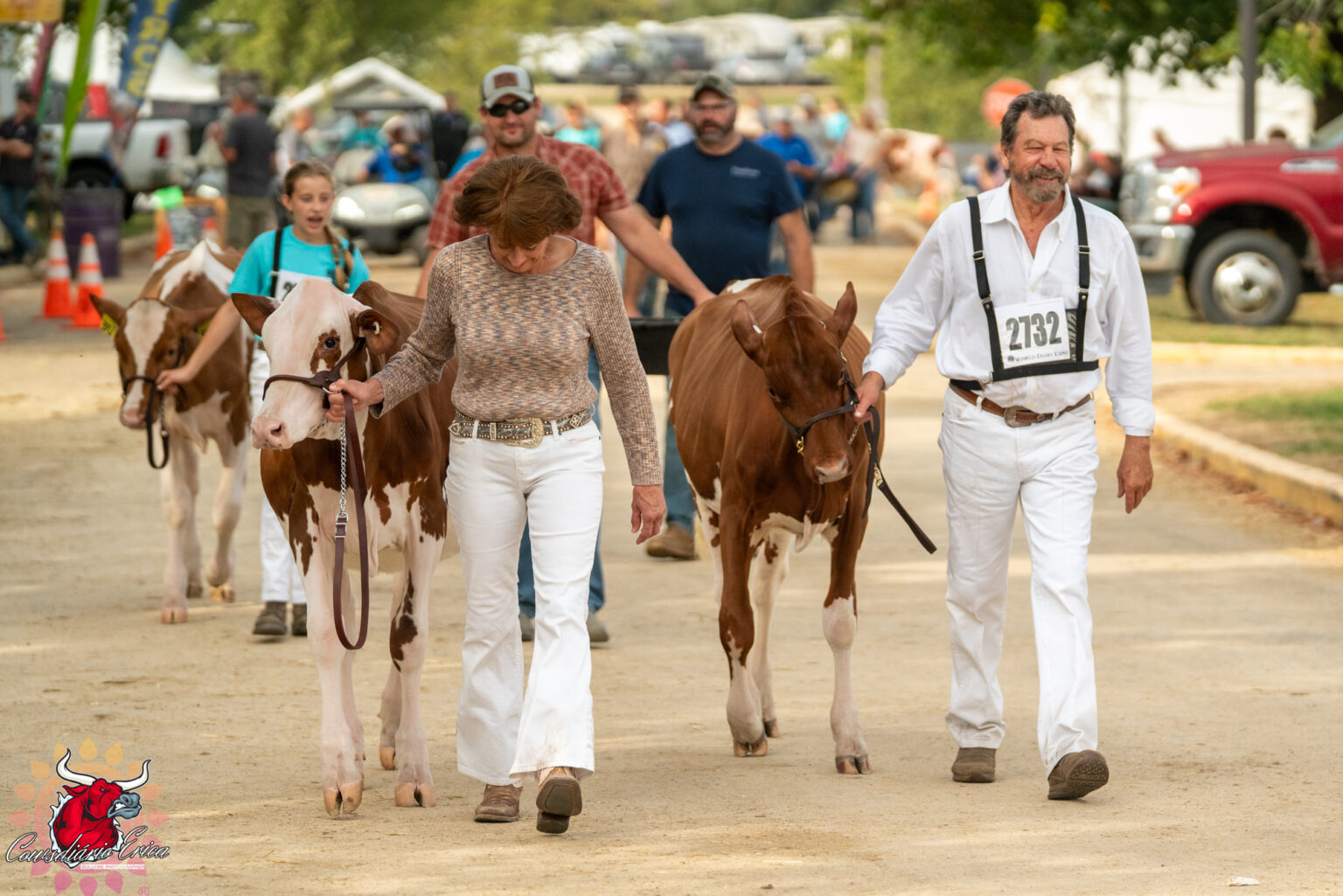








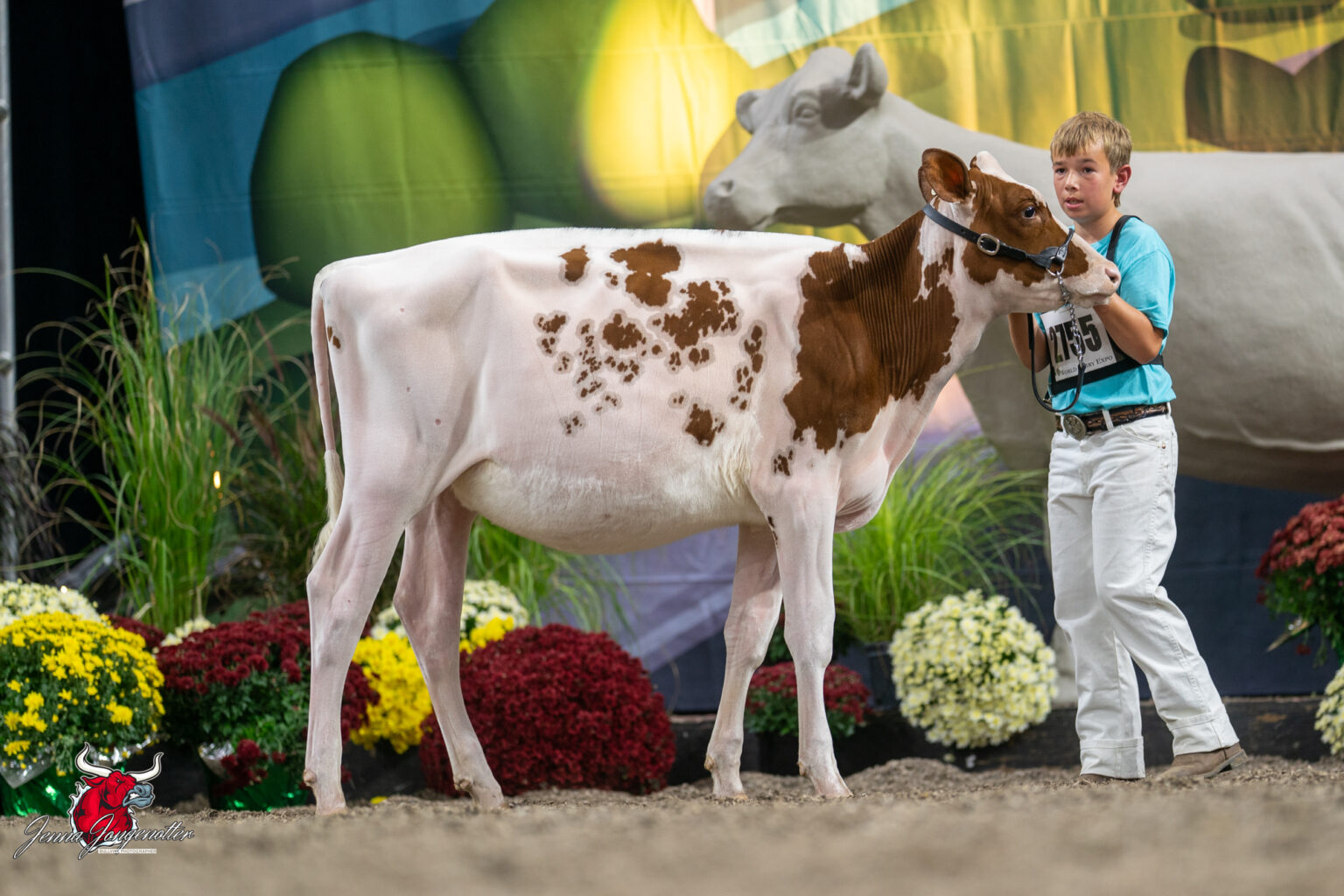




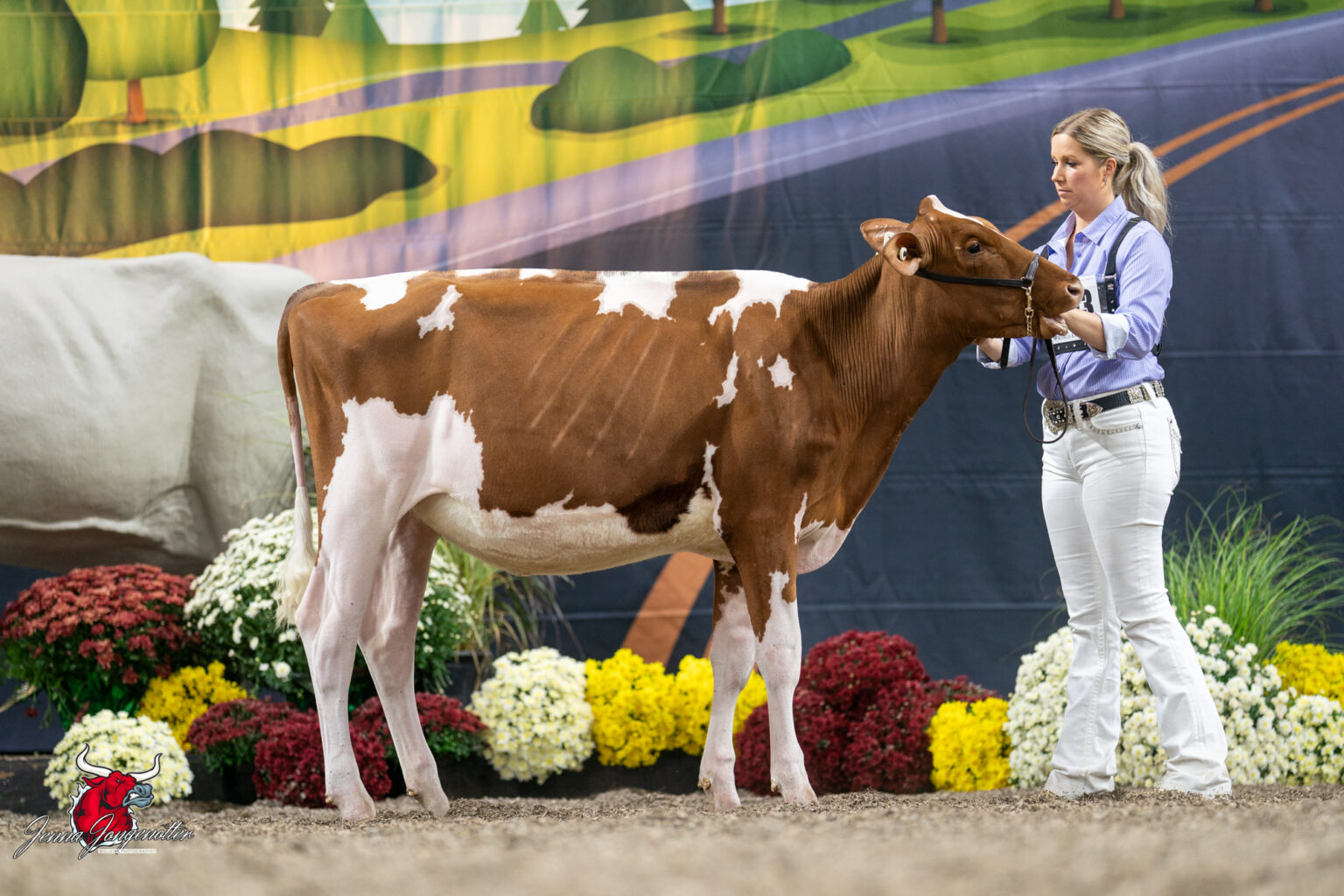


















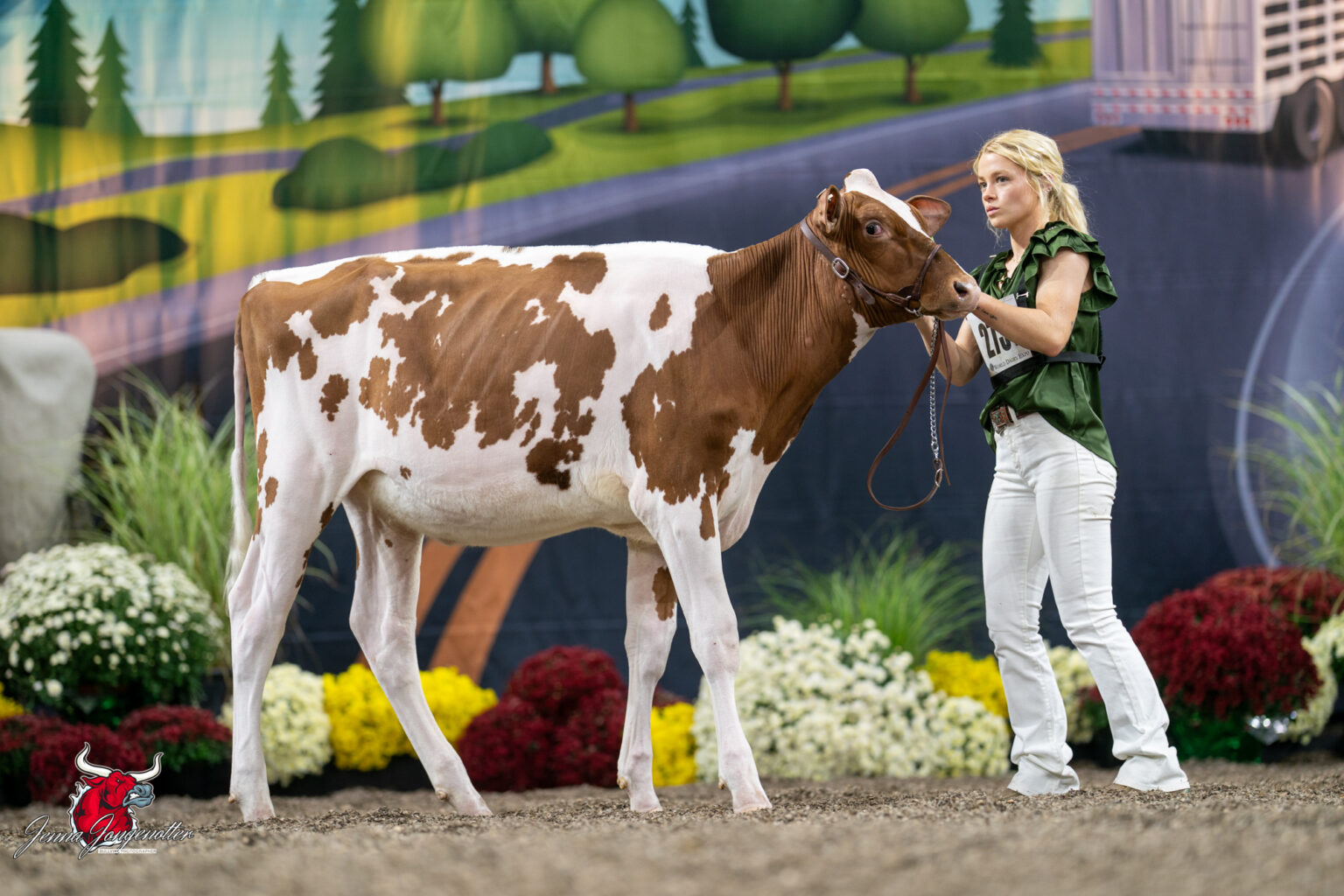




























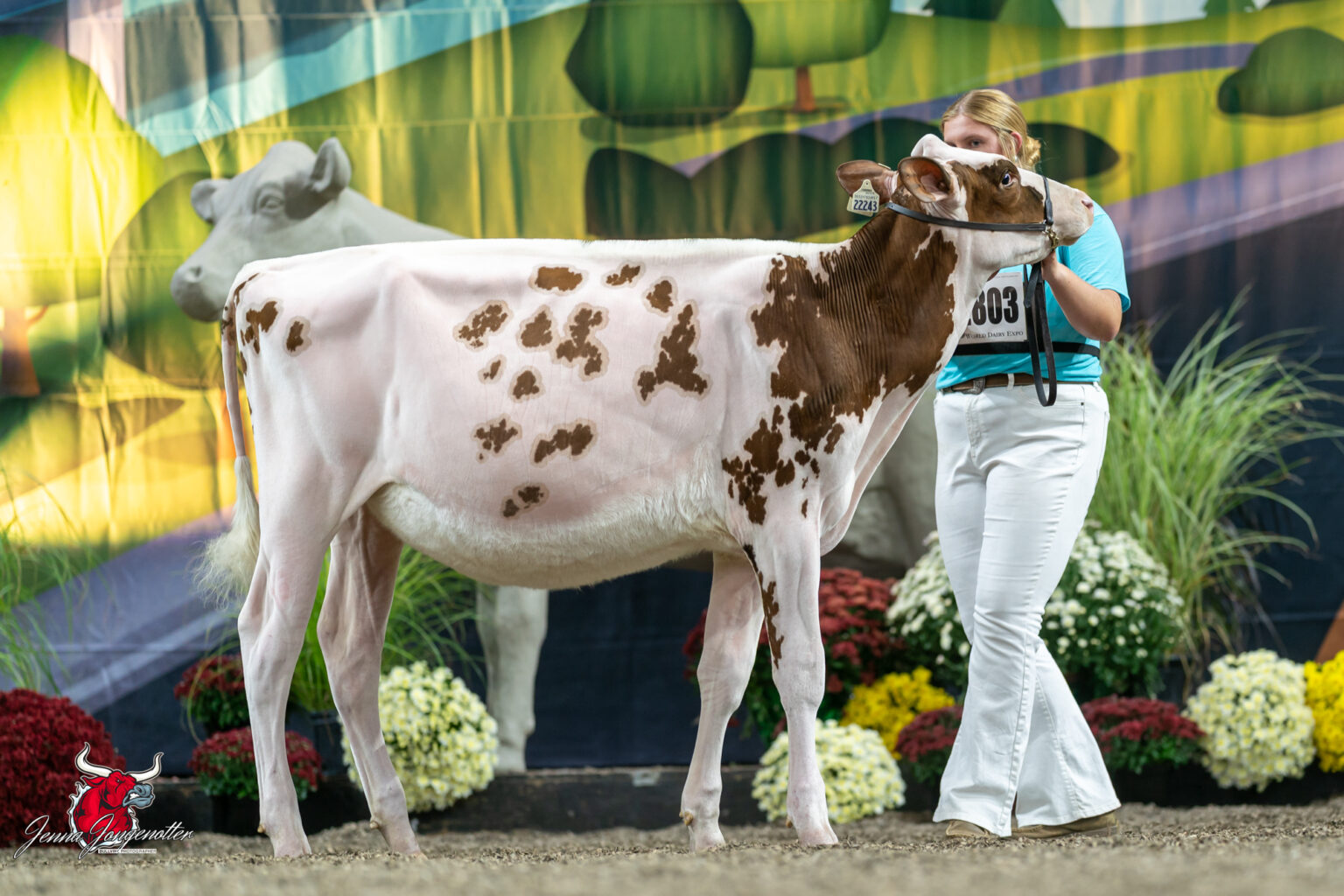




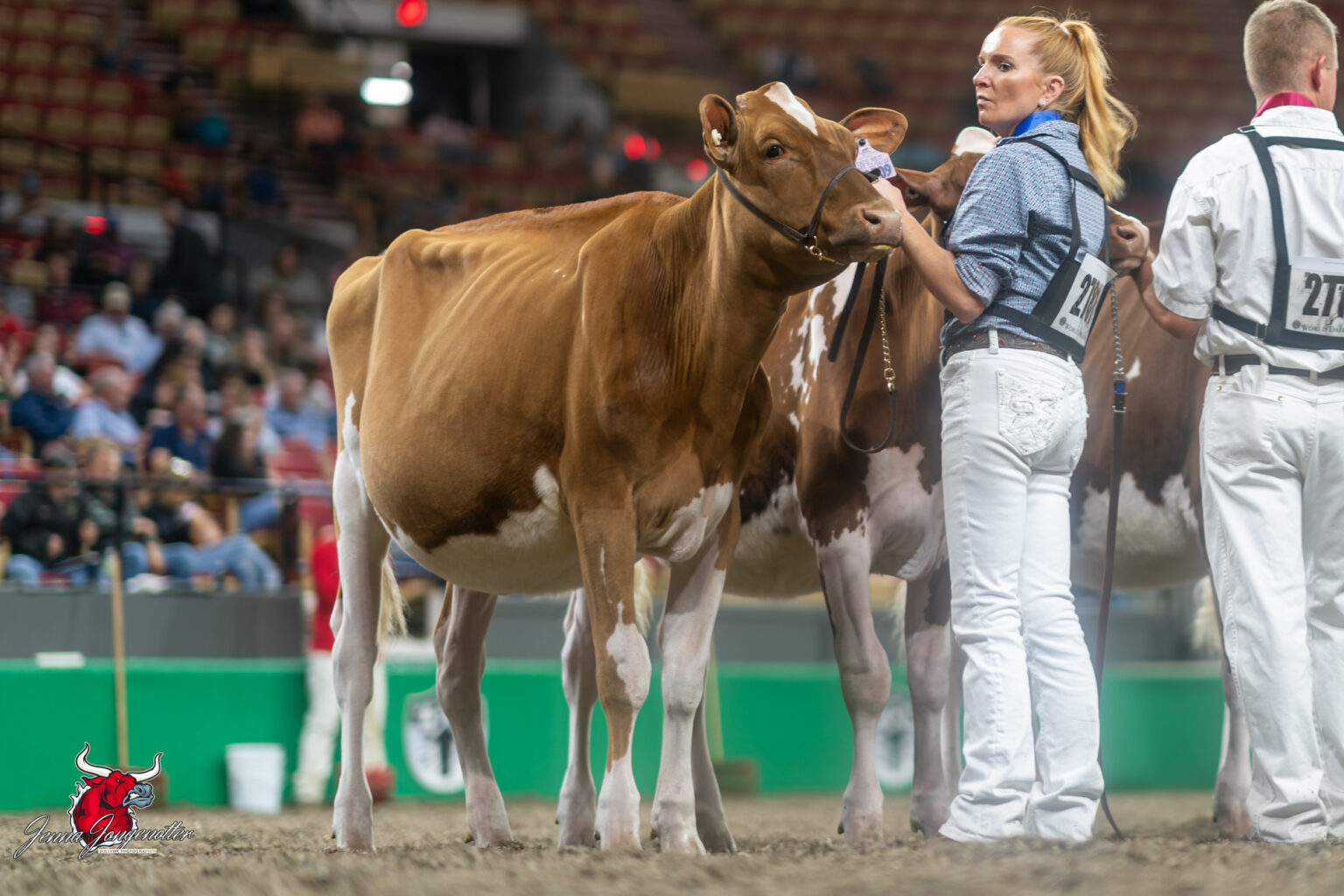







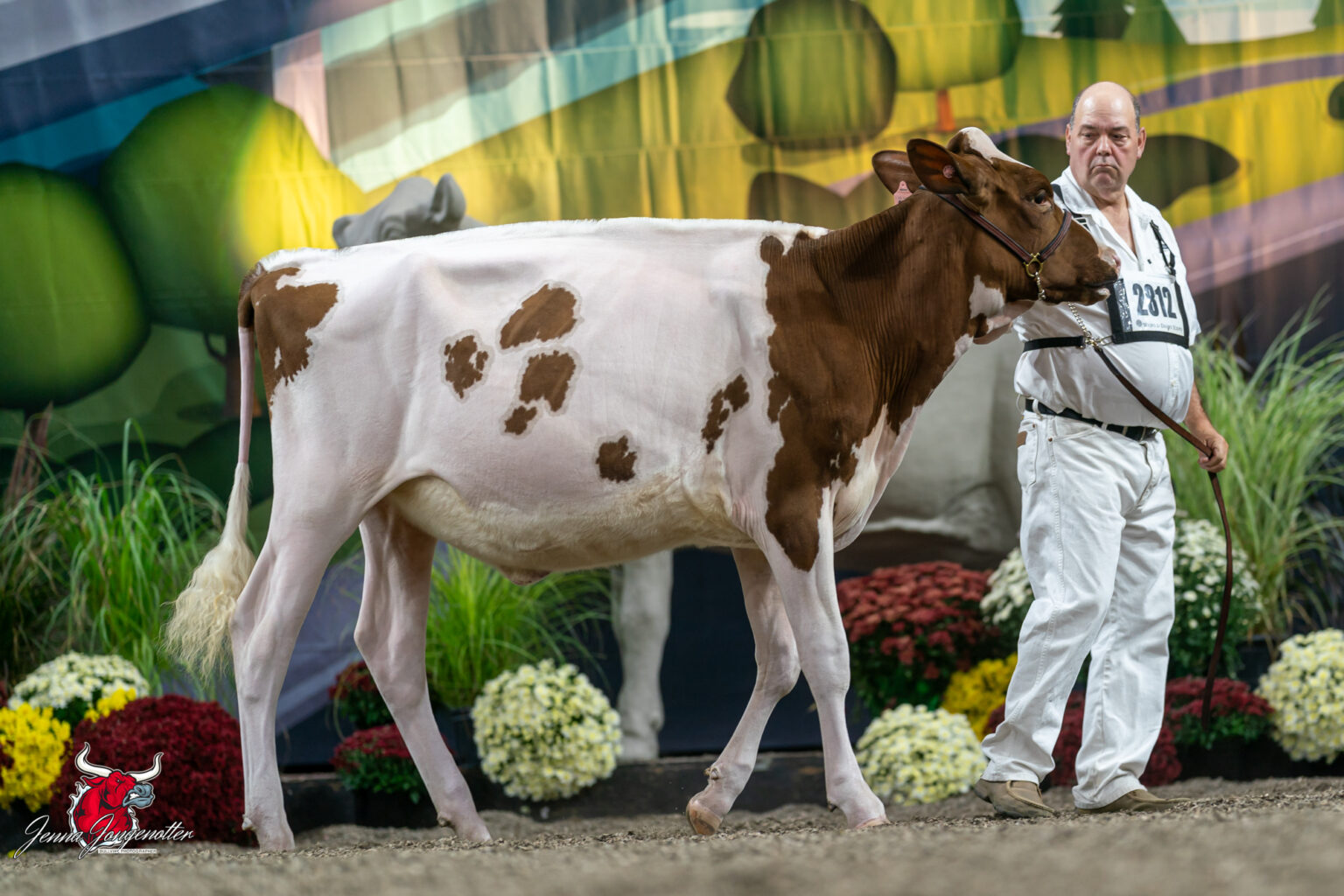


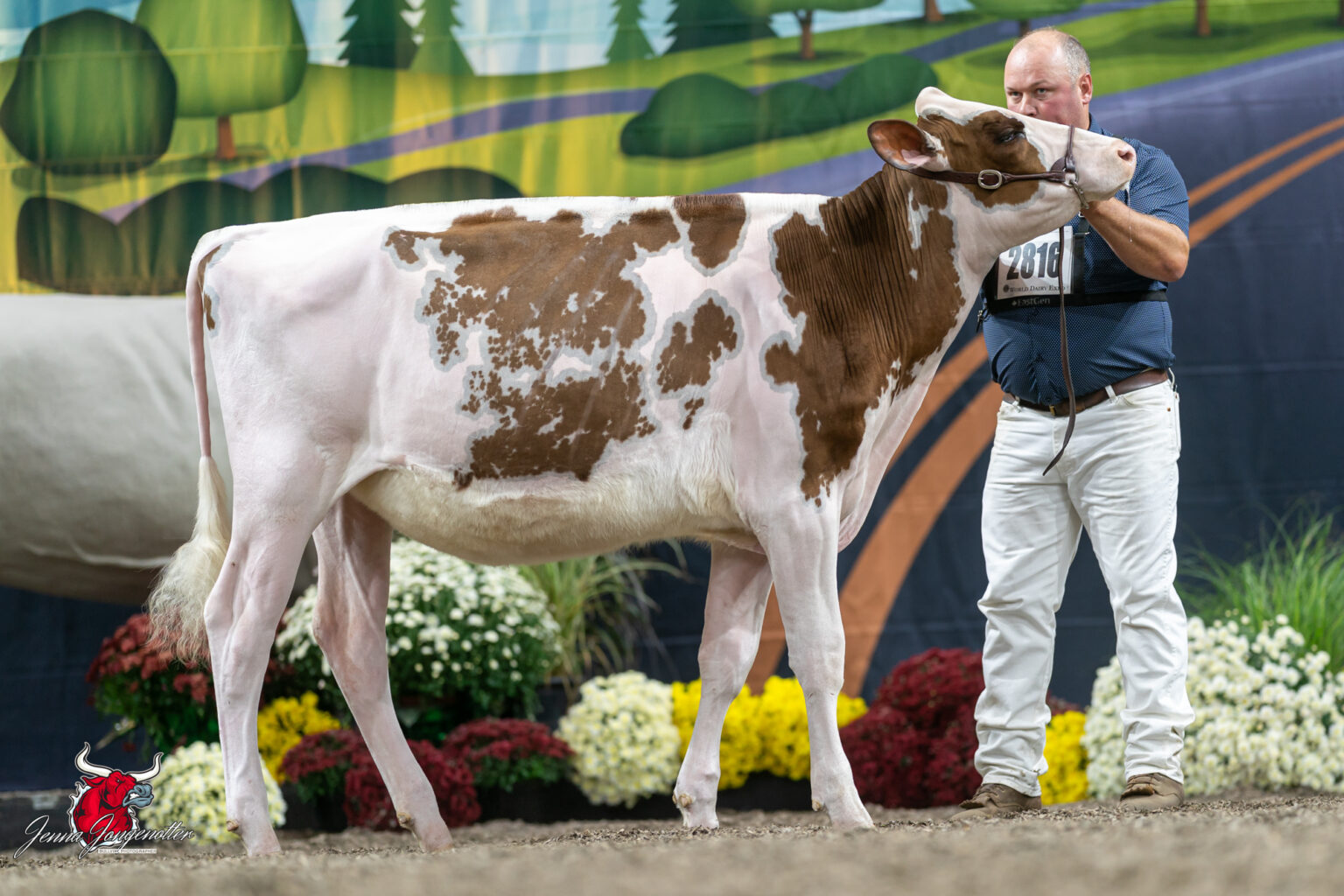















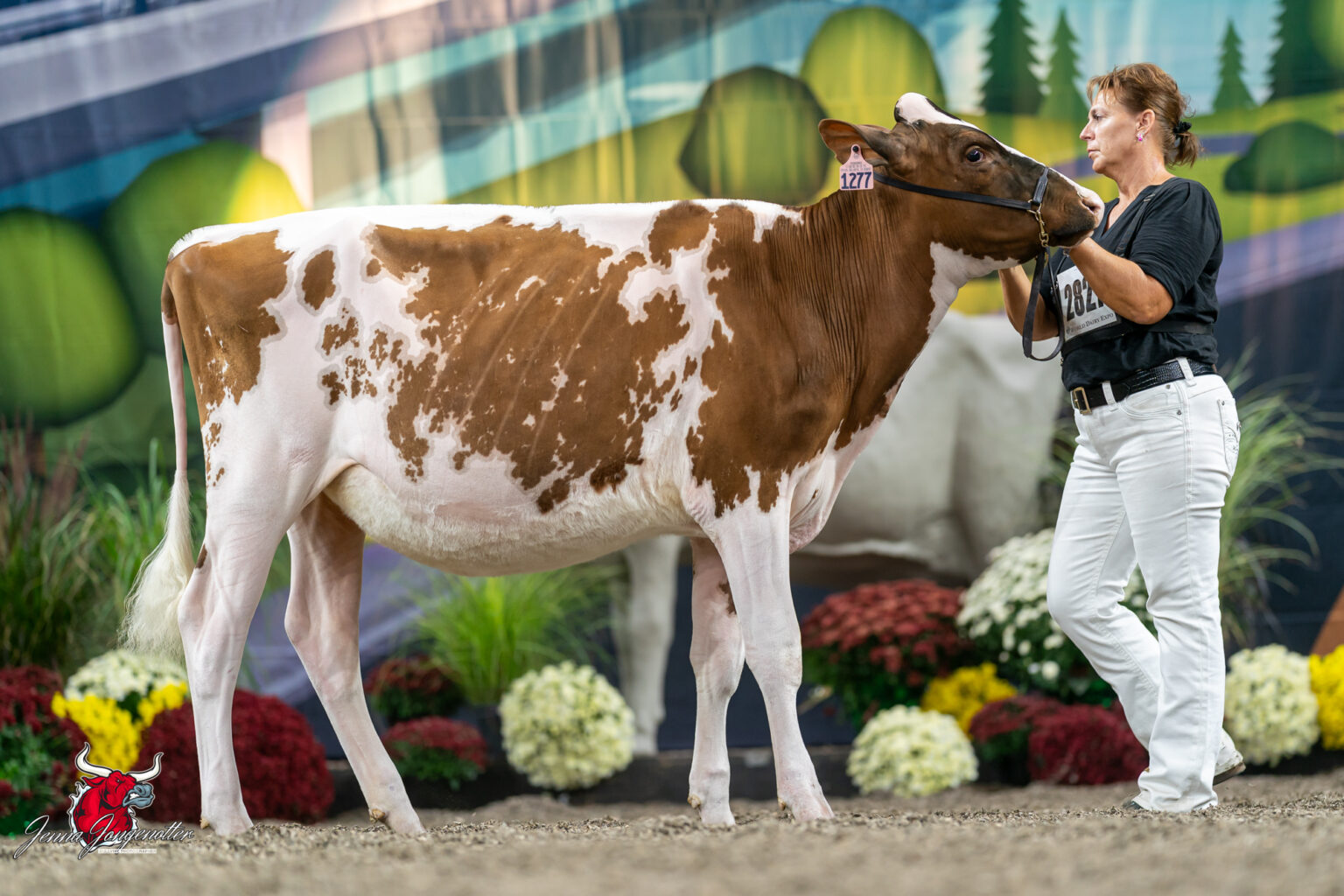



















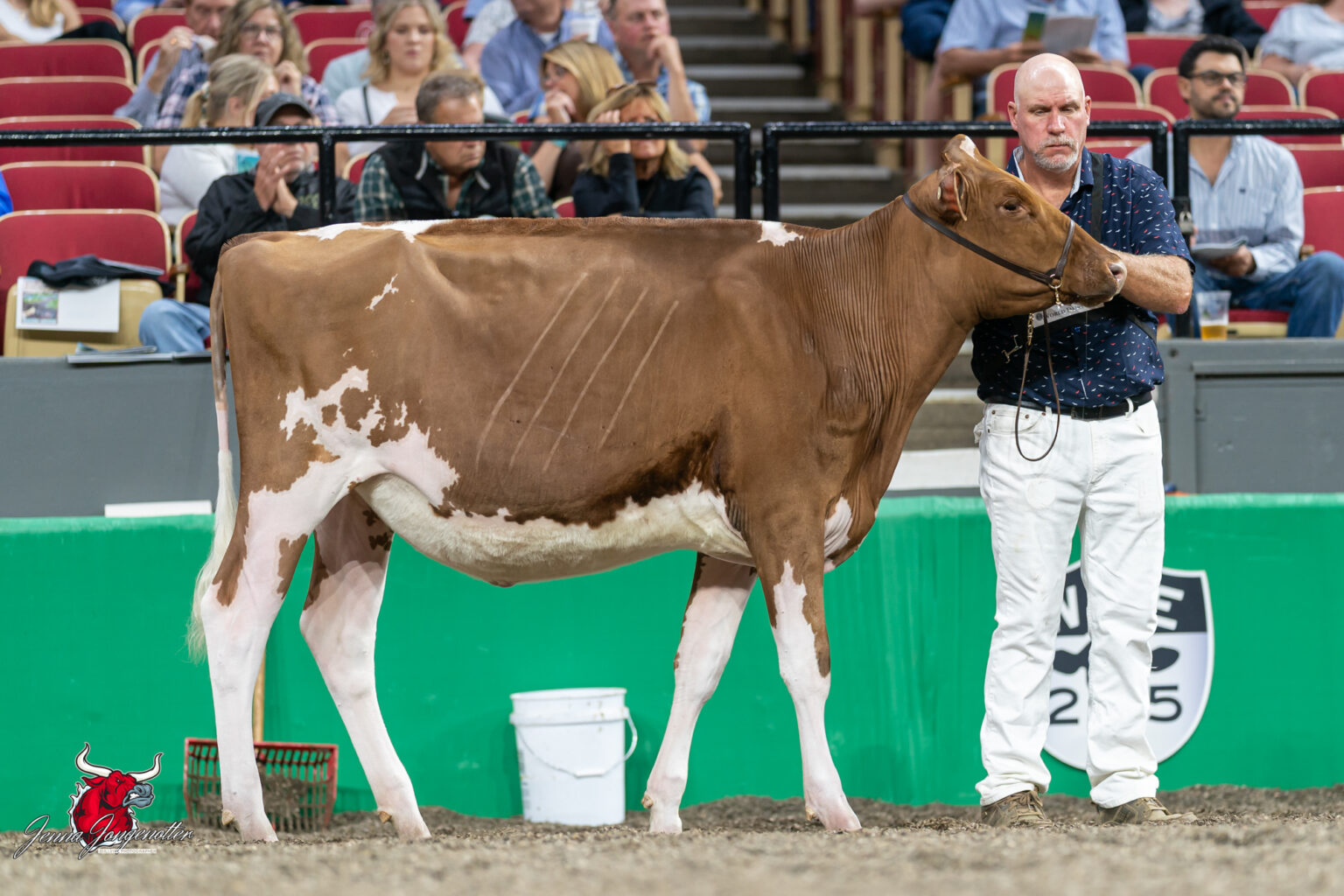




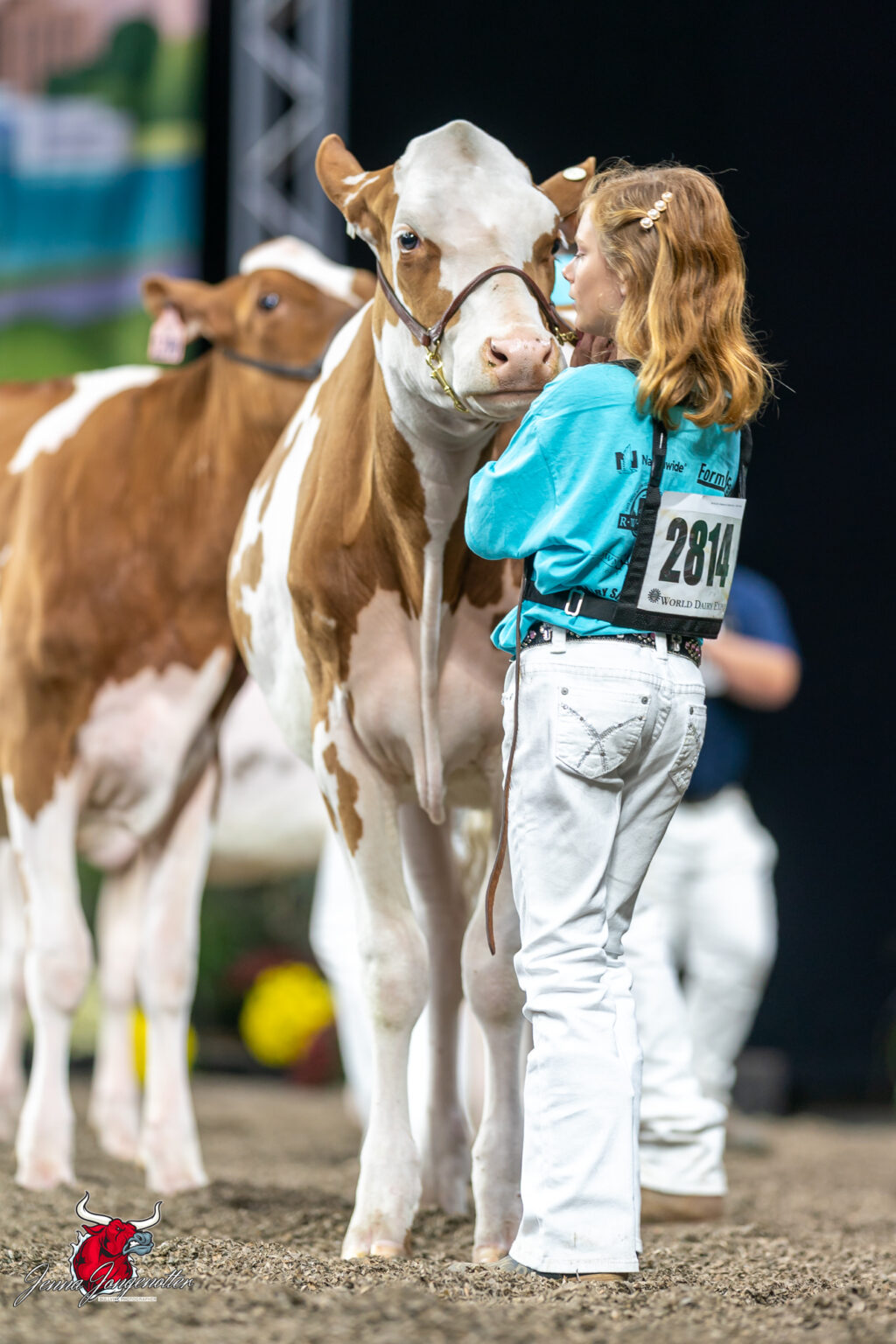













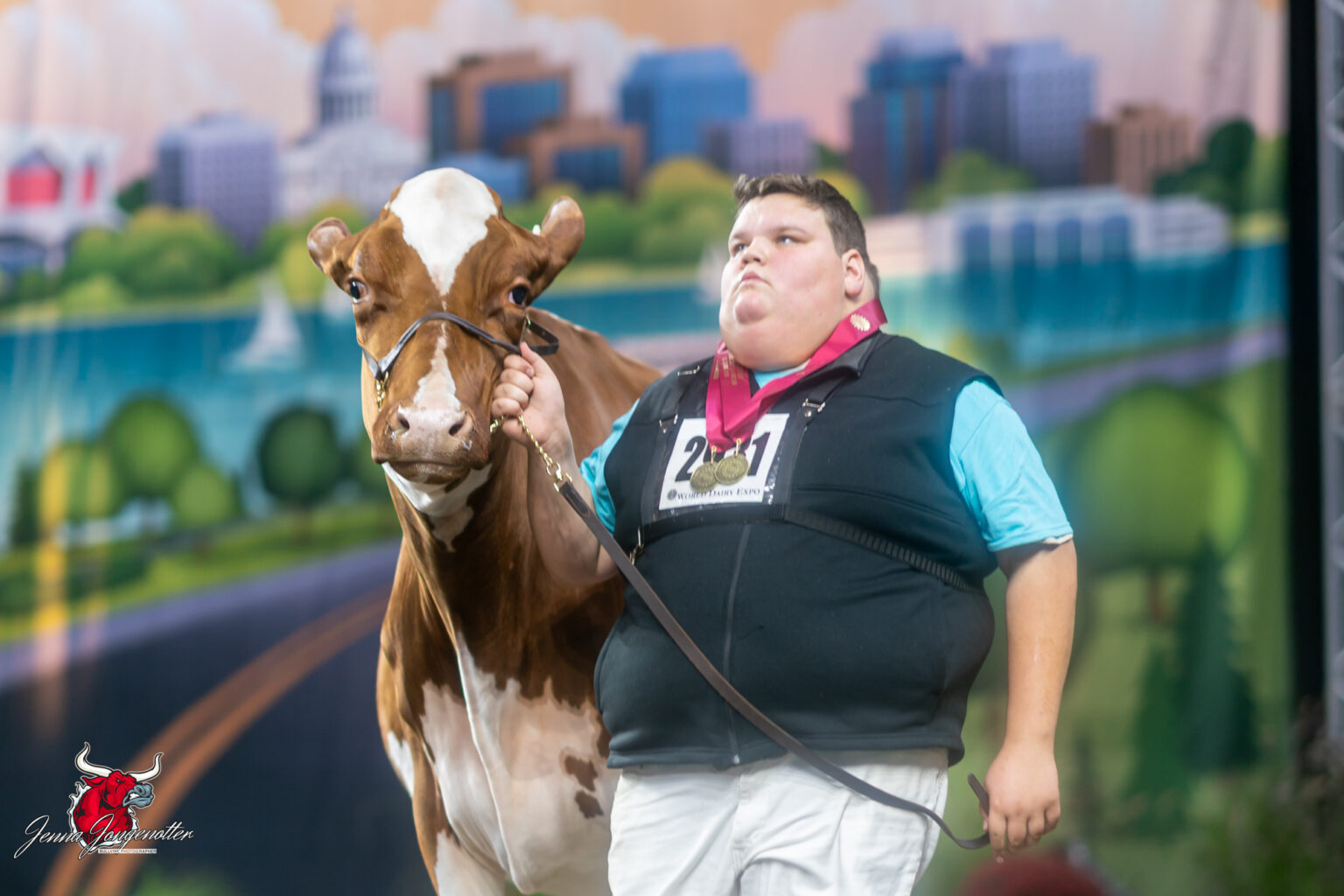
































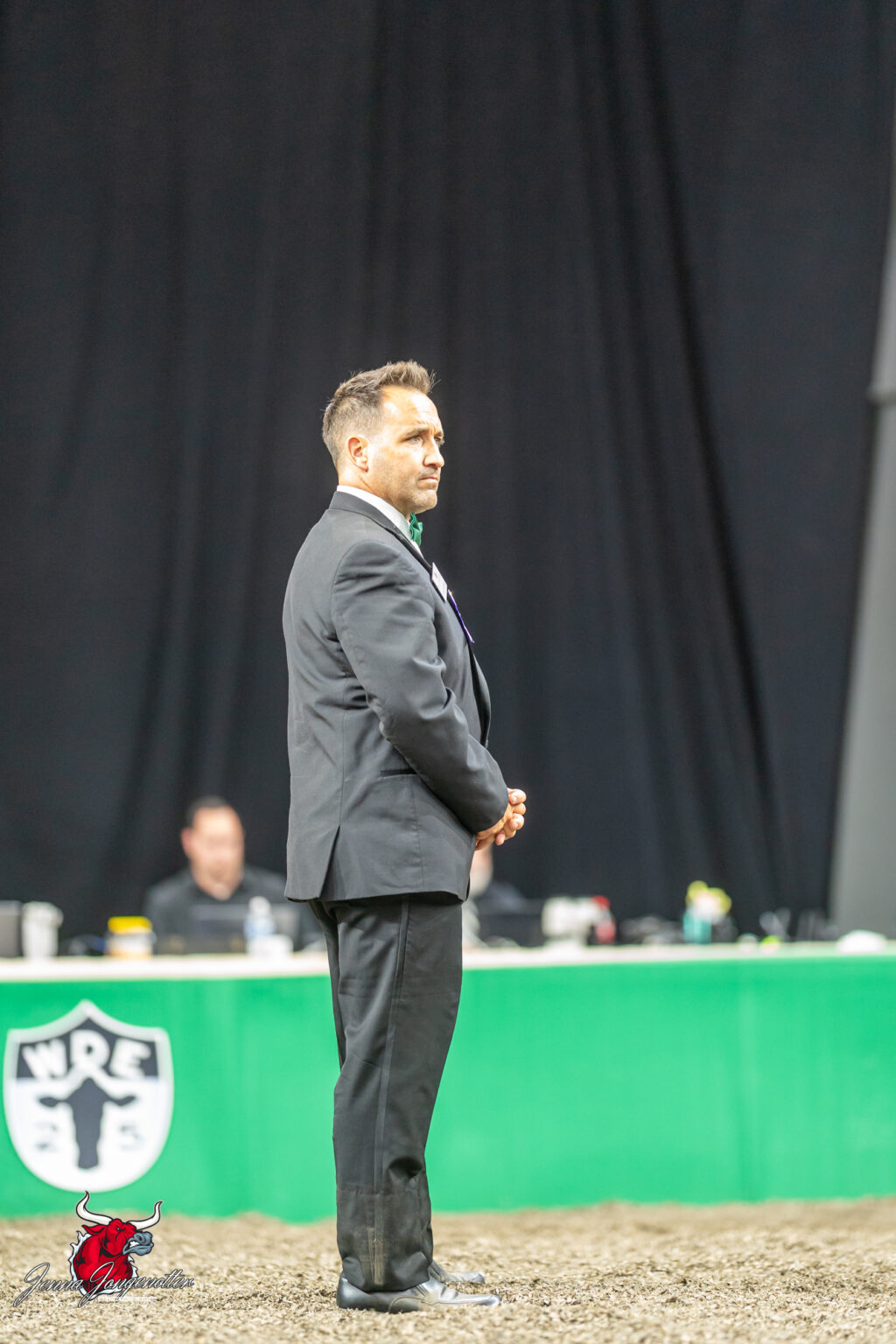




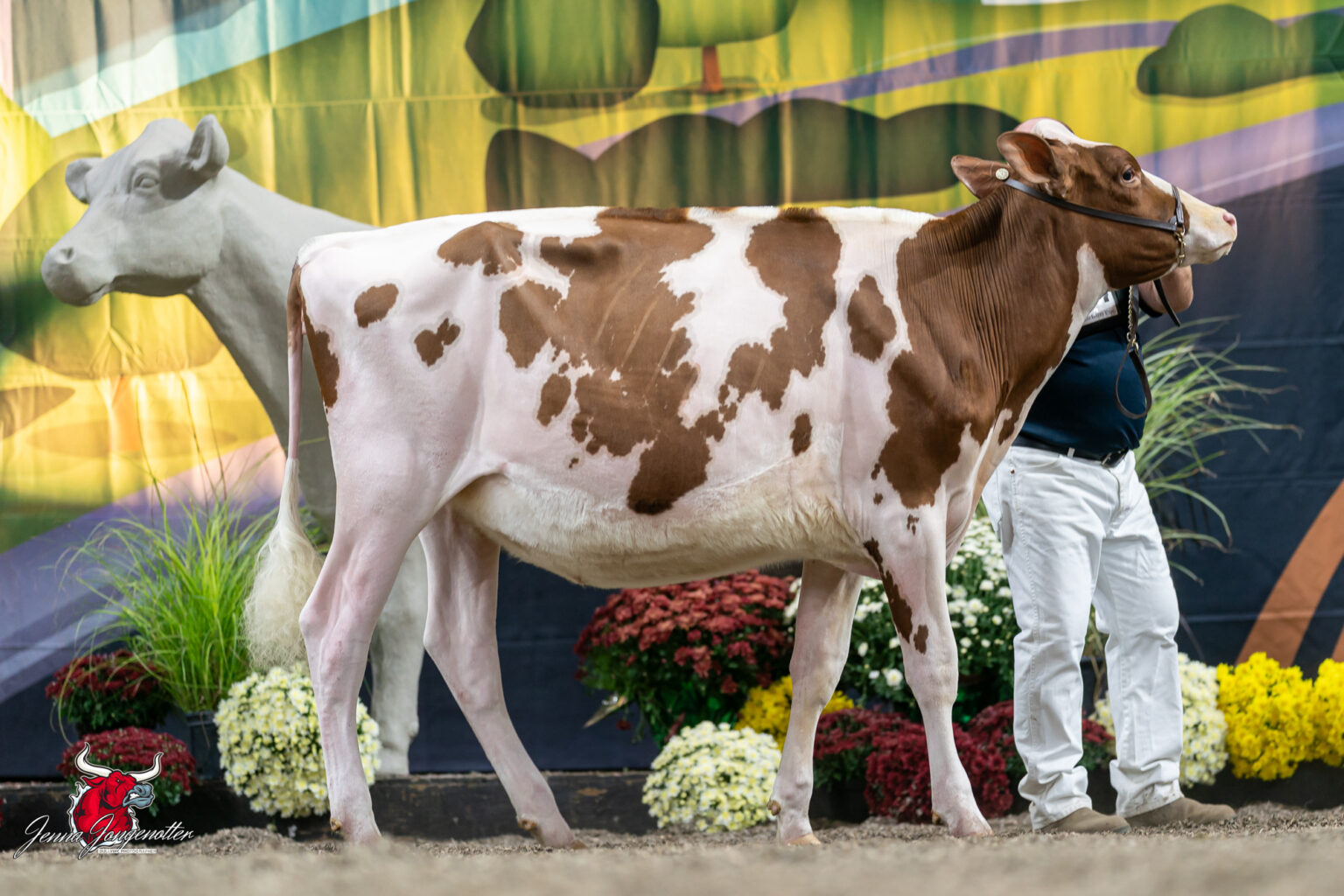















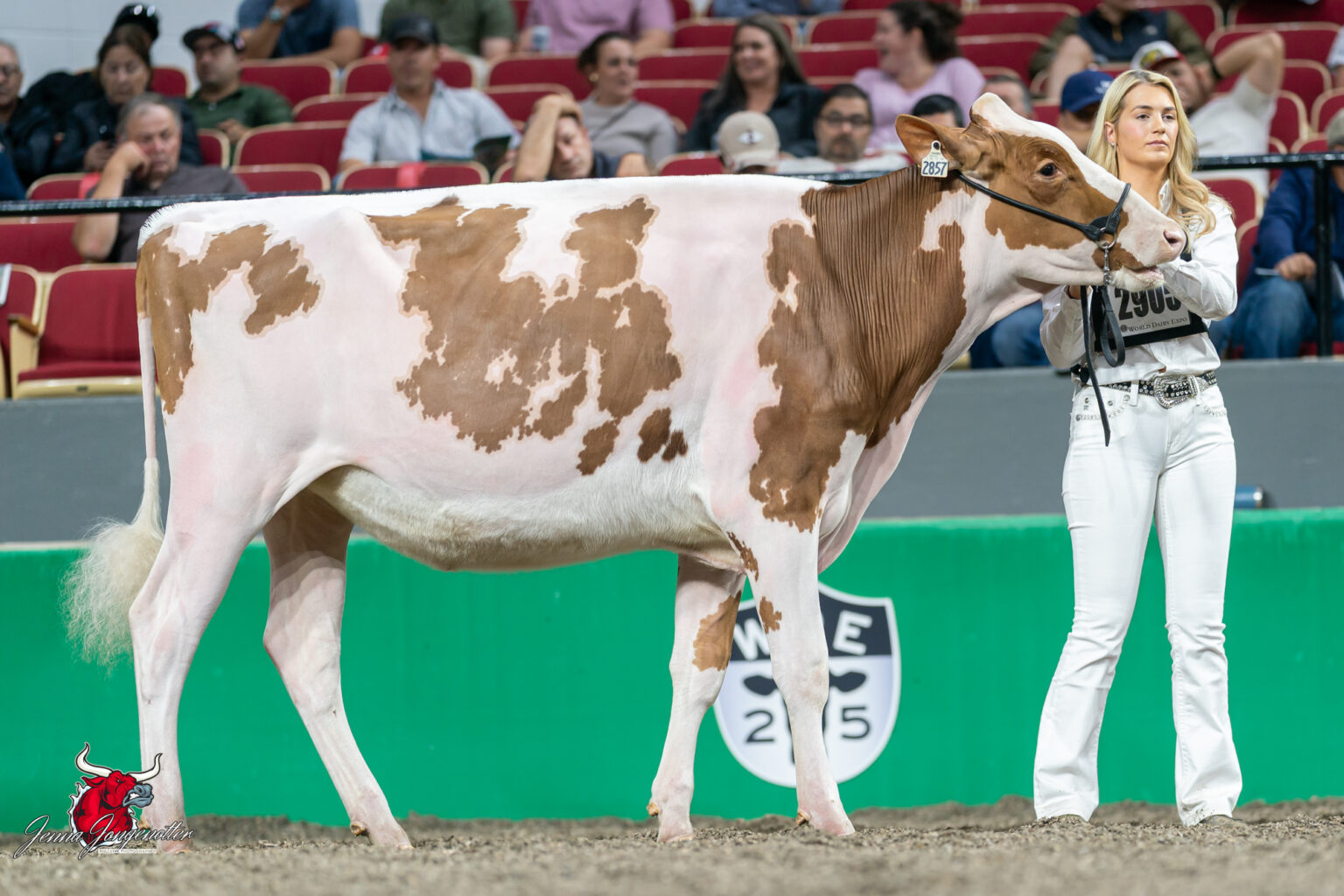

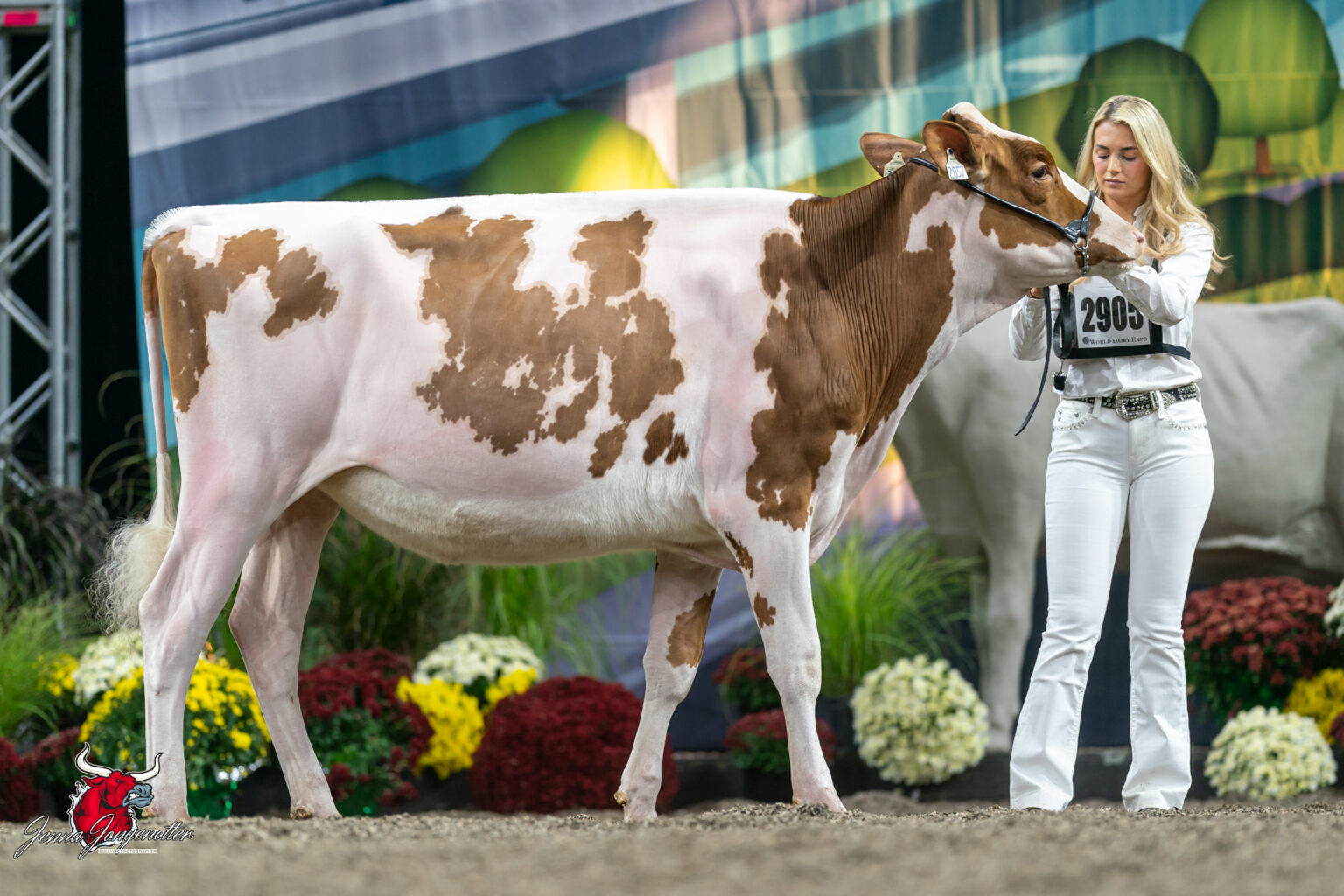

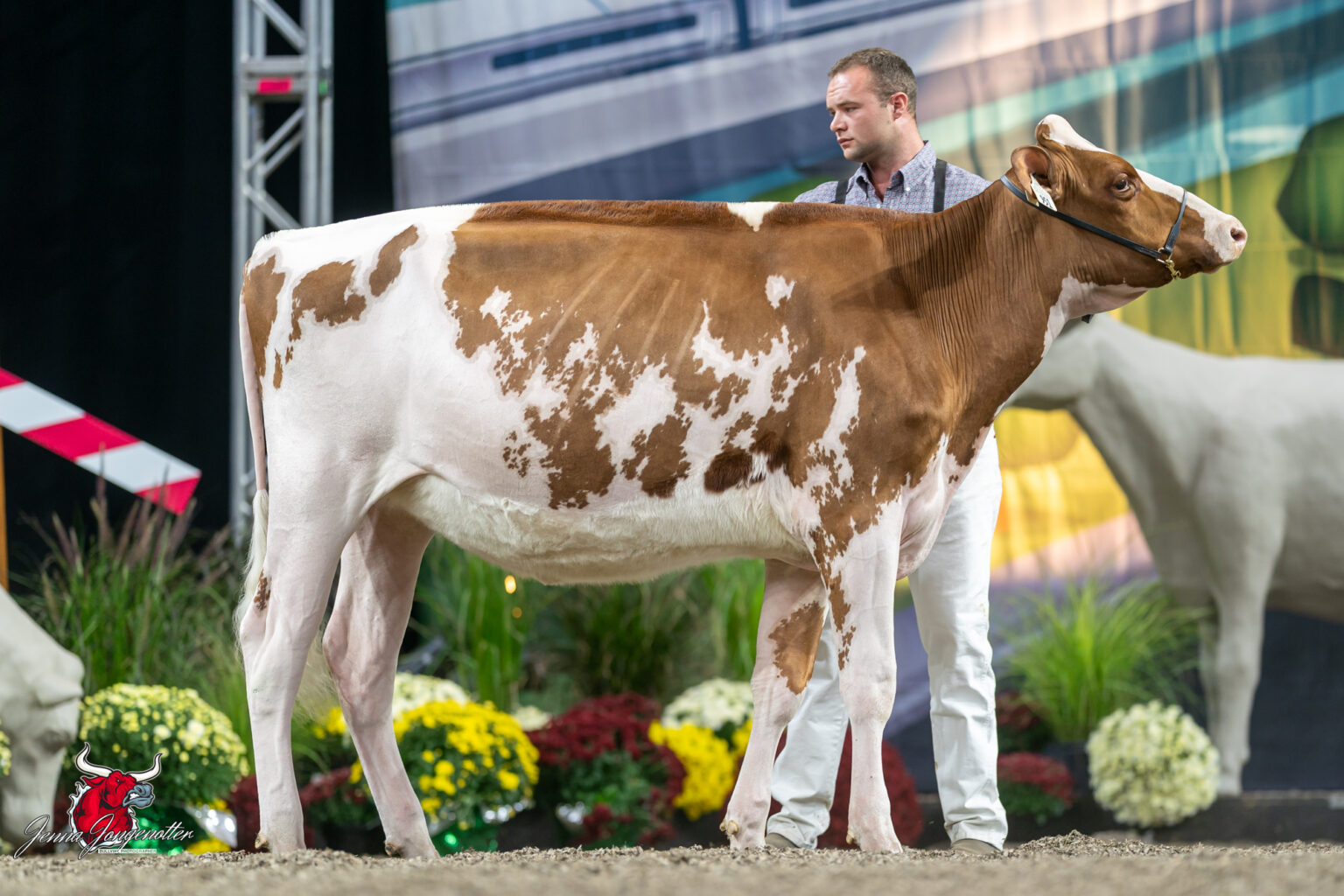


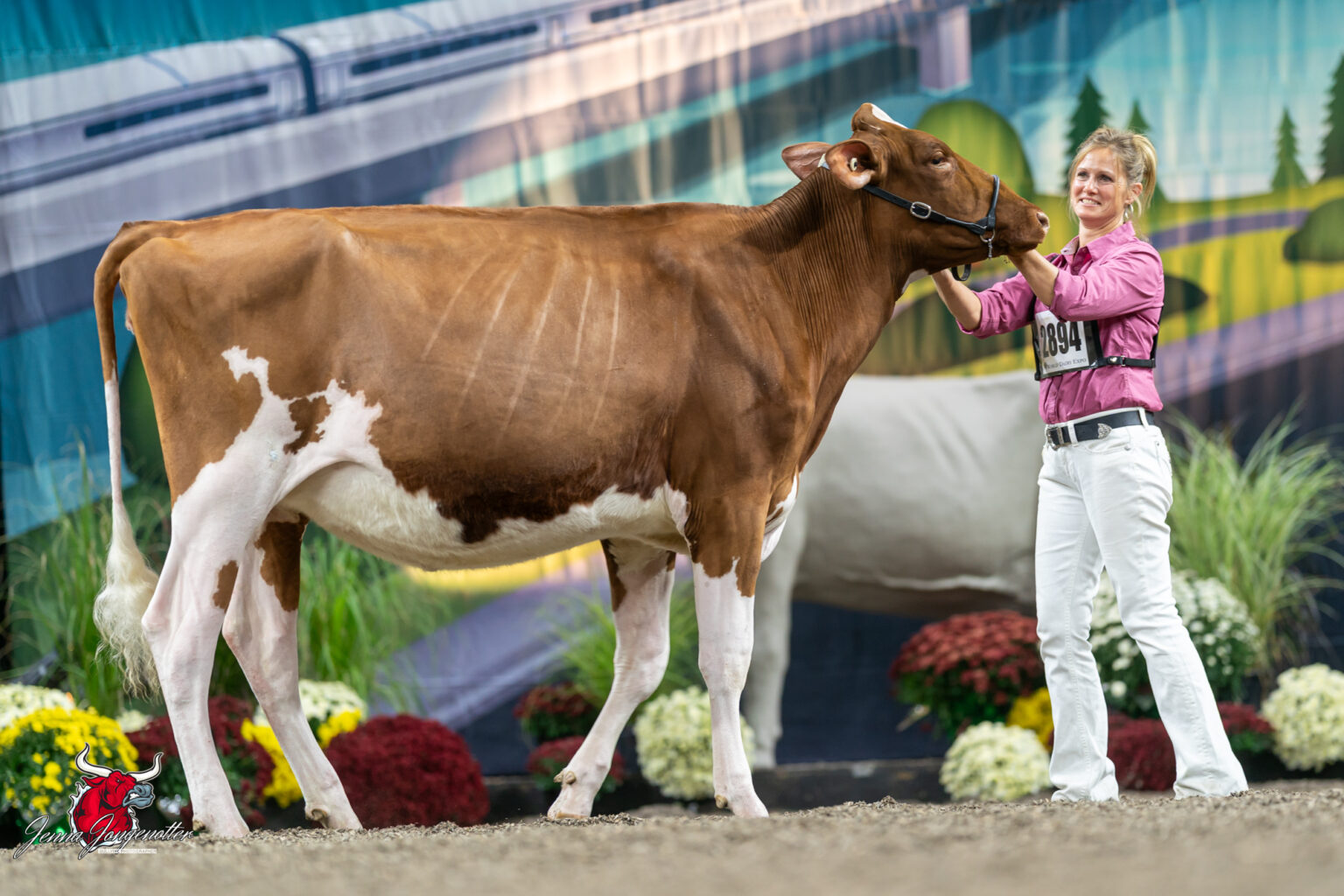
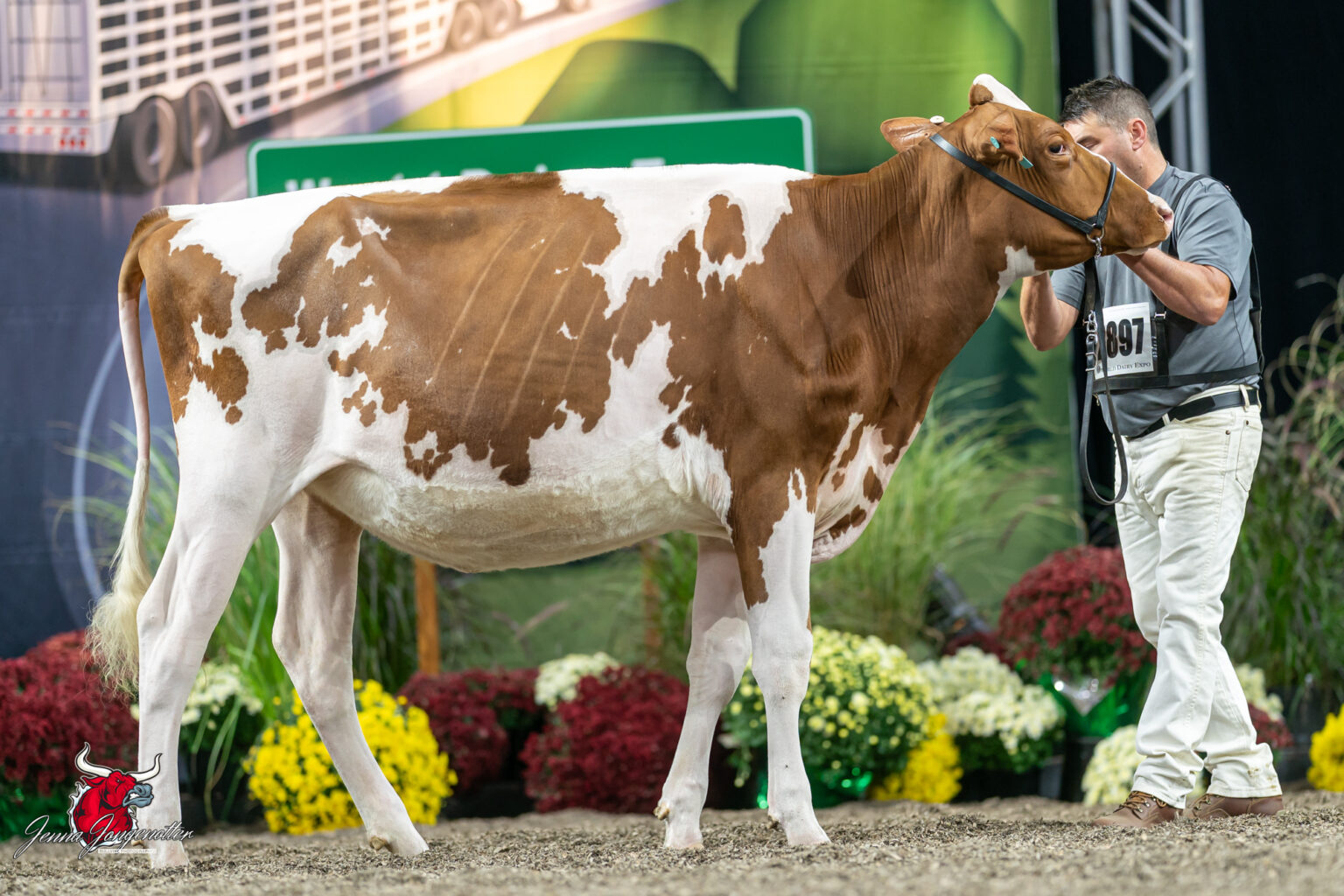




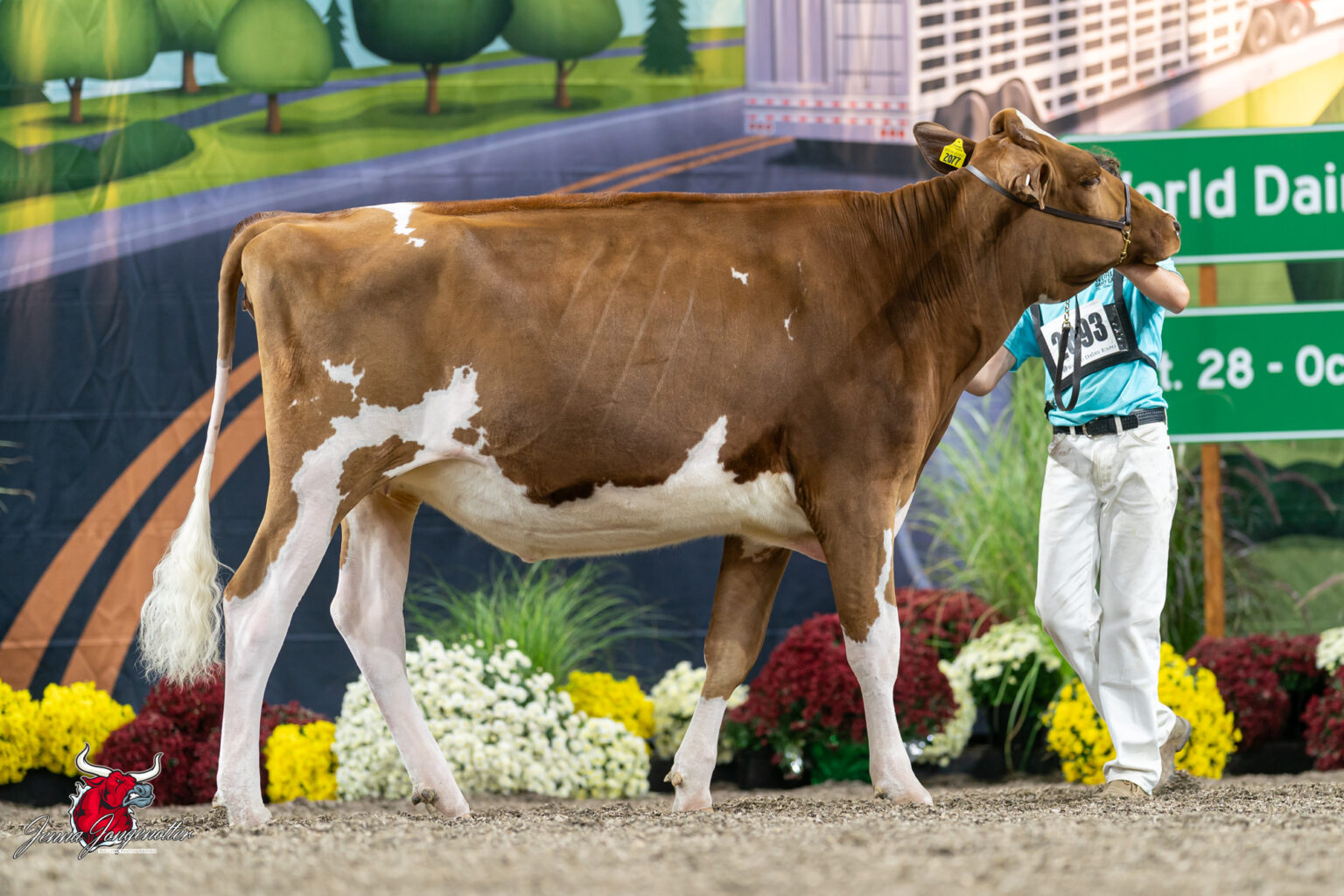





















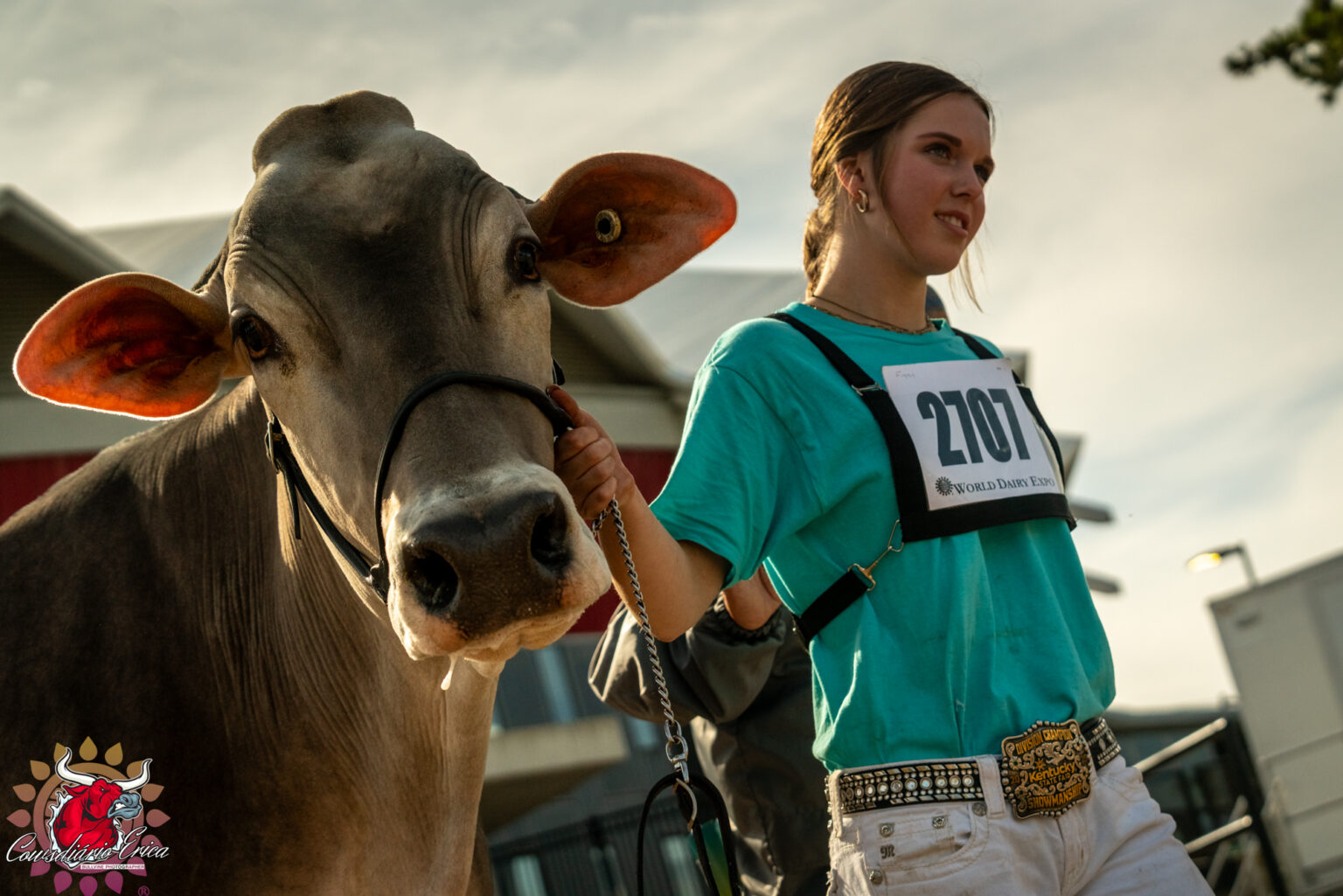









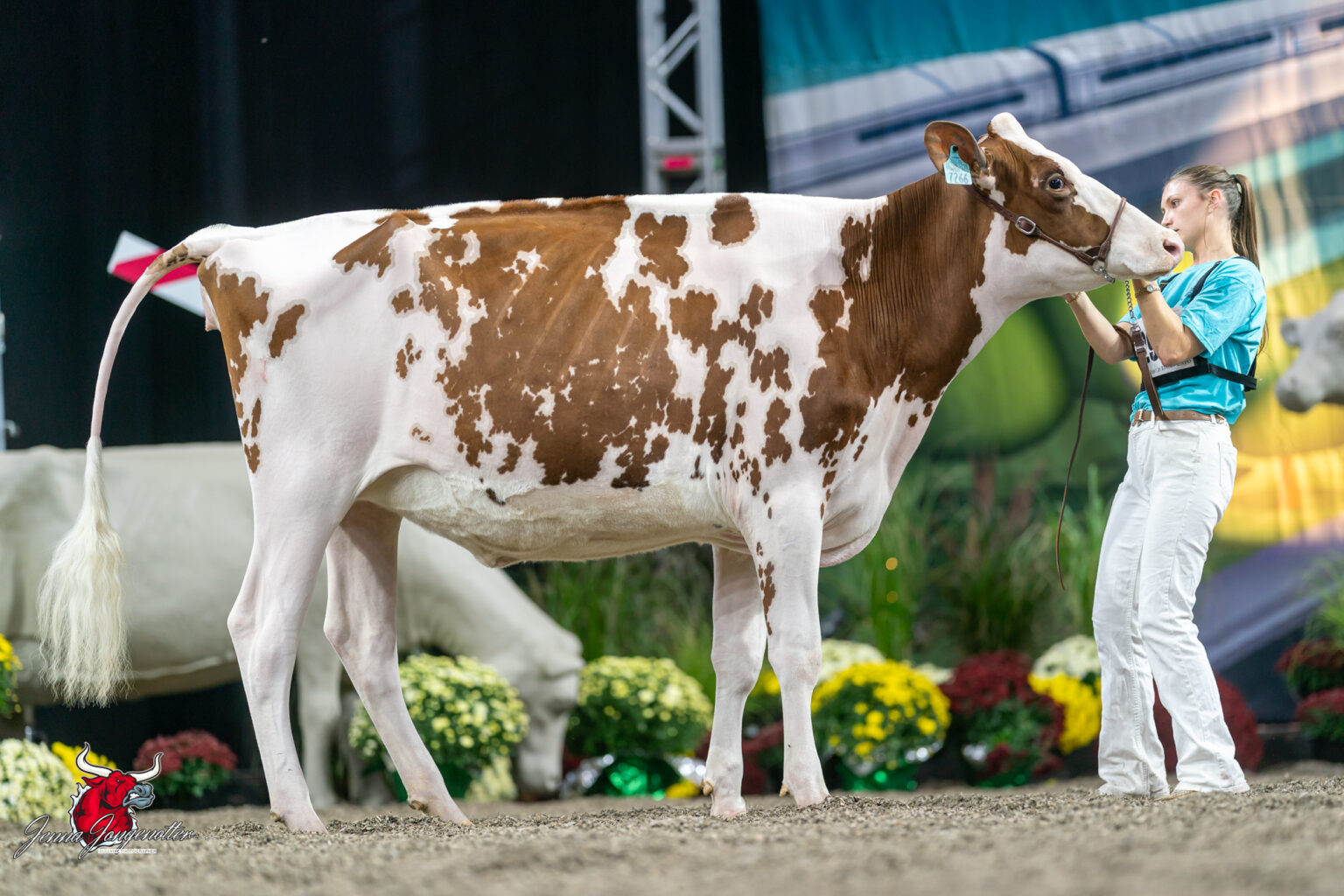













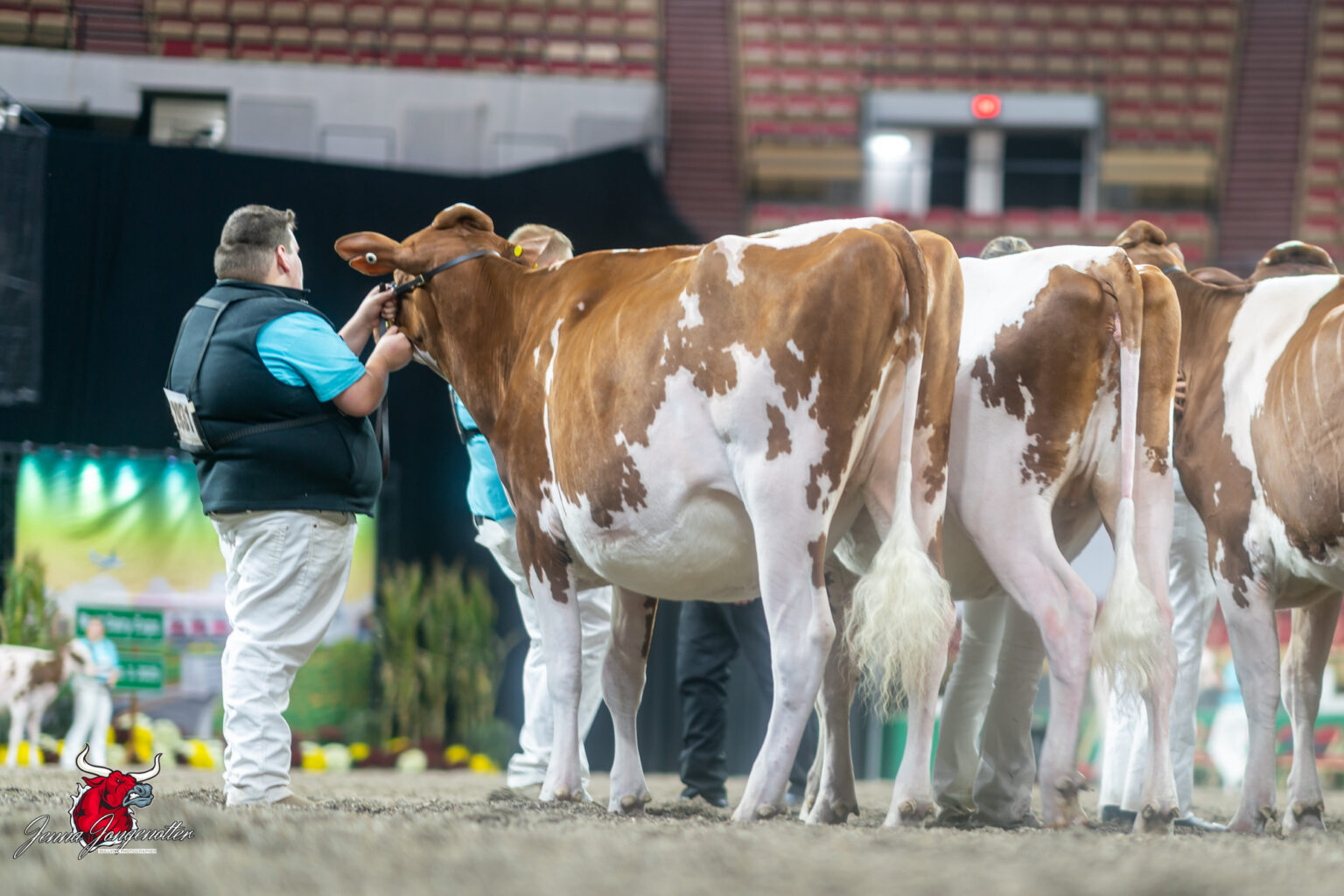
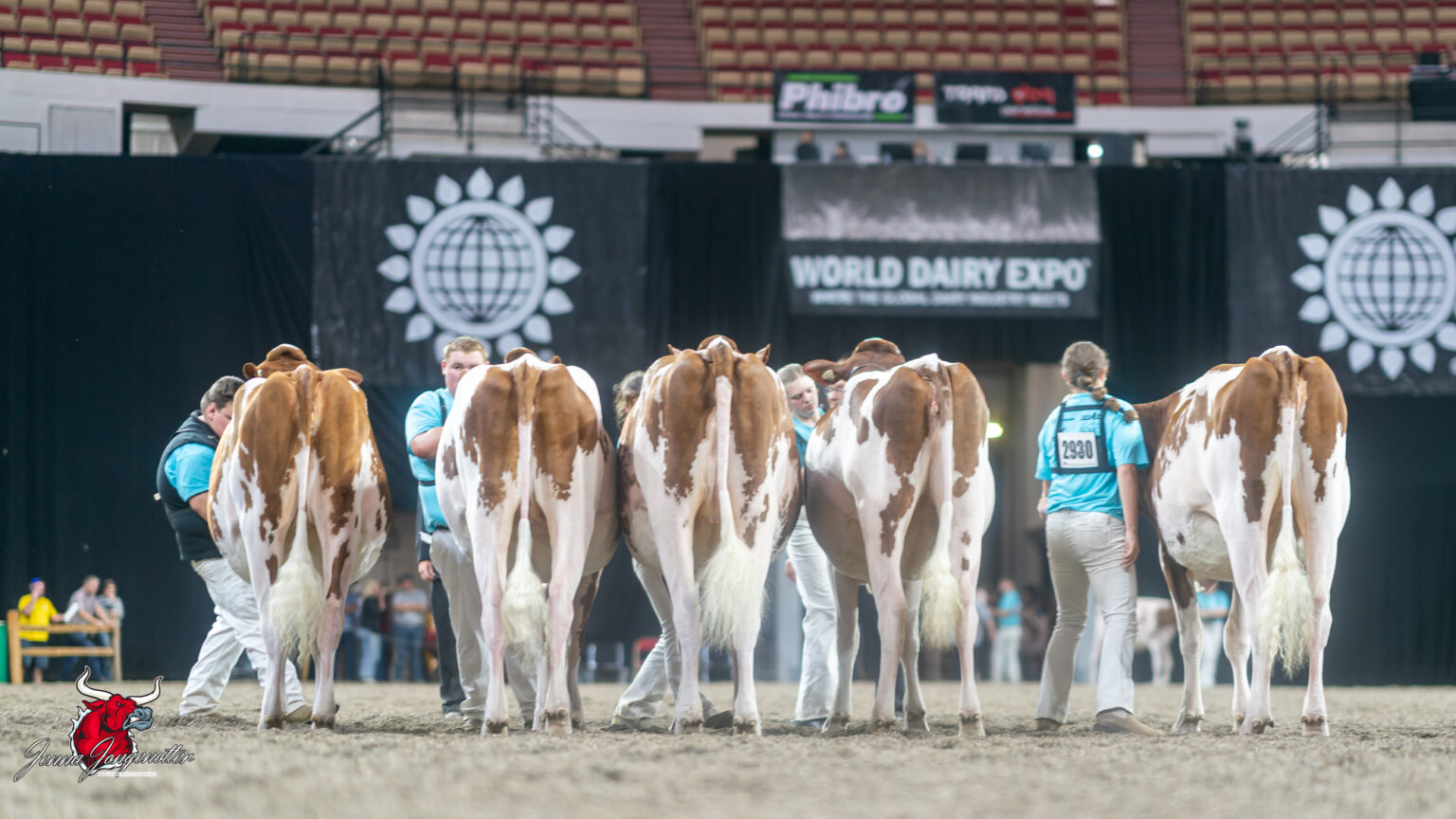














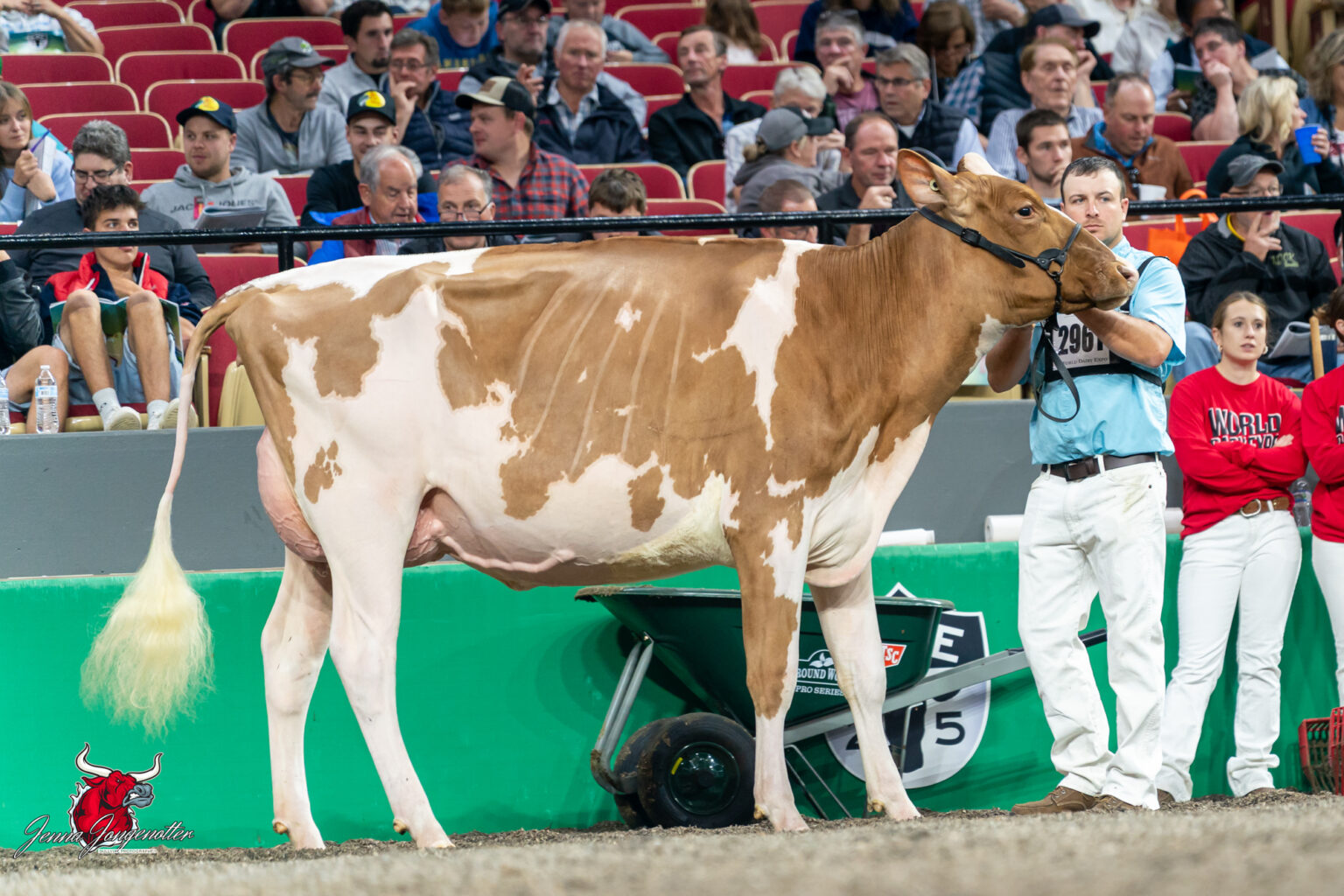




































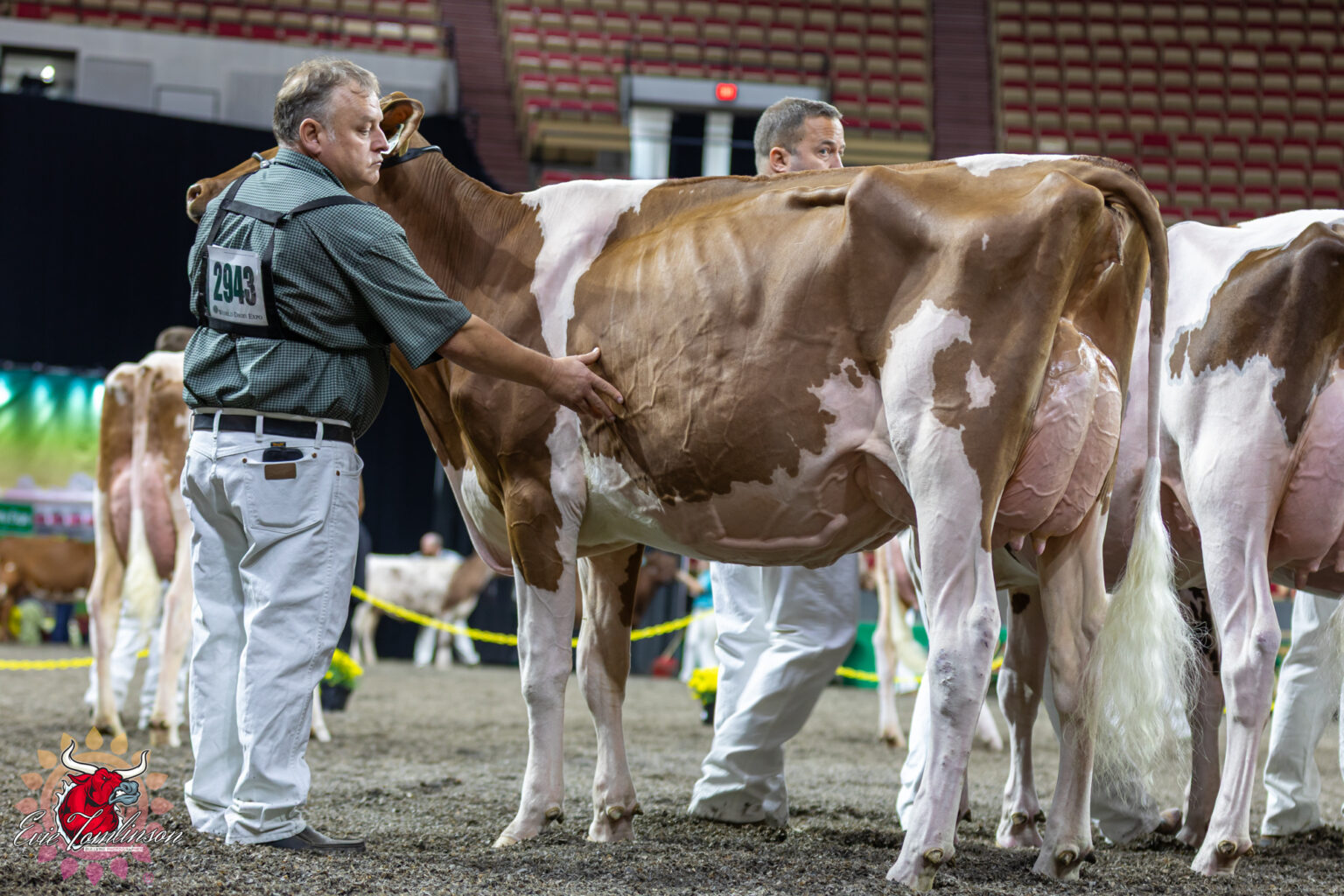
















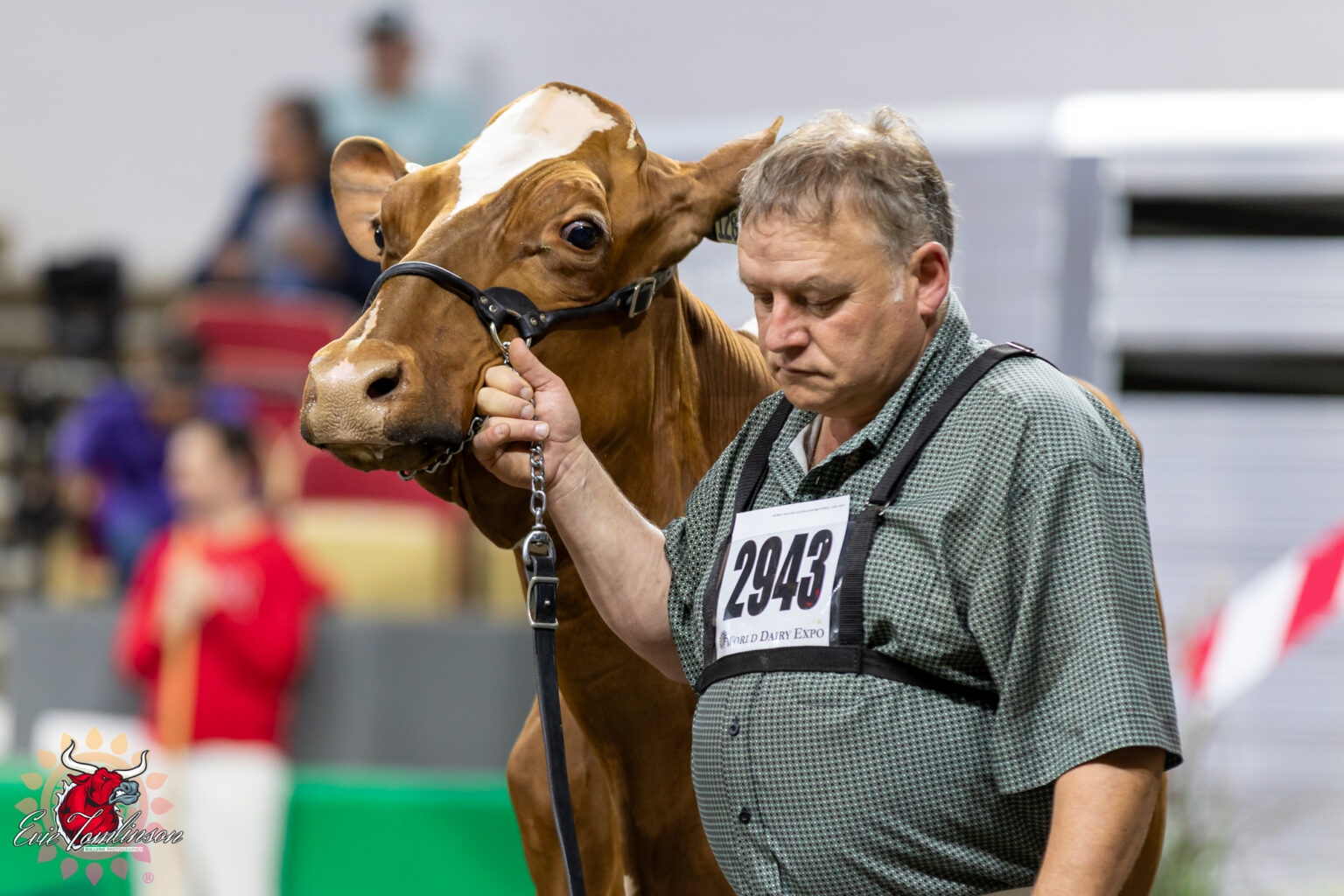





















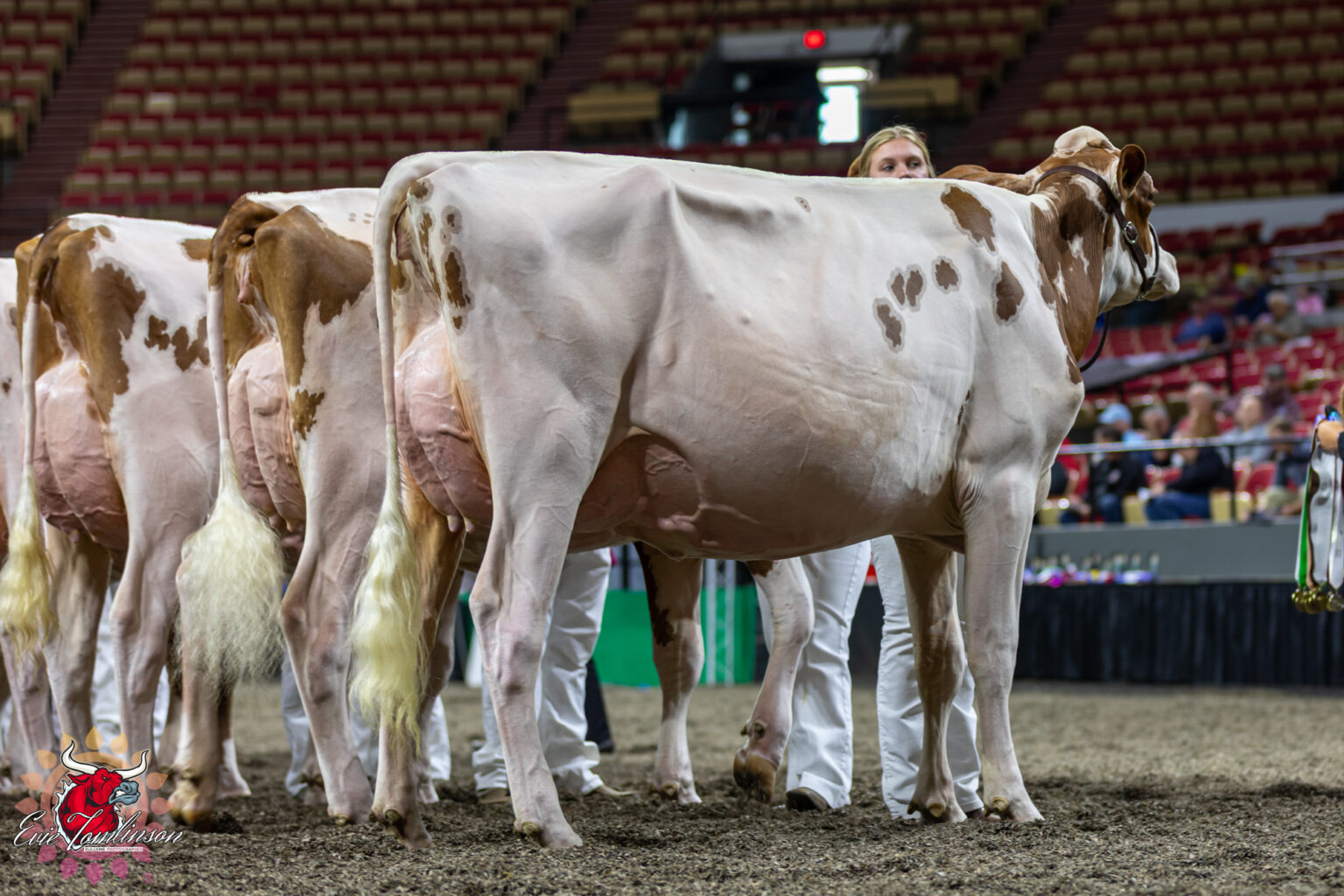













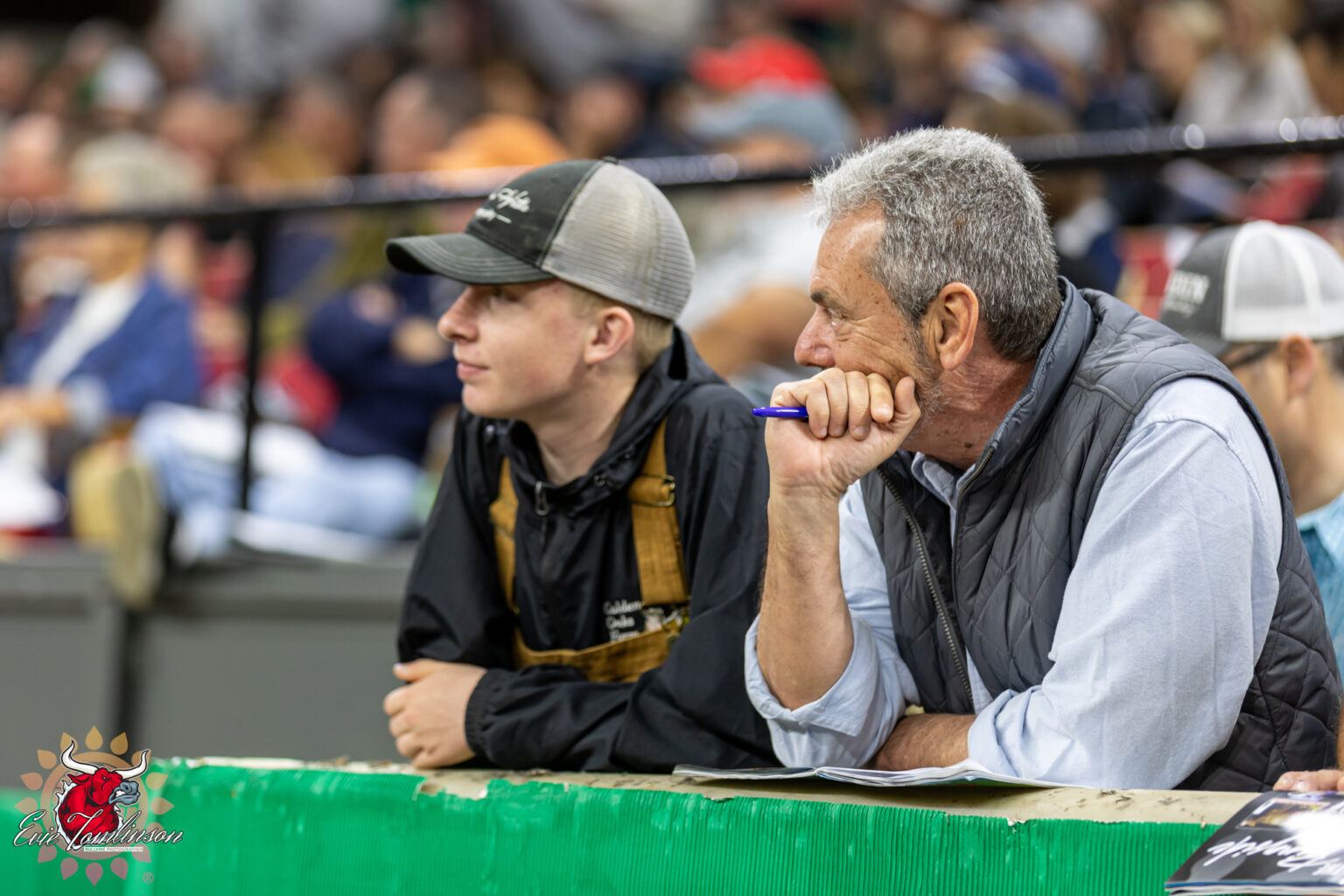





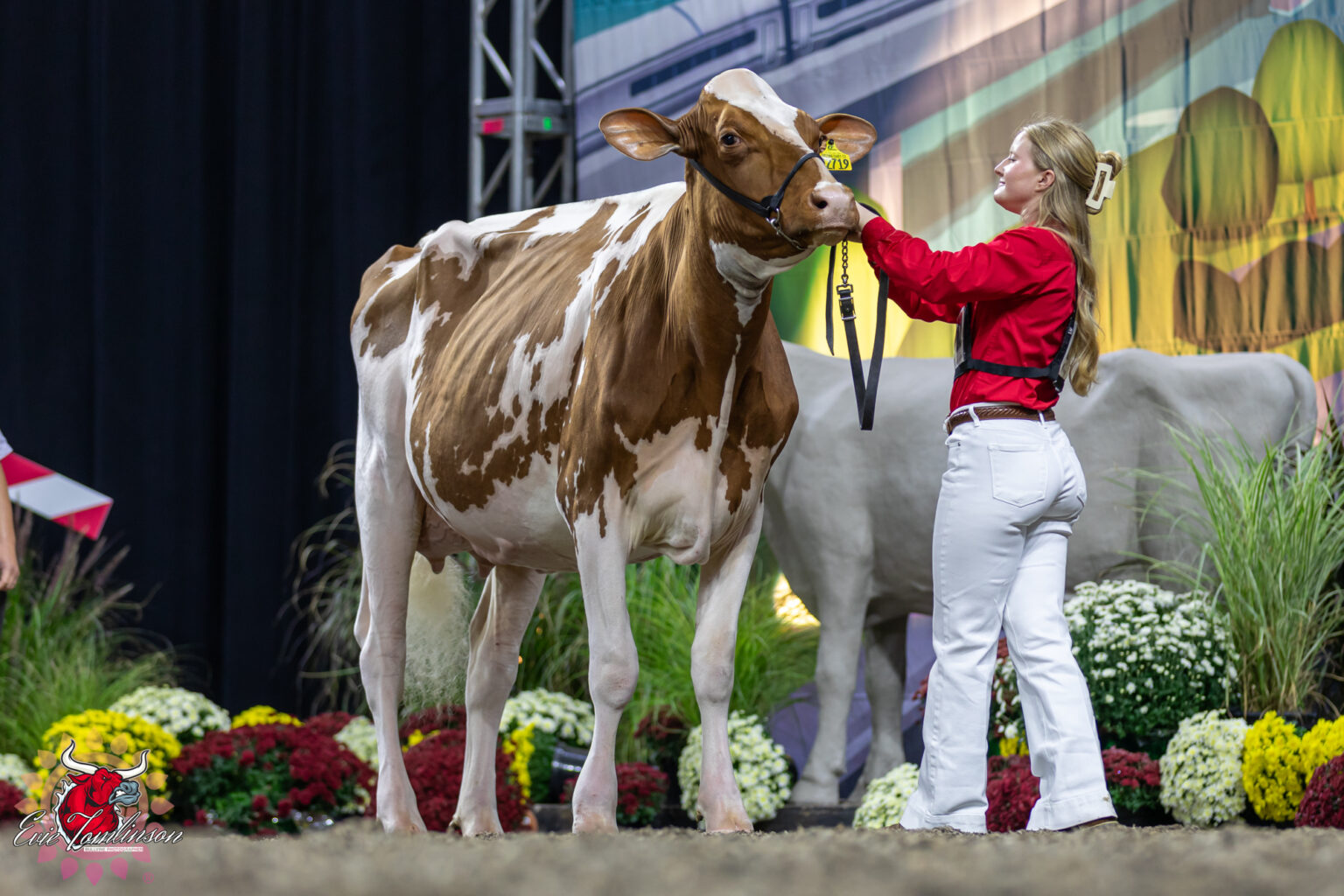





















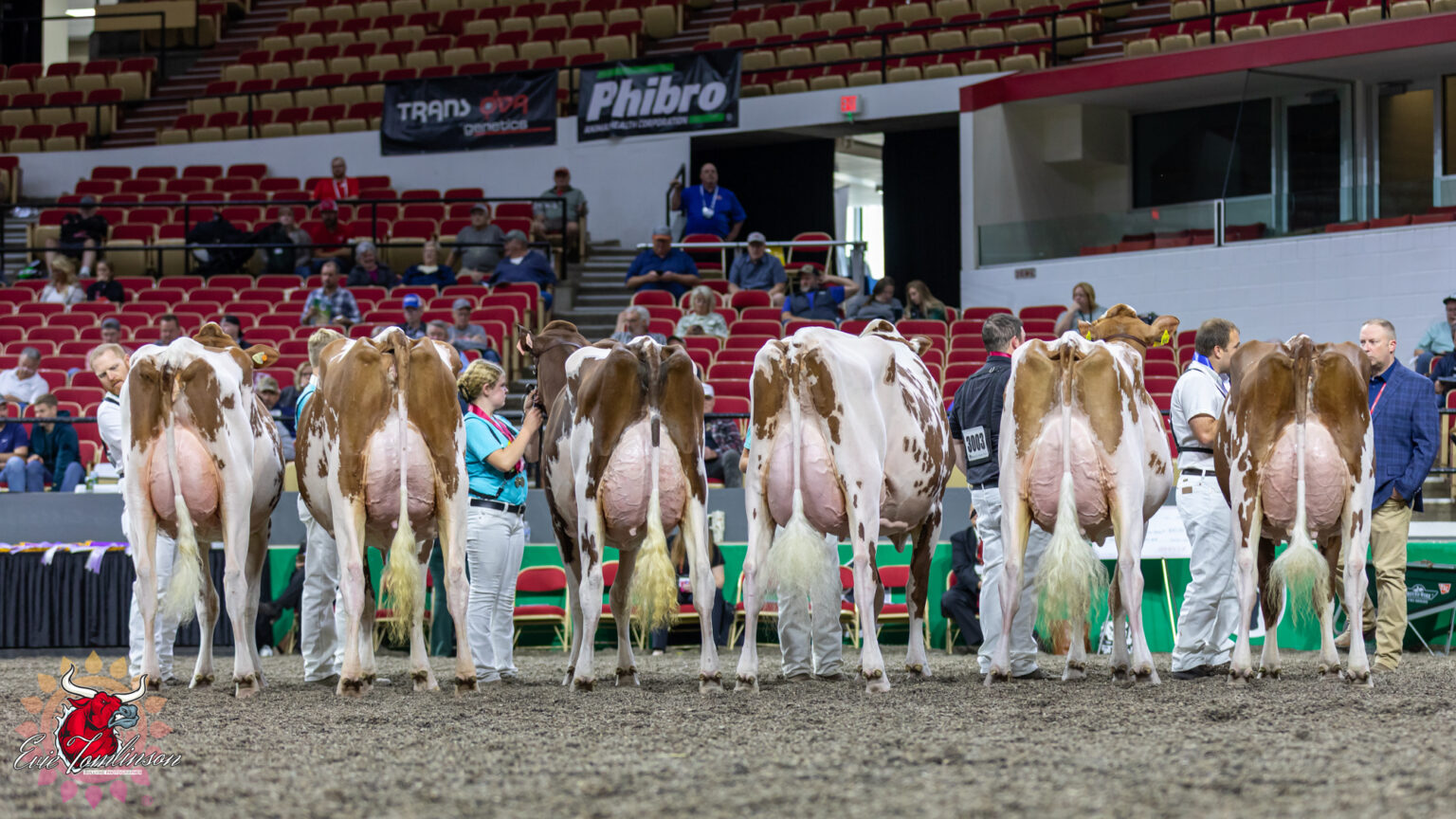















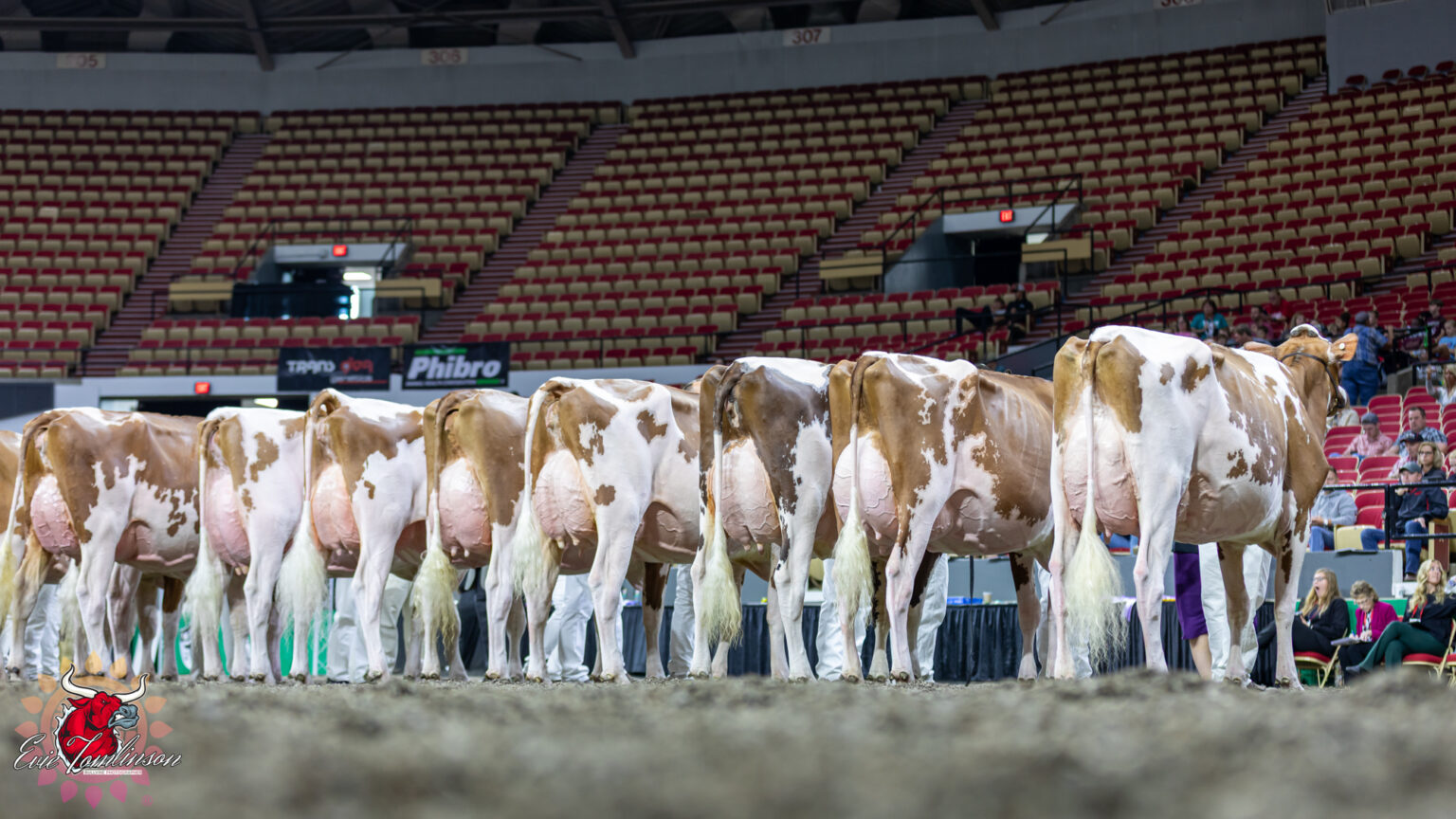











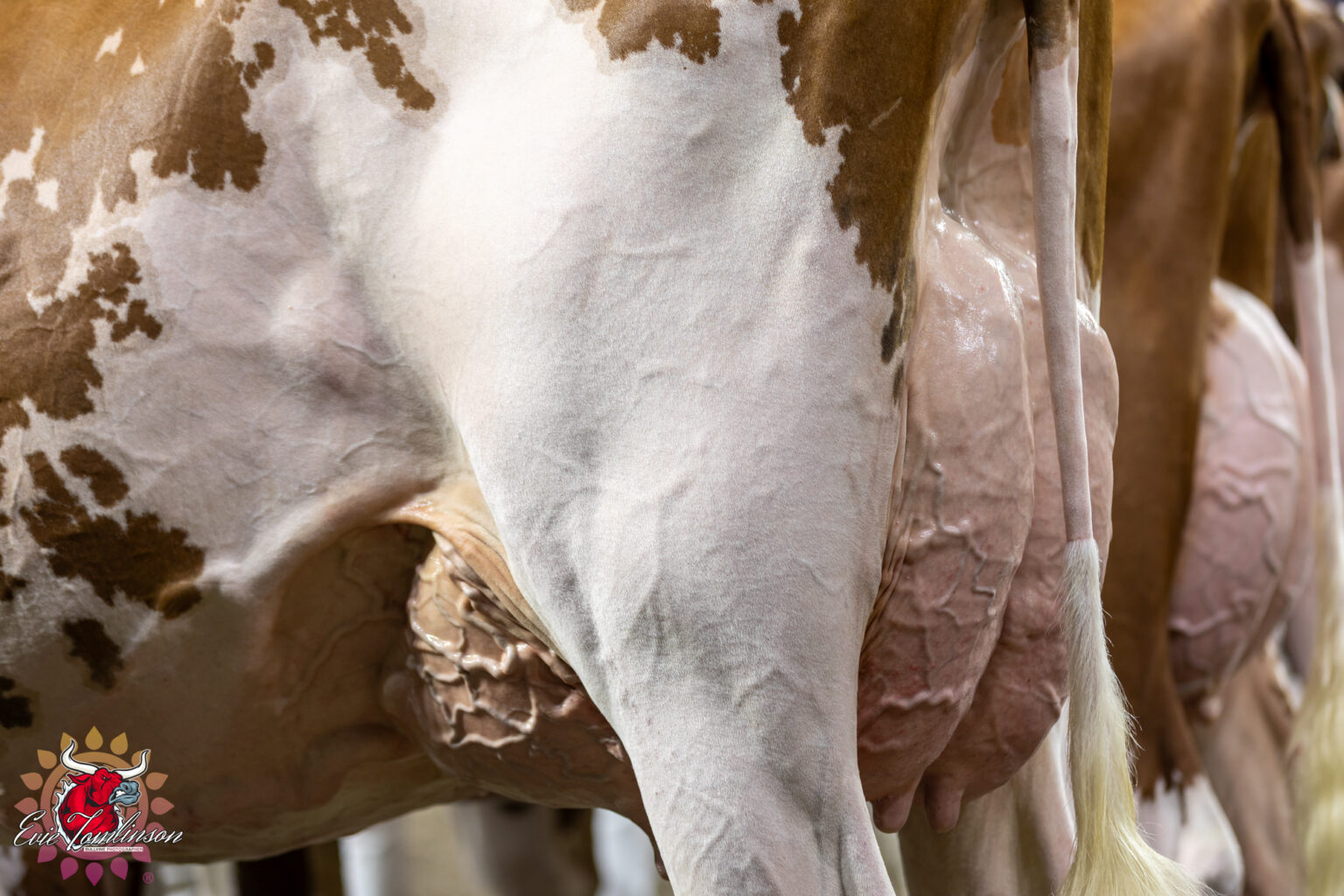






































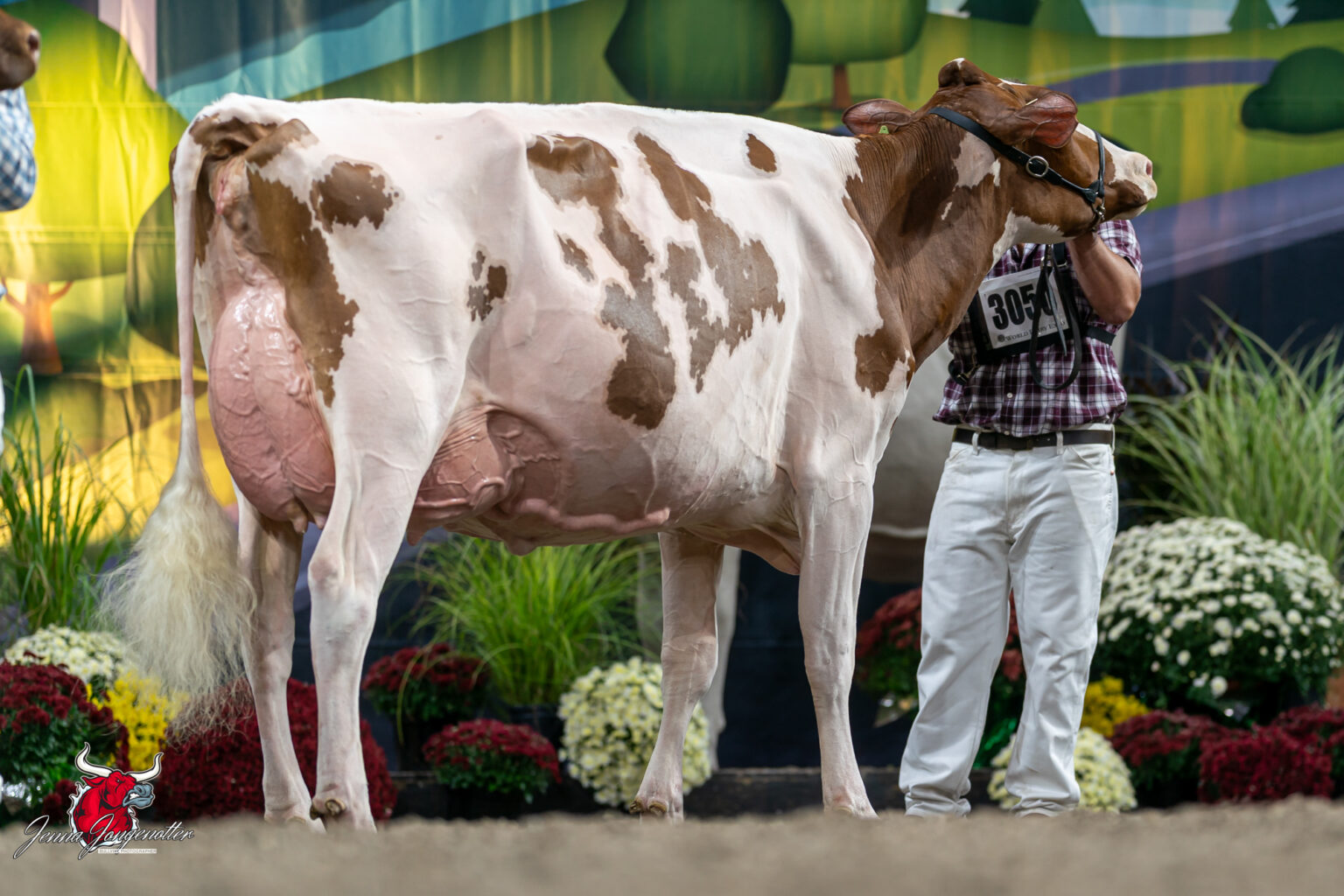




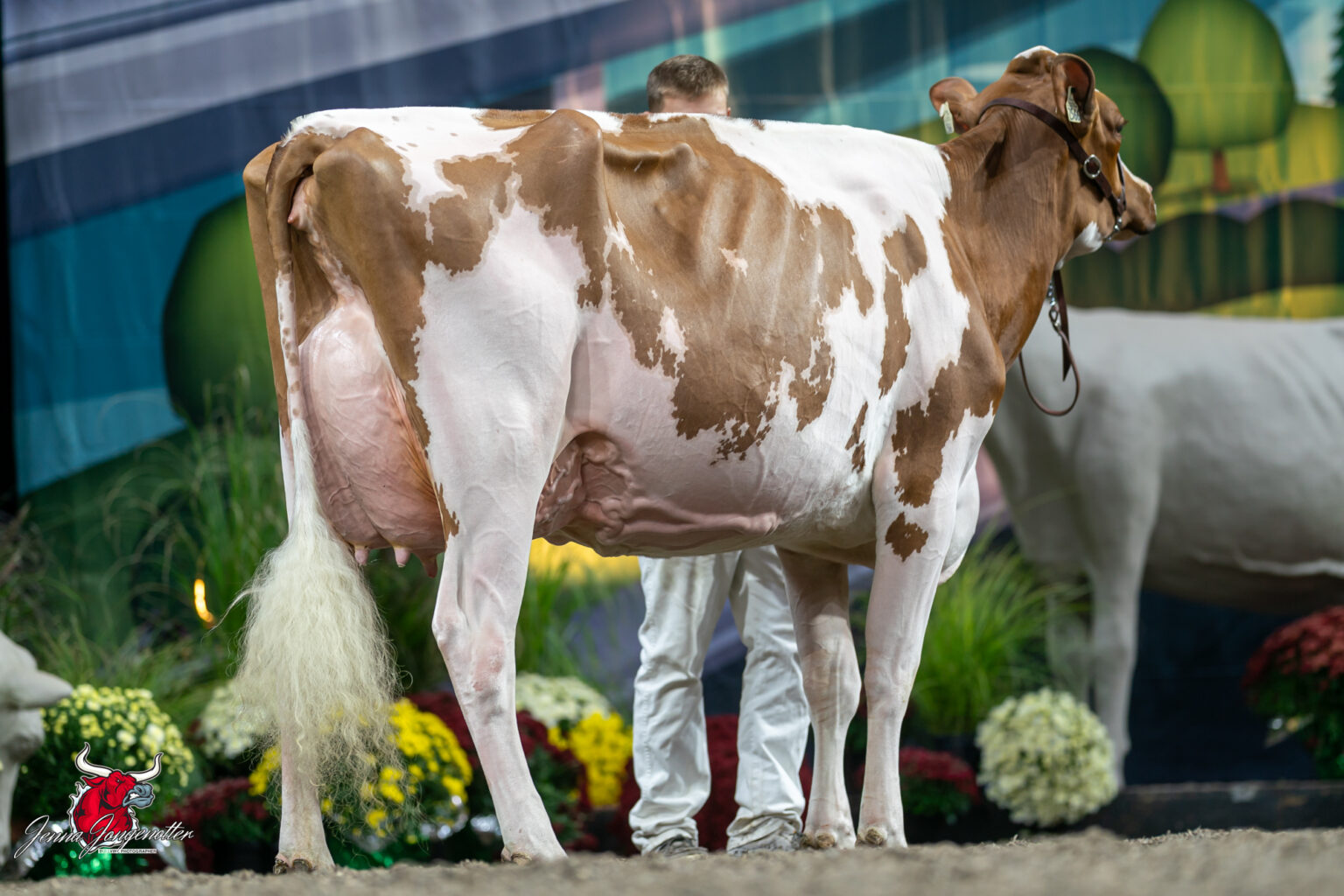


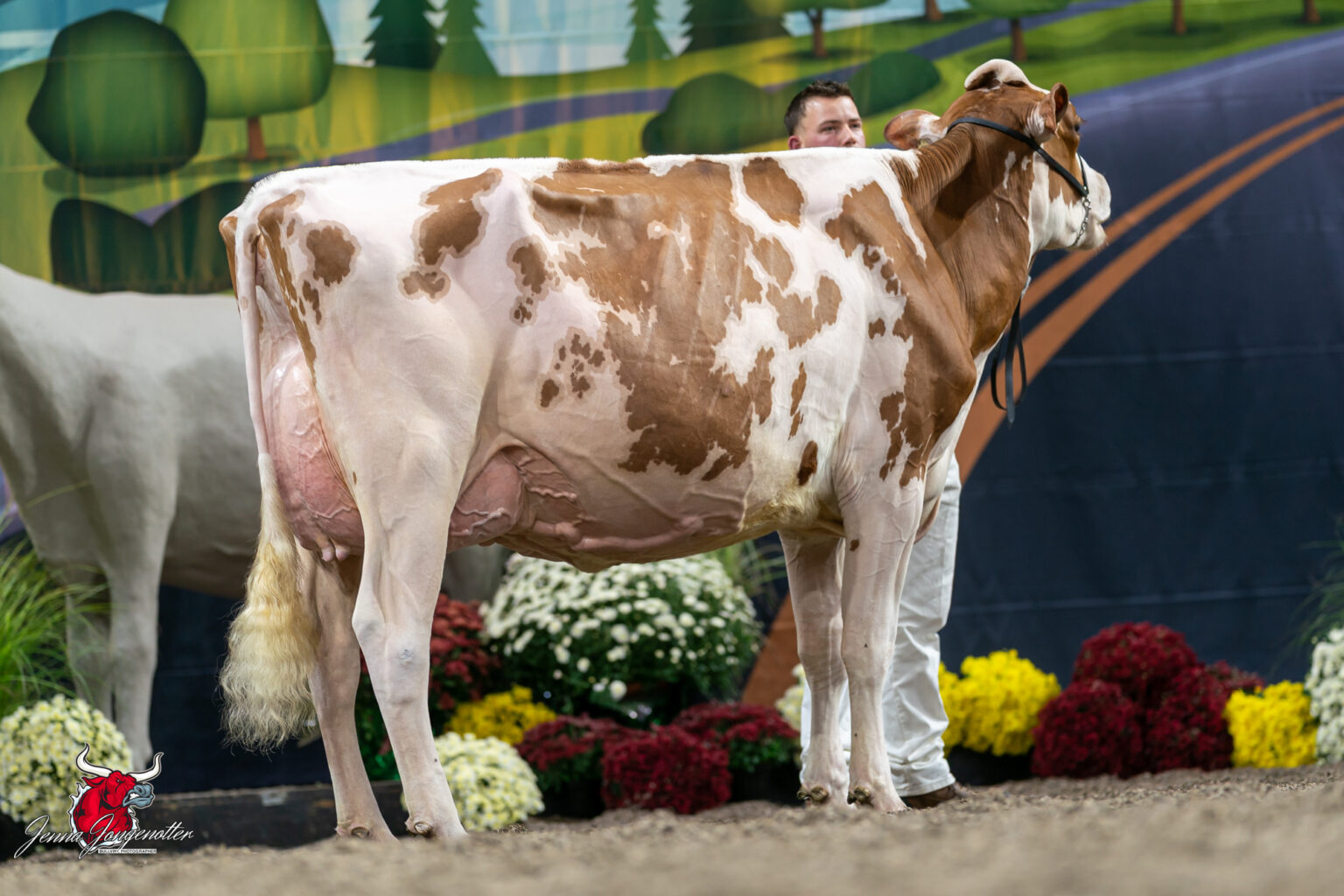









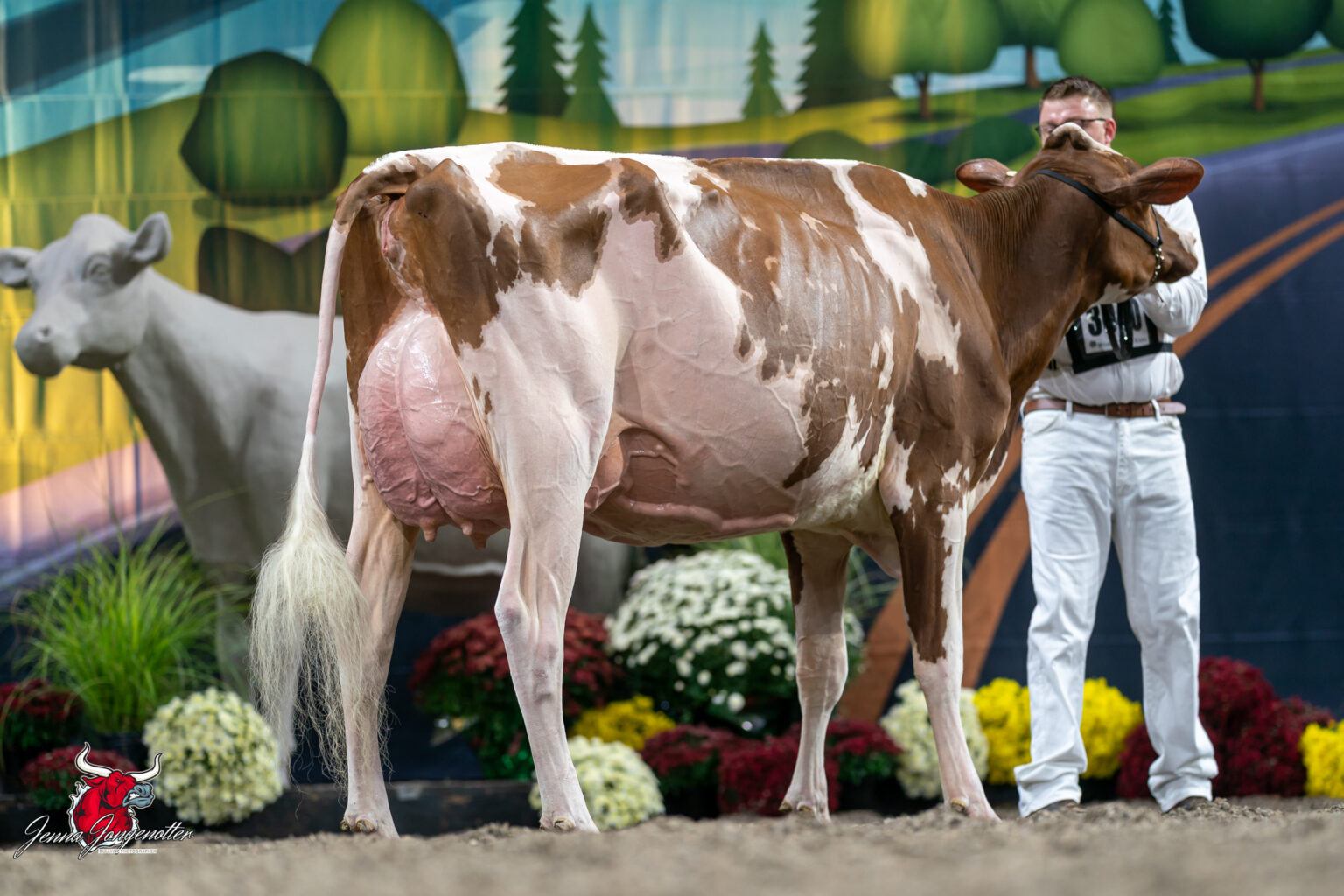






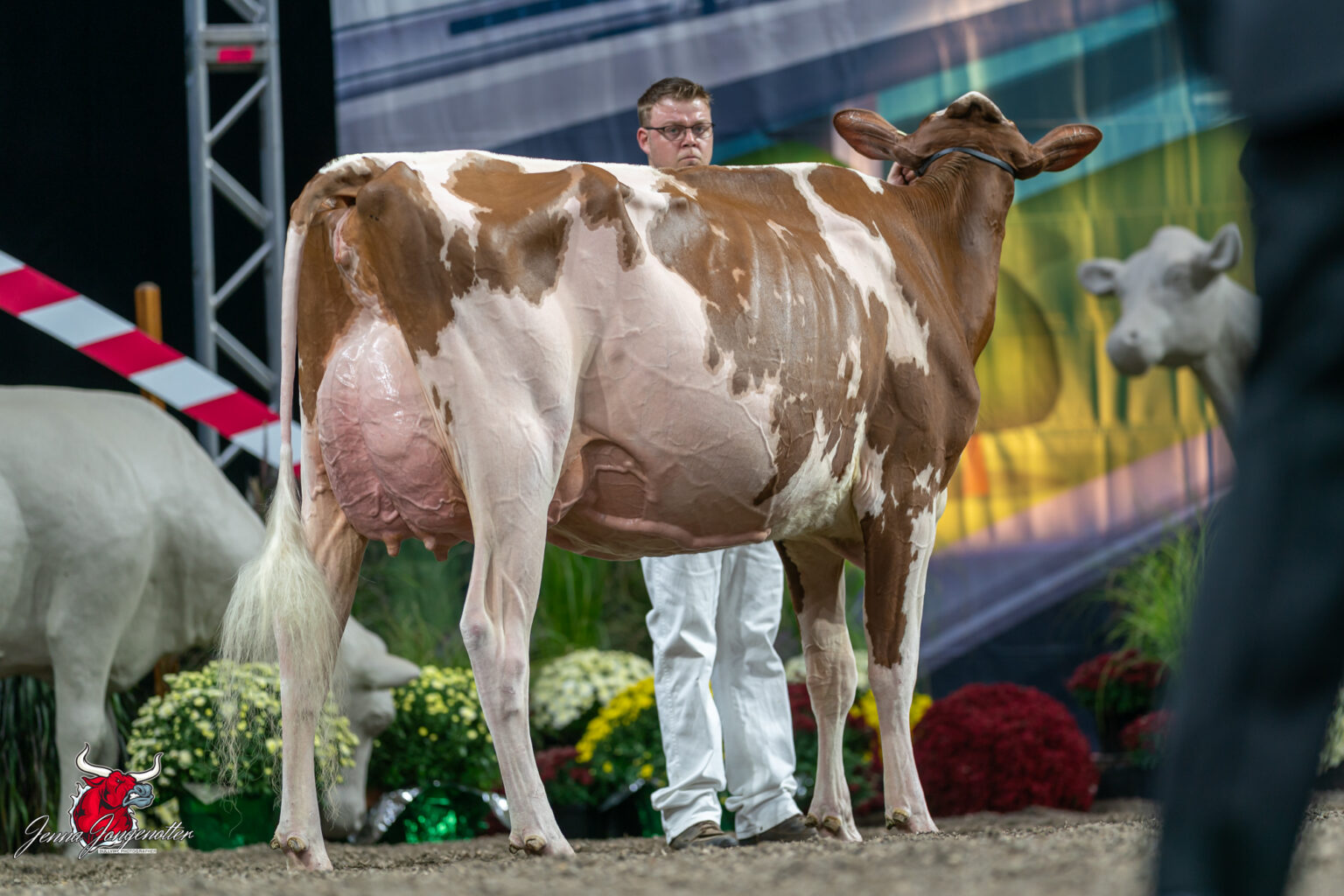












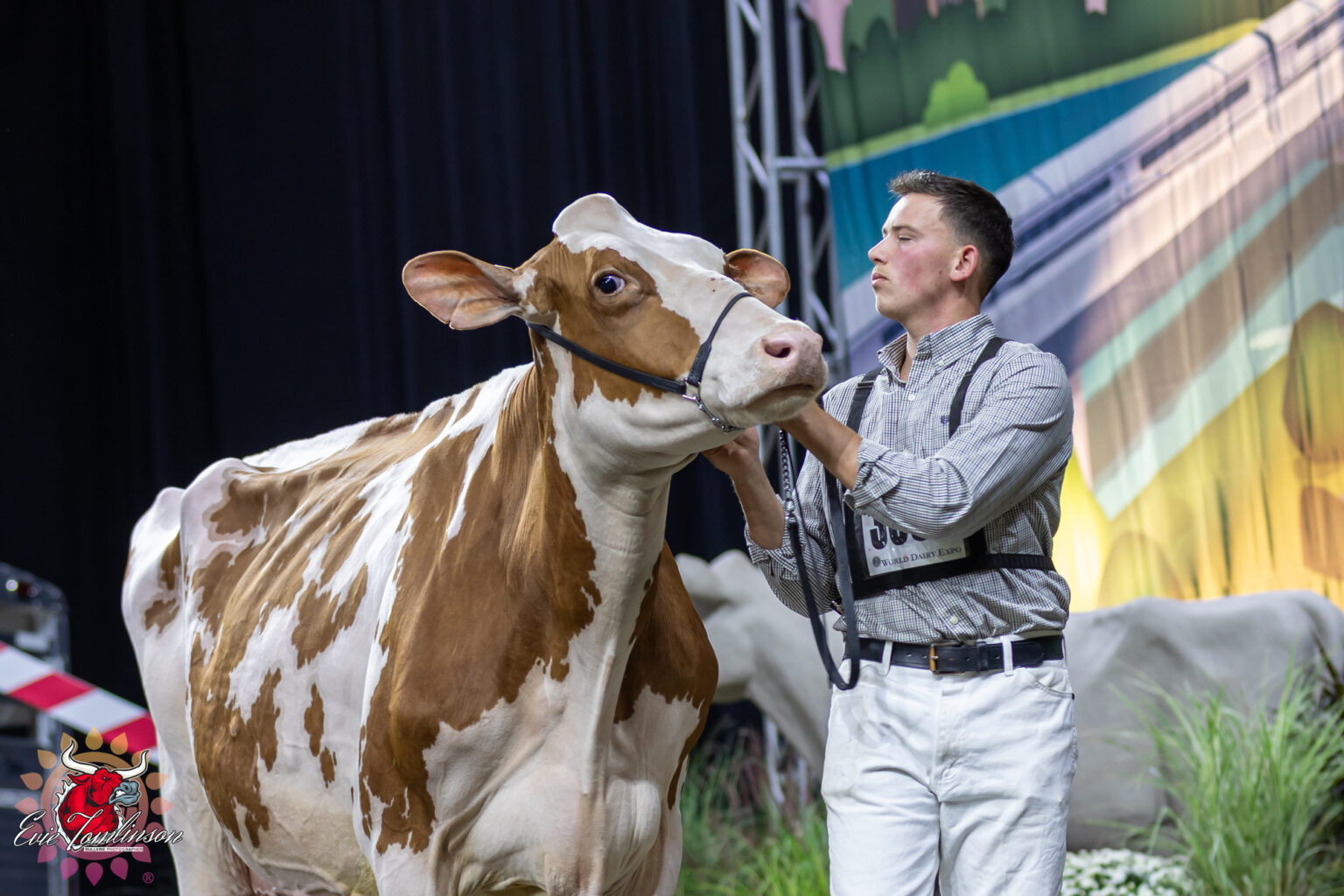












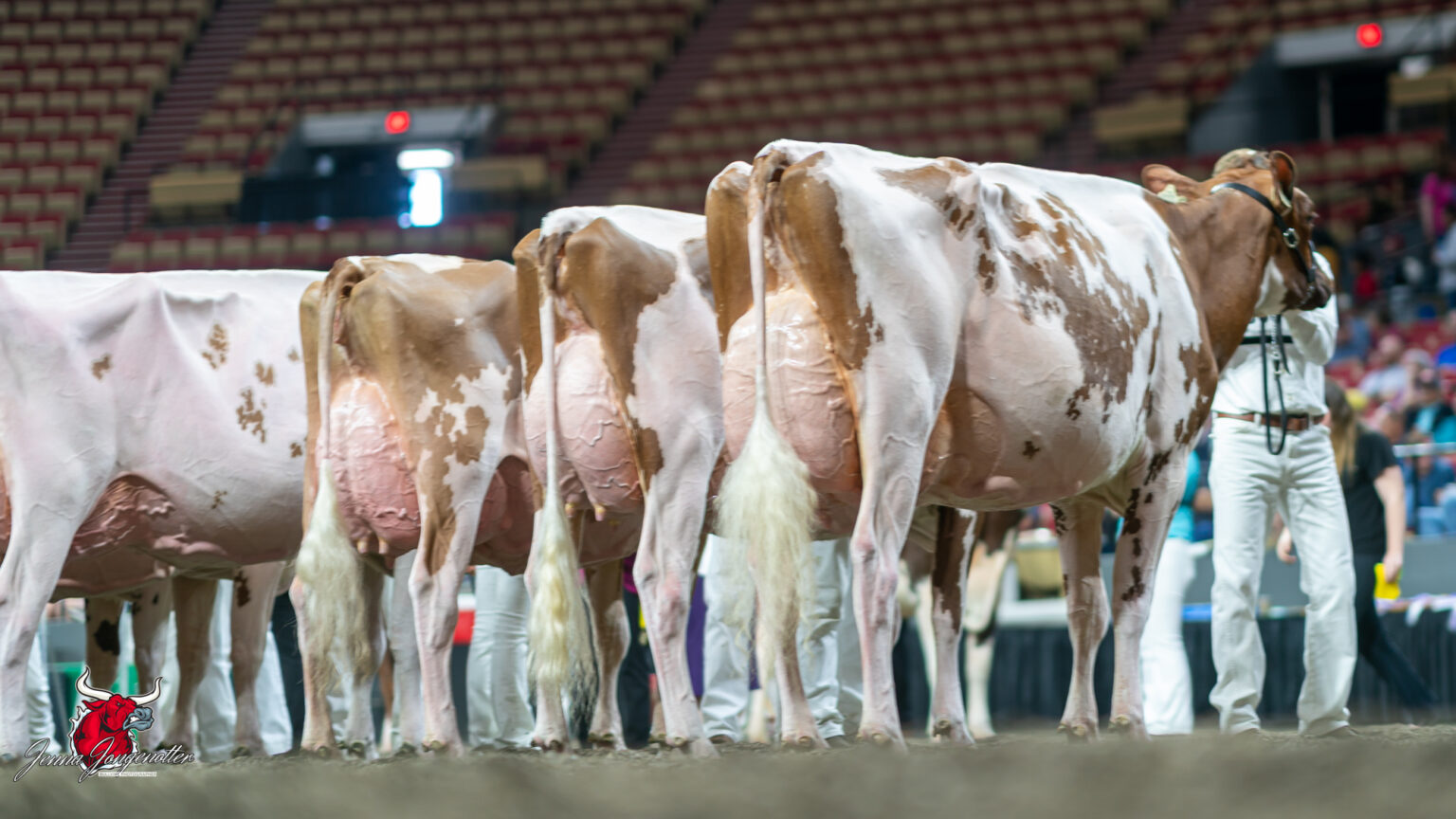








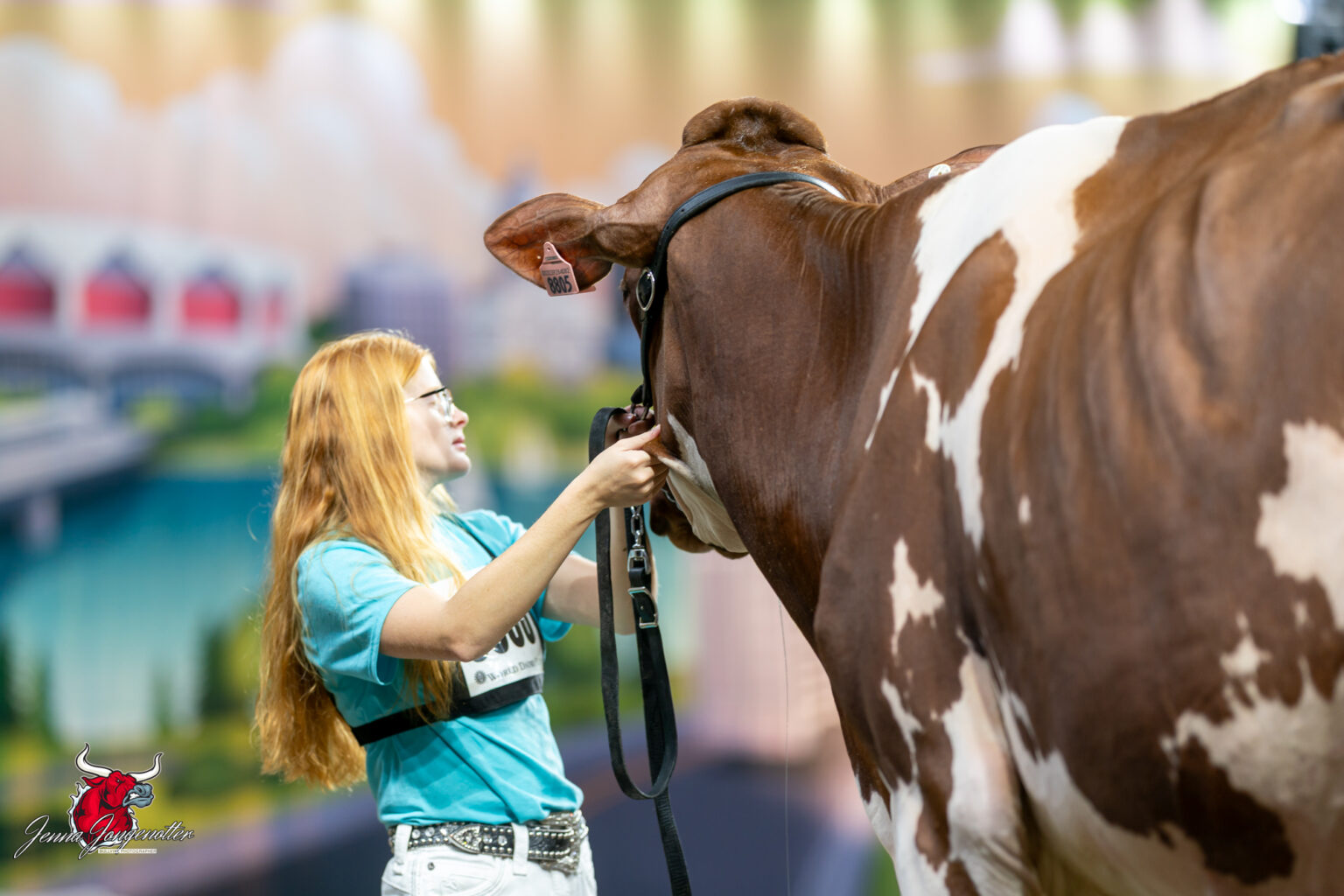































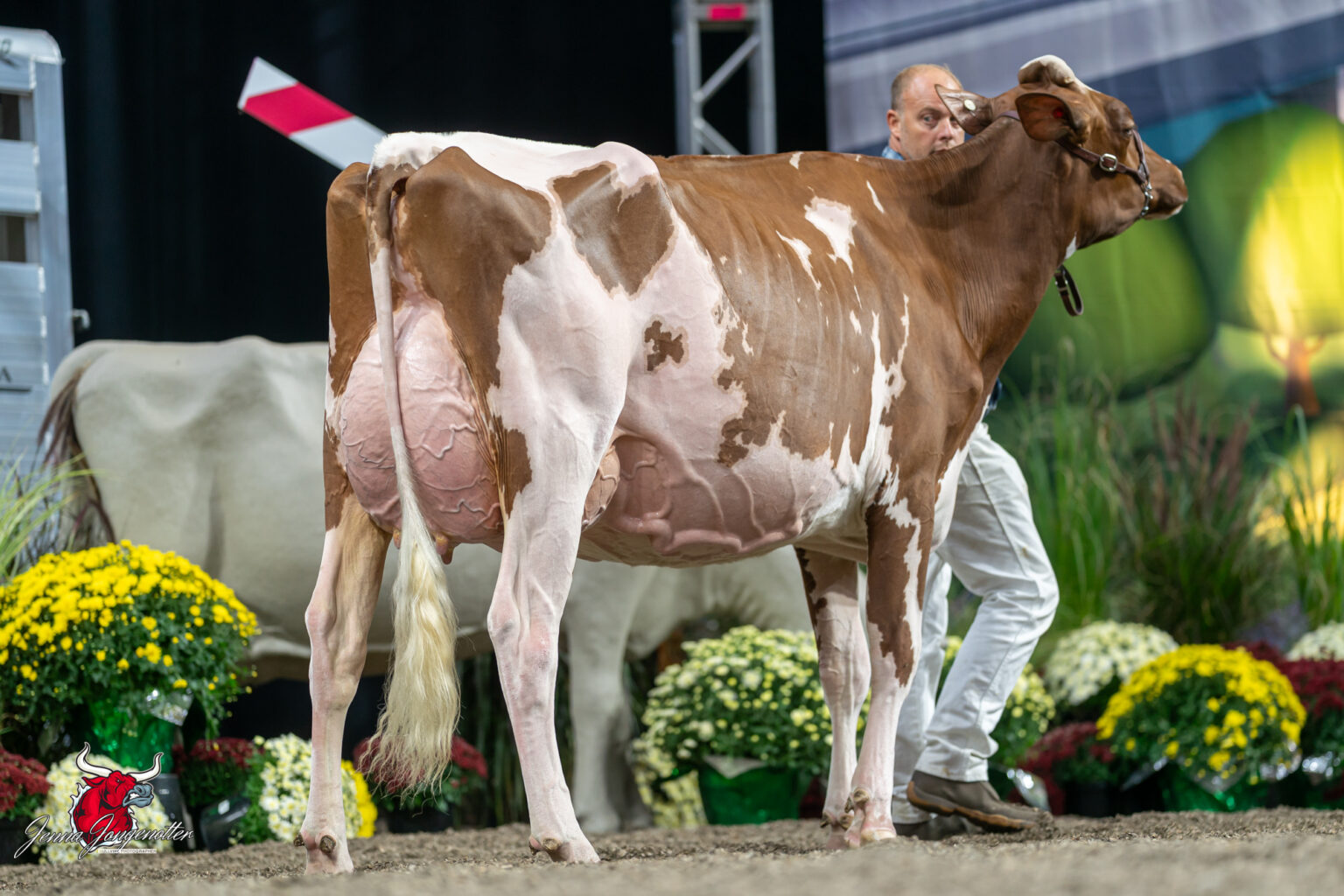






















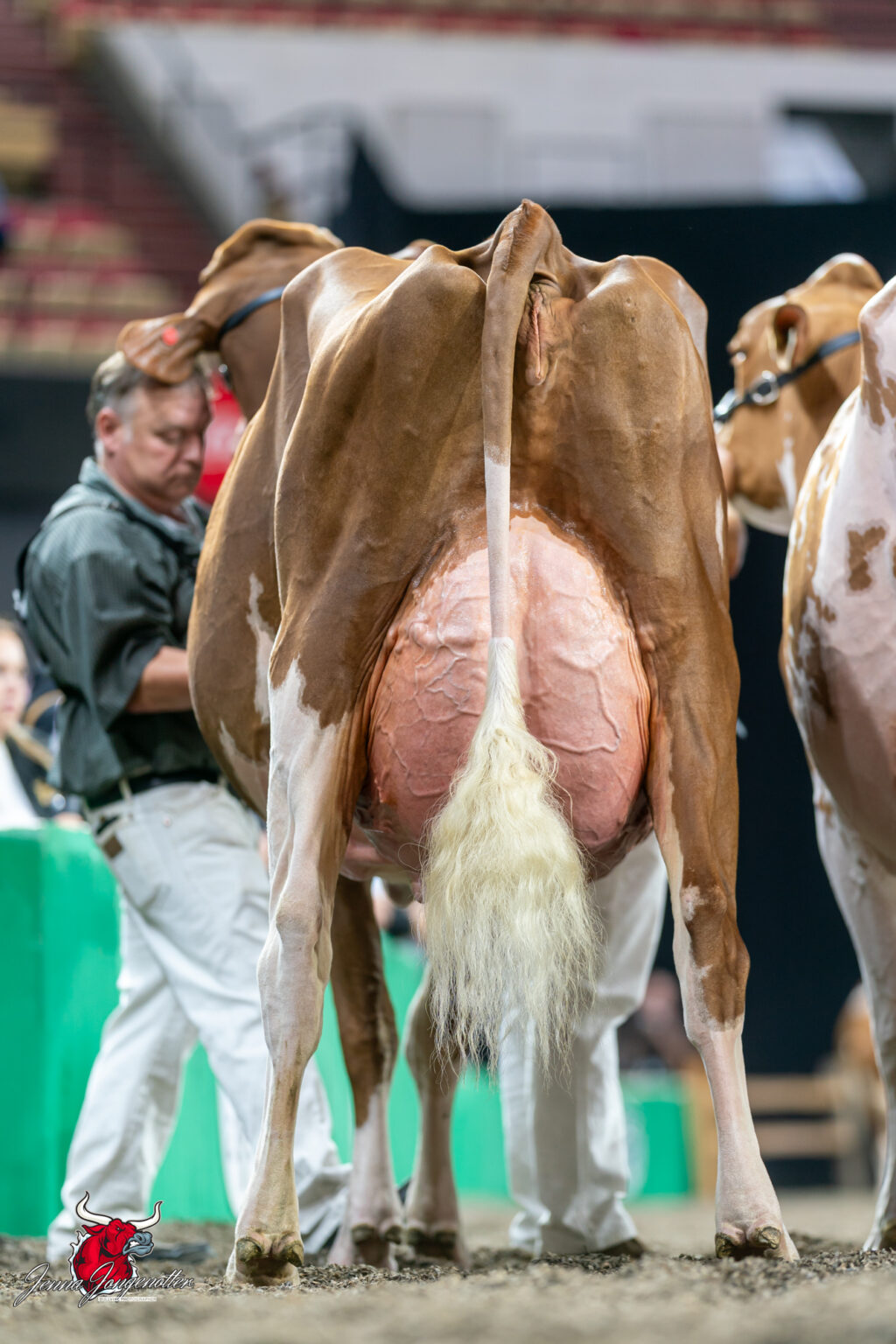

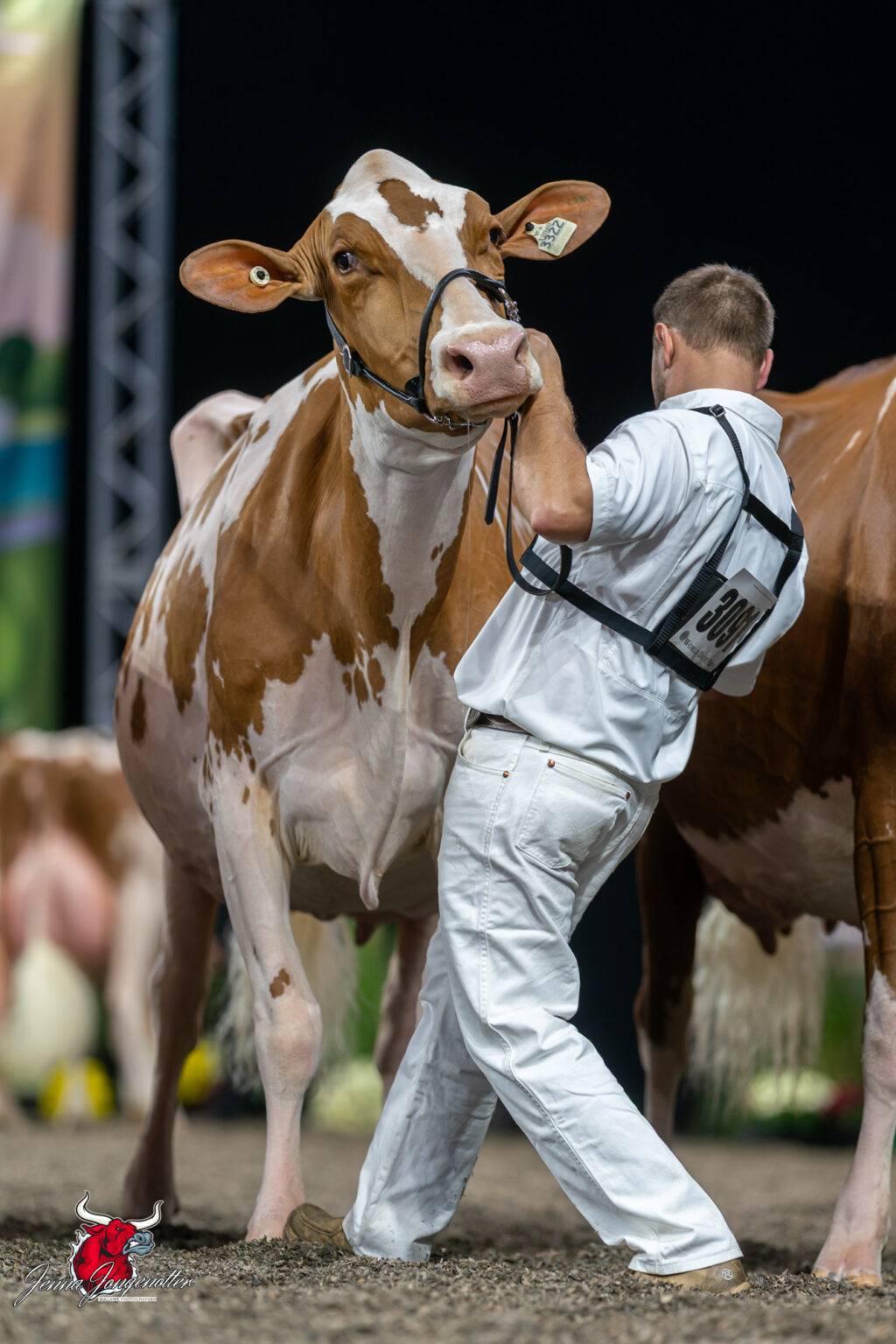




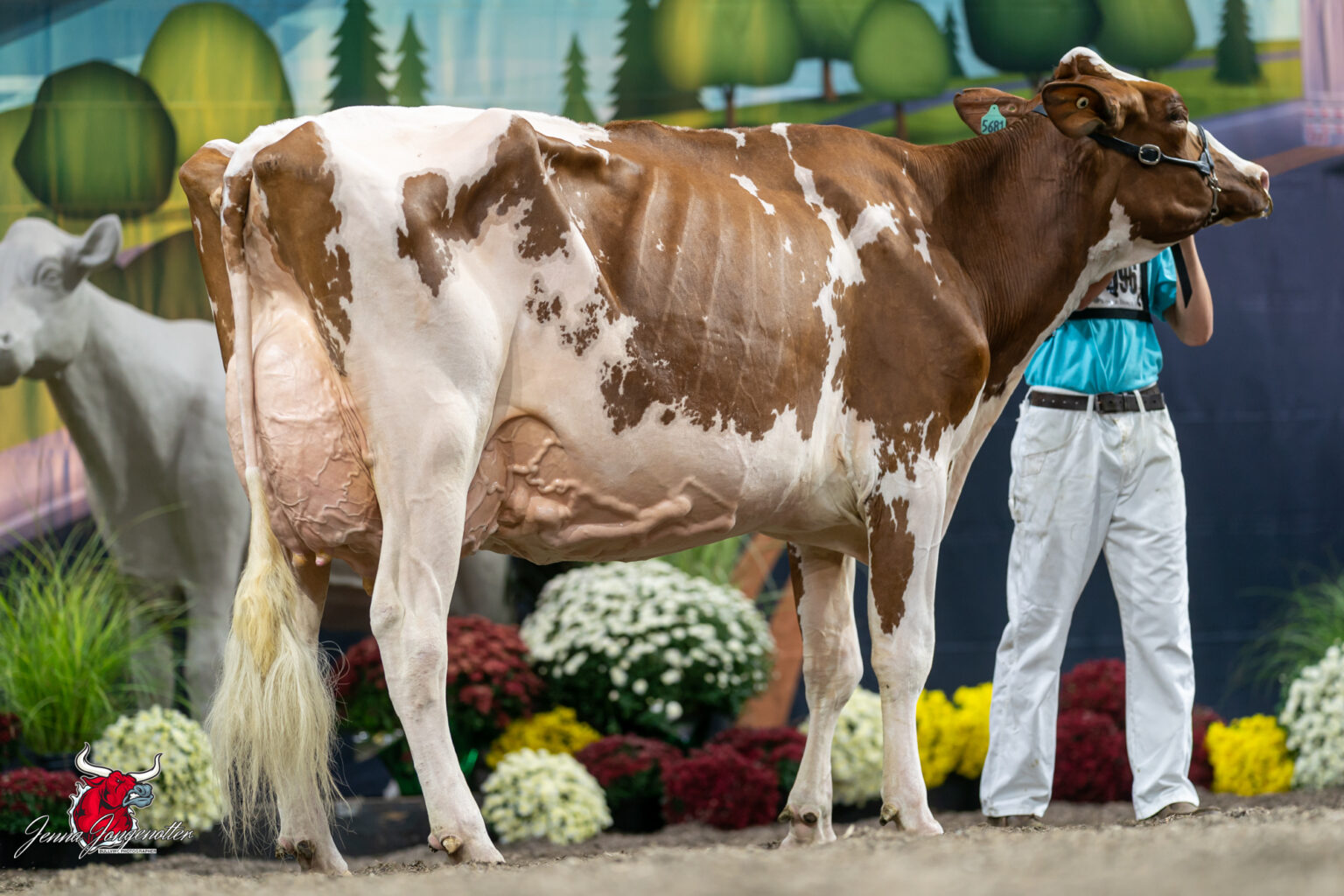

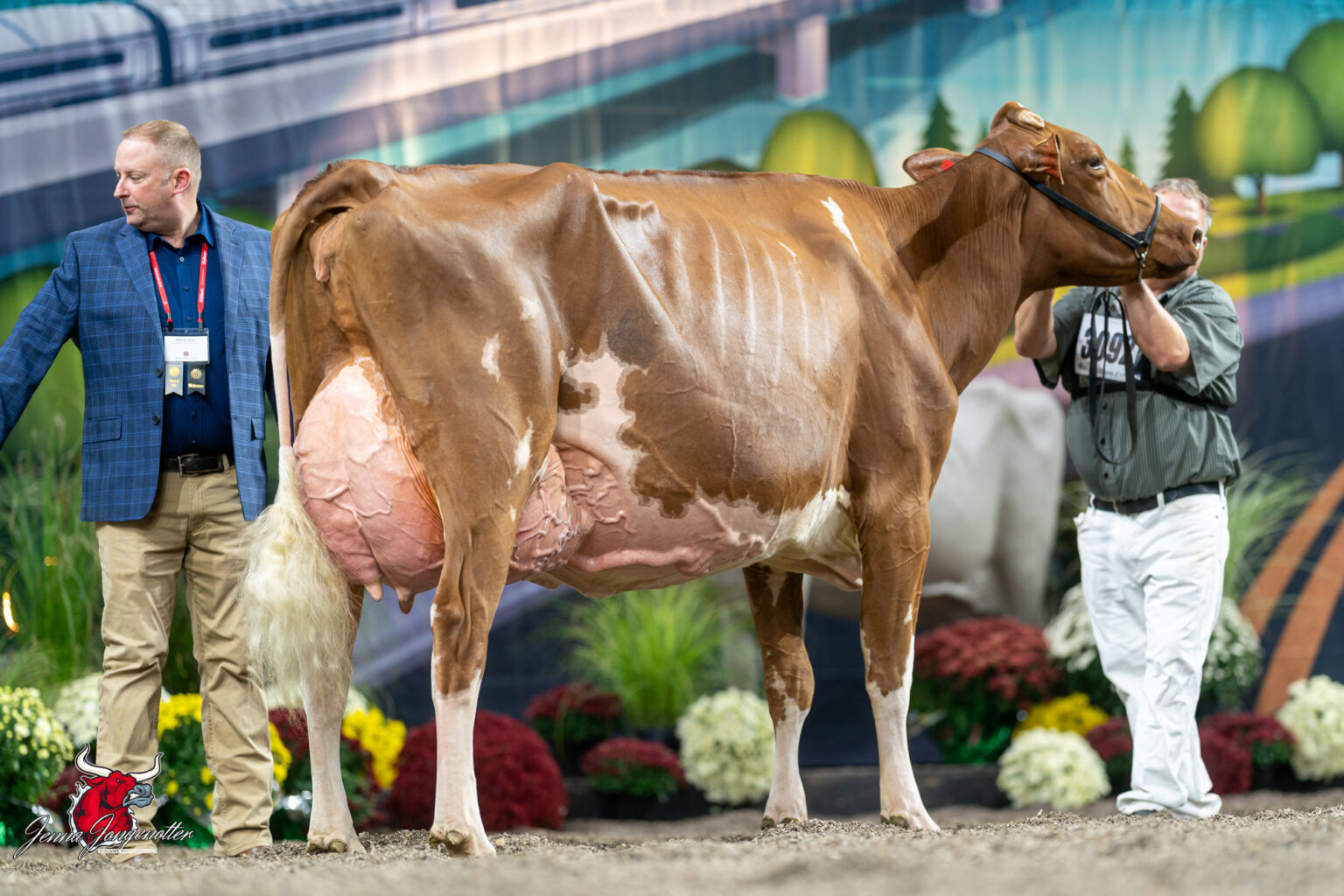
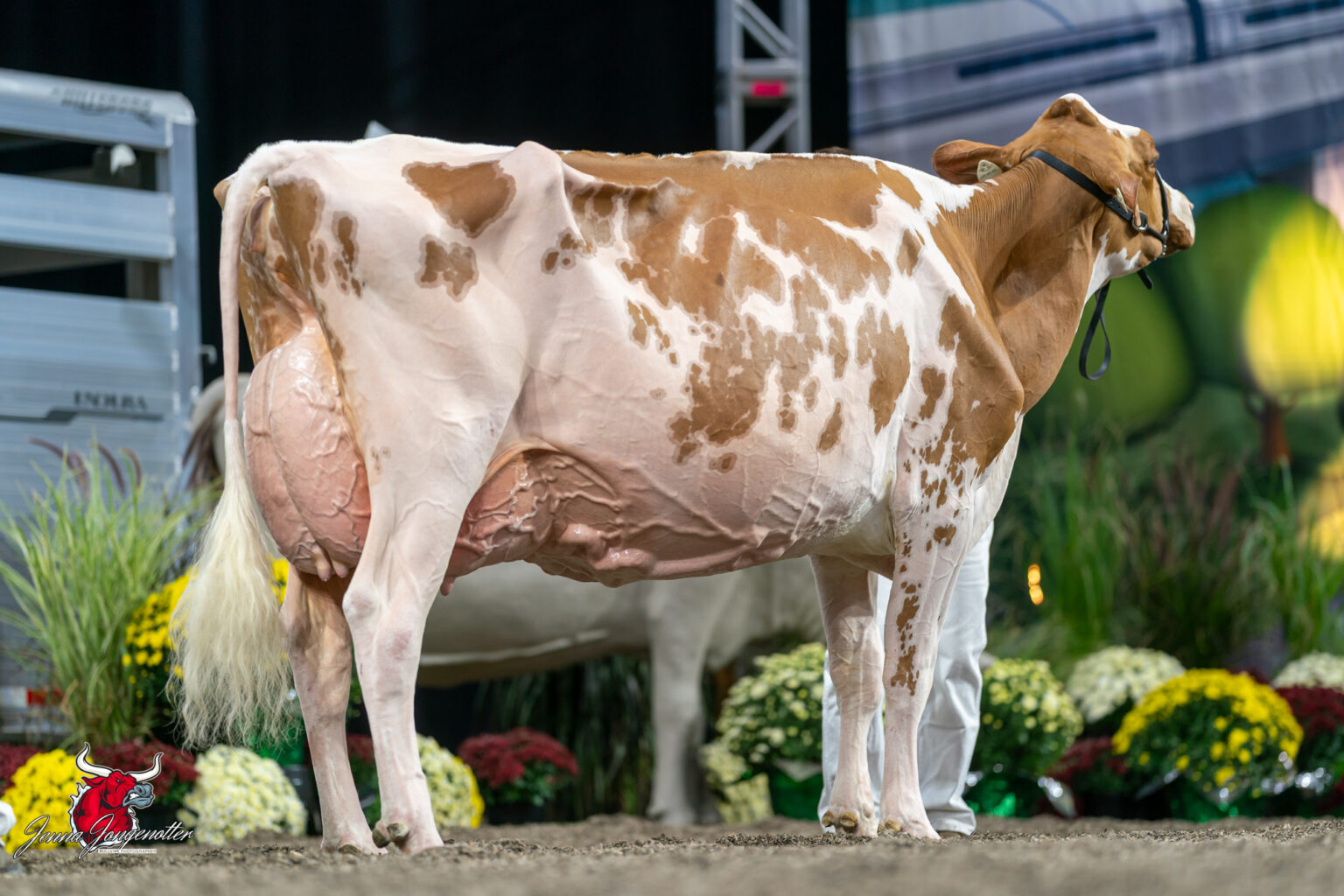



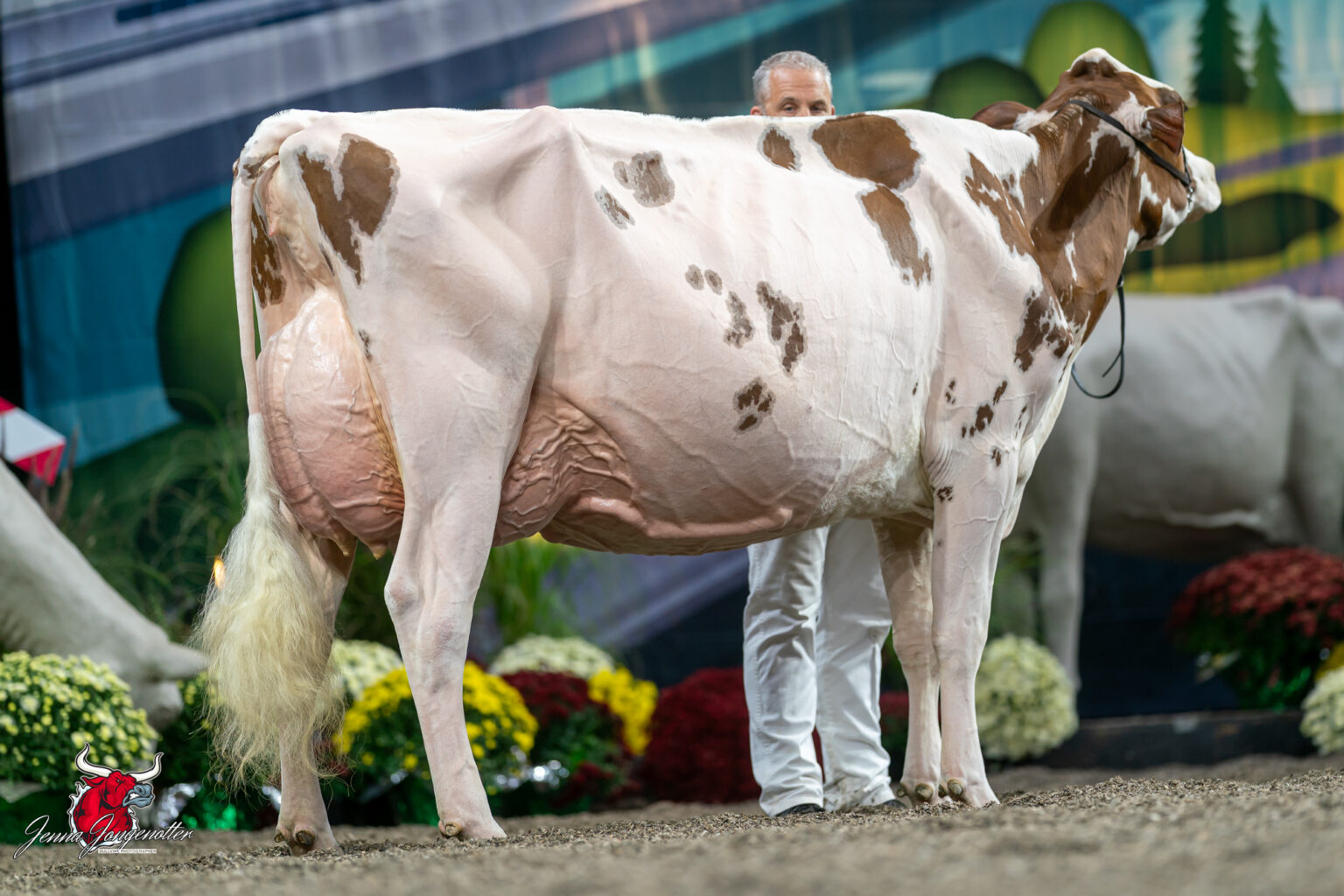













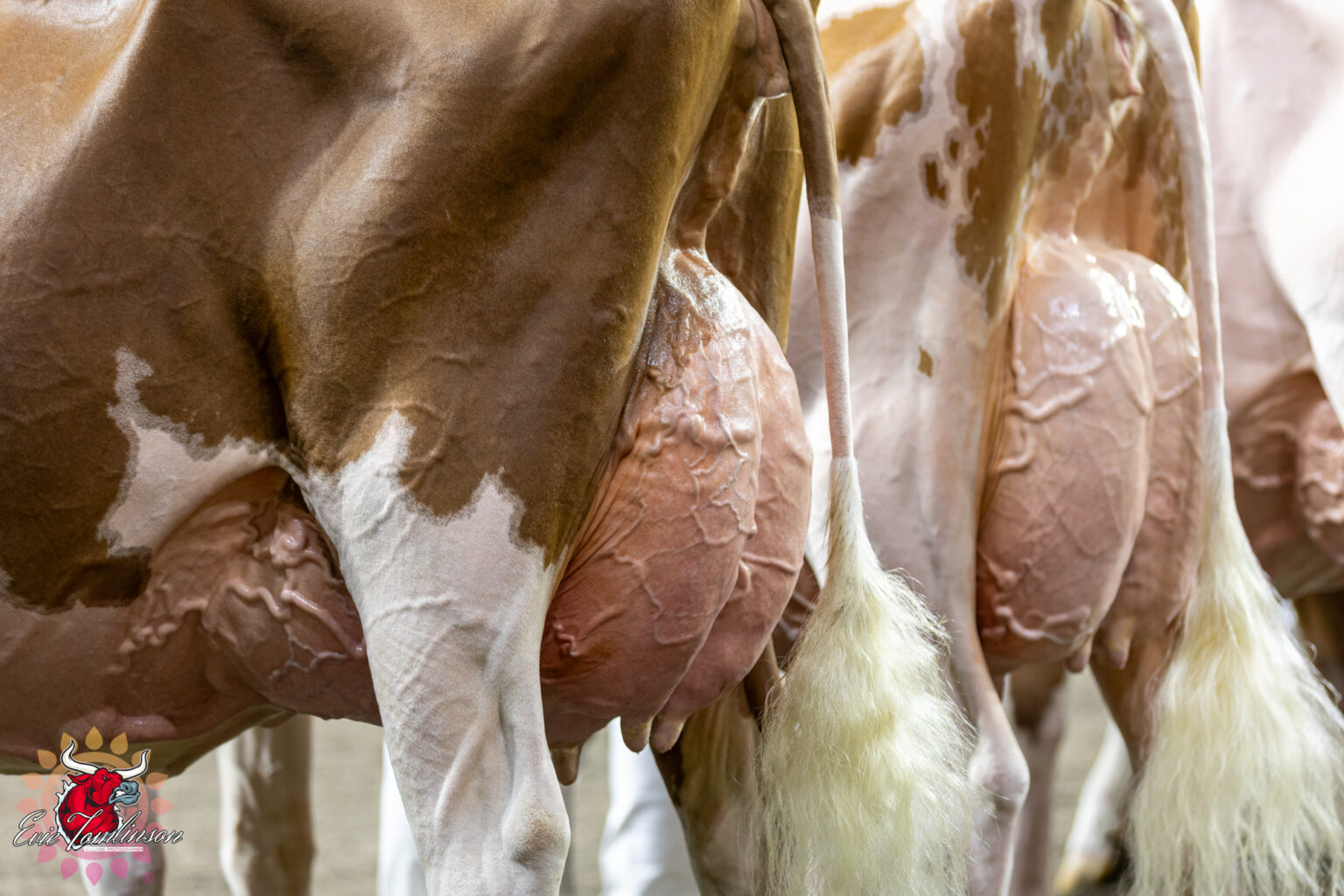




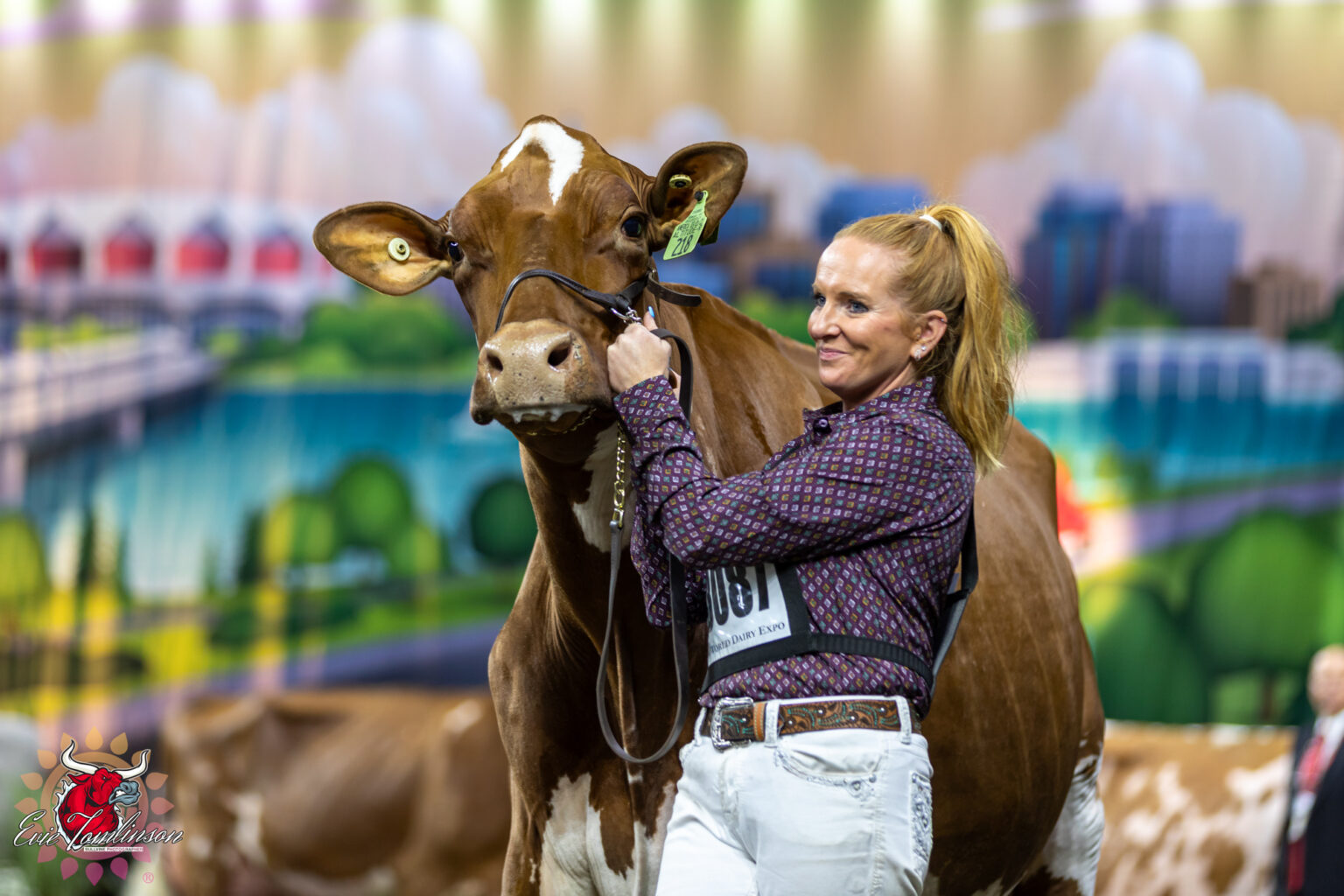









































































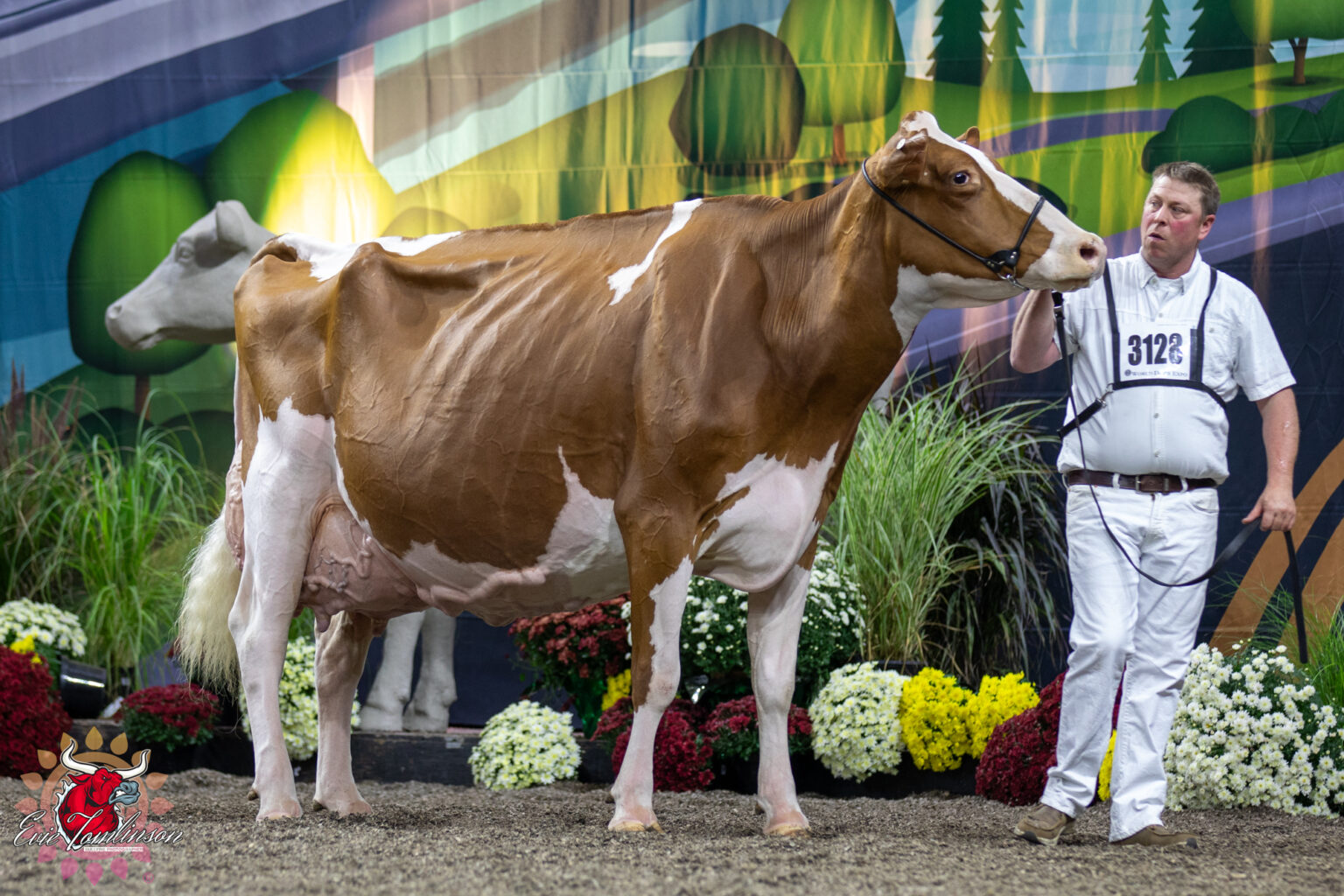
 Join the Revolution!
Join the Revolution!



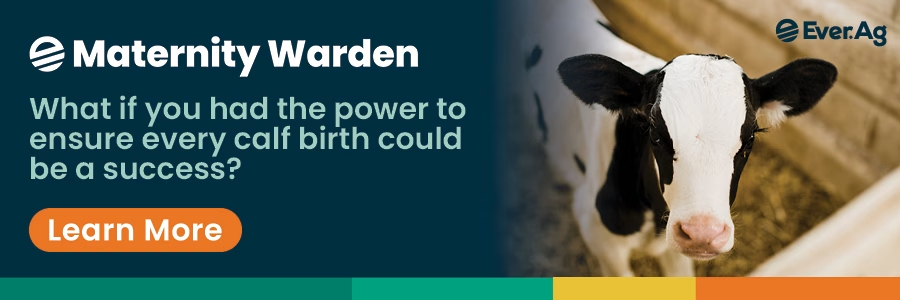




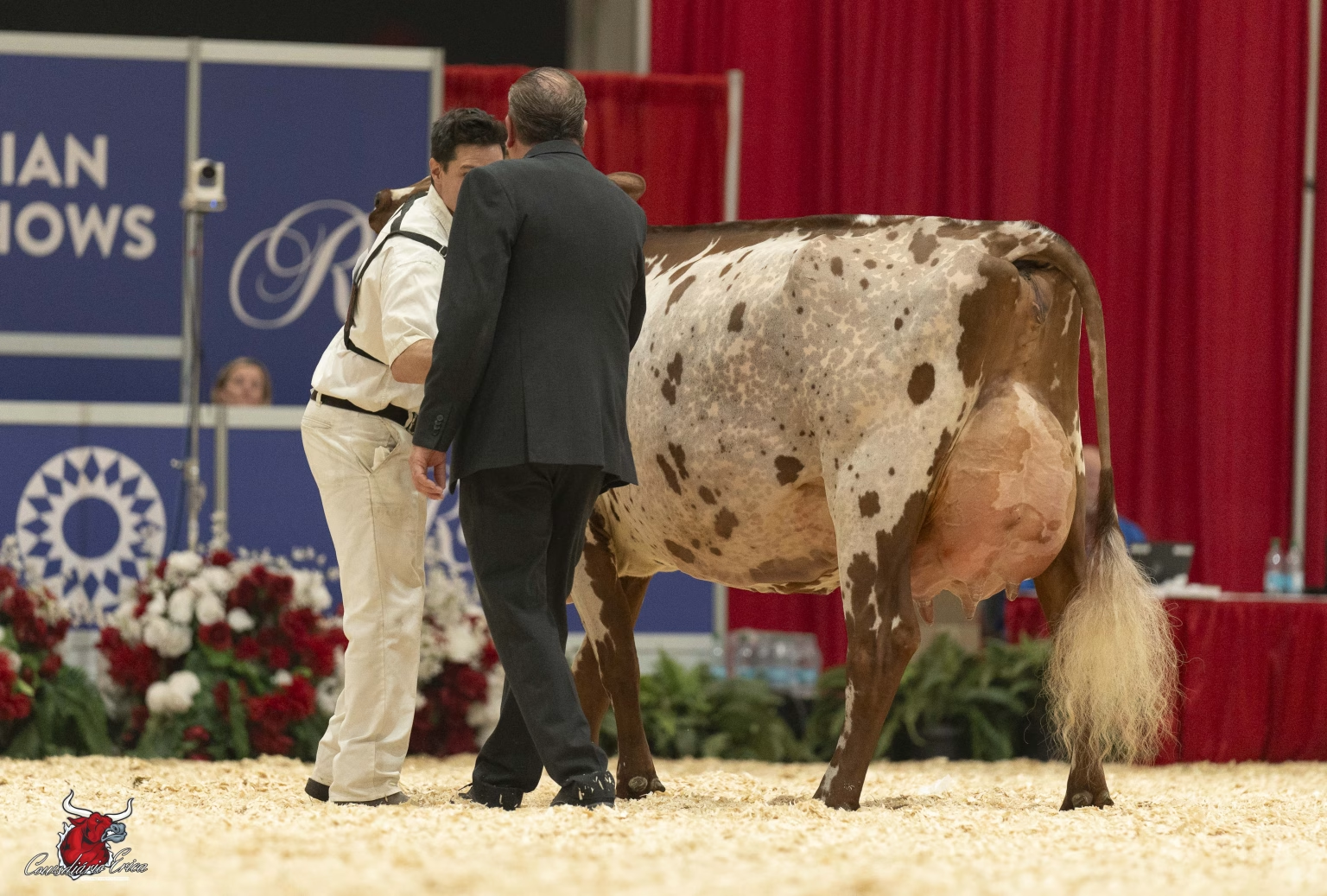



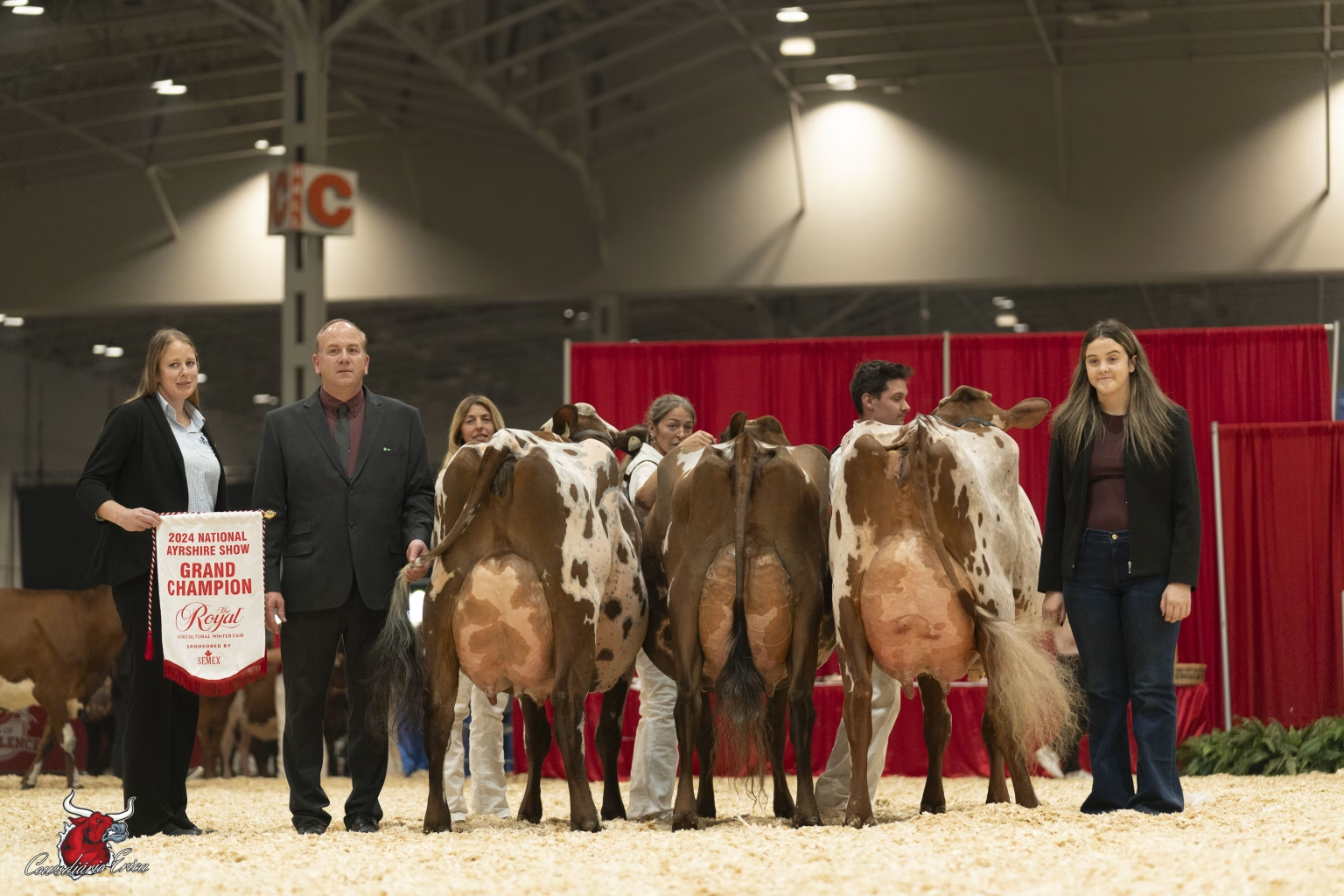

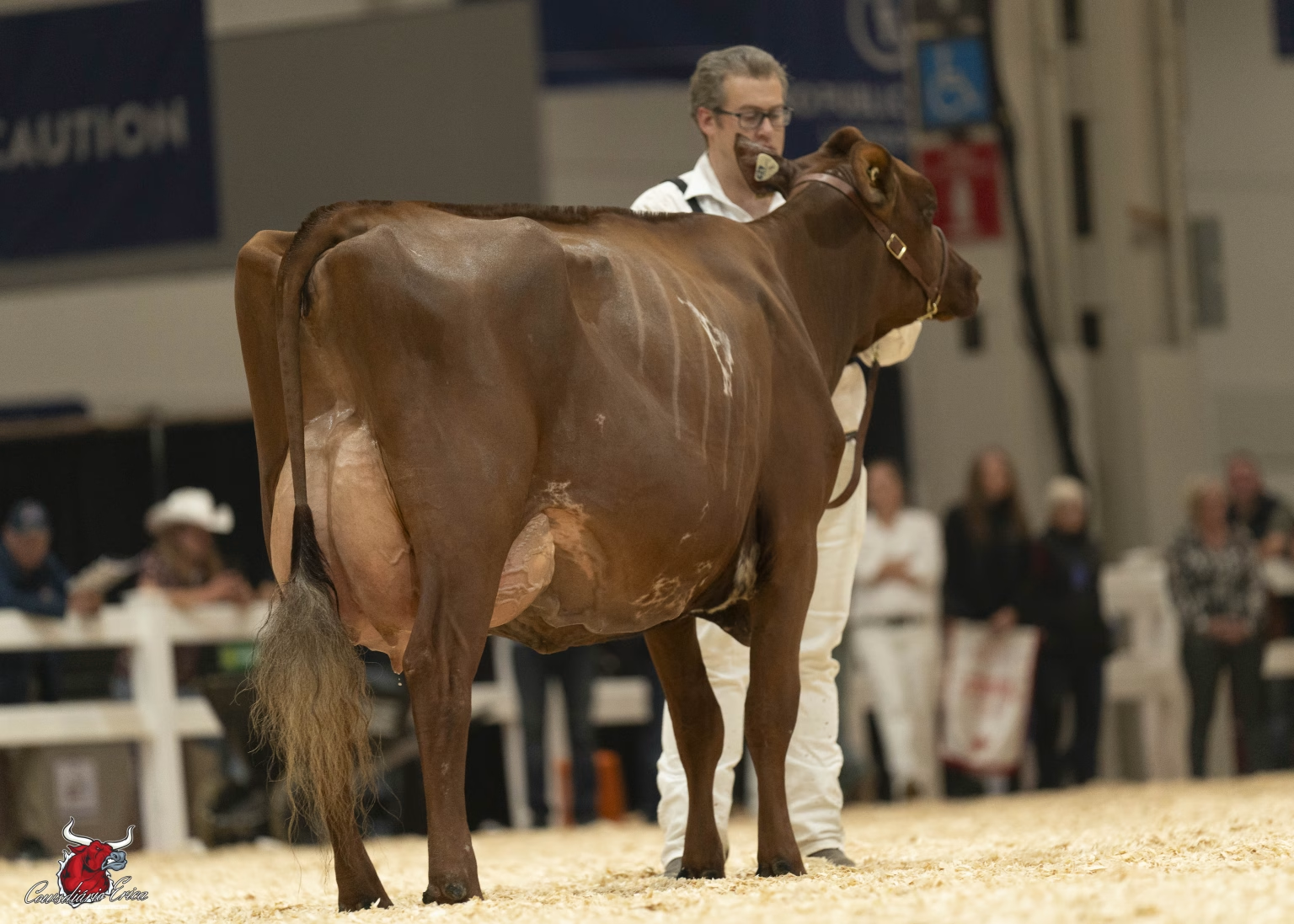





















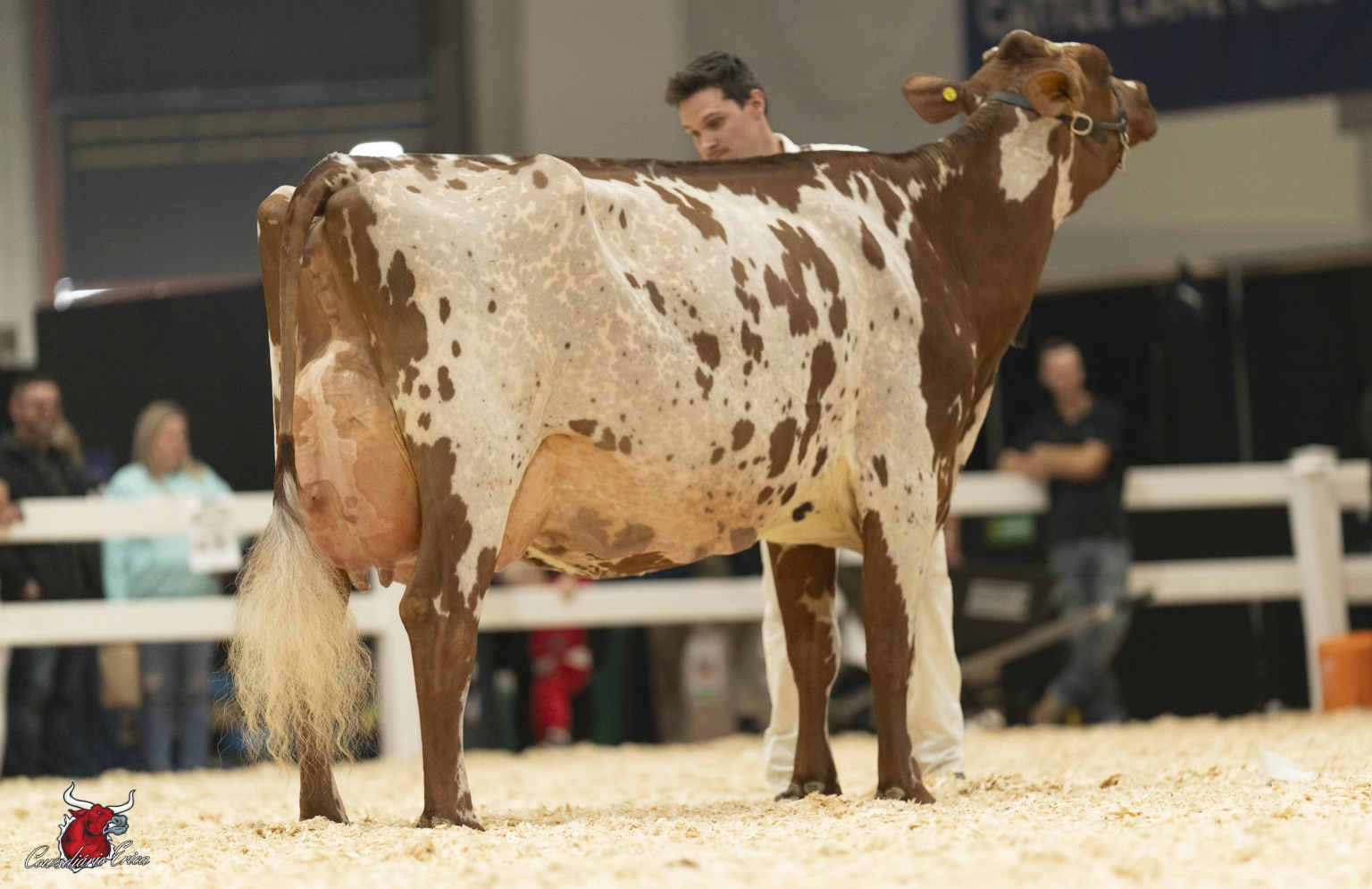

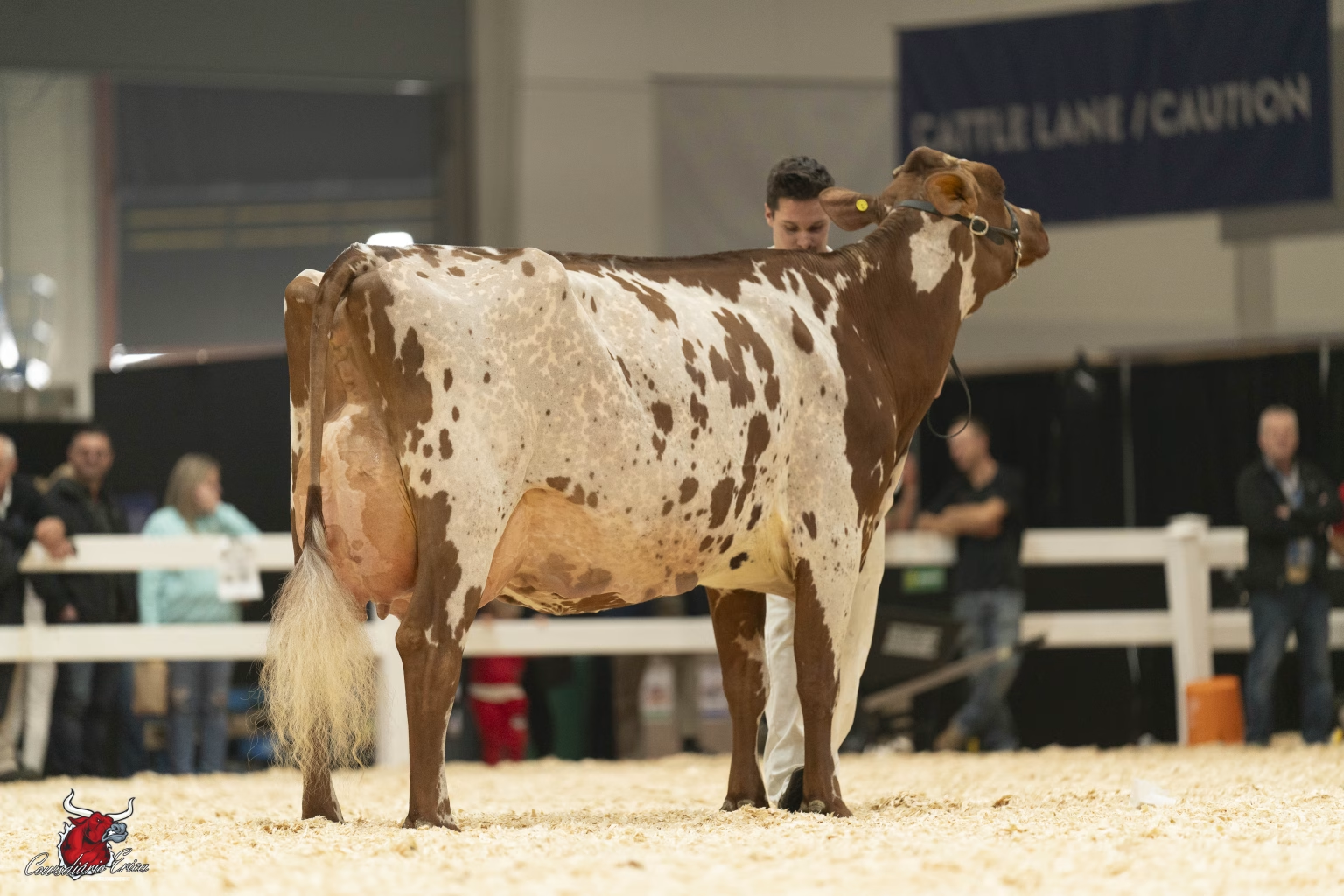



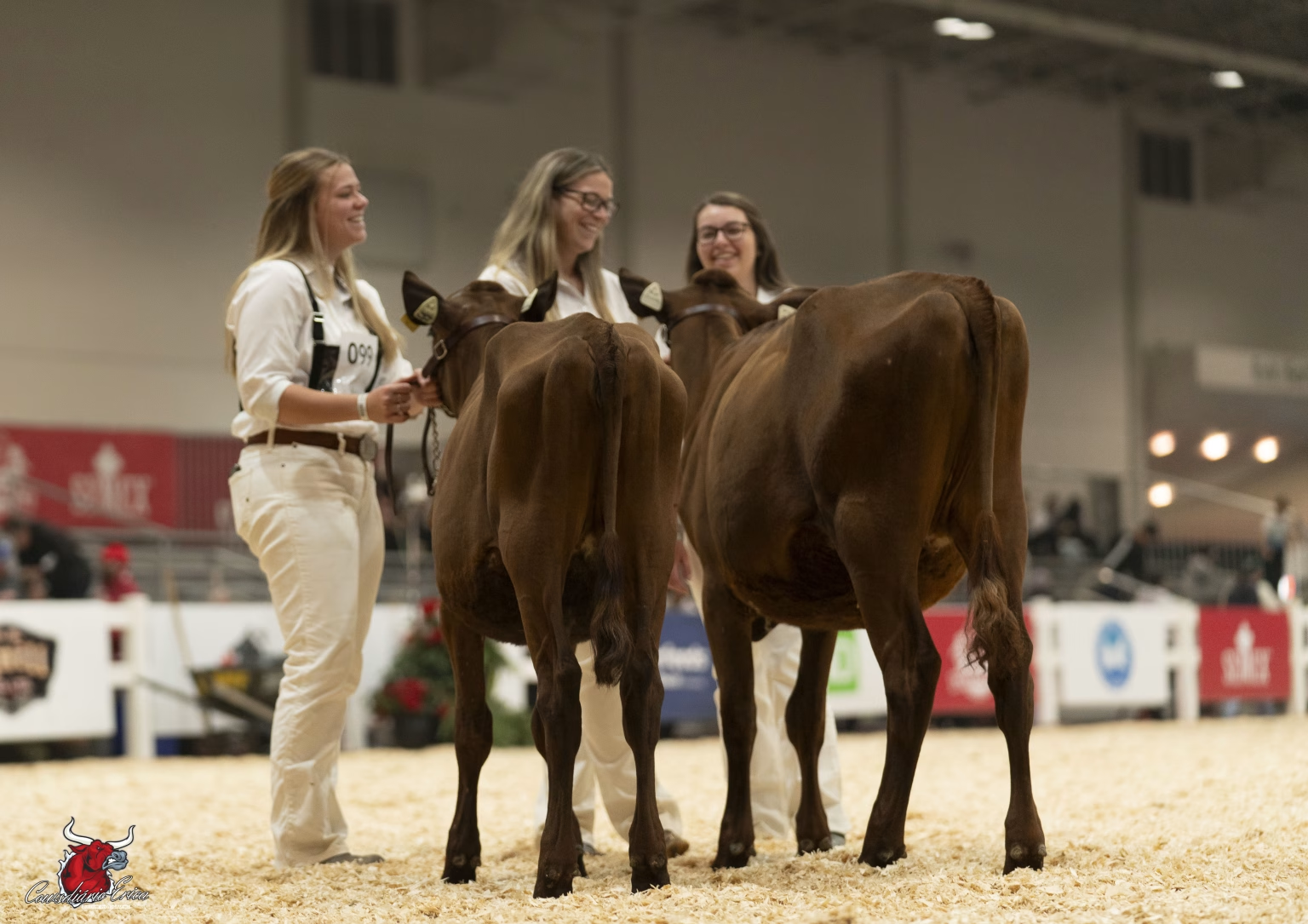






























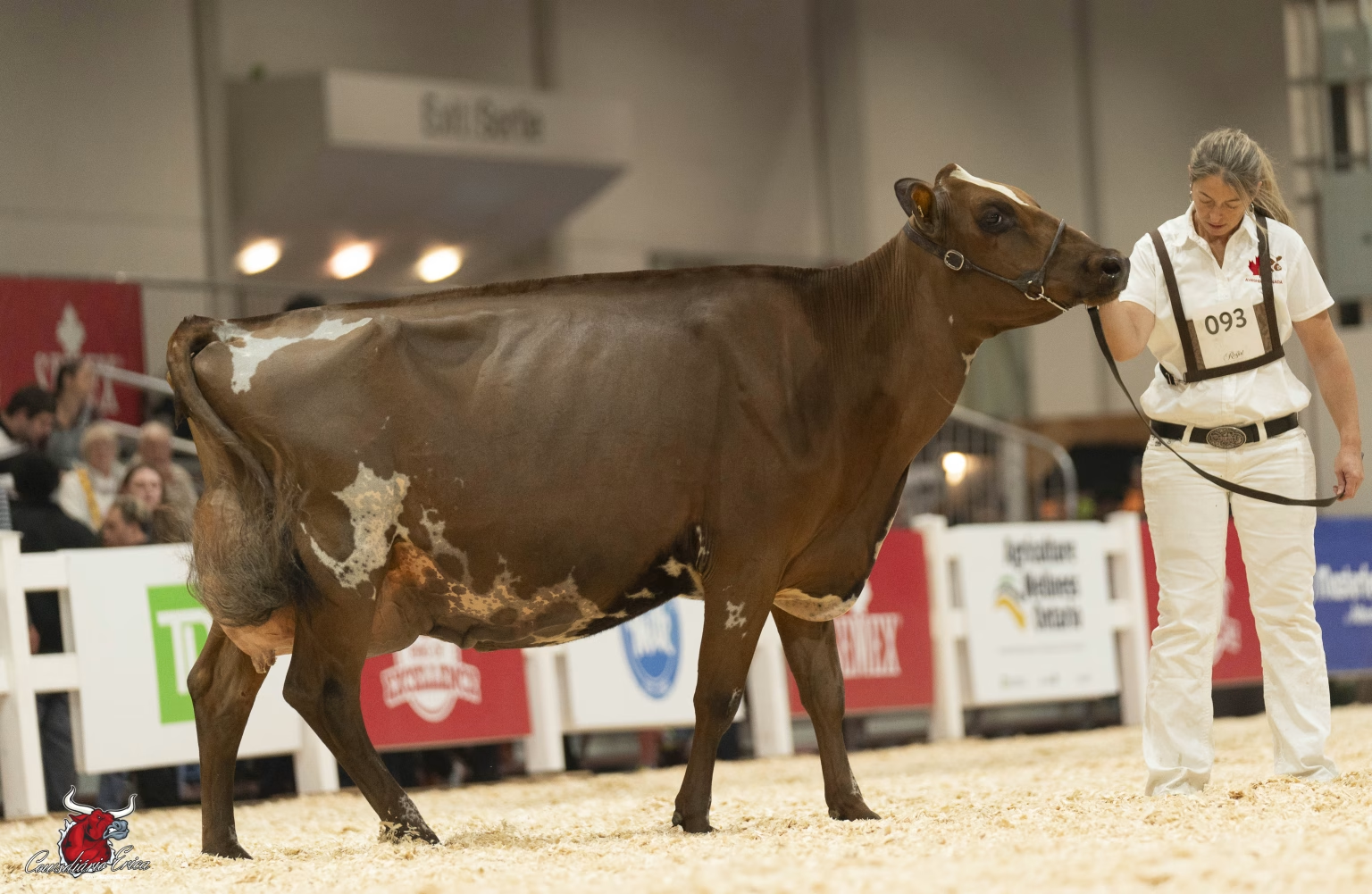







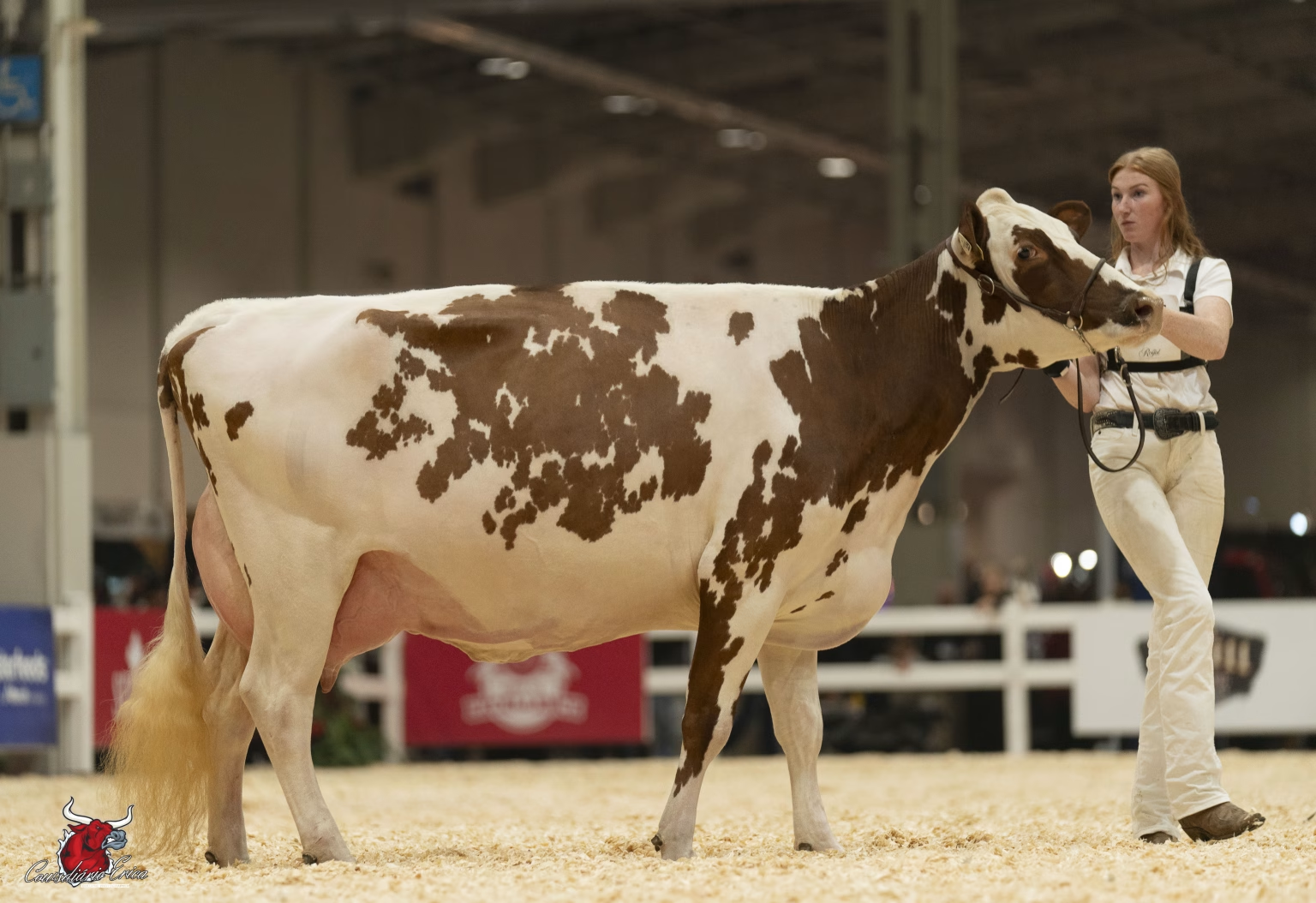
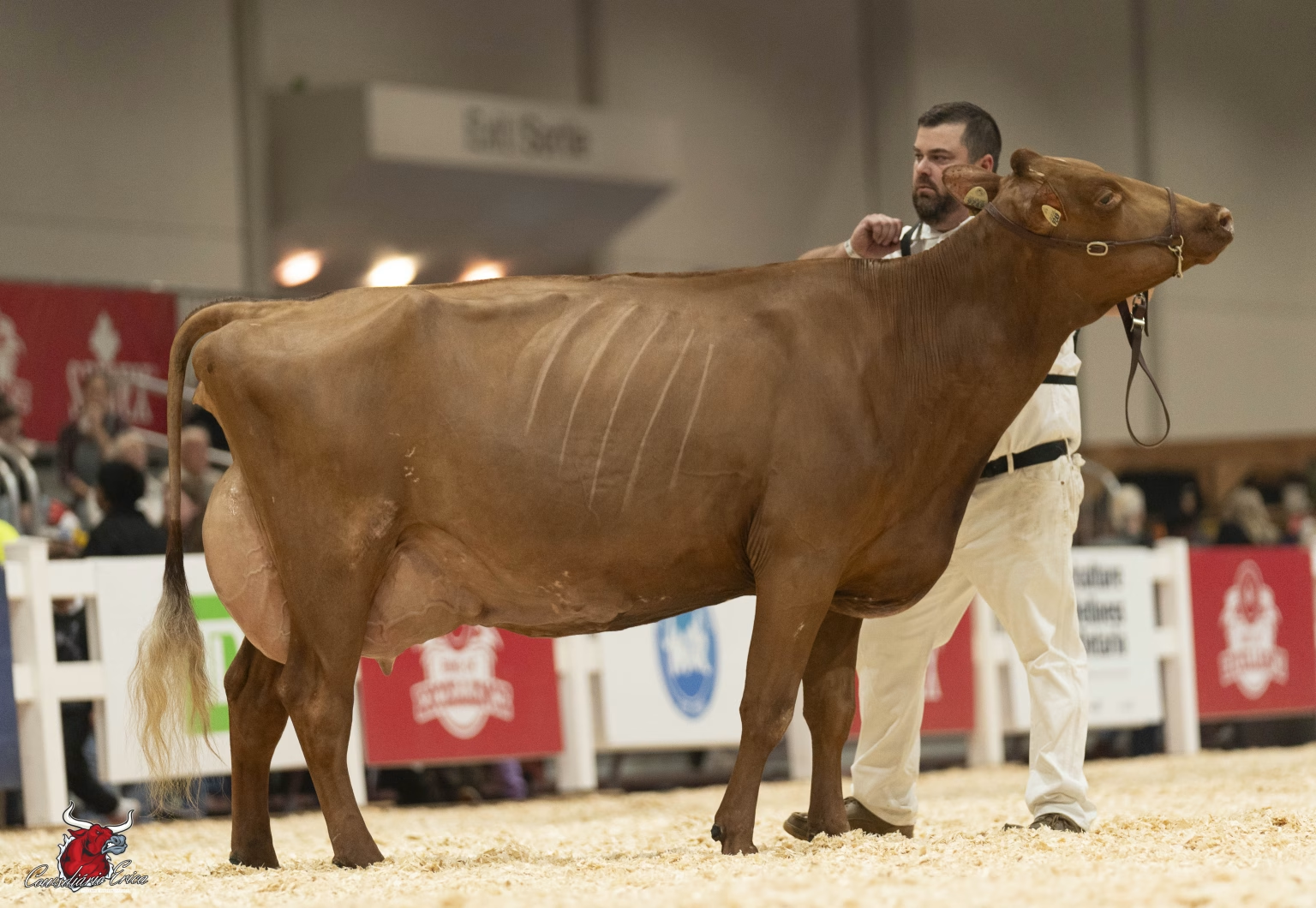
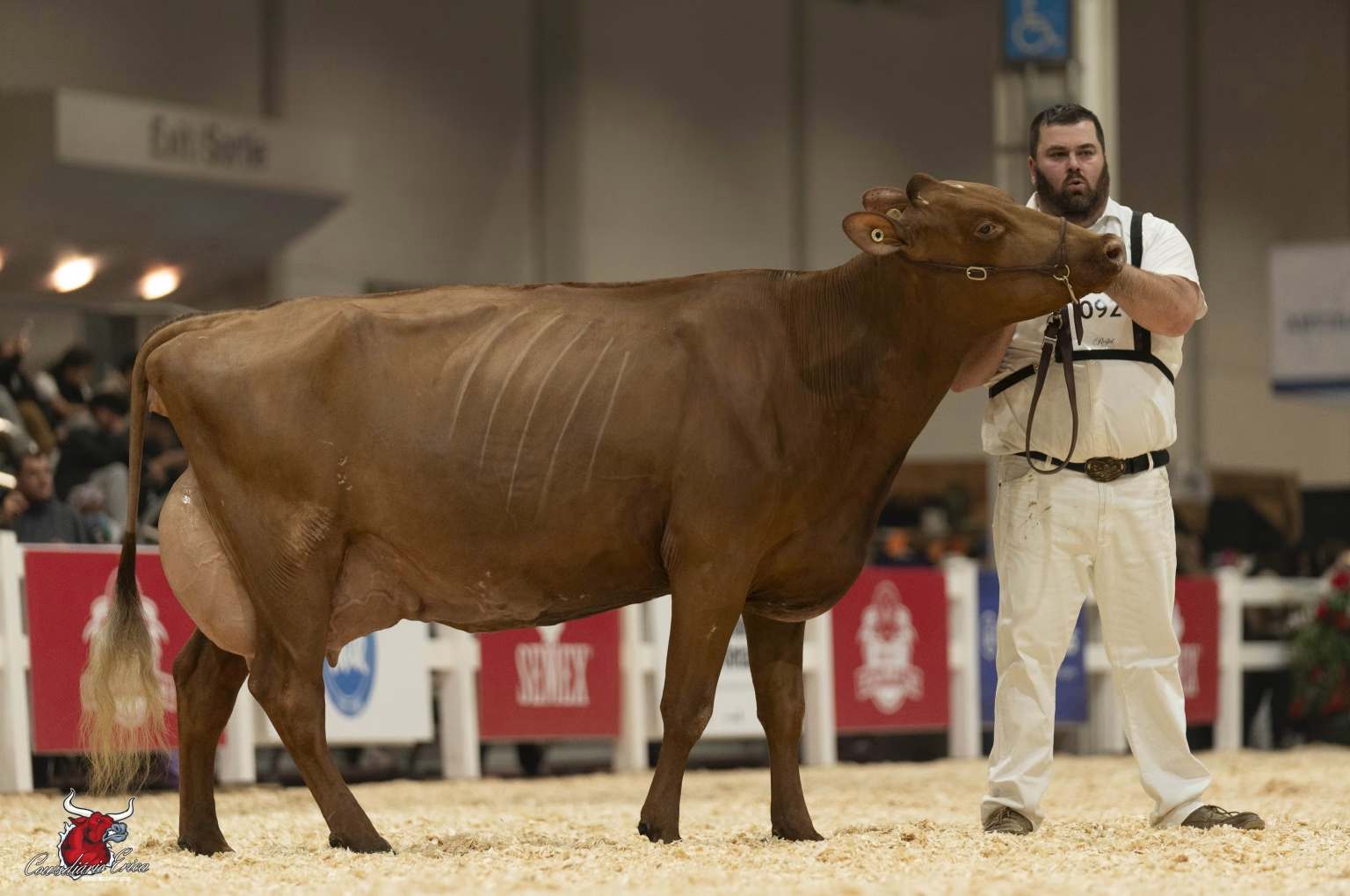




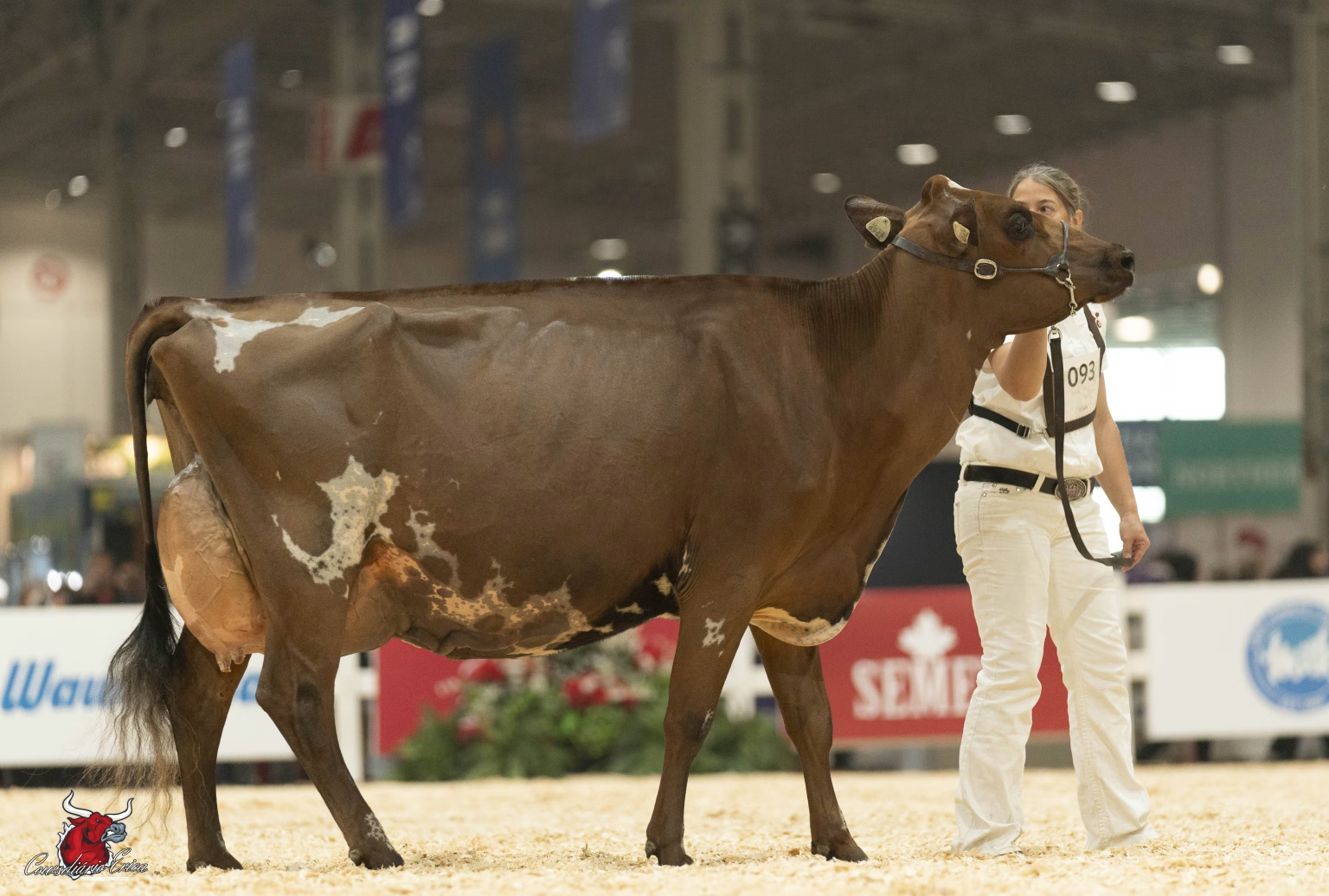















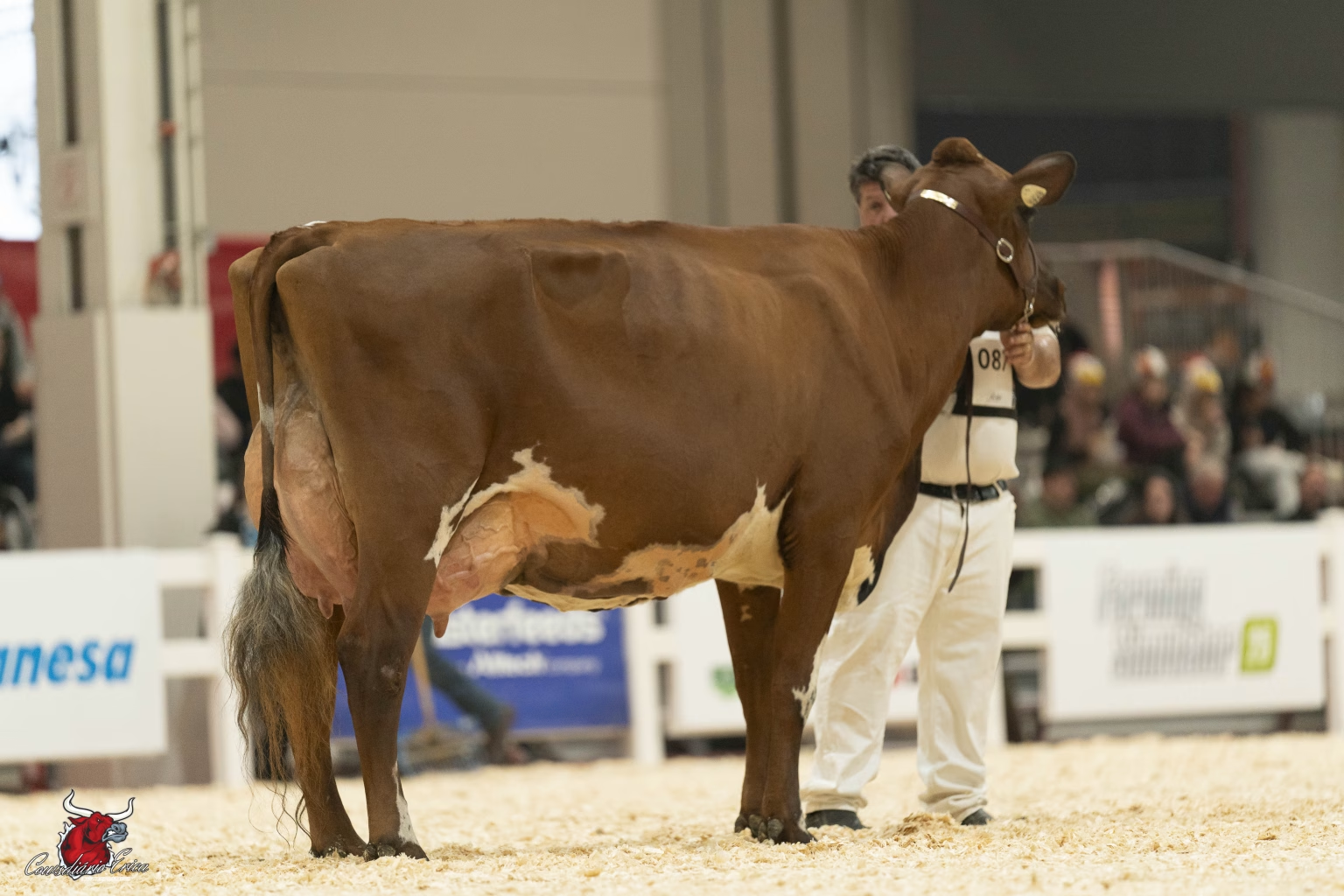




















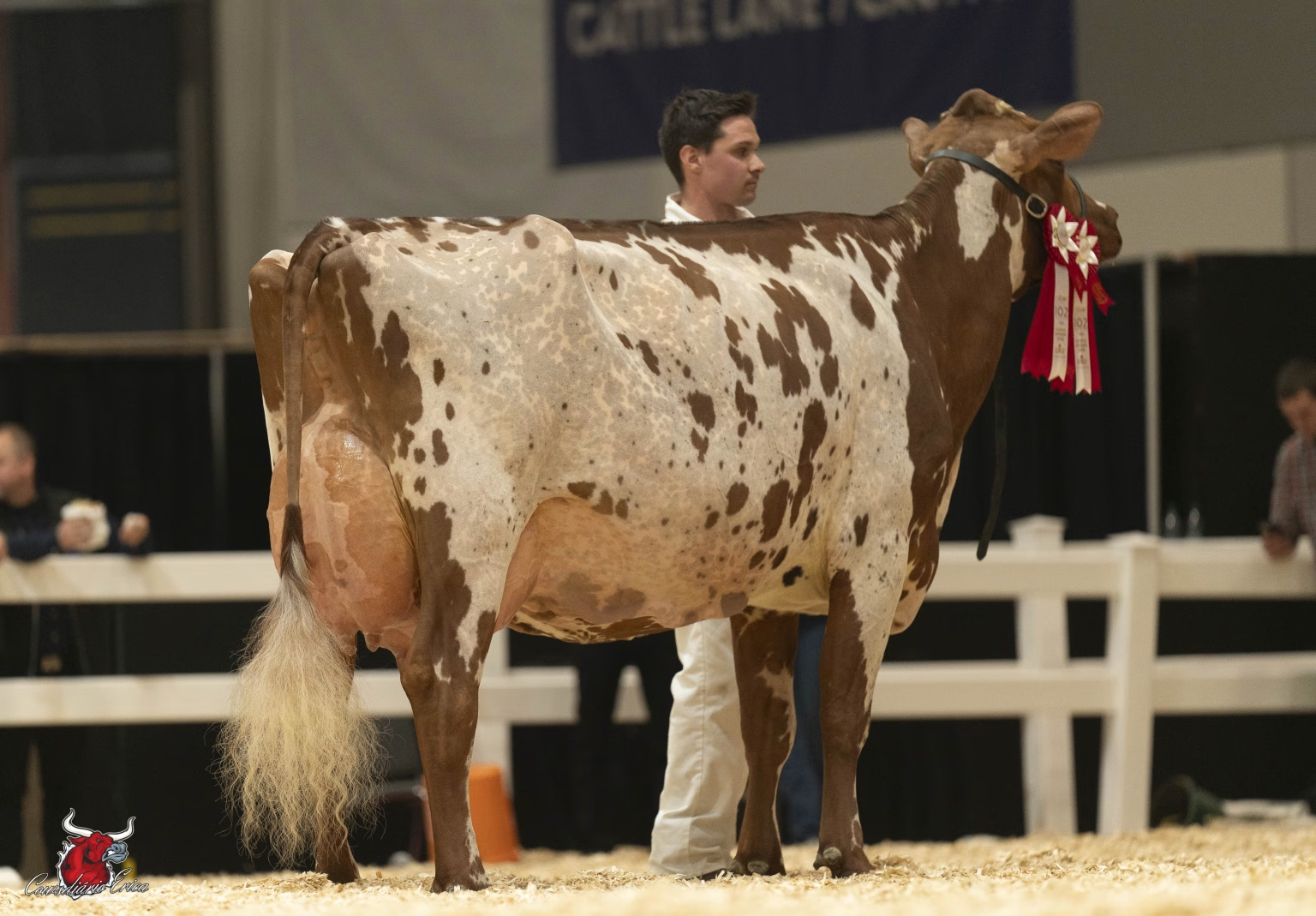



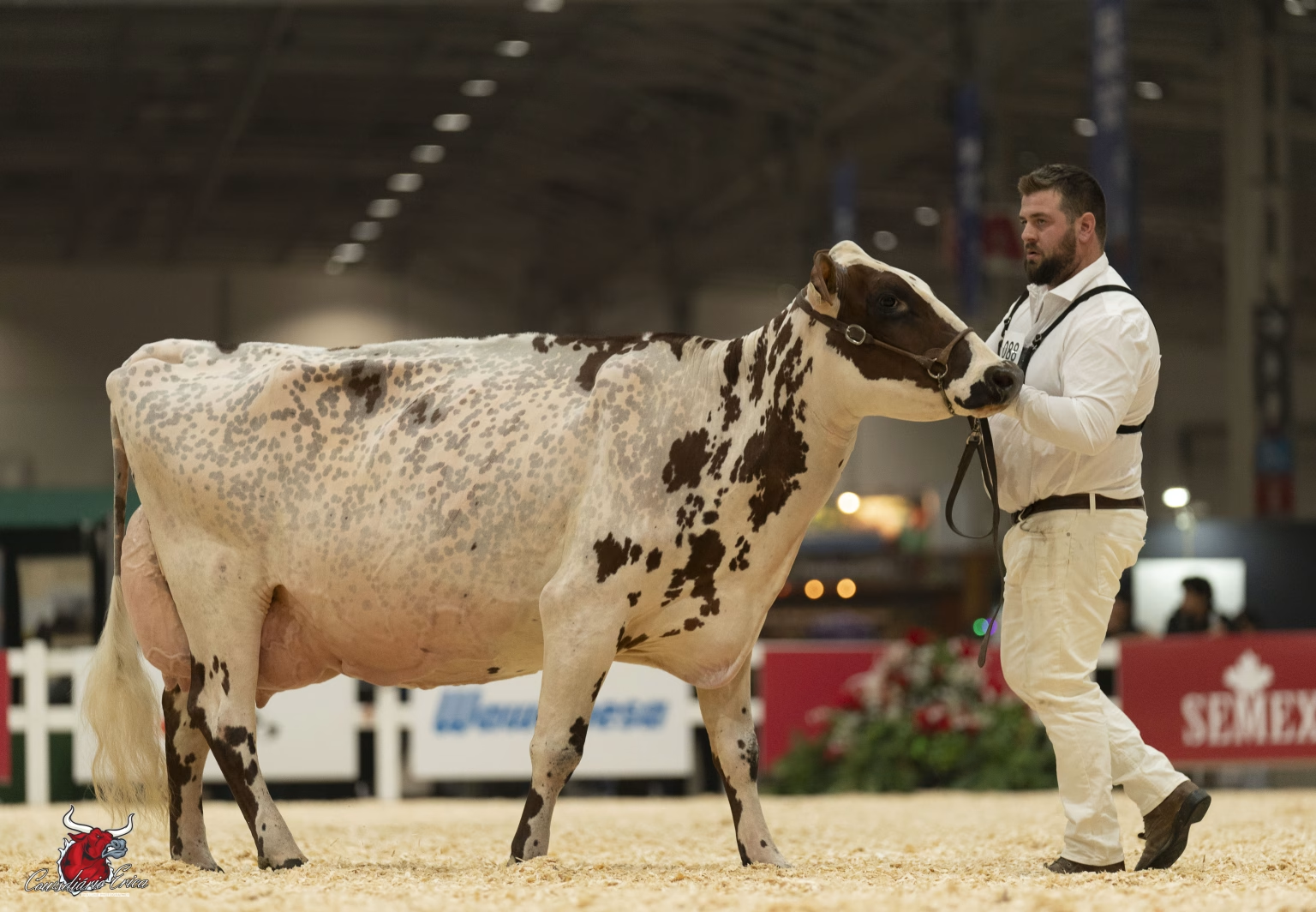


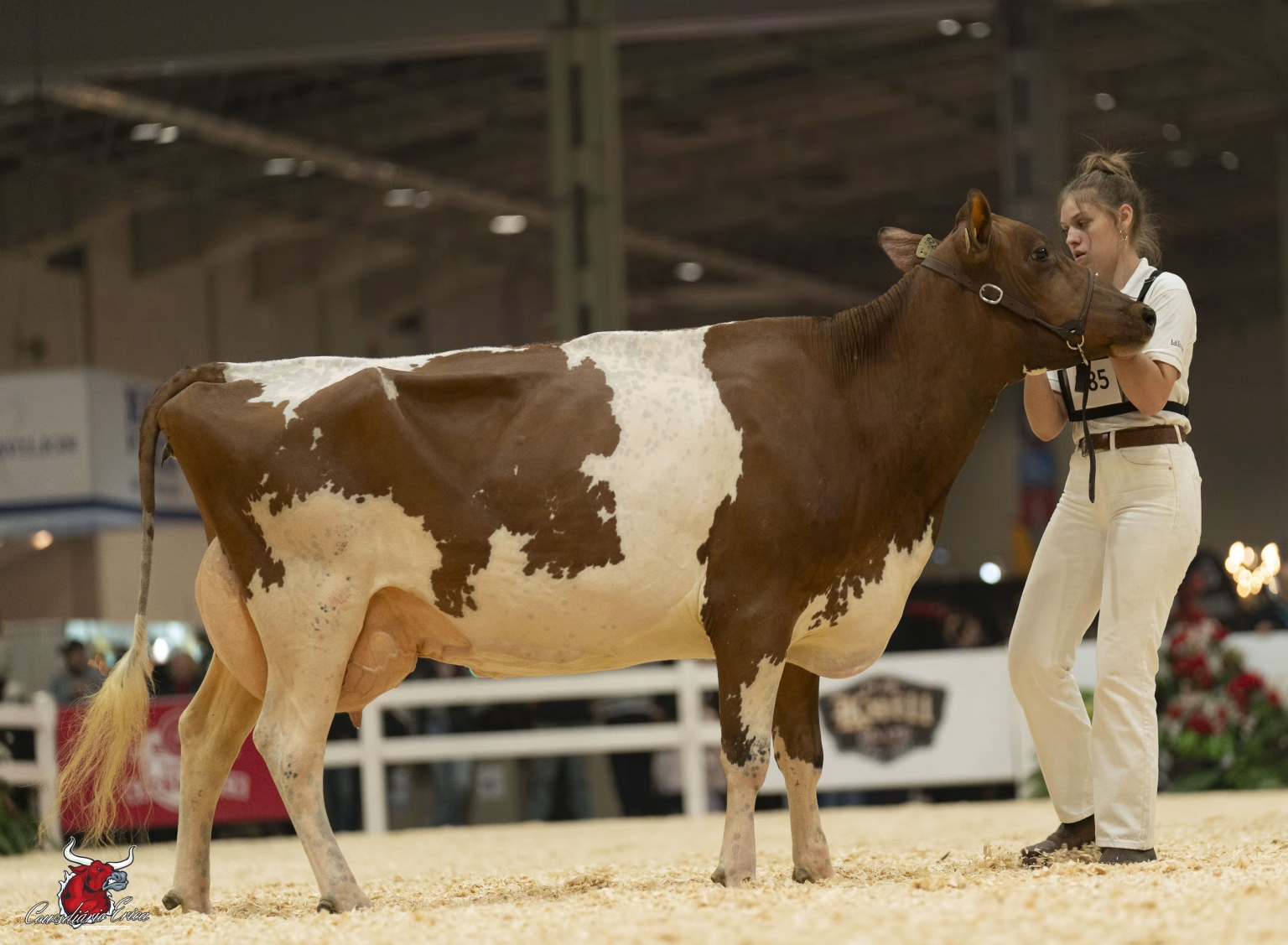





















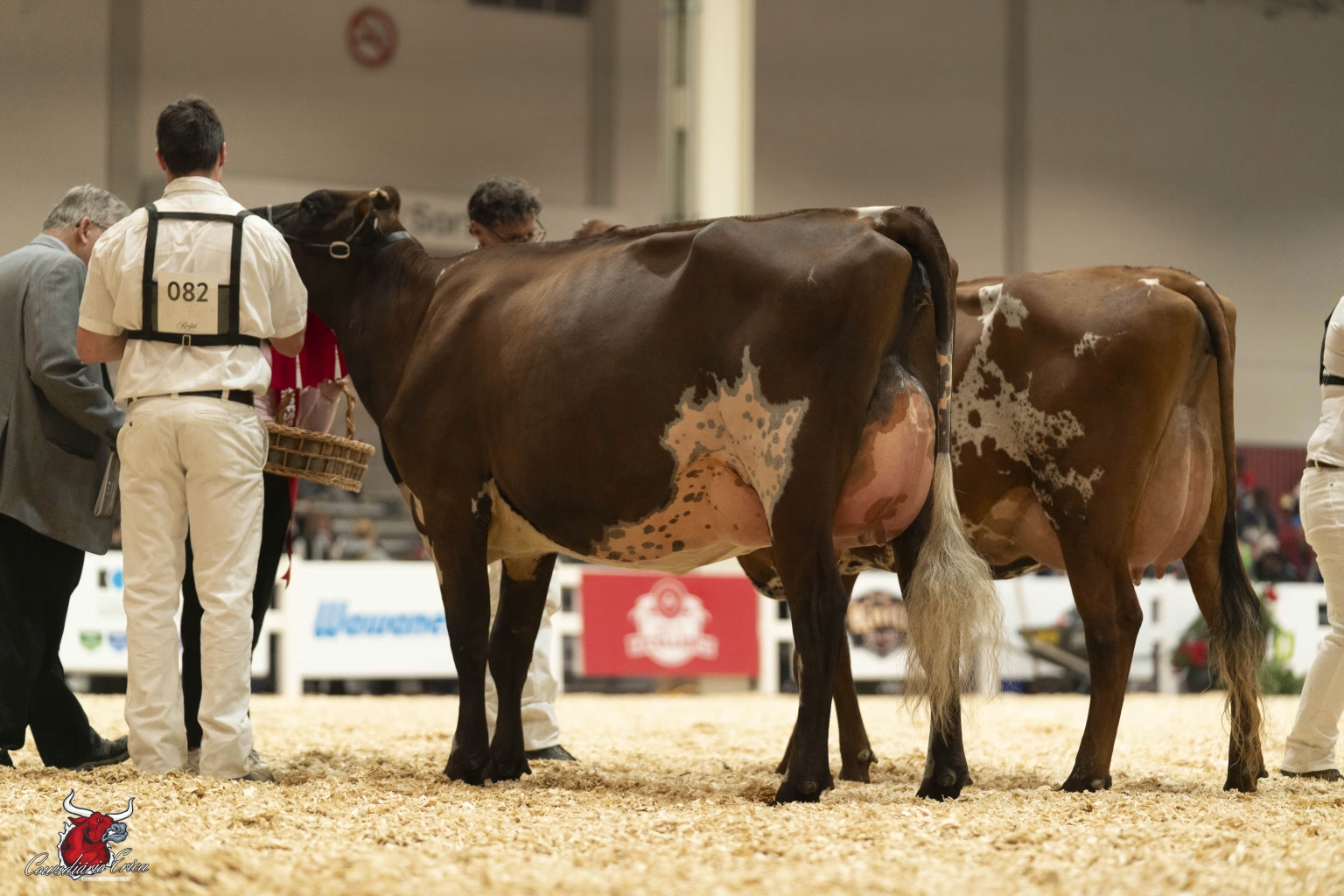




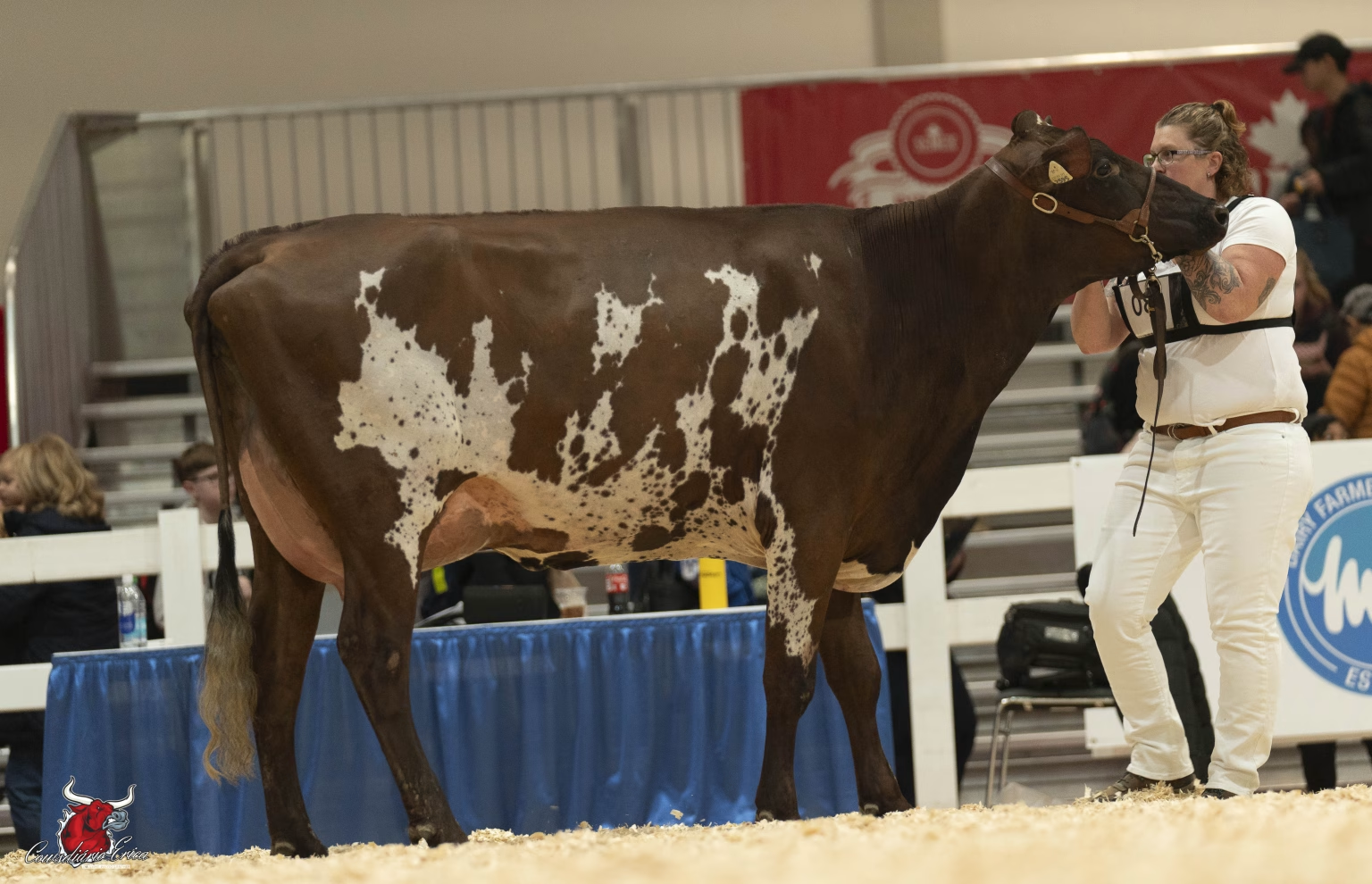







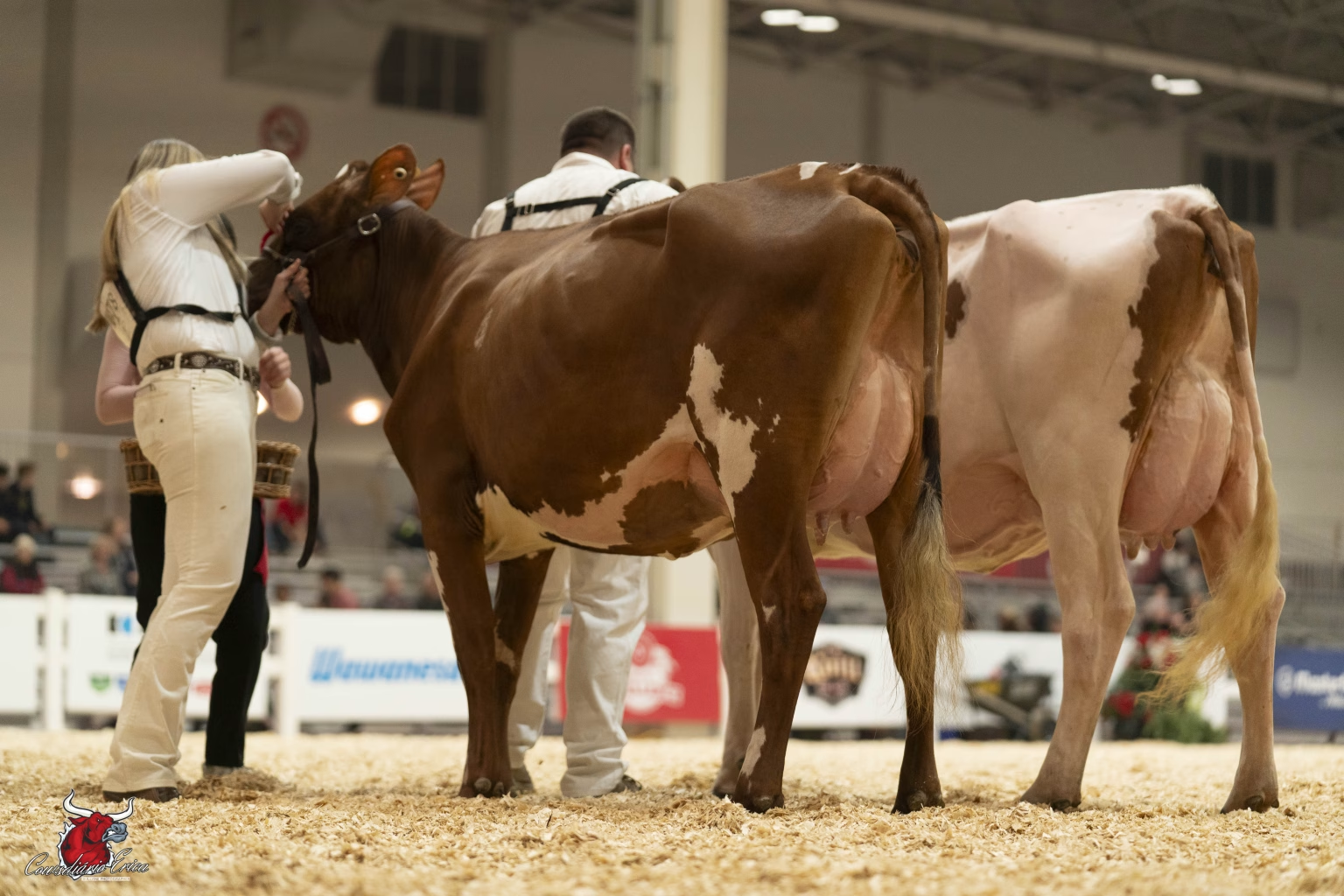









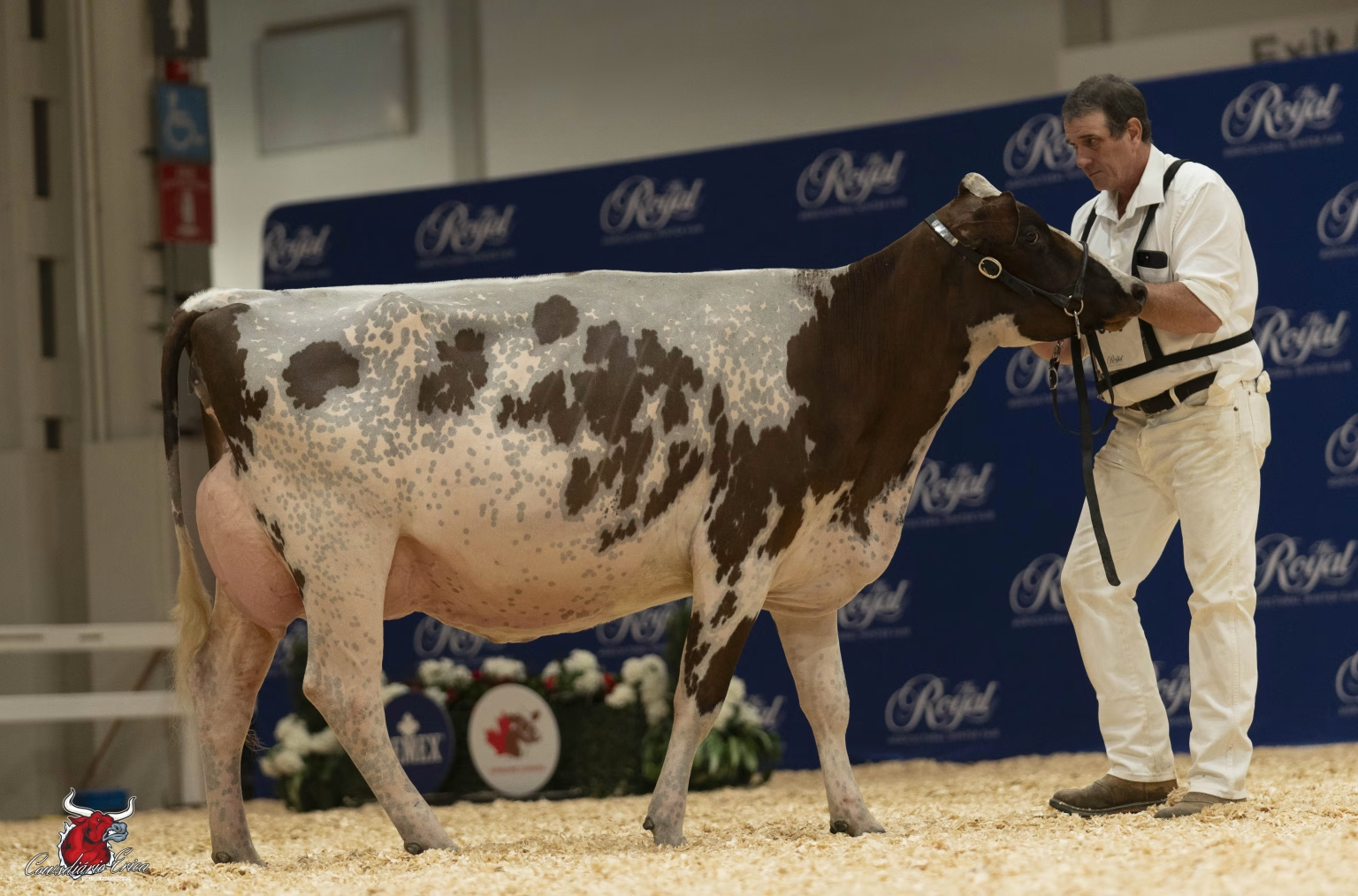





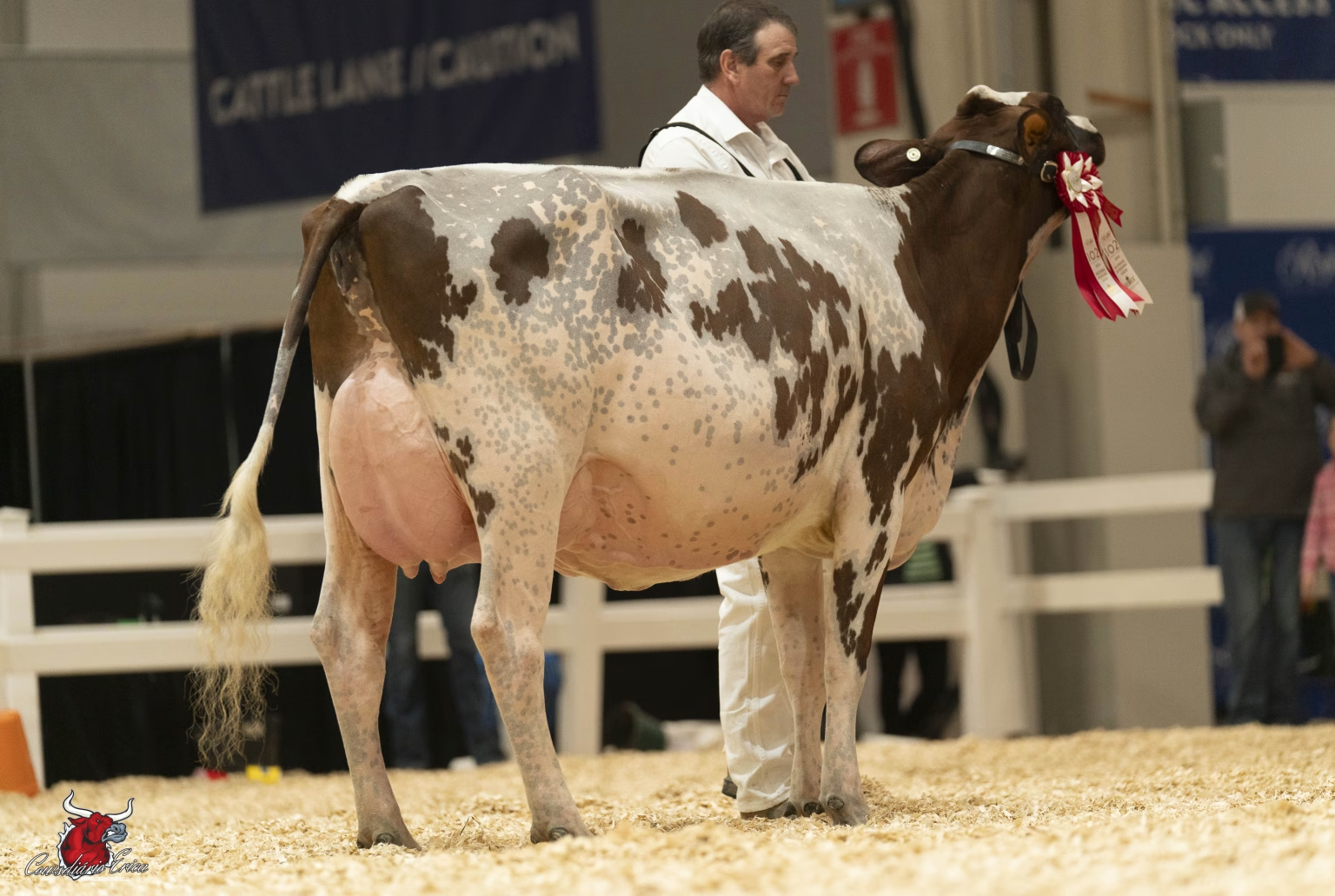
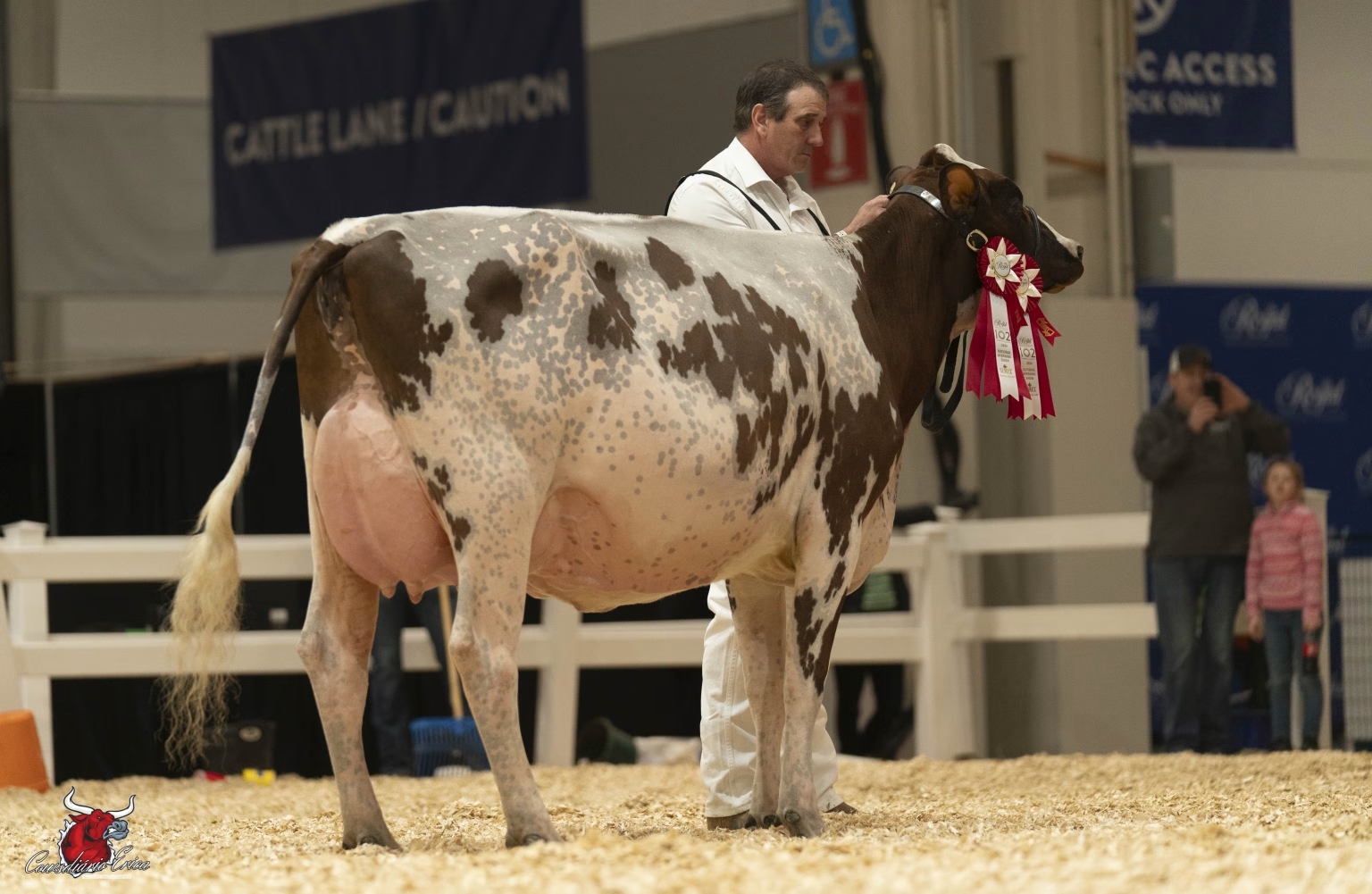

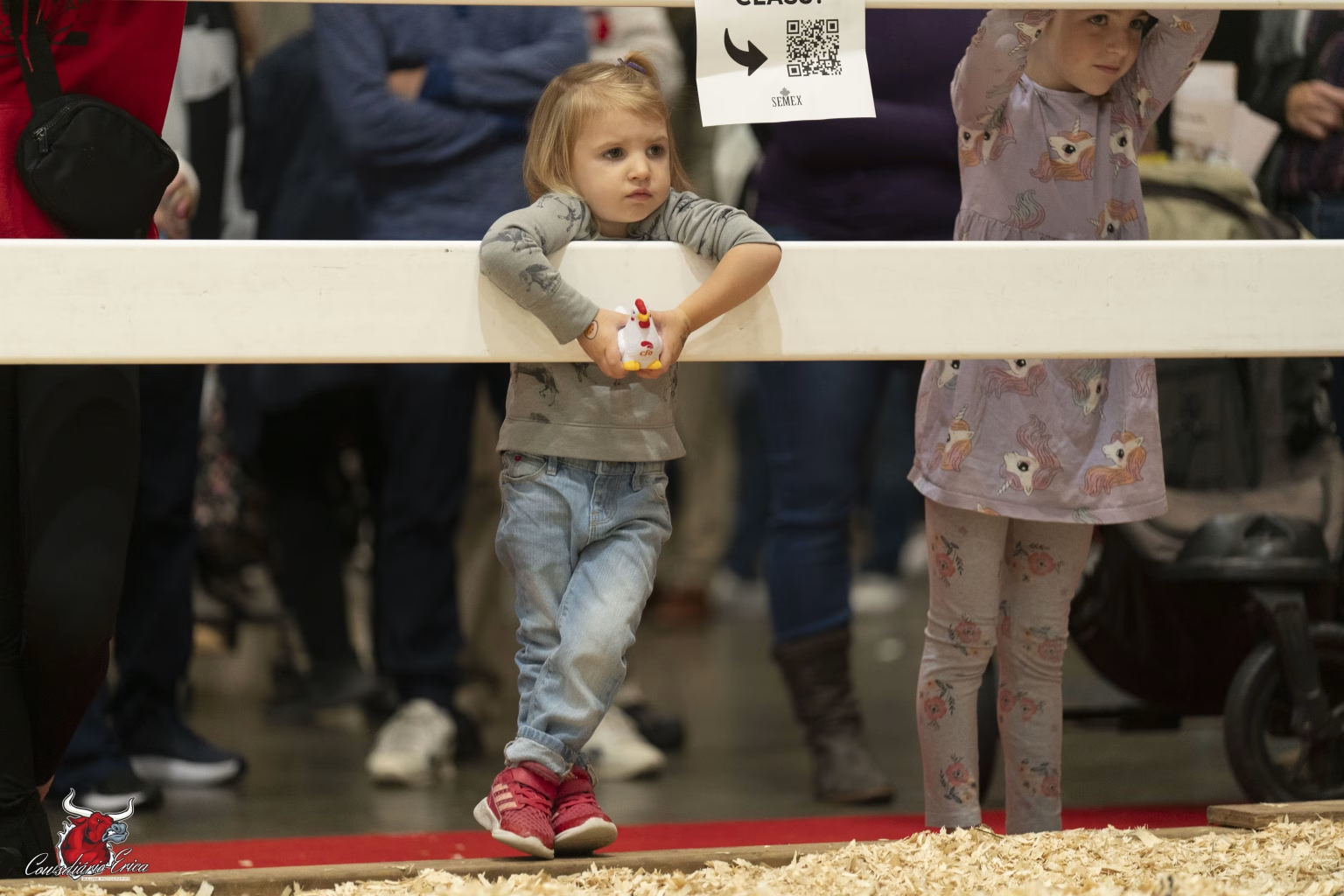





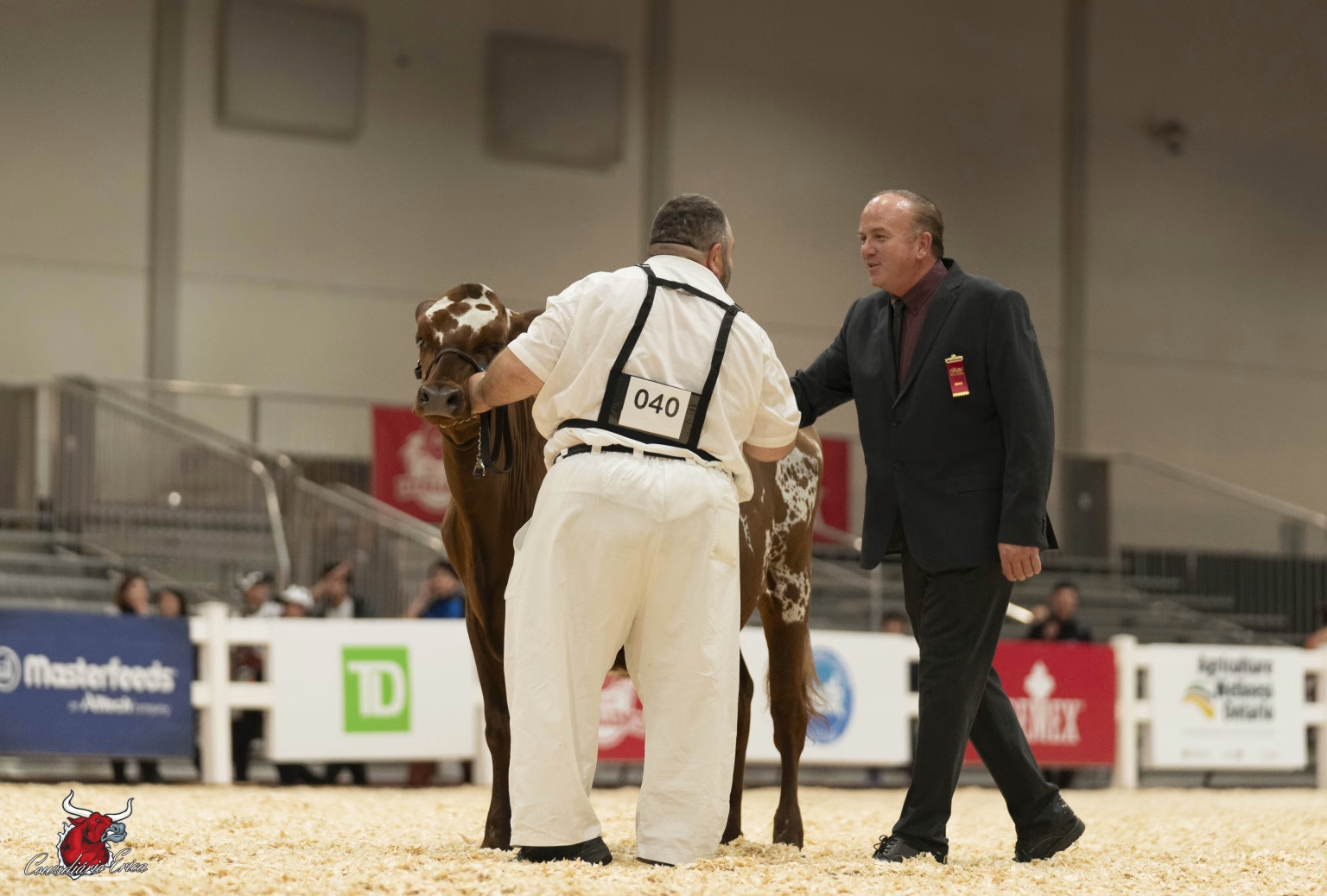









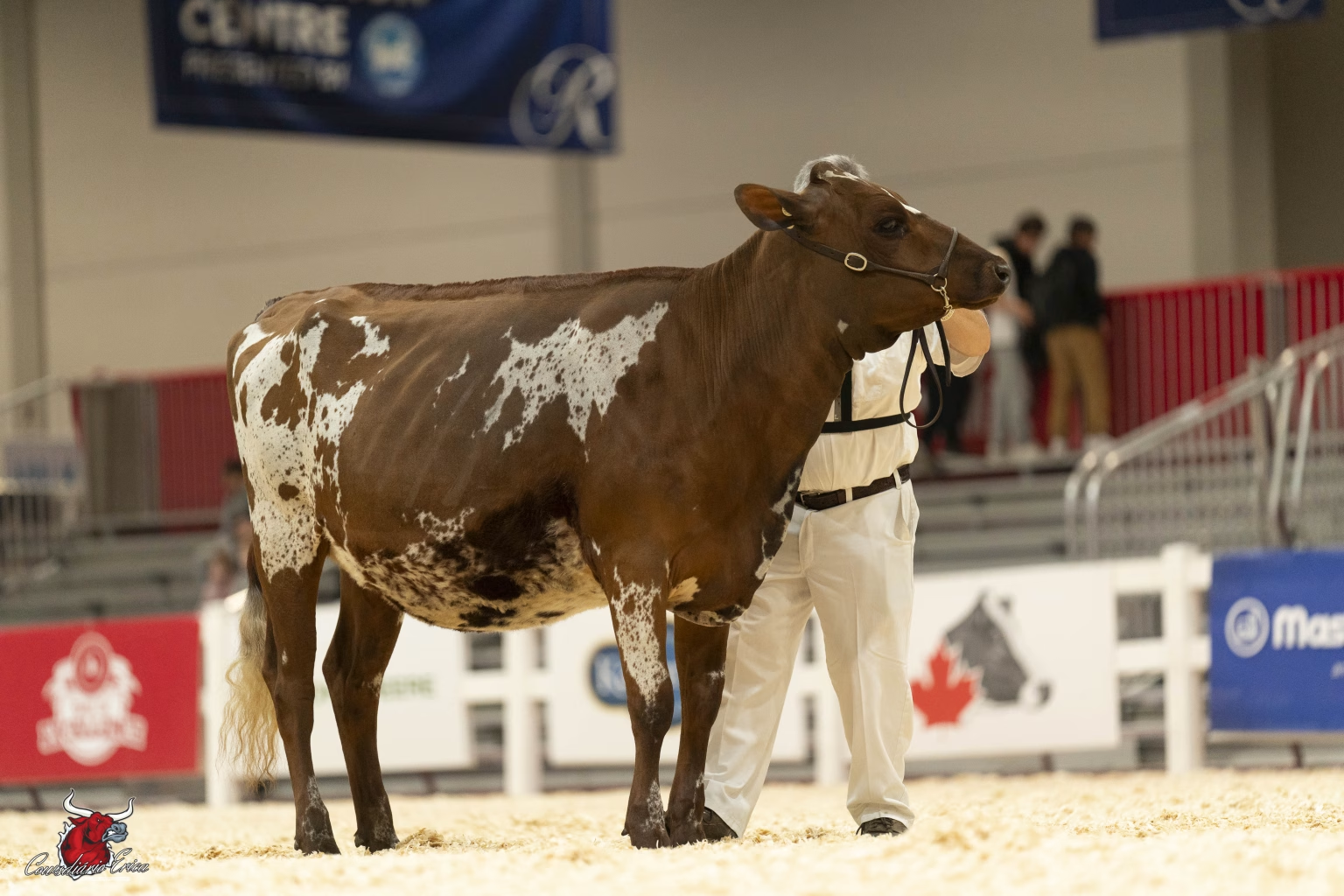

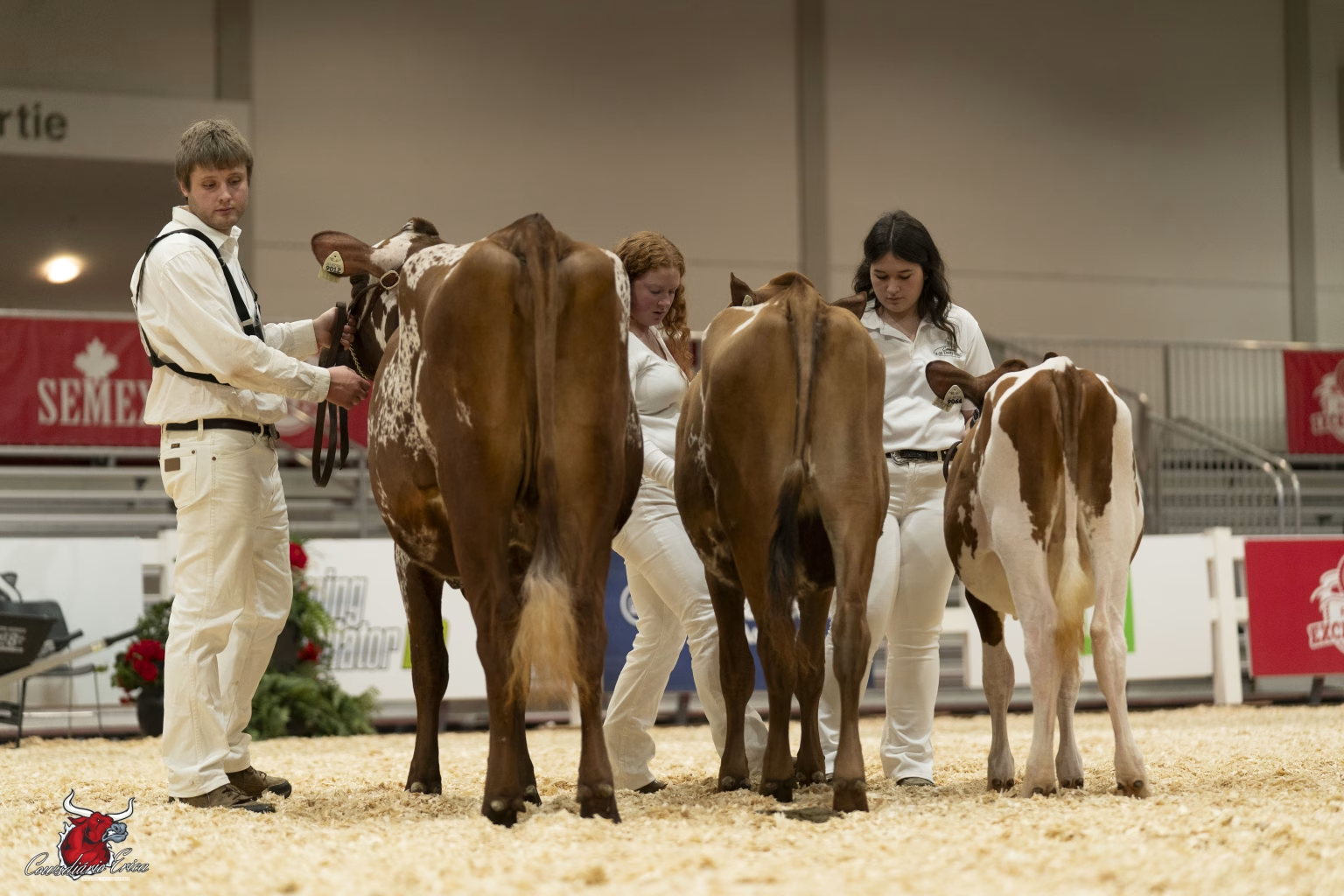








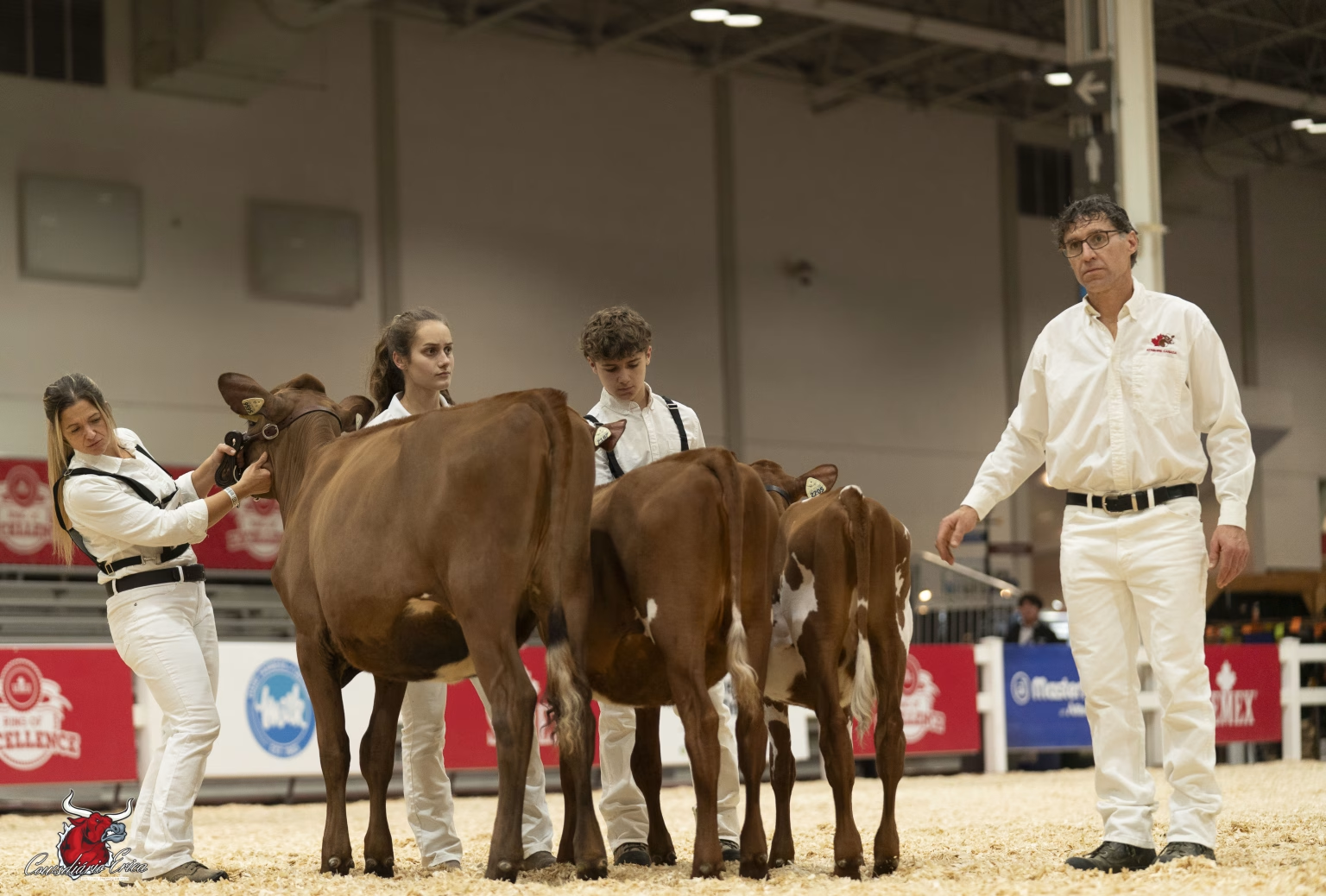



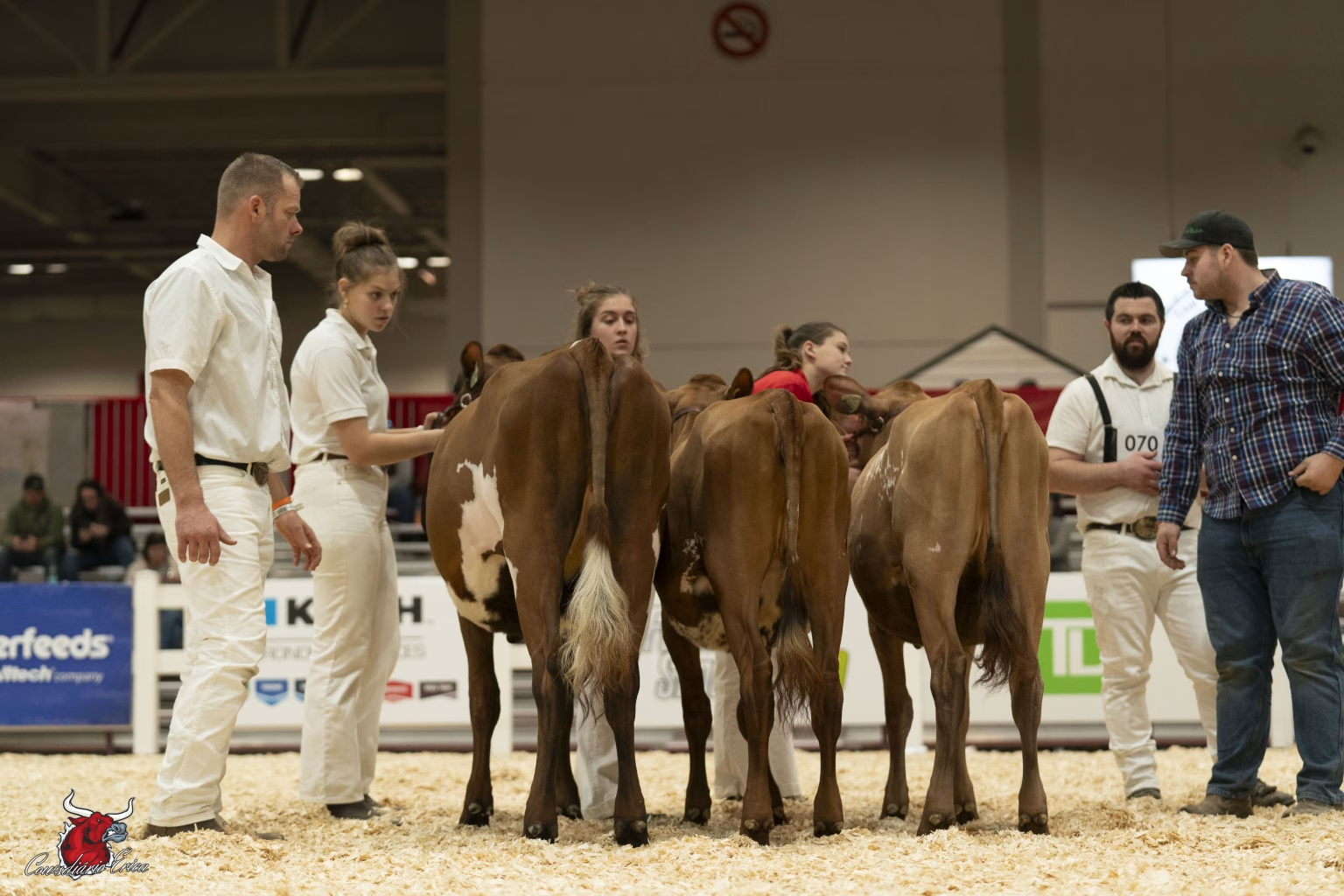



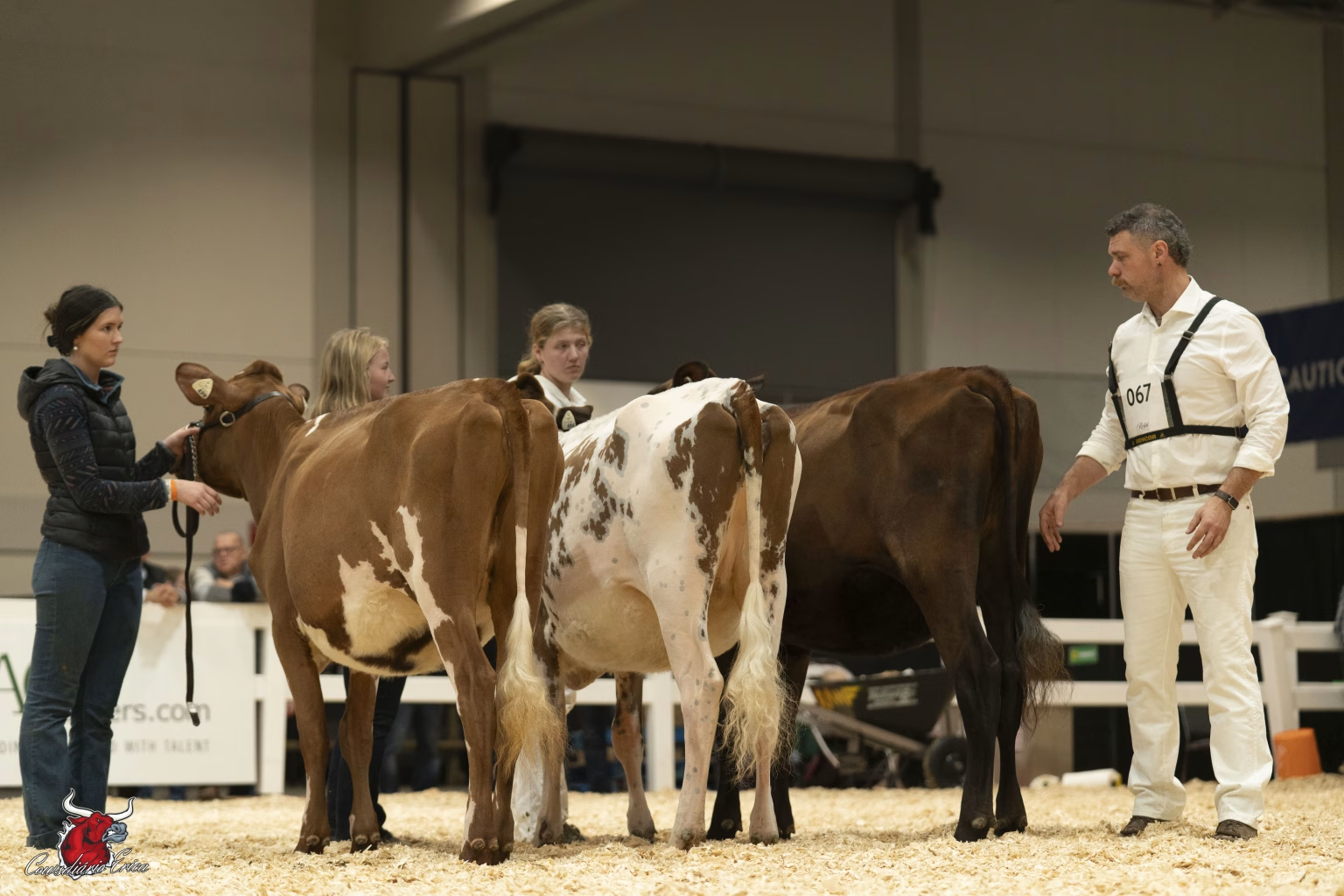

















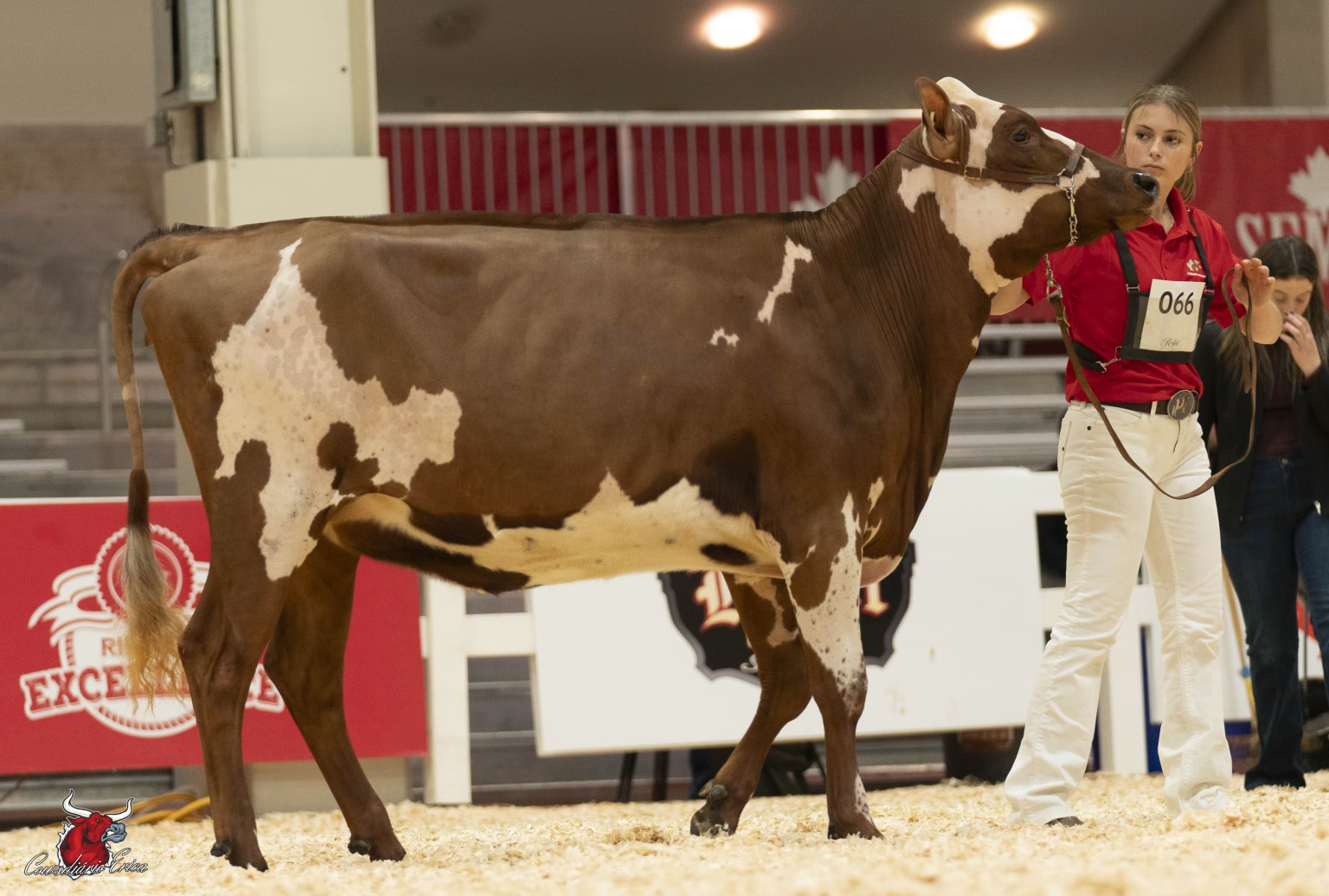
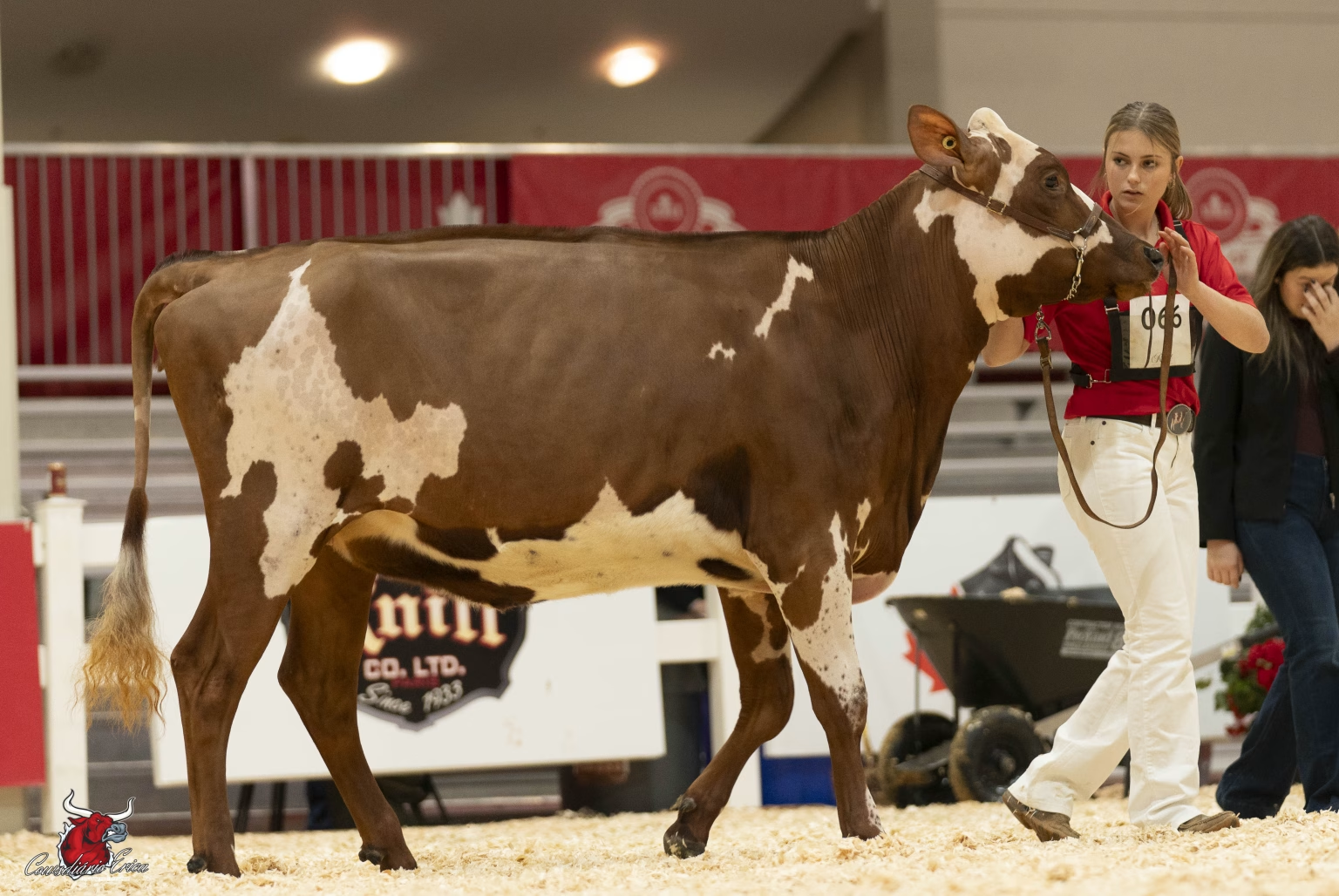










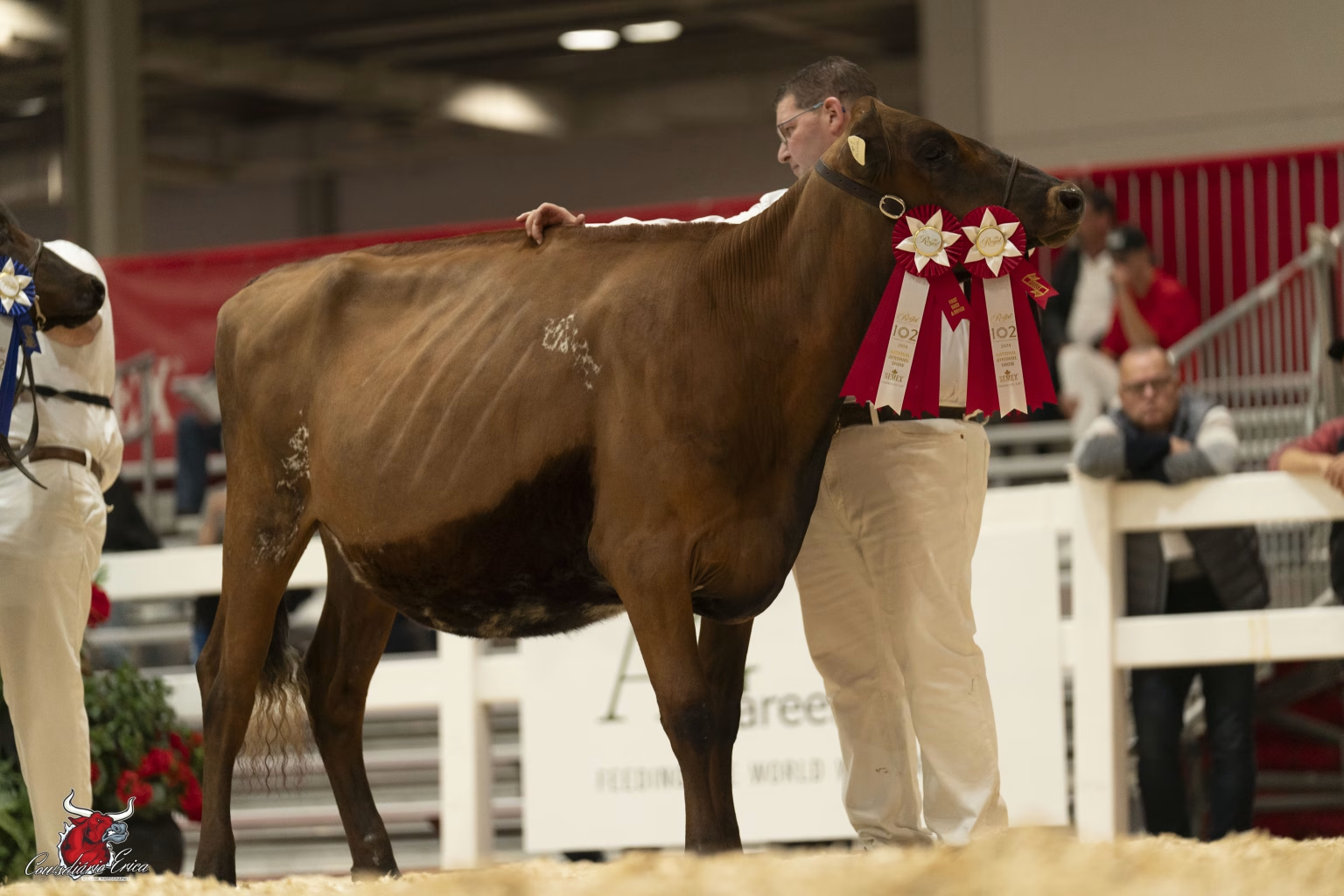



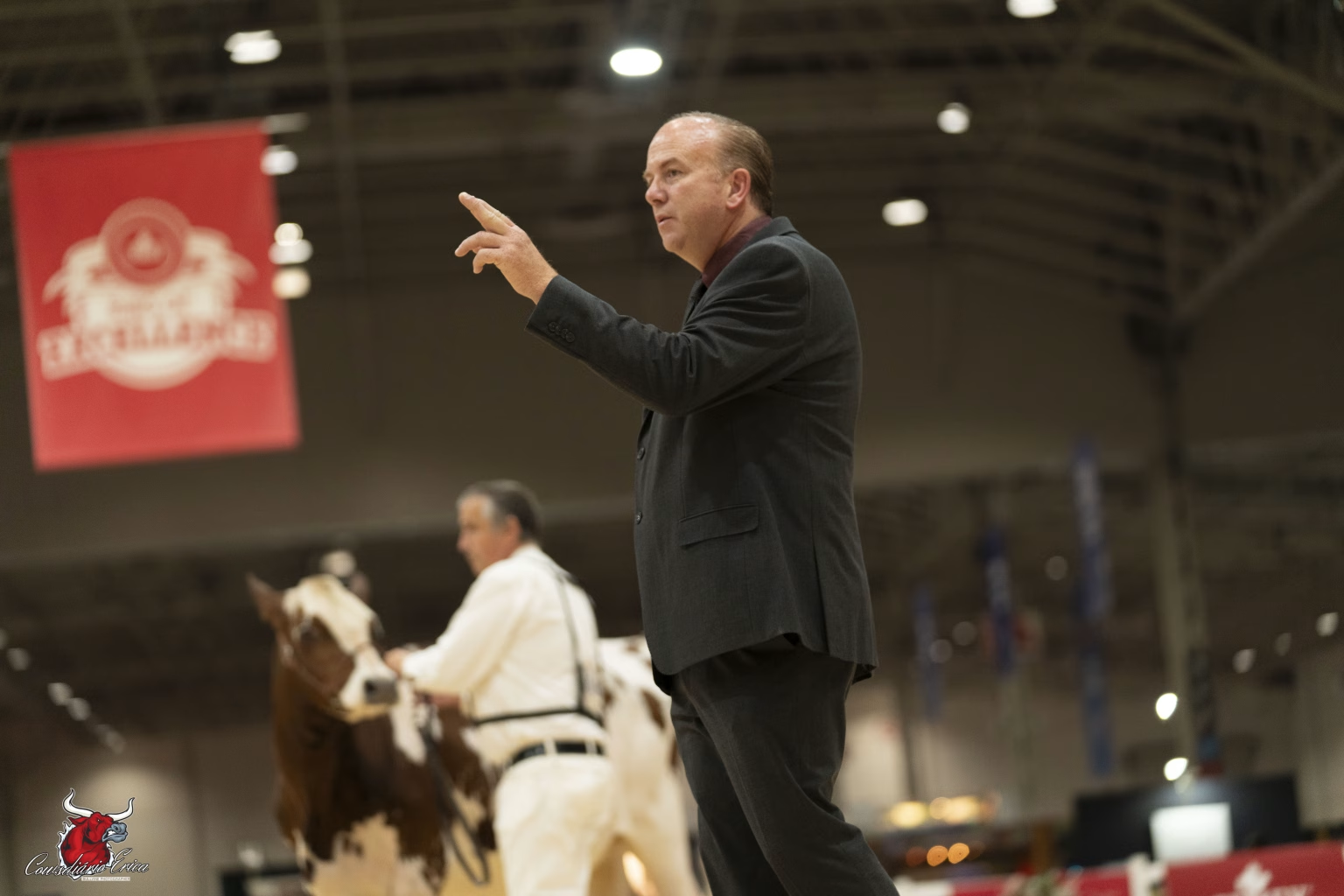
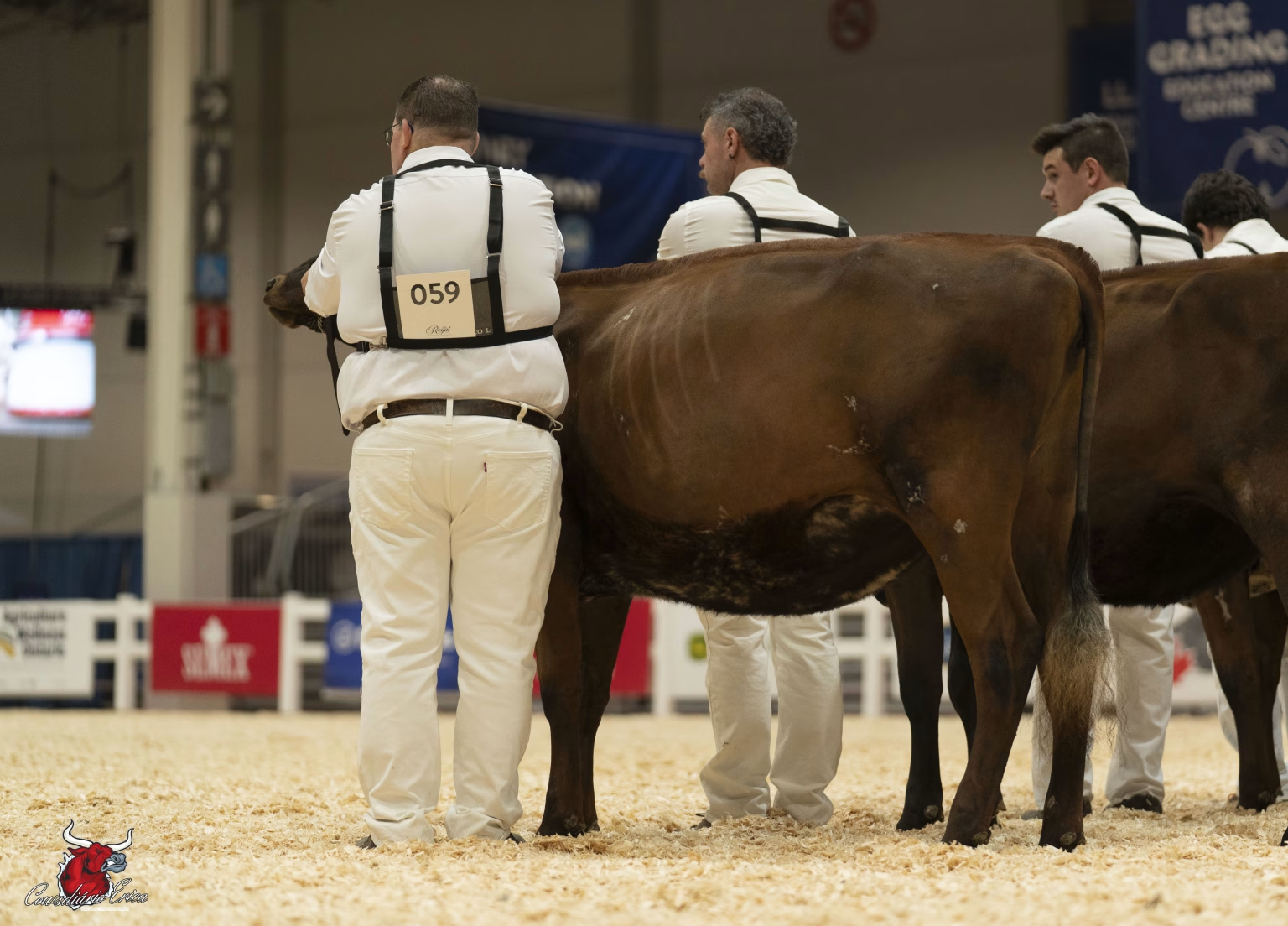
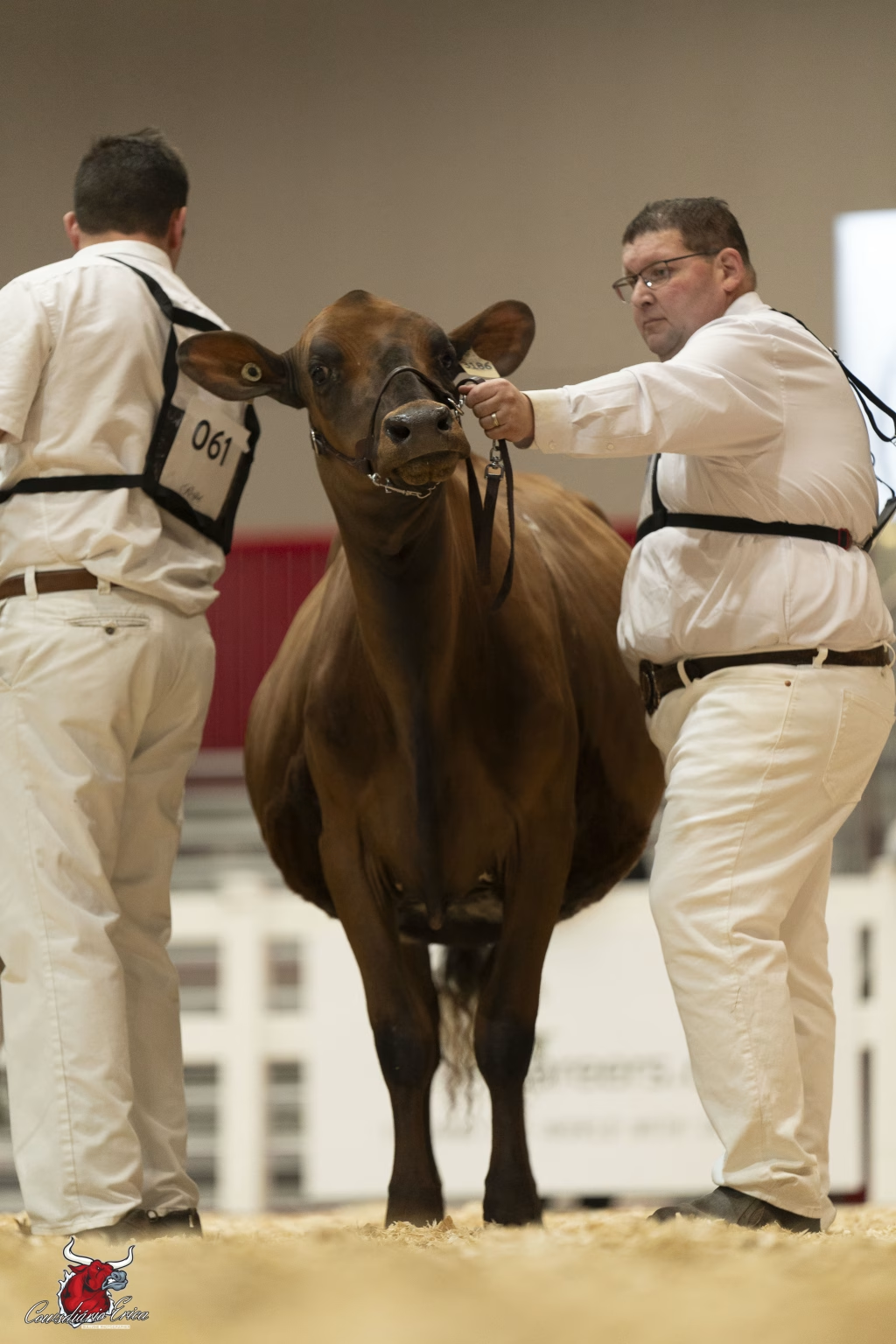














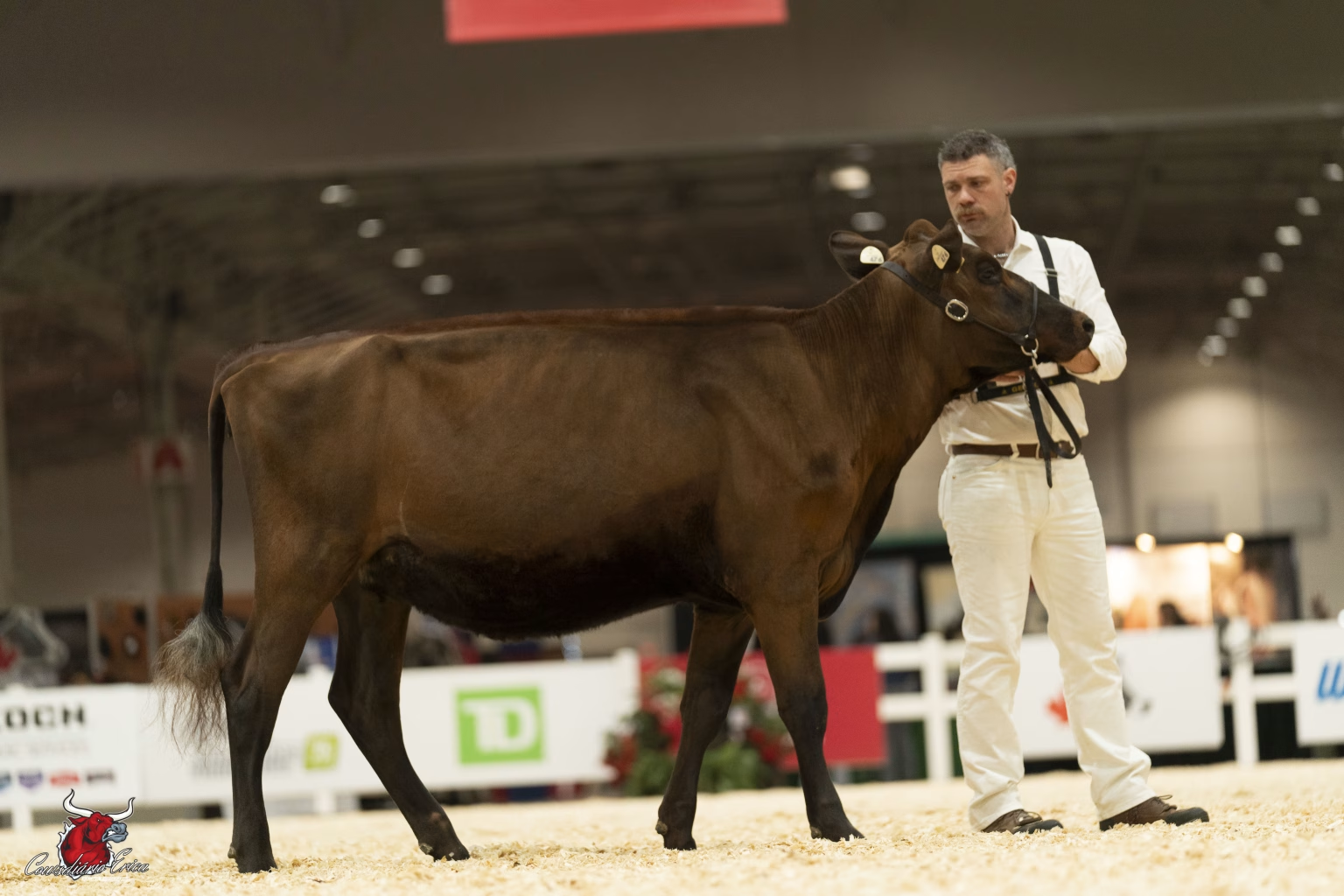



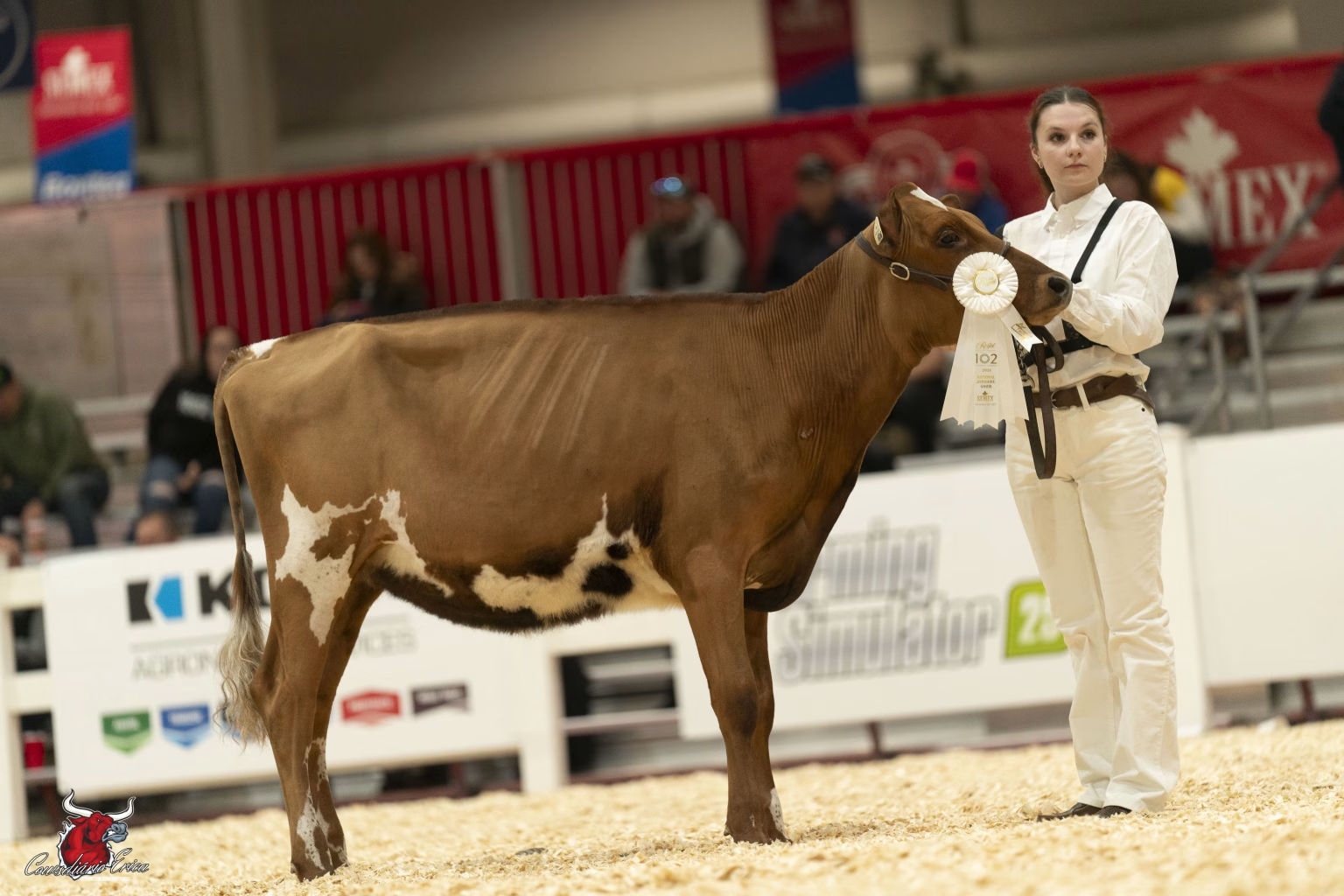



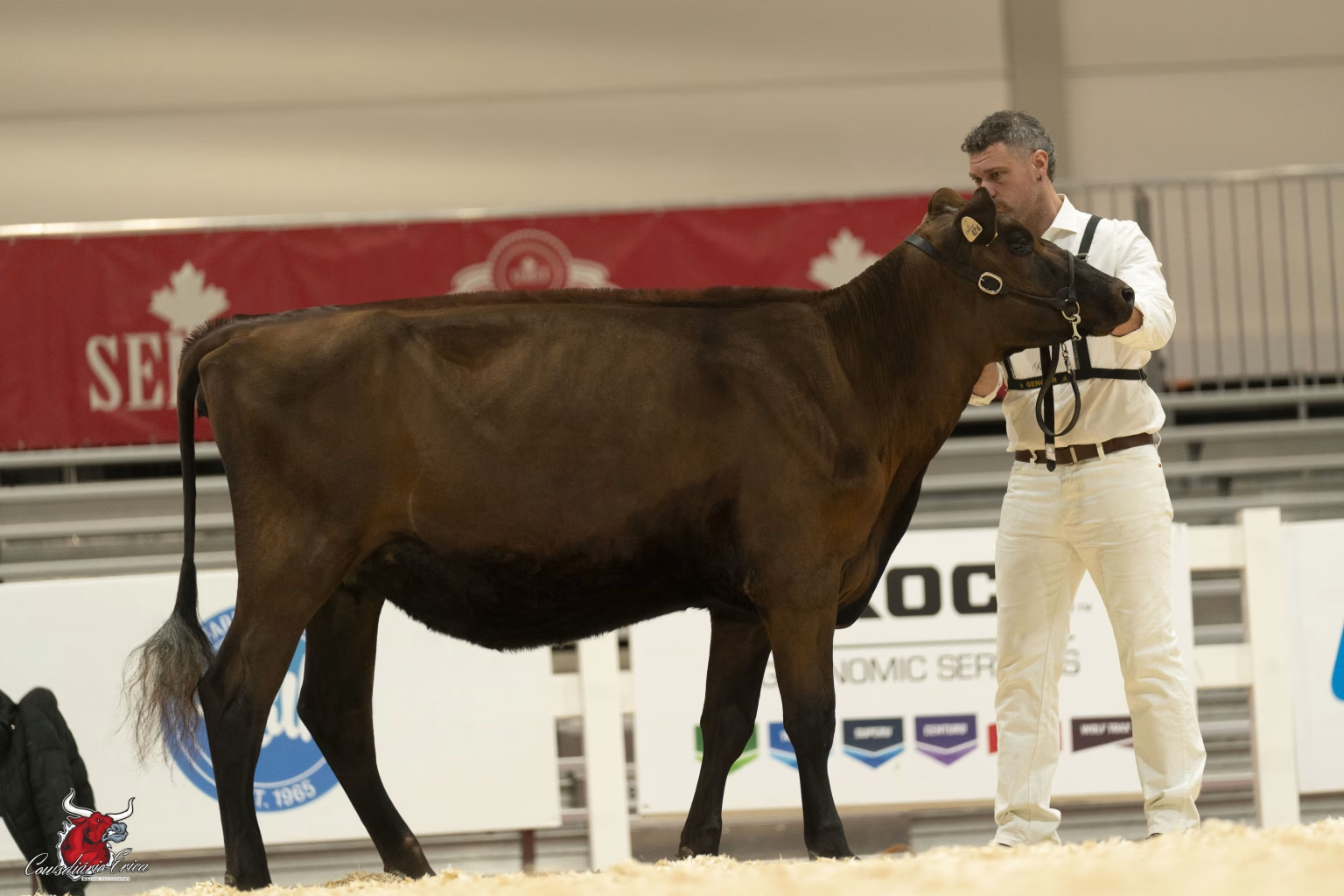
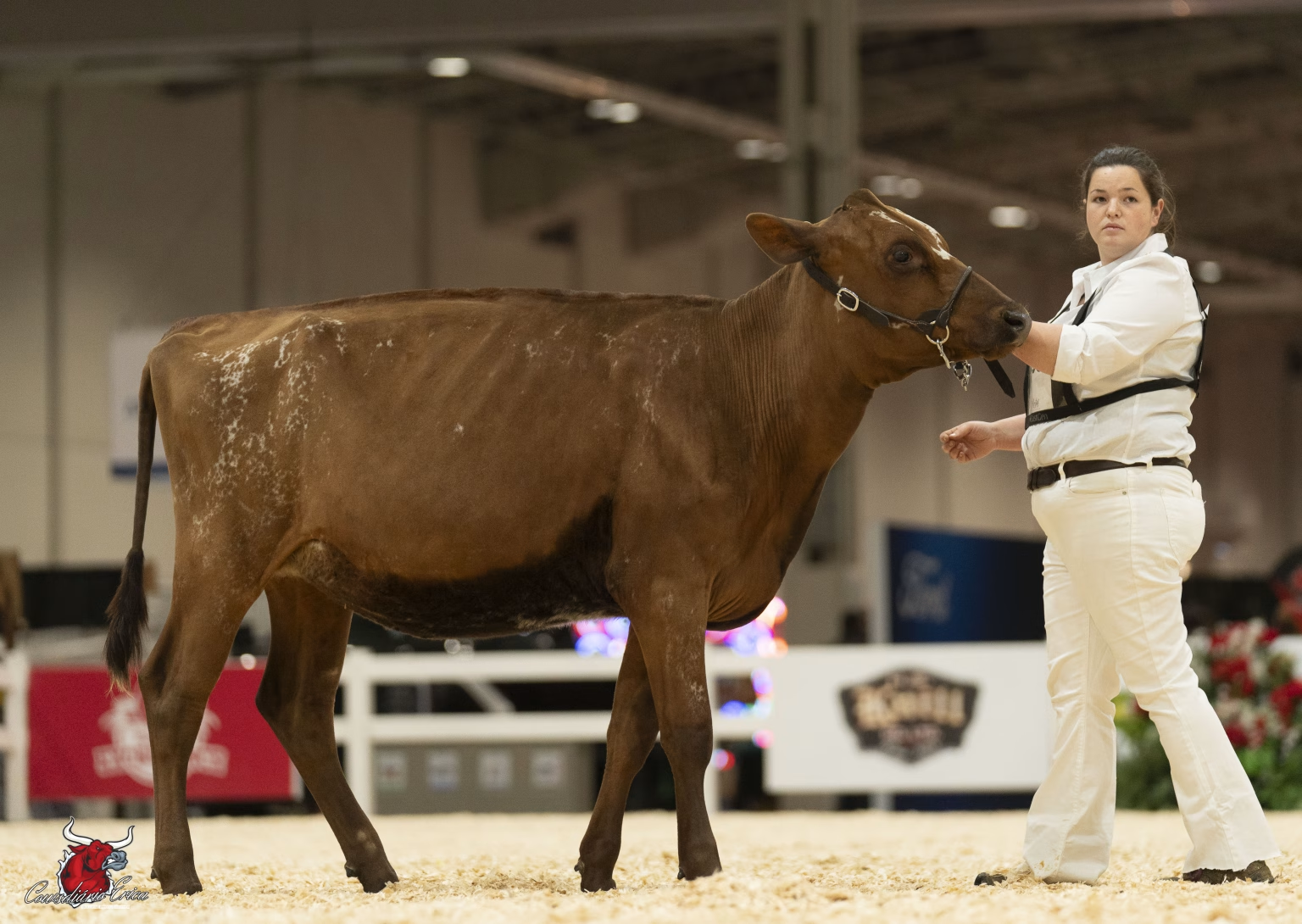
















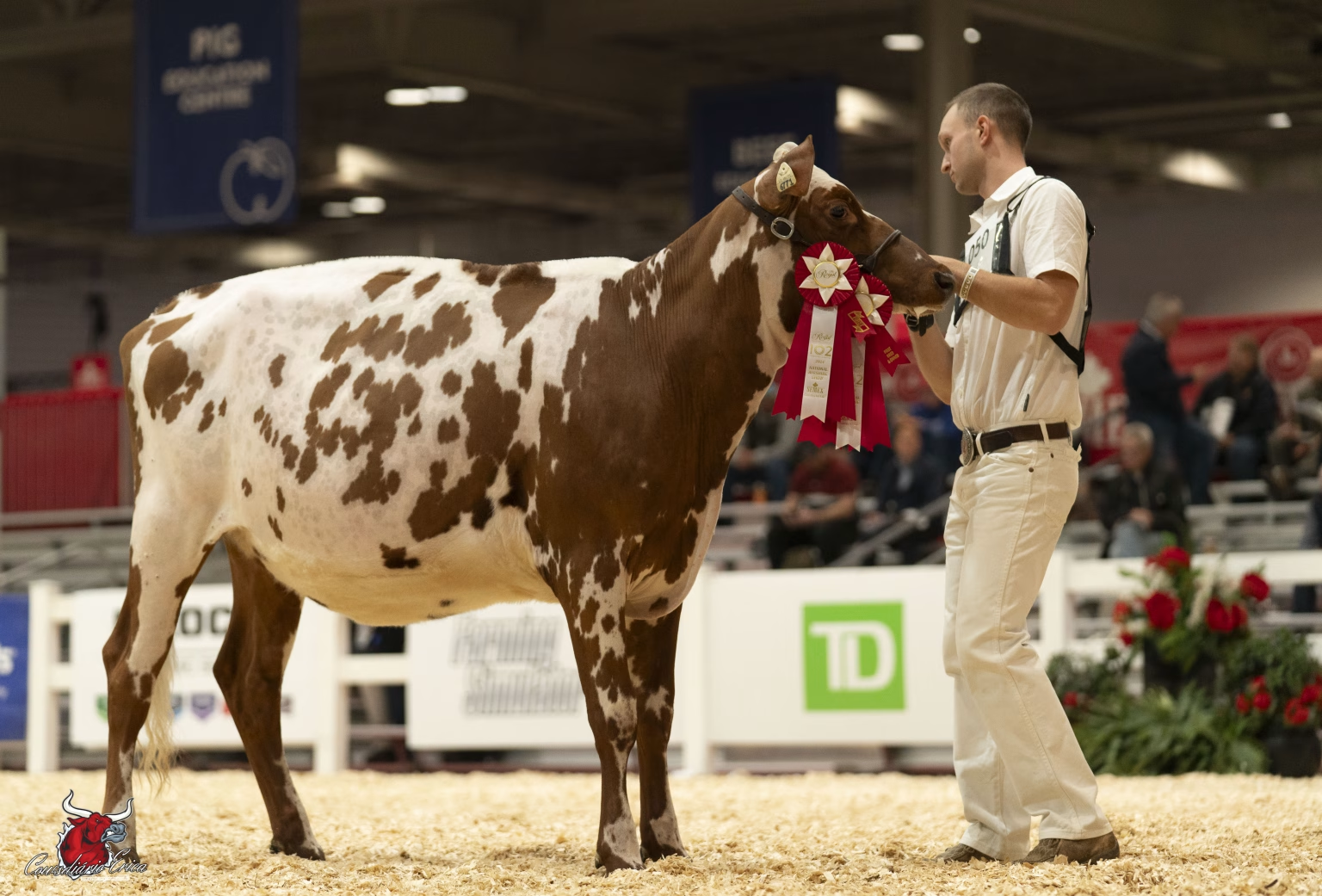












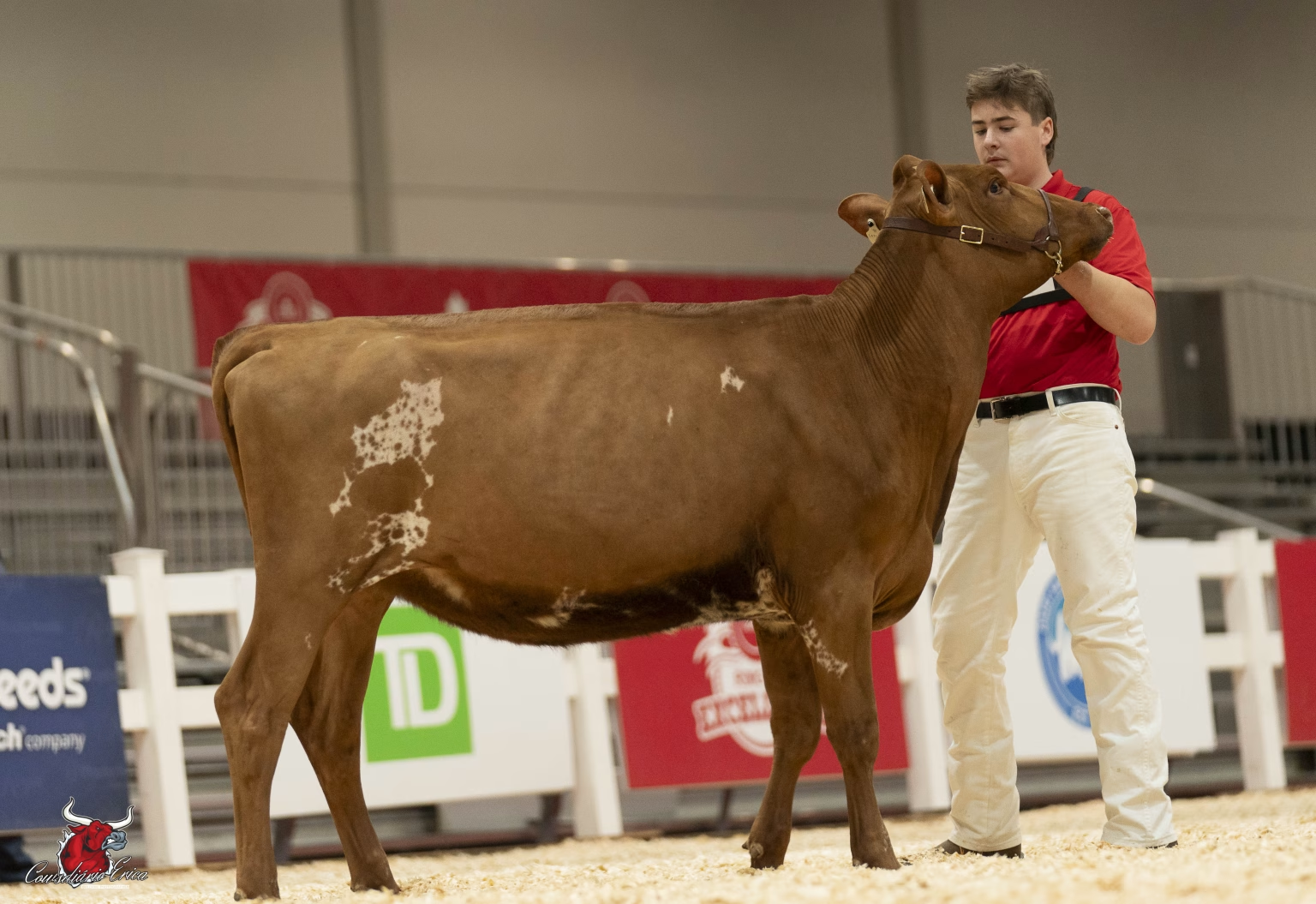


















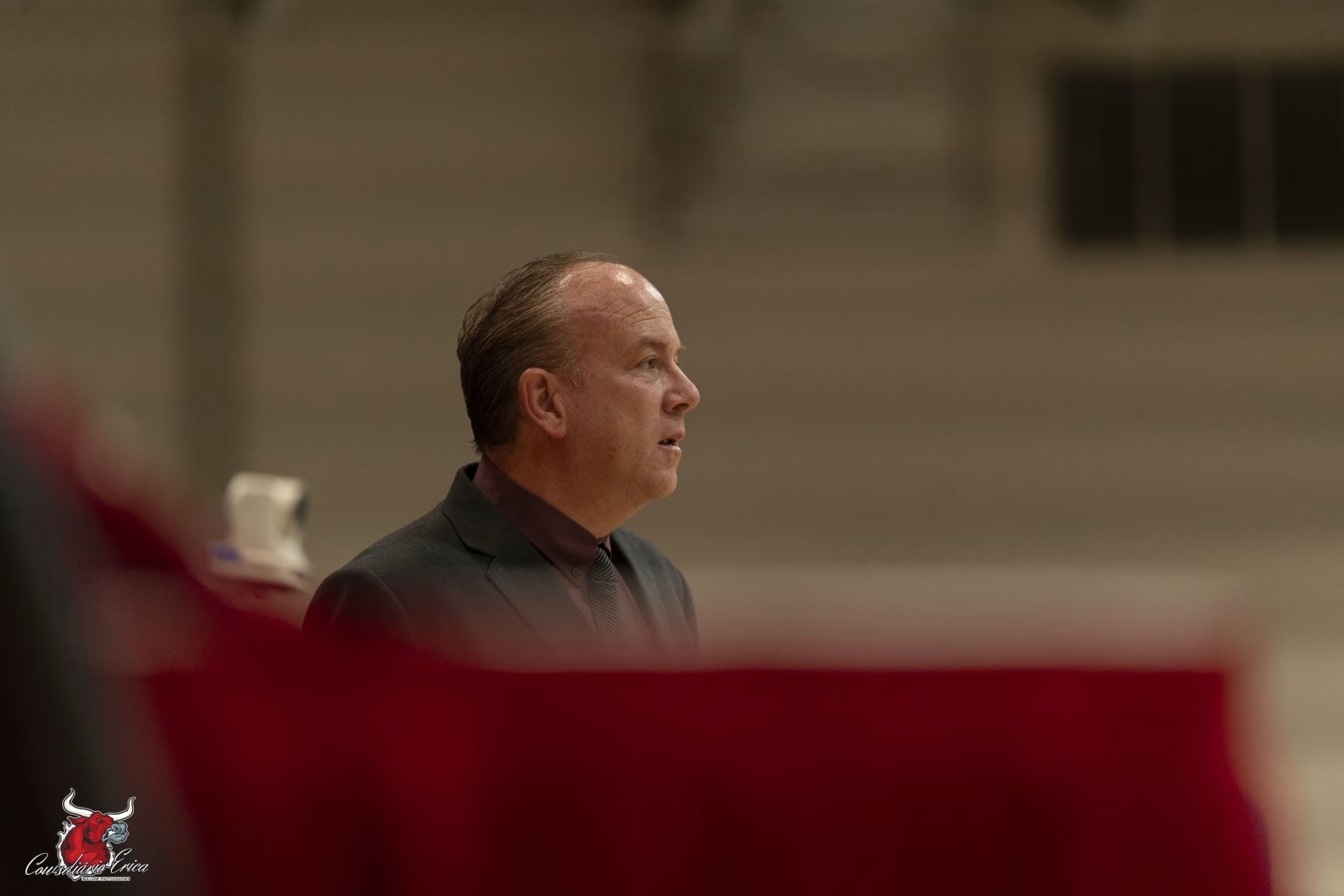













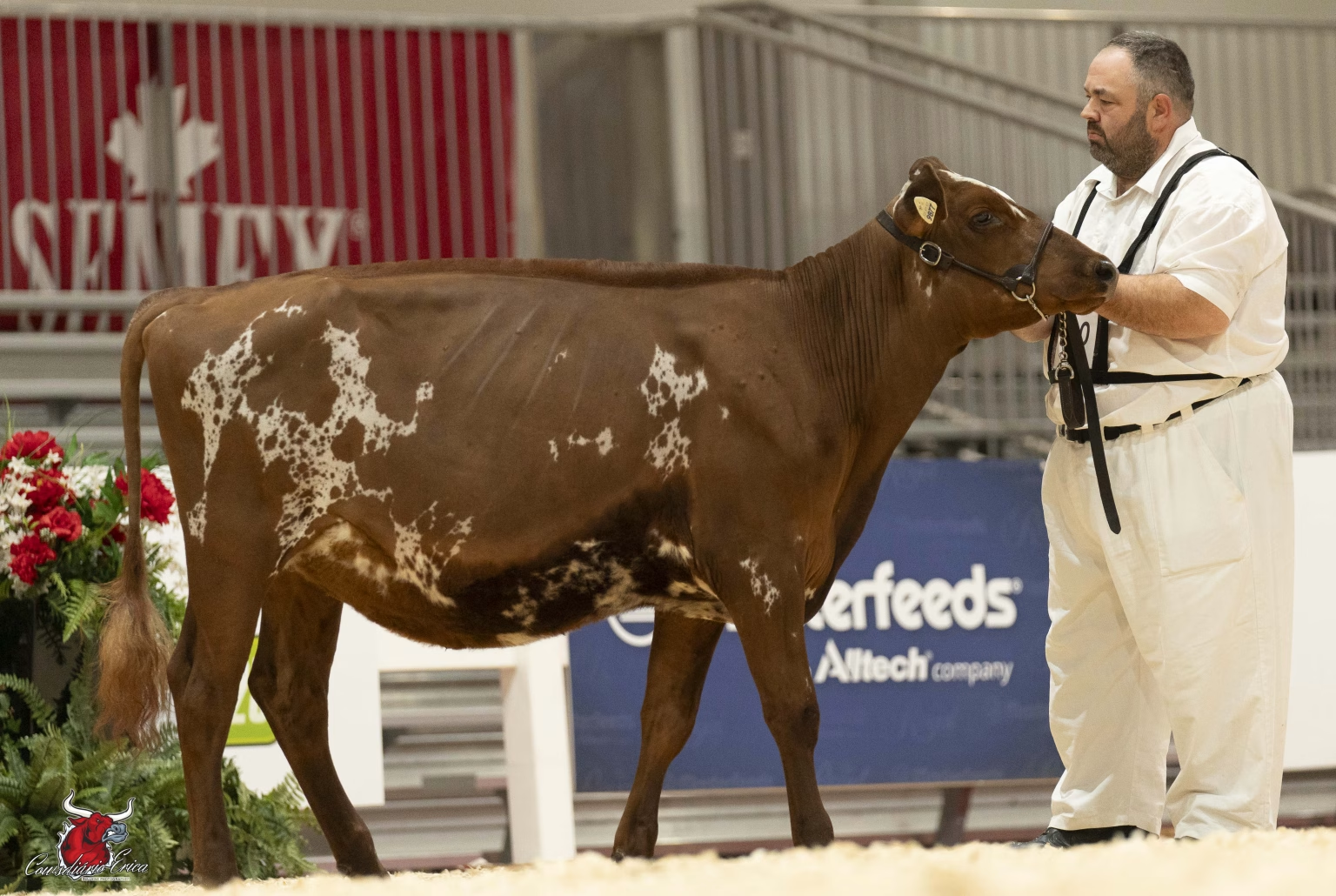
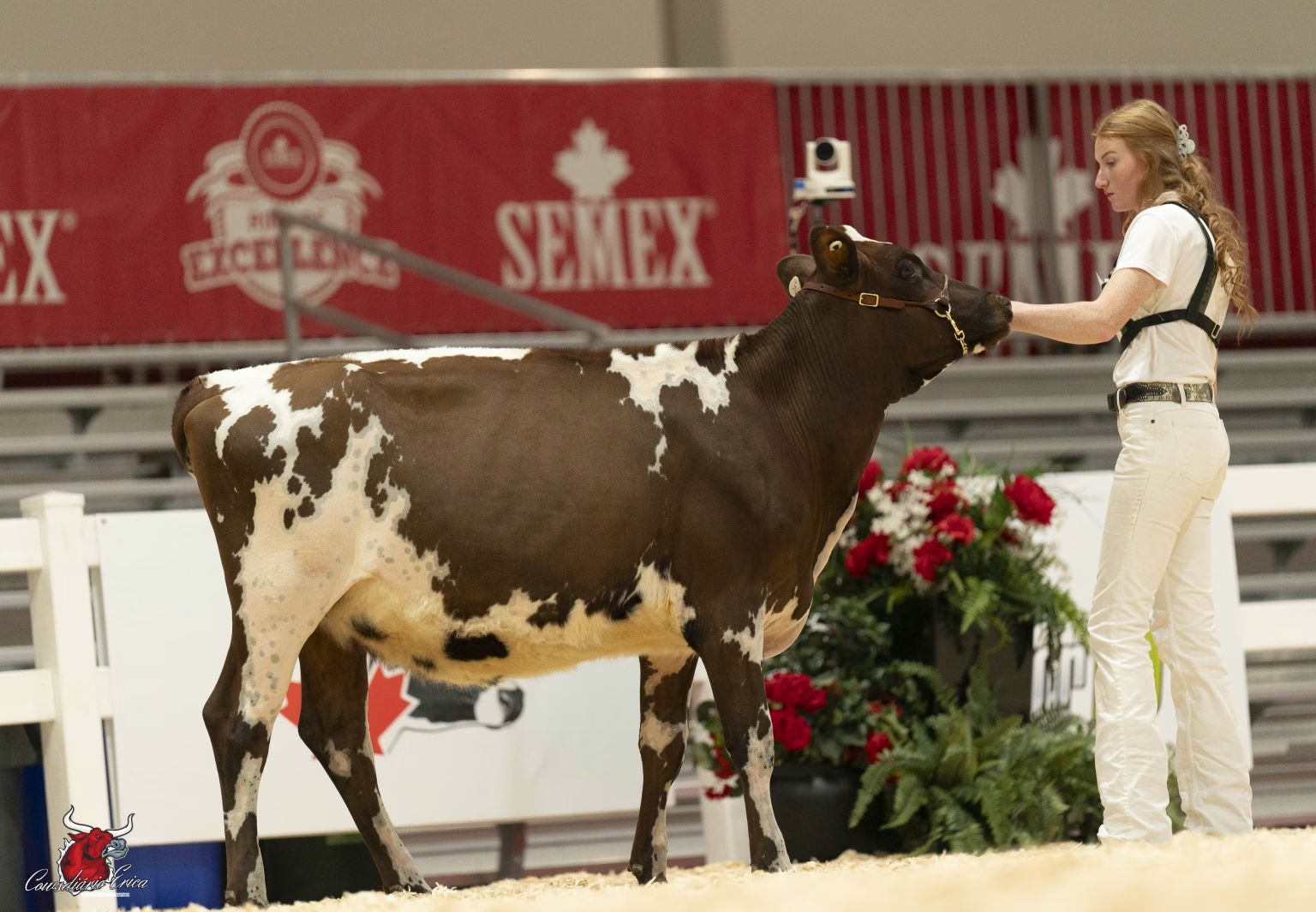
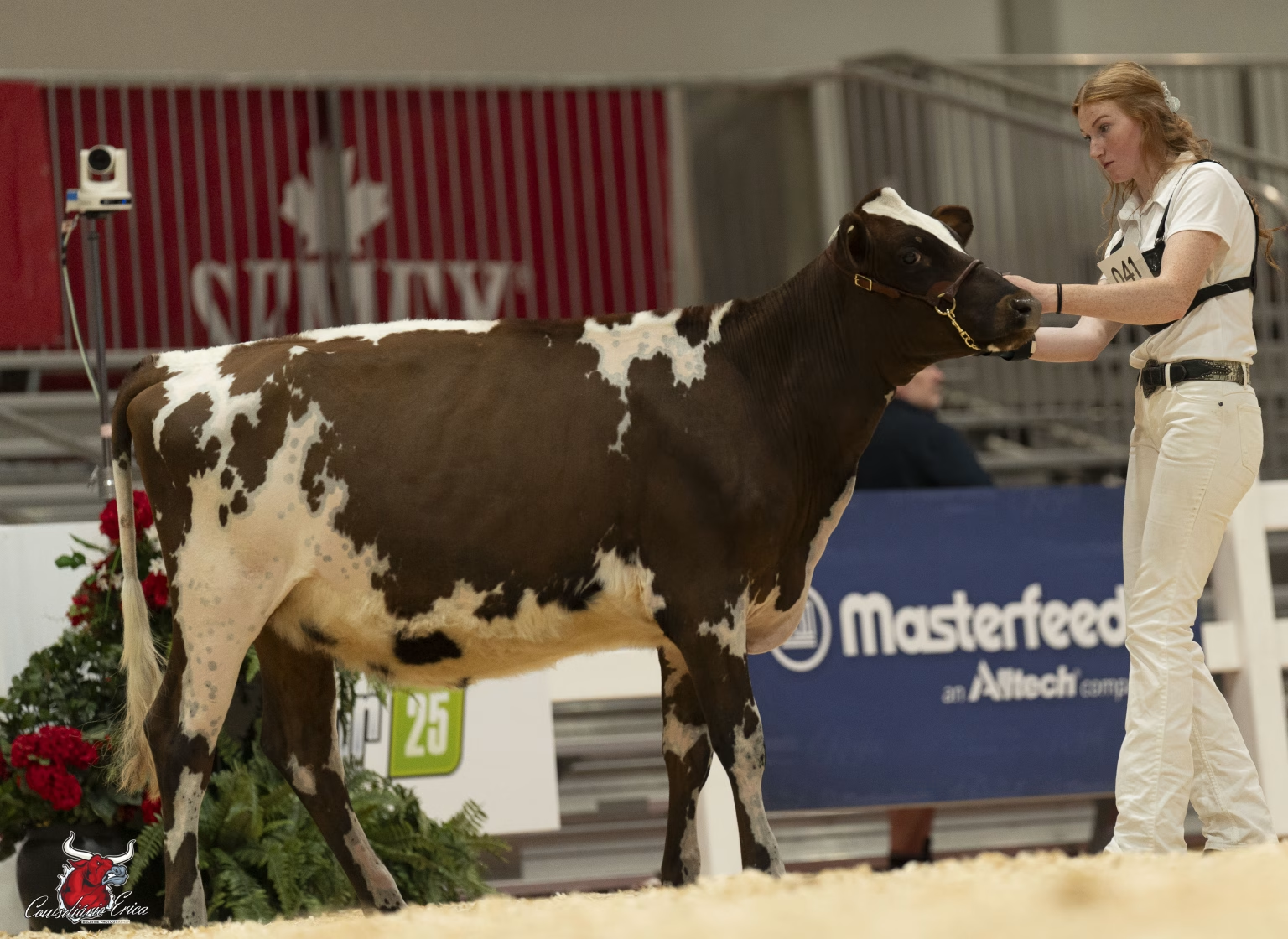





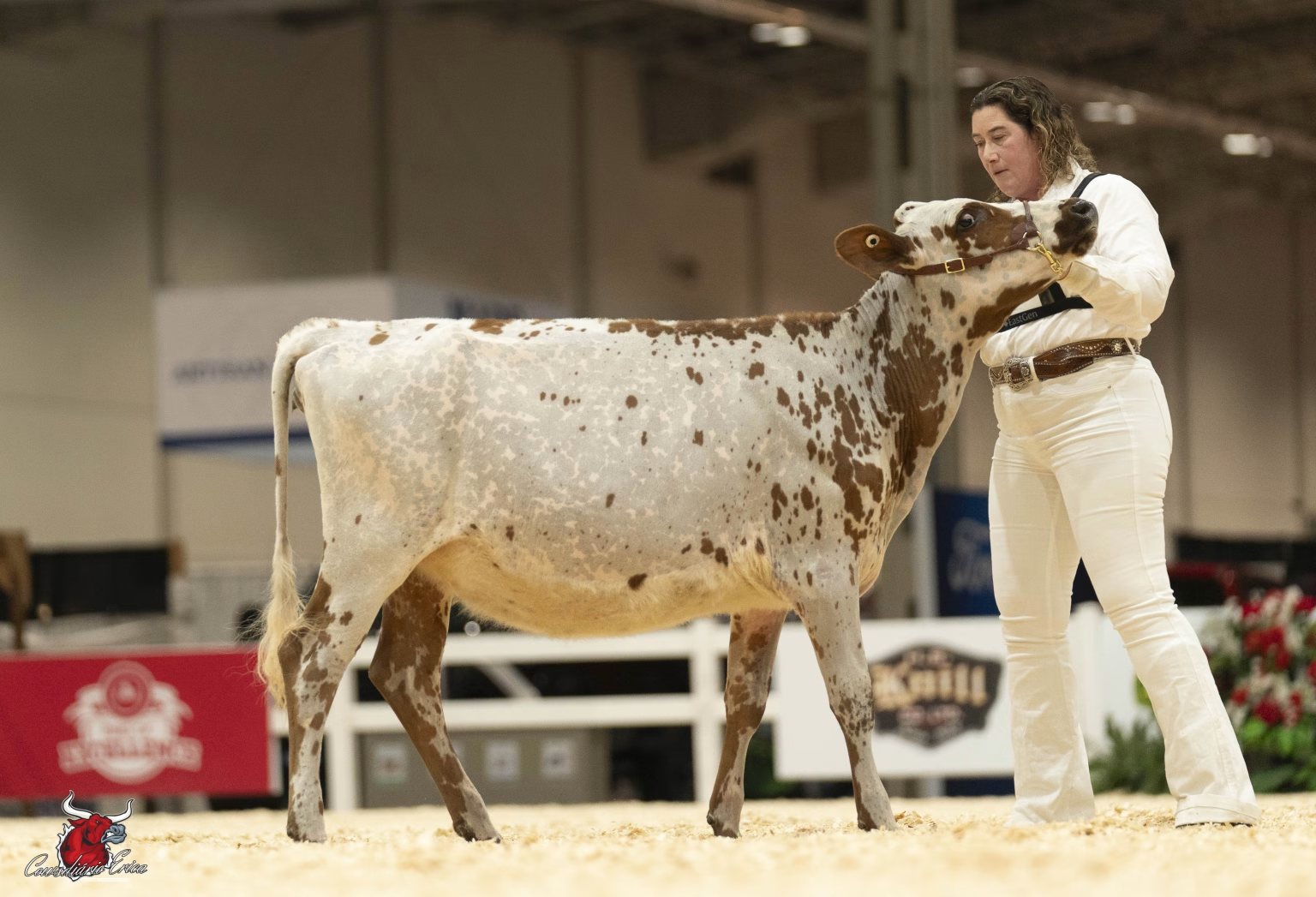







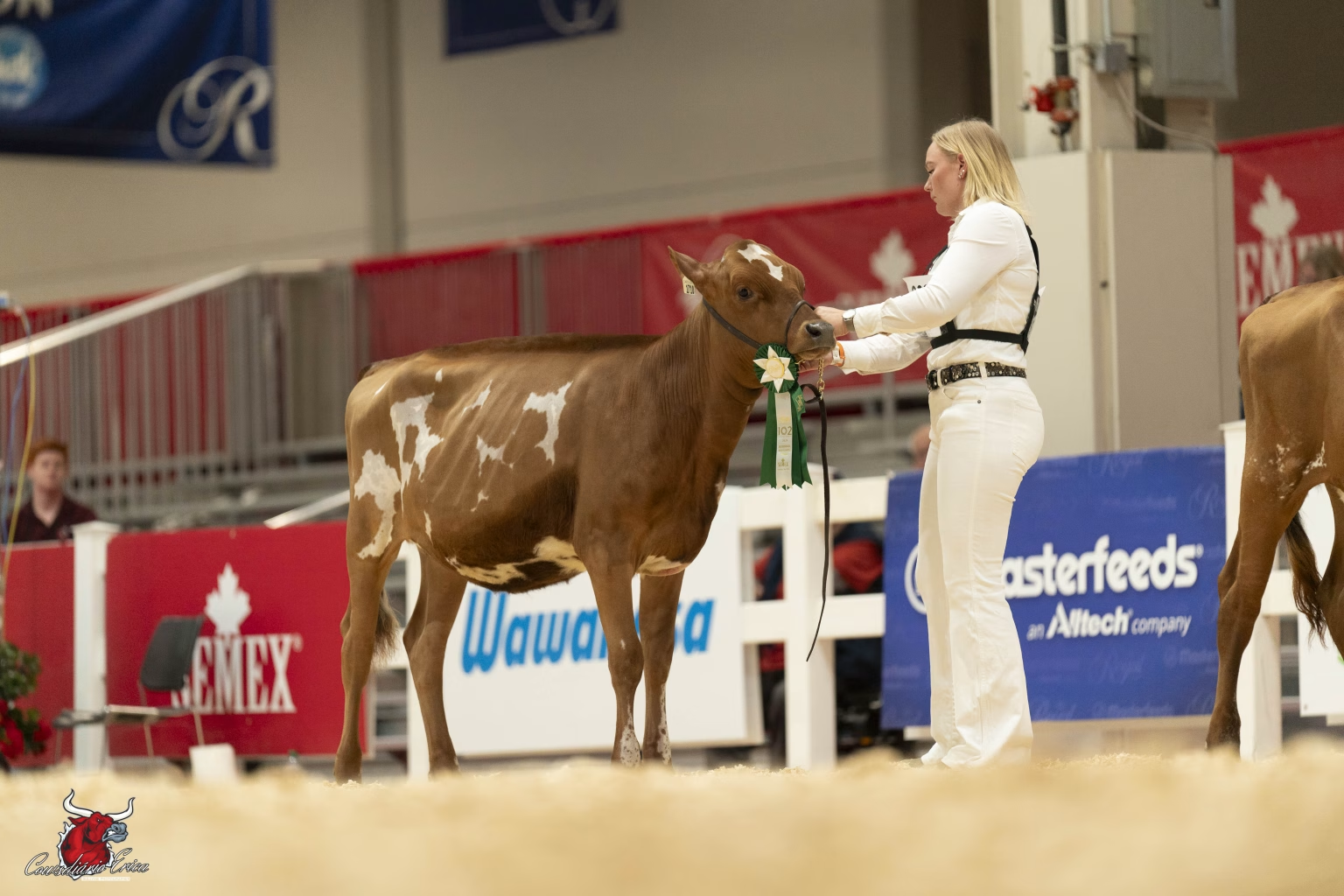

























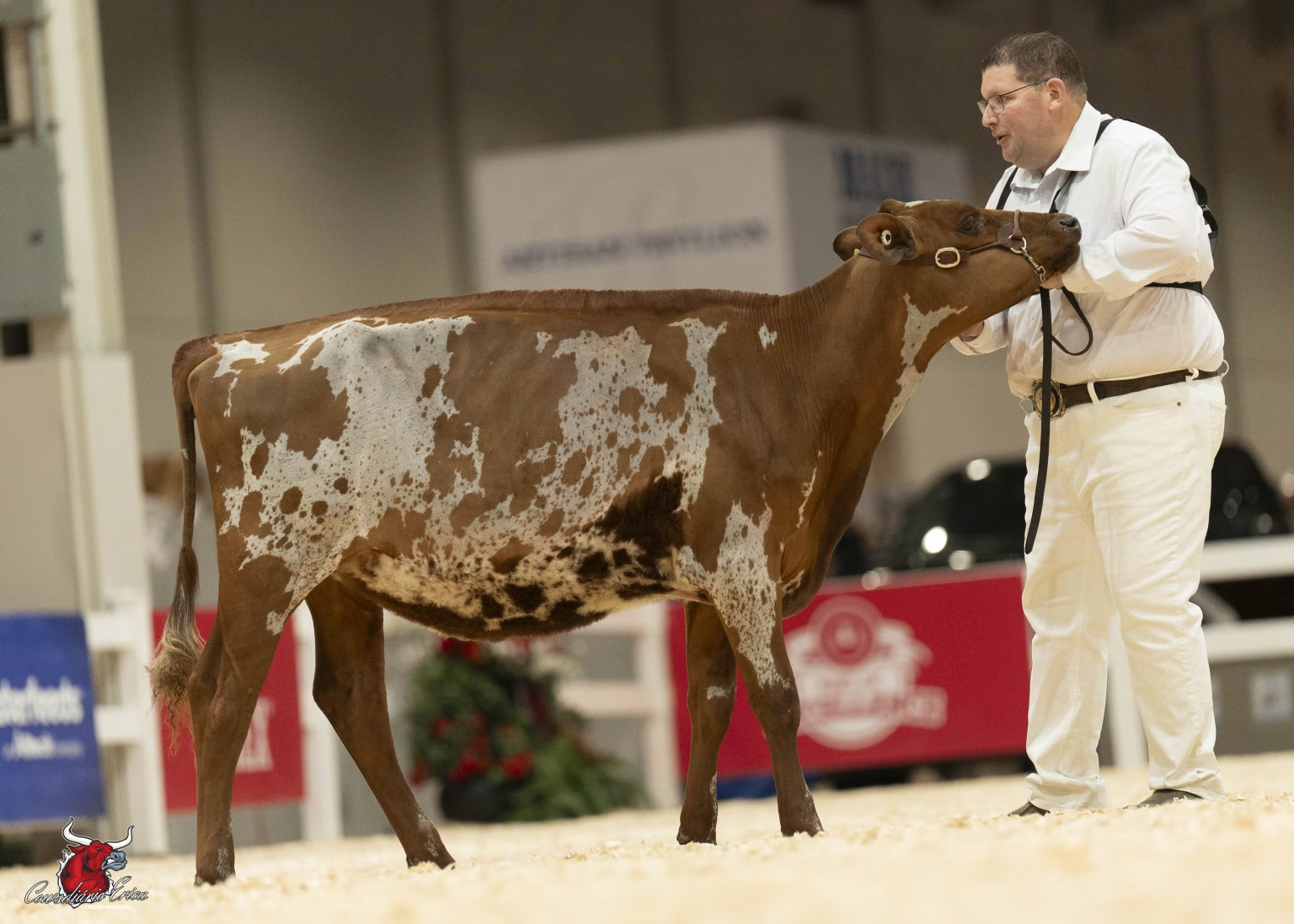






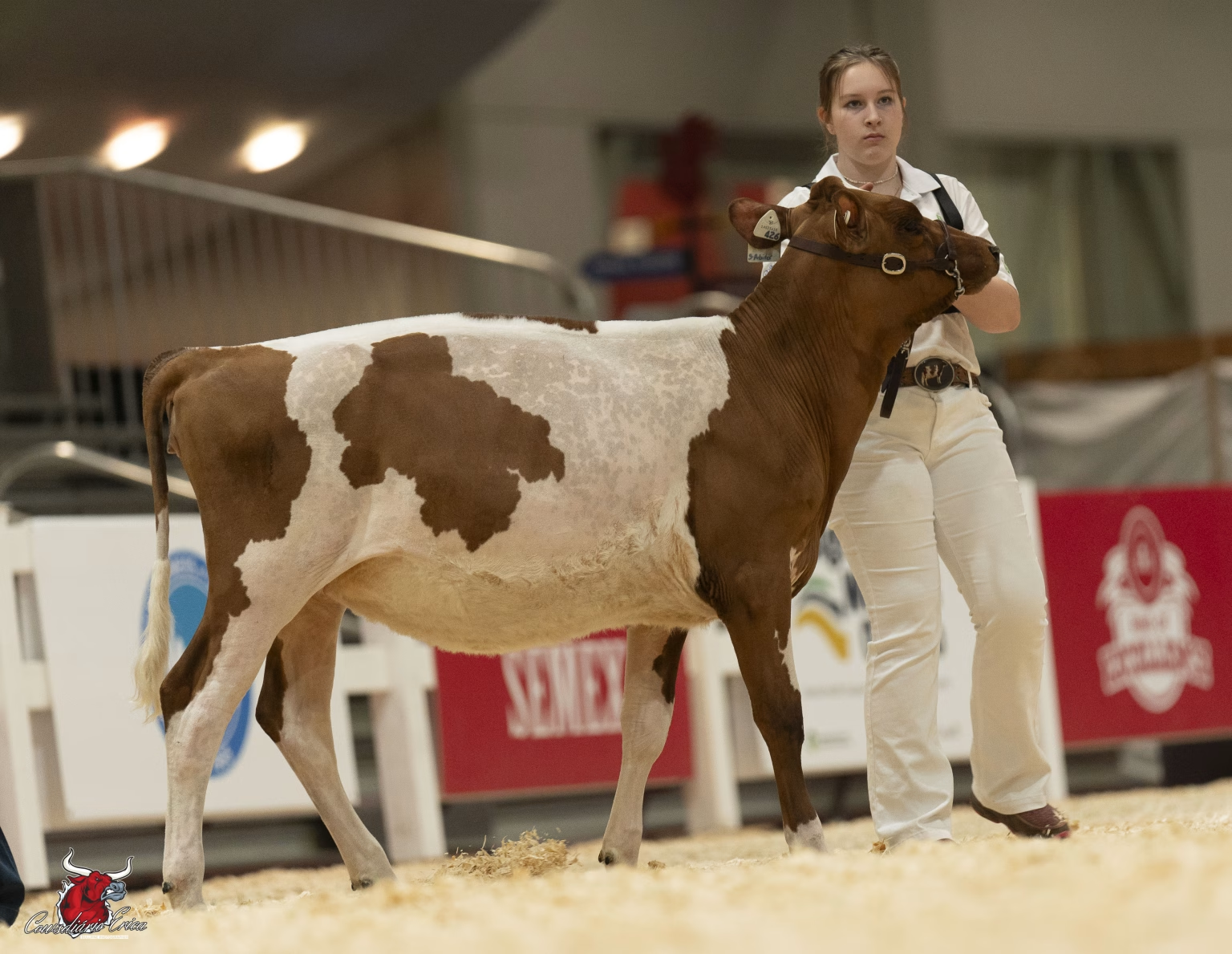






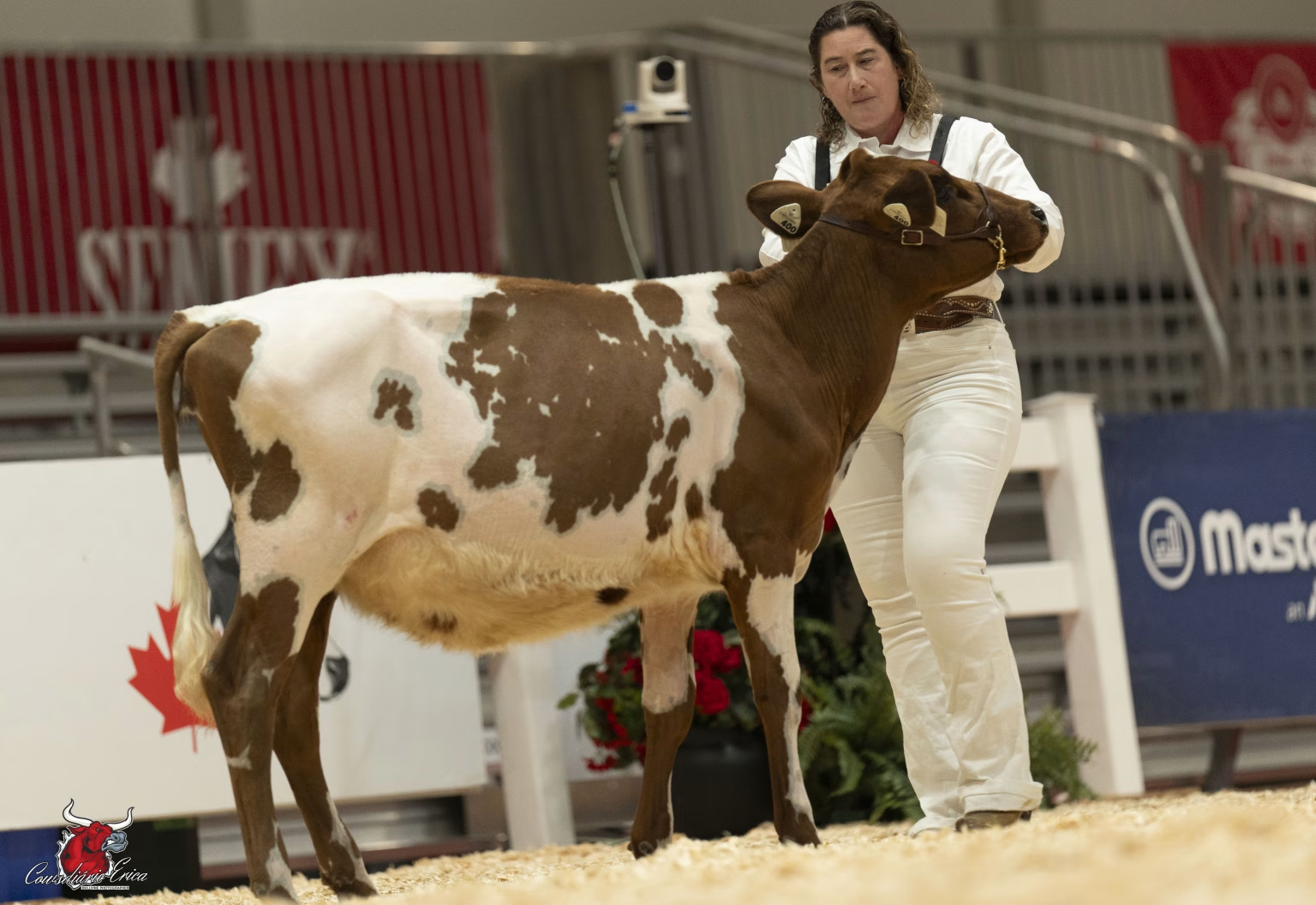





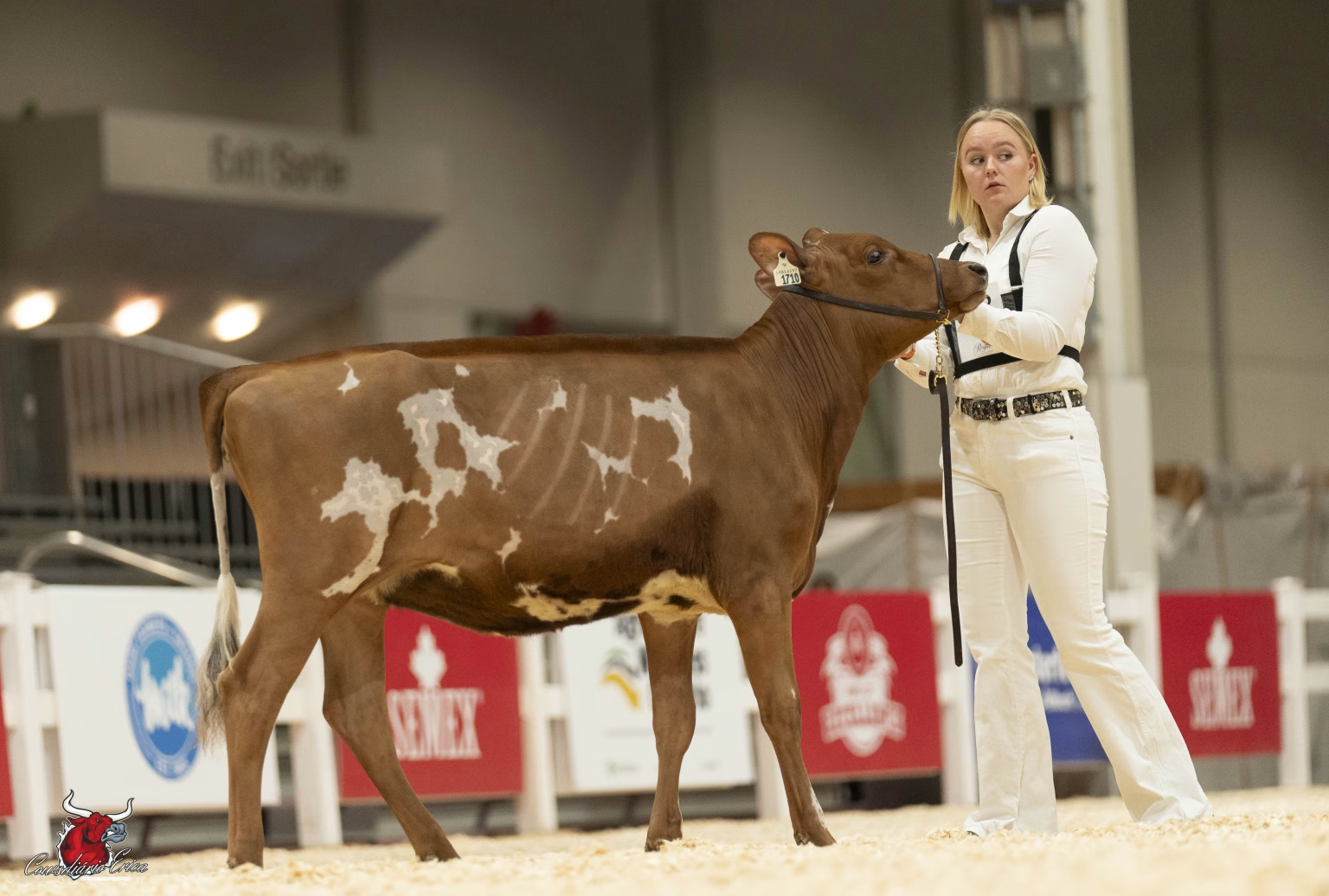


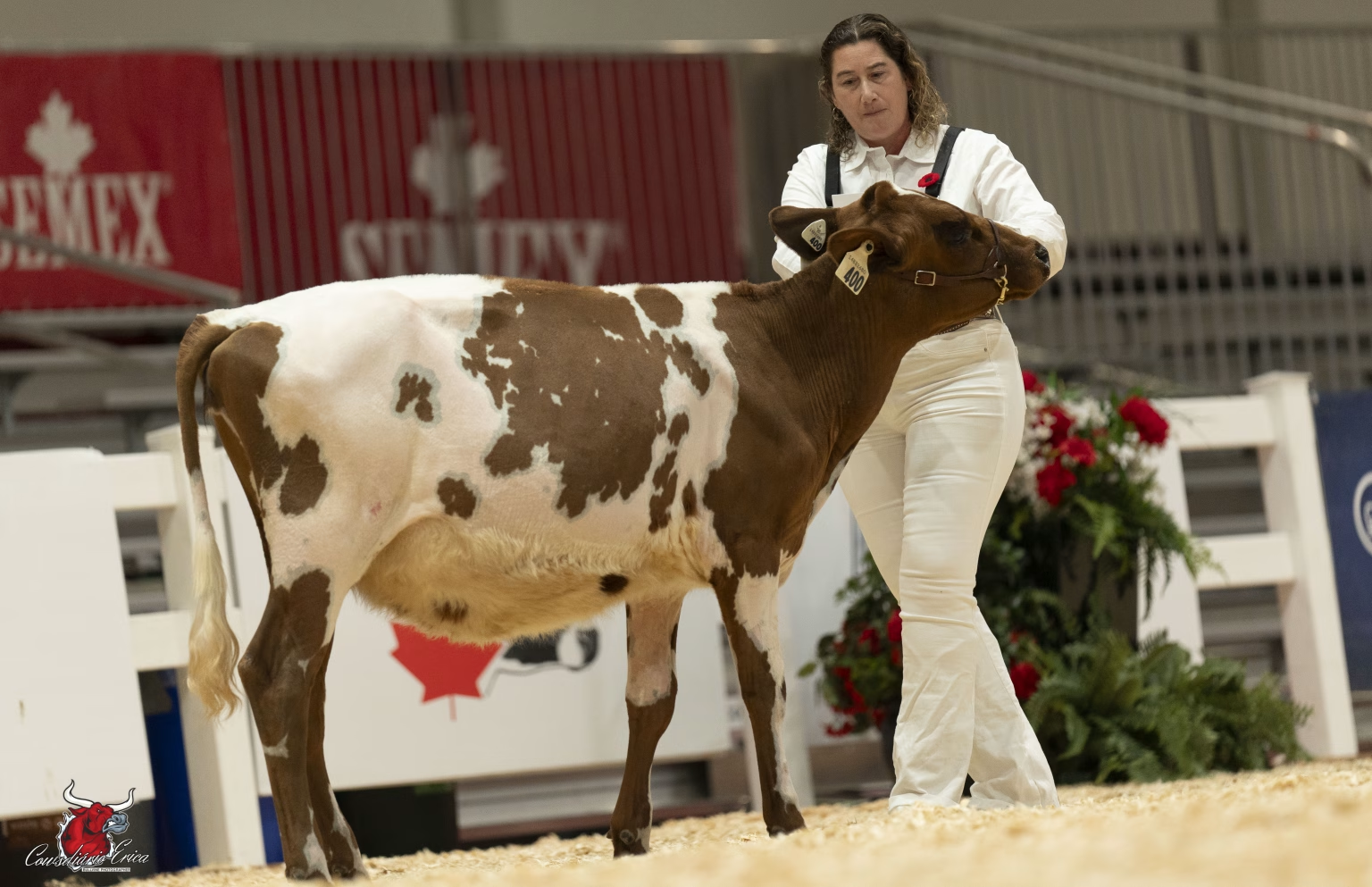




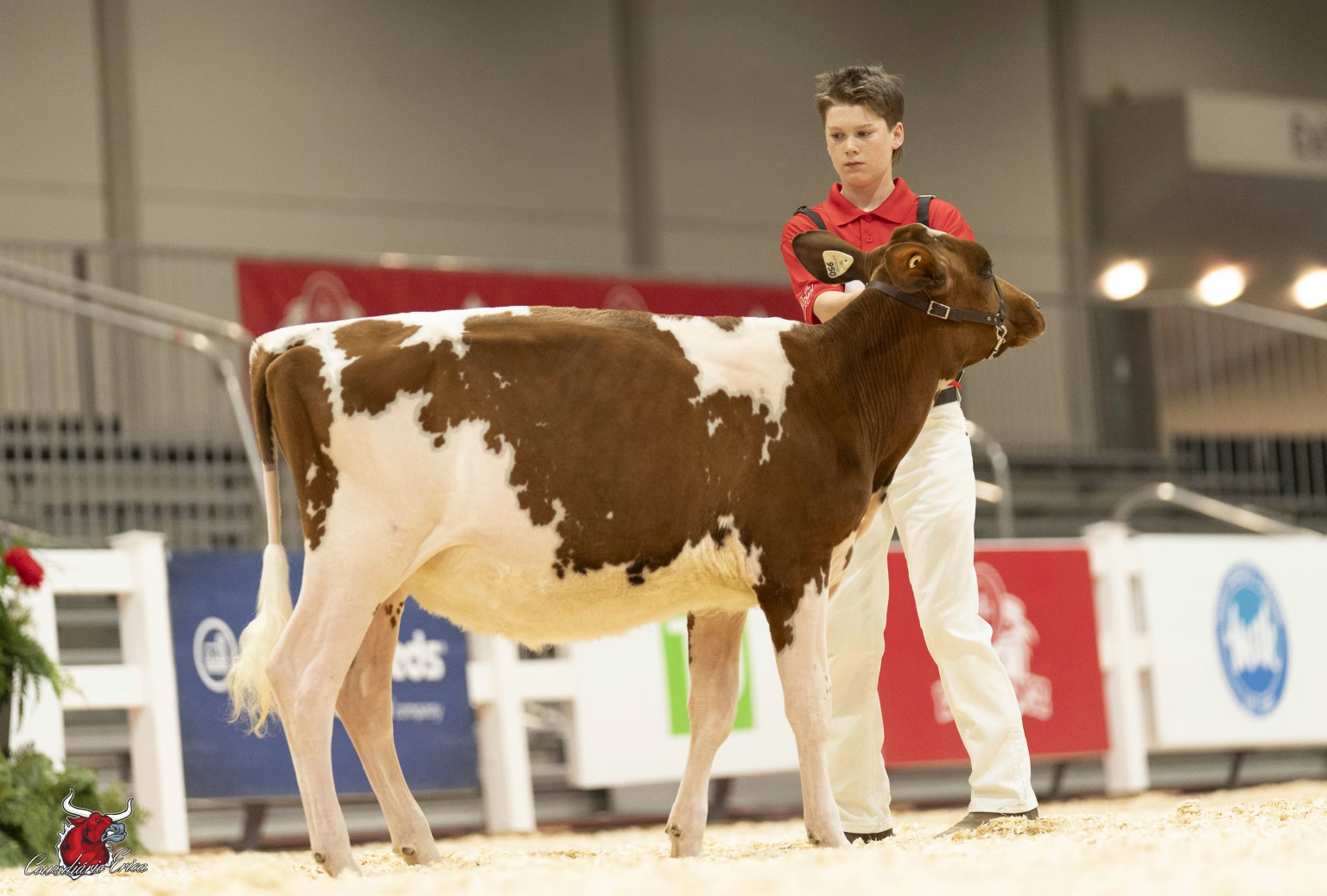



















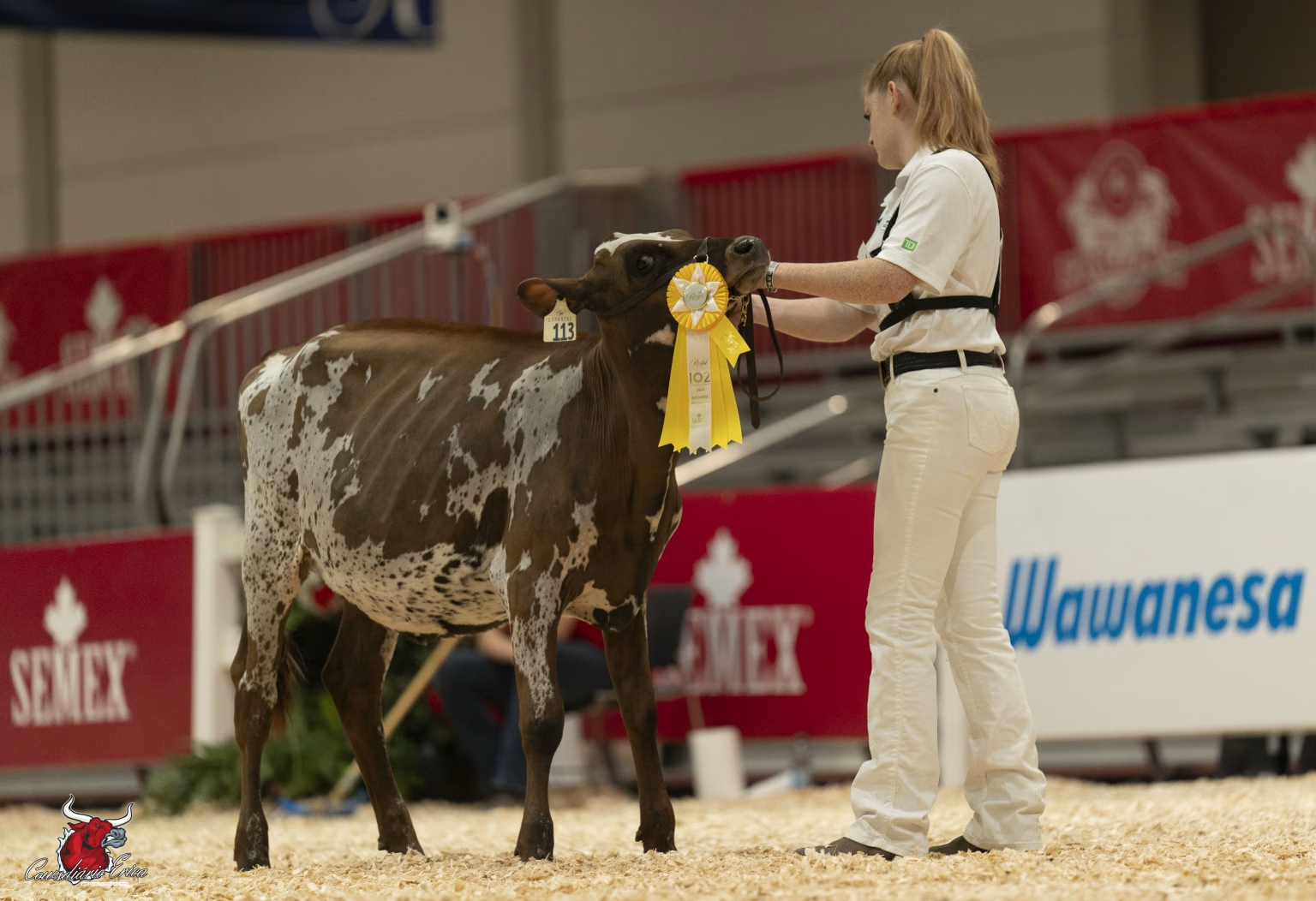

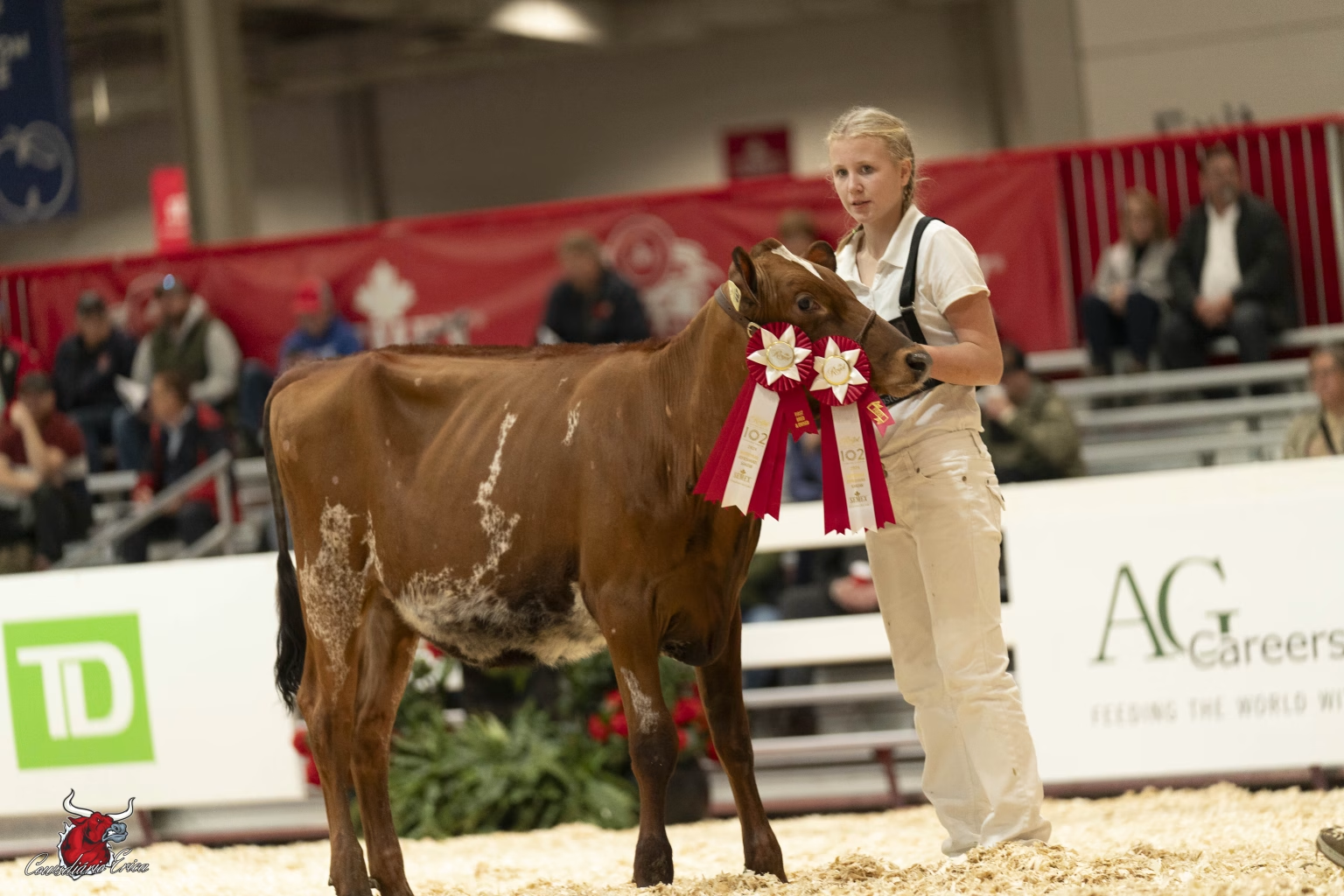
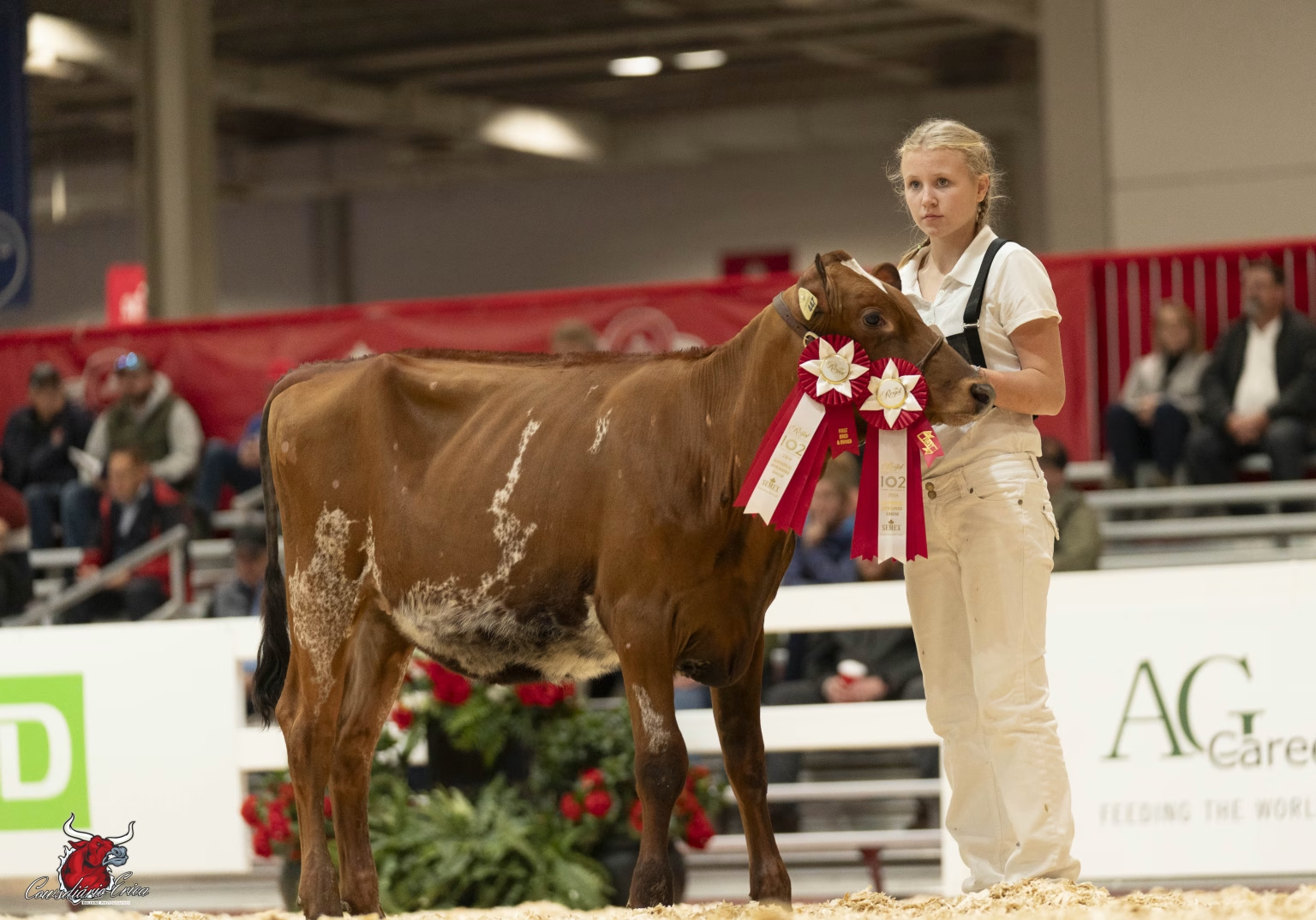









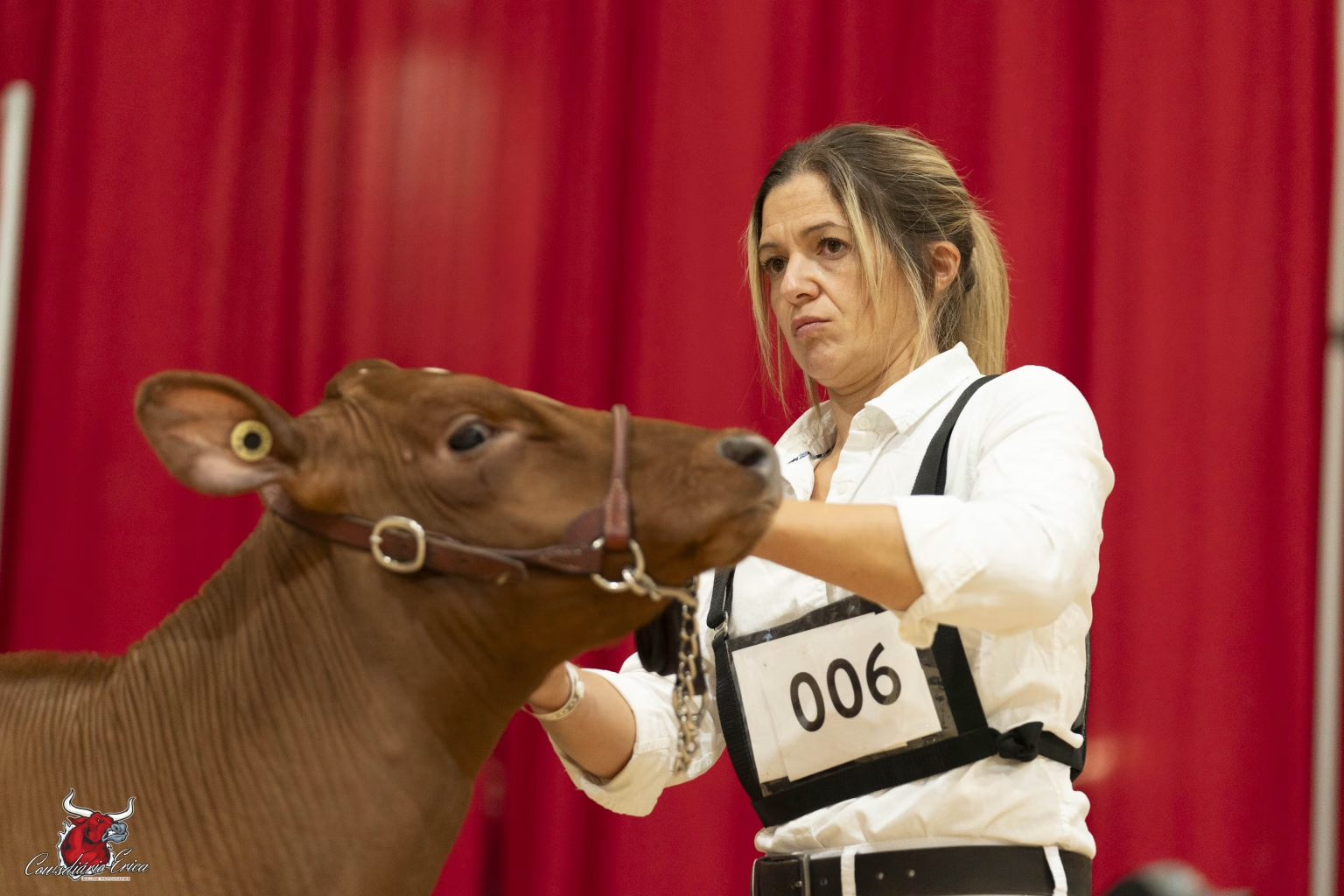
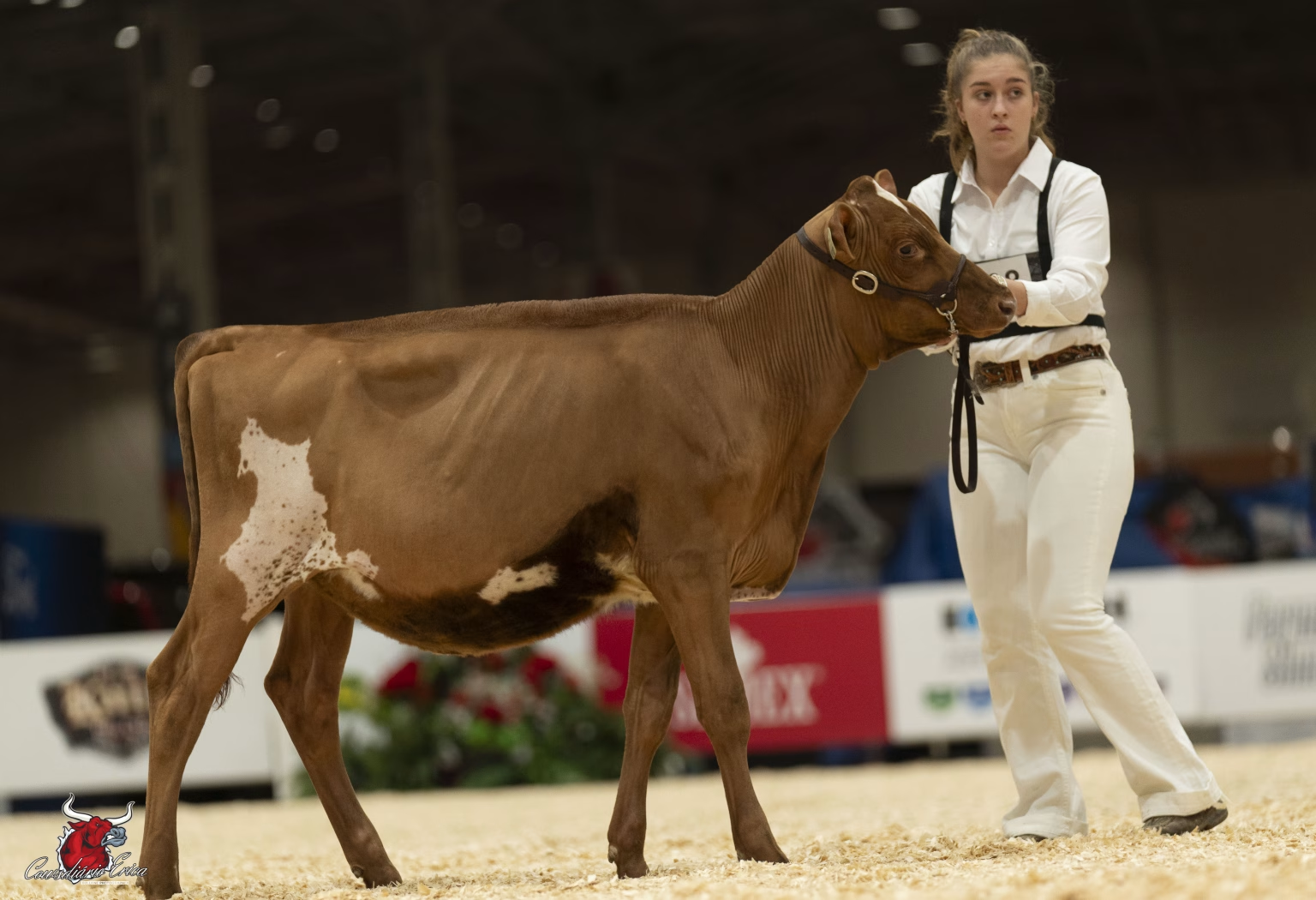


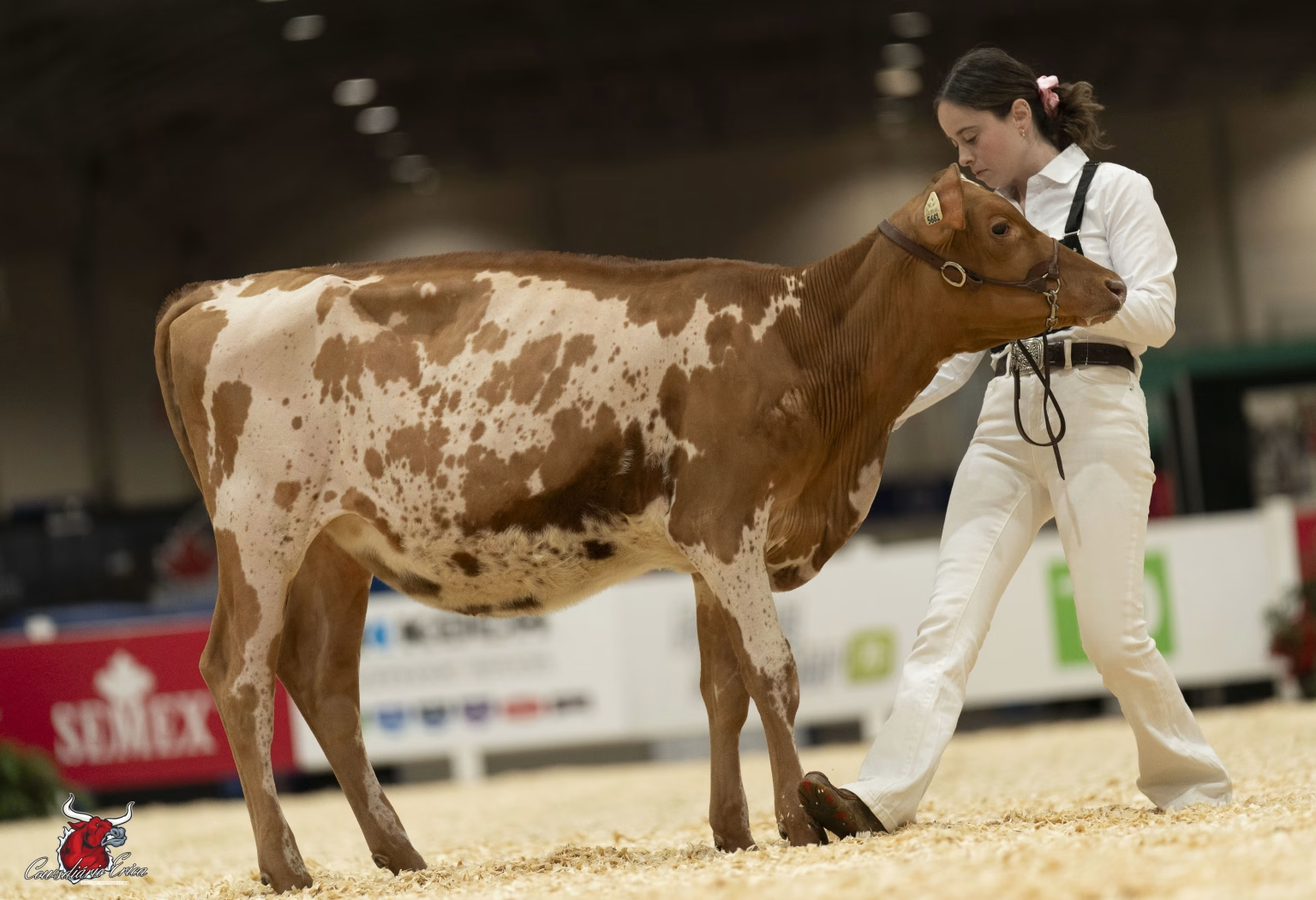








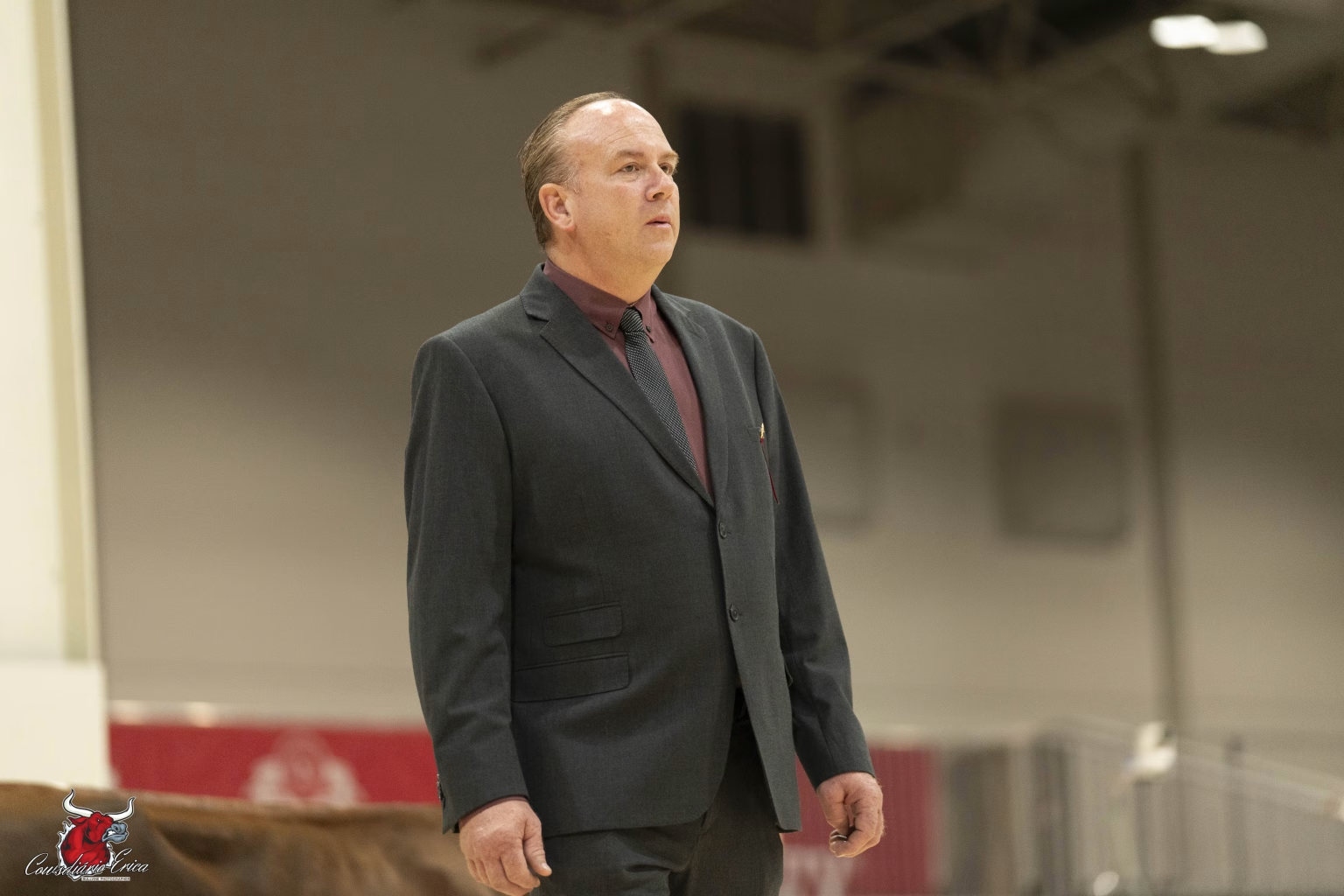












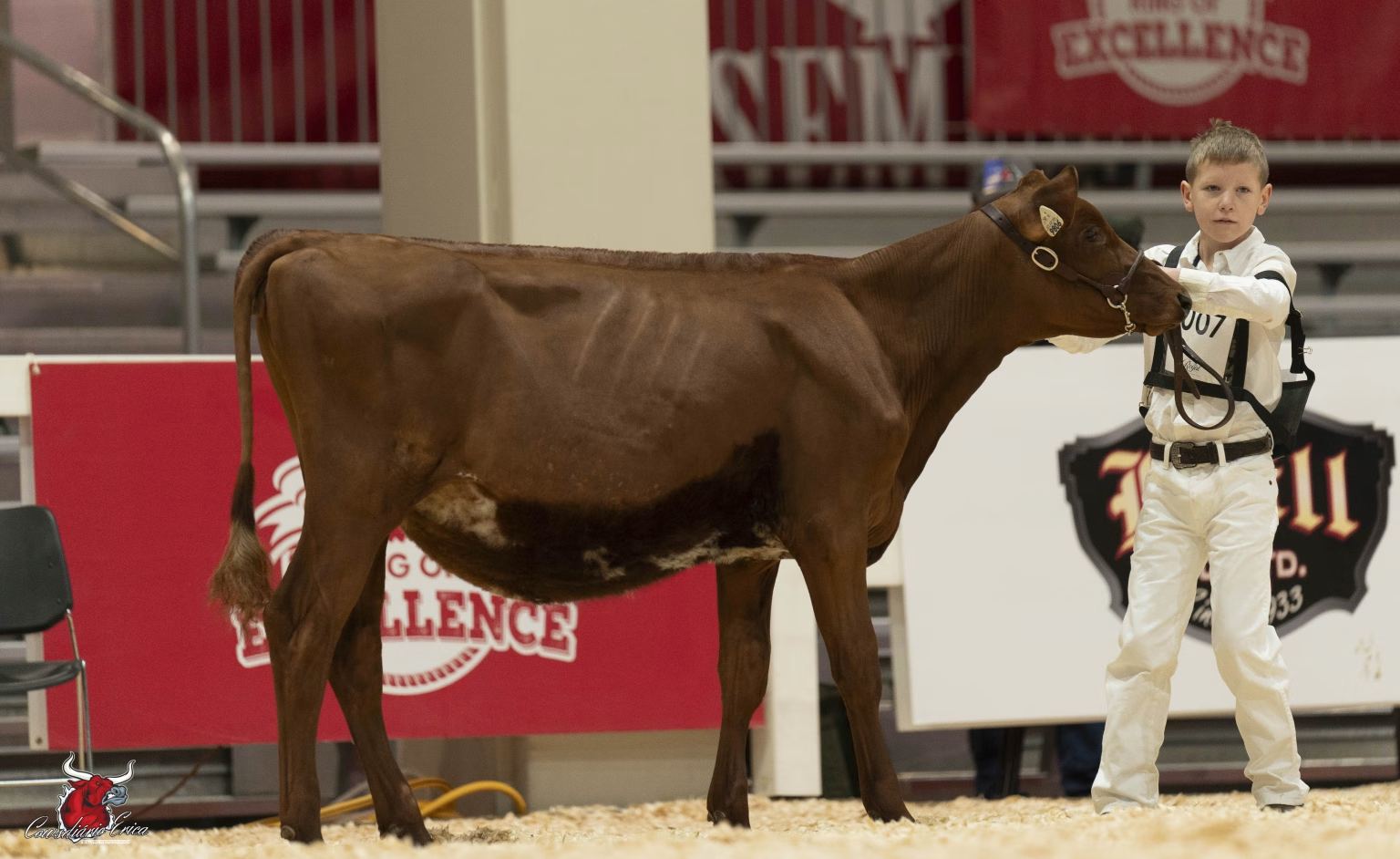













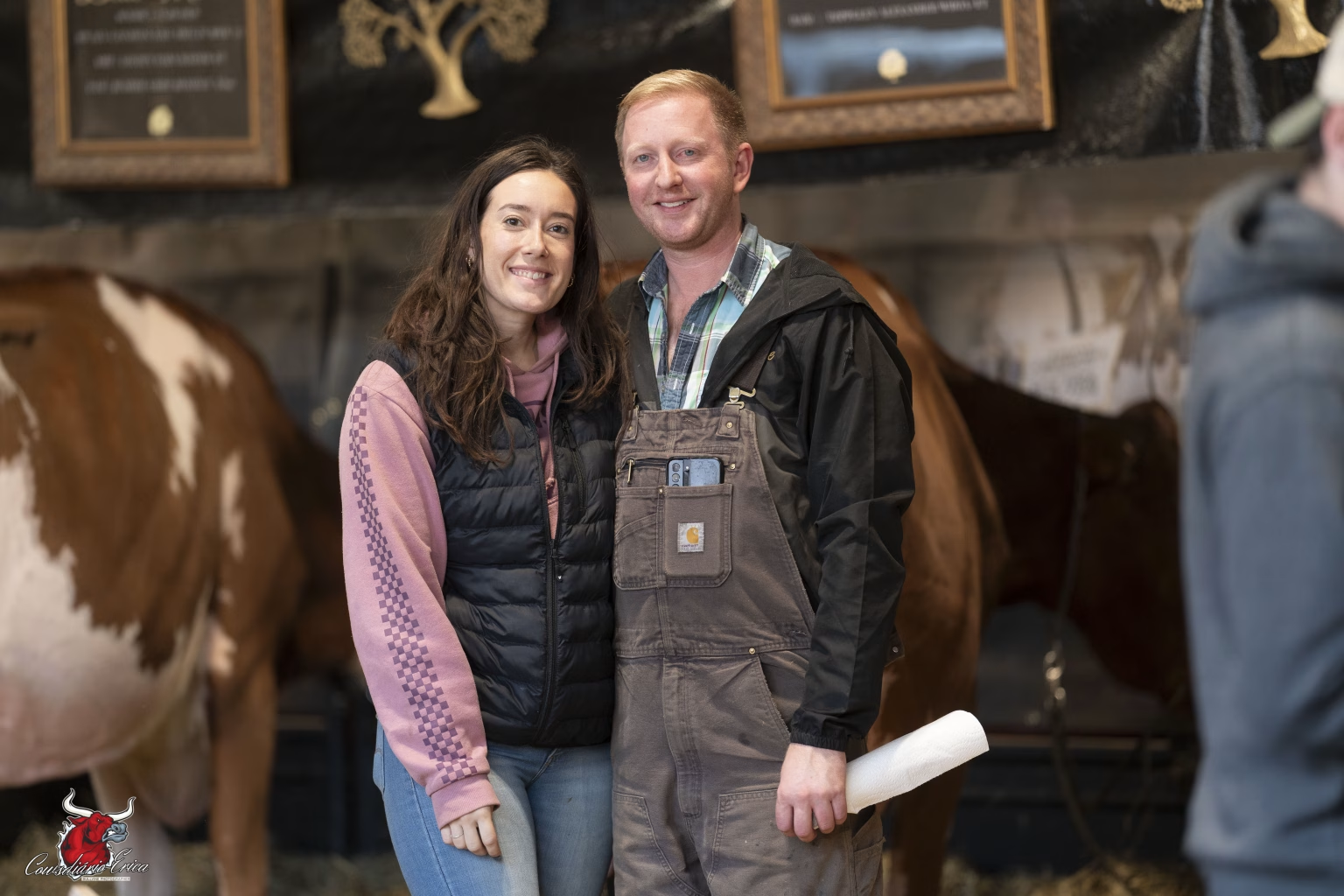




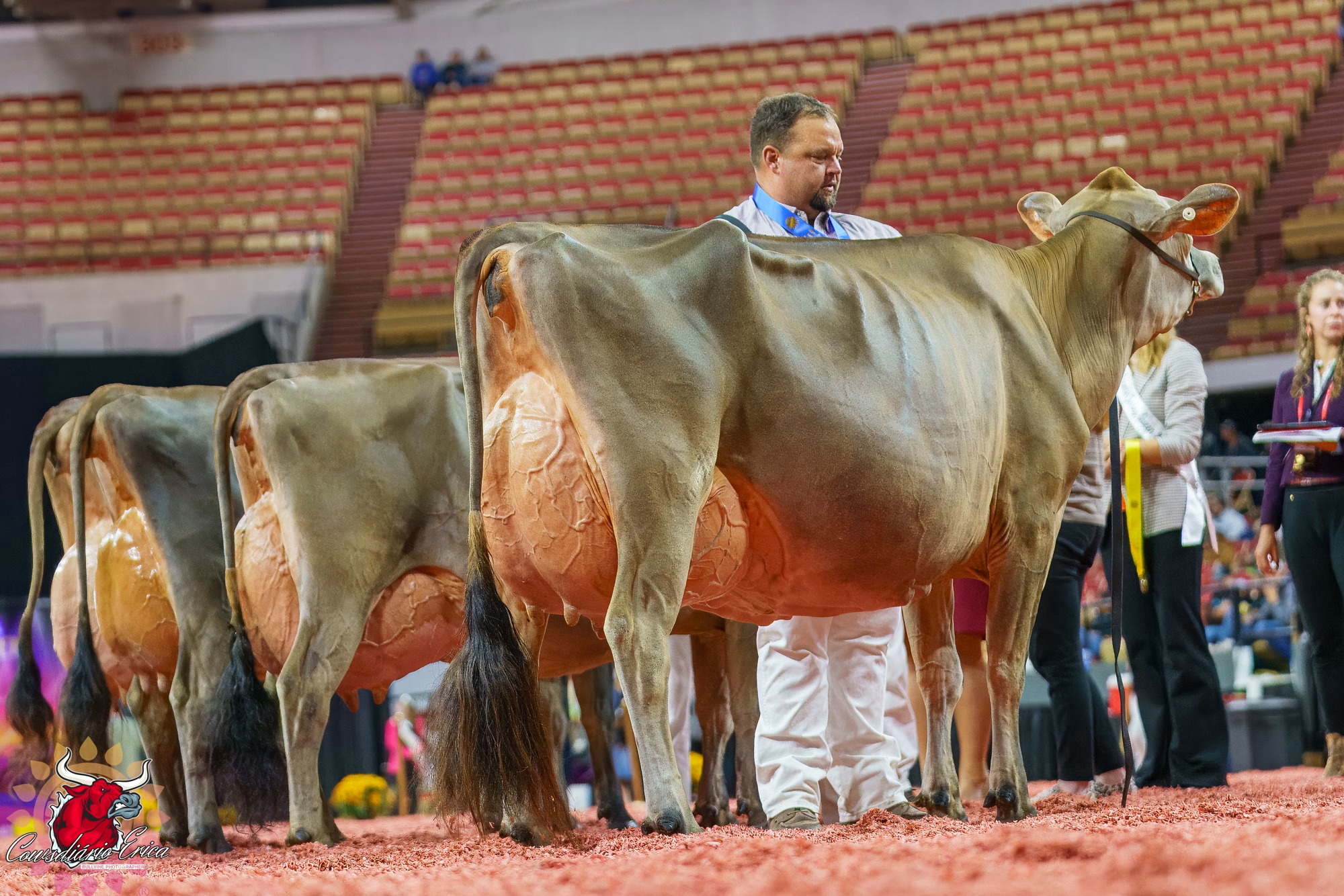



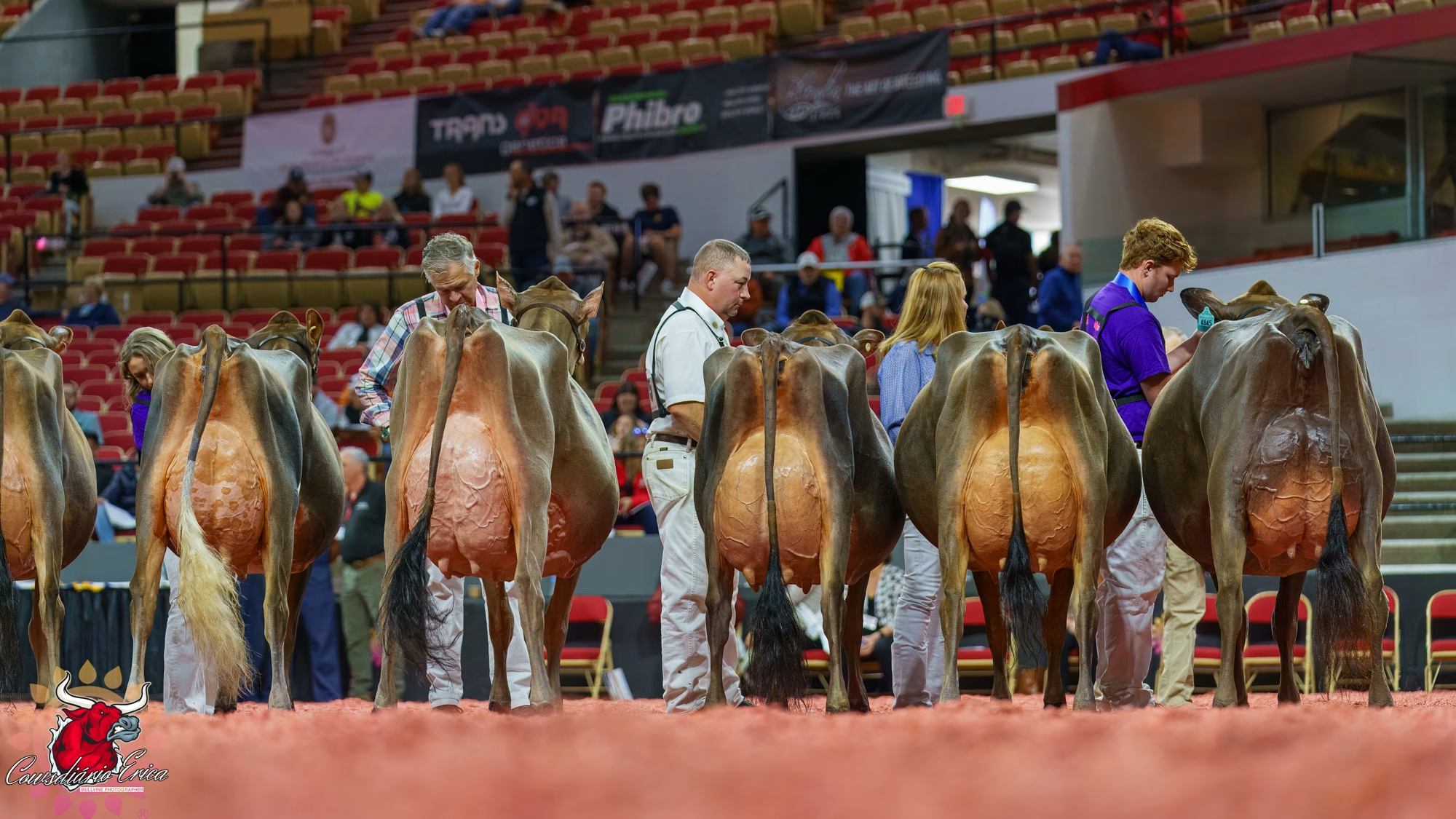
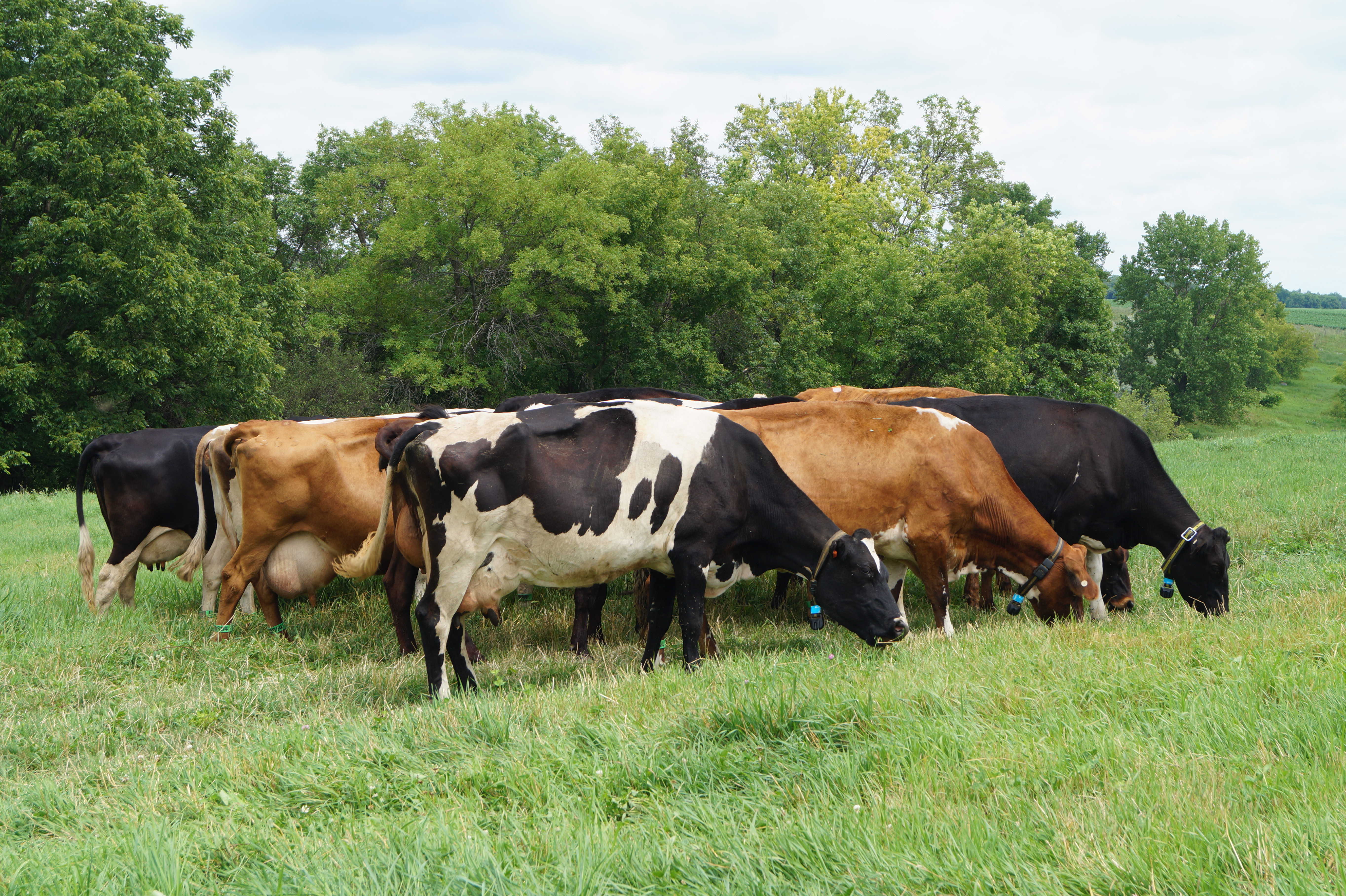
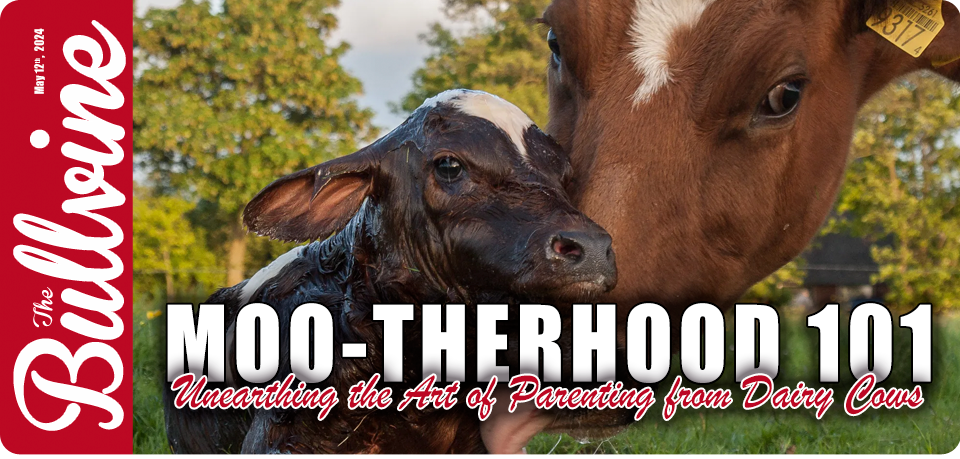
 Boost your dairy farm’s health and profitability. Discover the essential questions every dairy farmer must ask their nutritionist. Are you asking the right ones?
Boost your dairy farm’s health and profitability. Discover the essential questions every dairy farmer must ask their nutritionist. Are you asking the right ones?